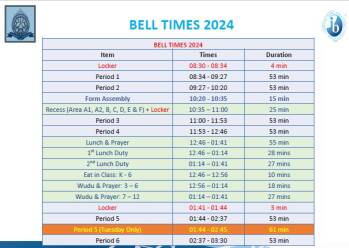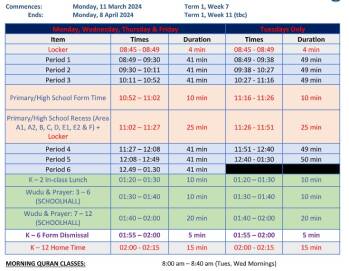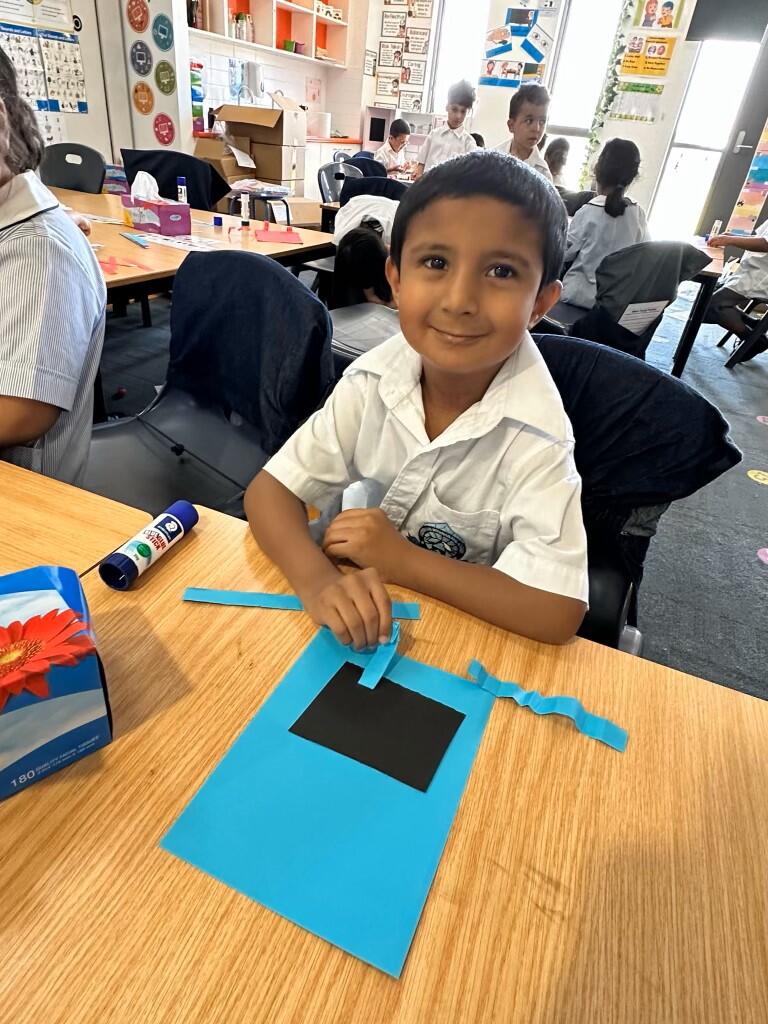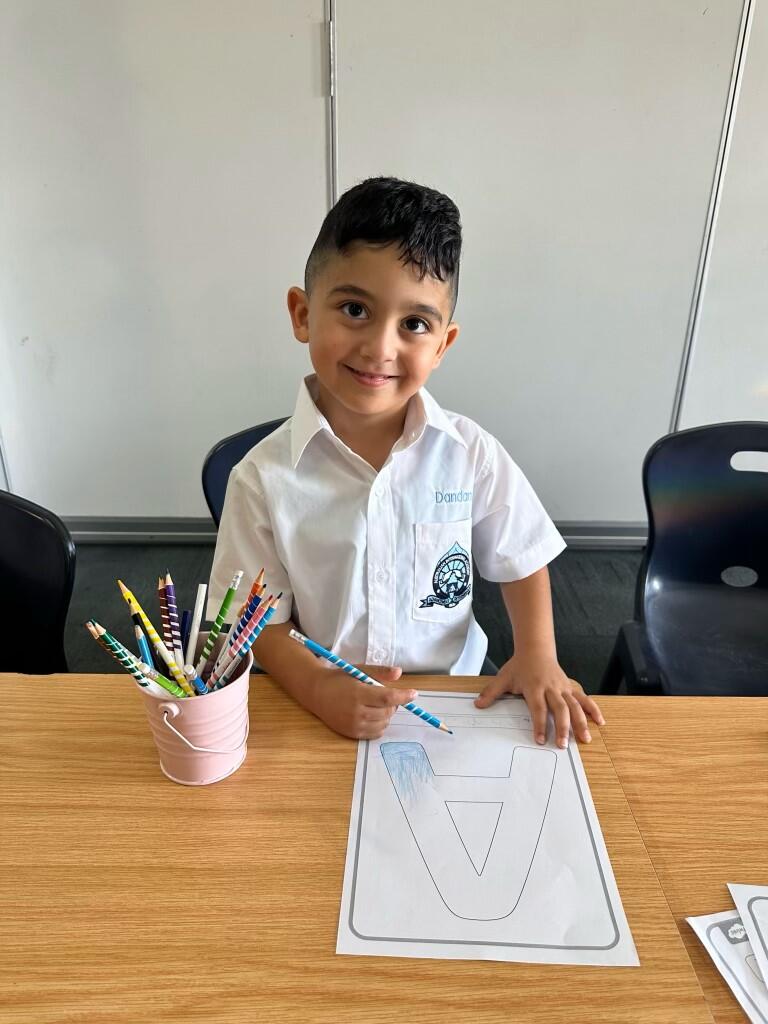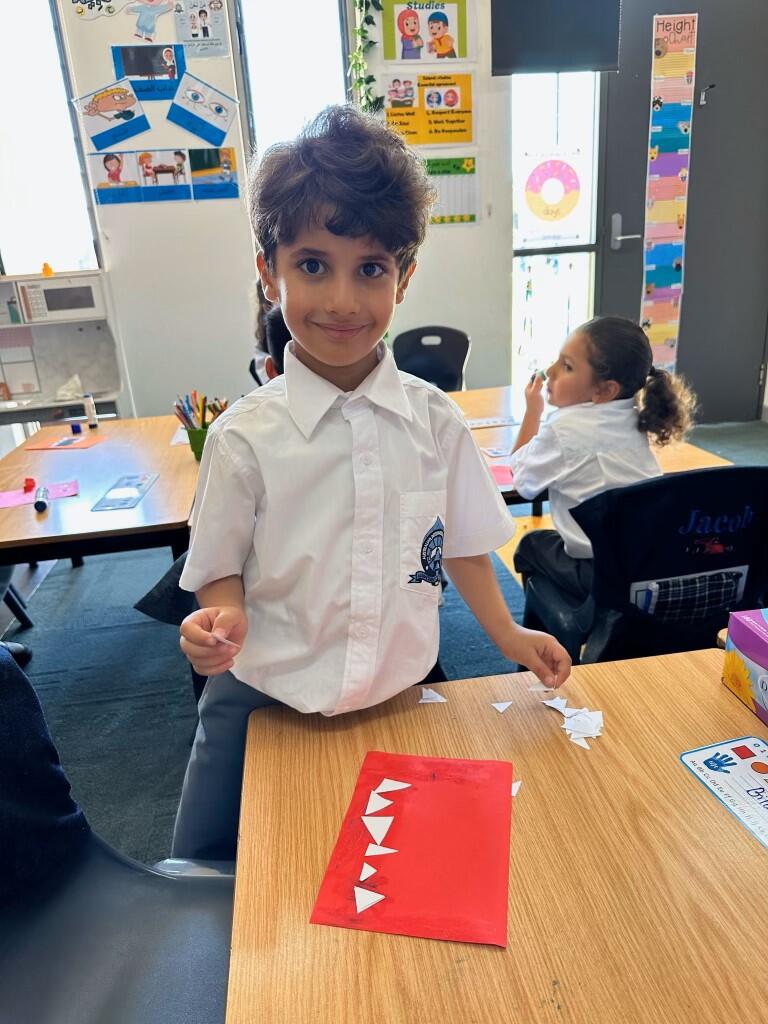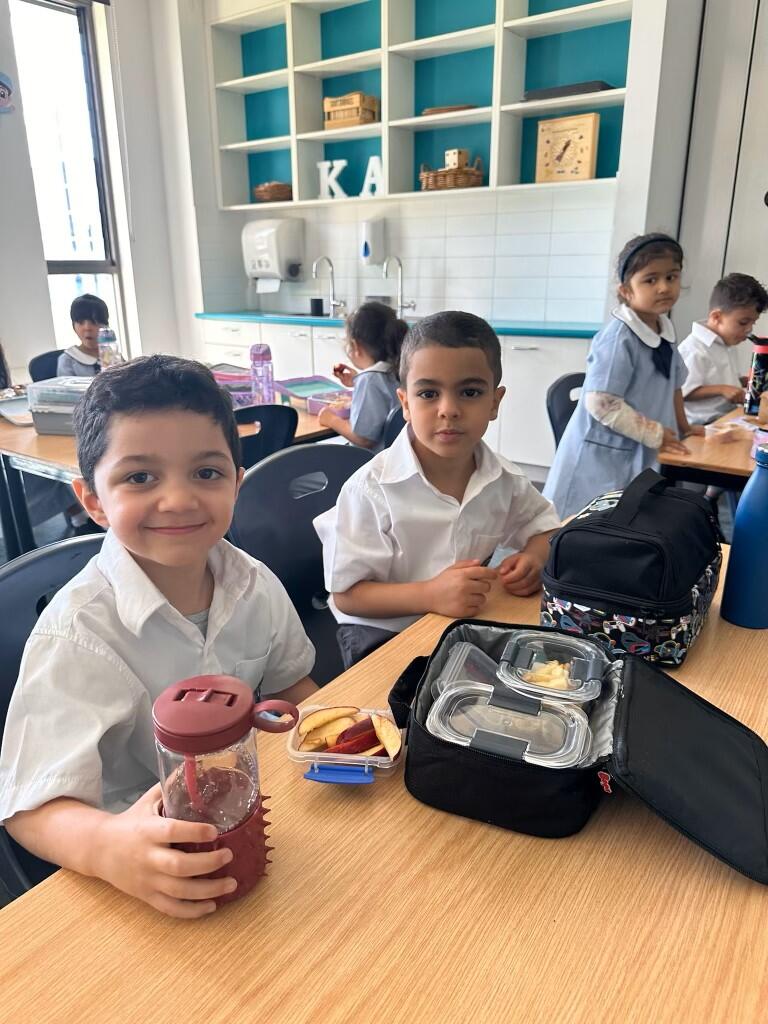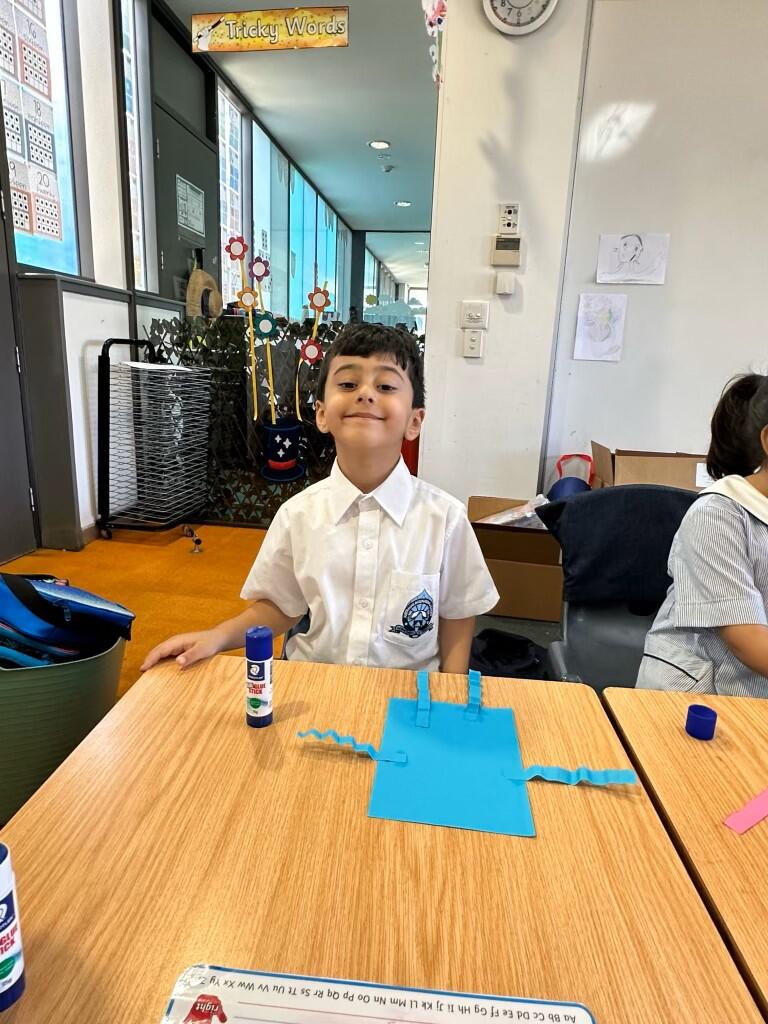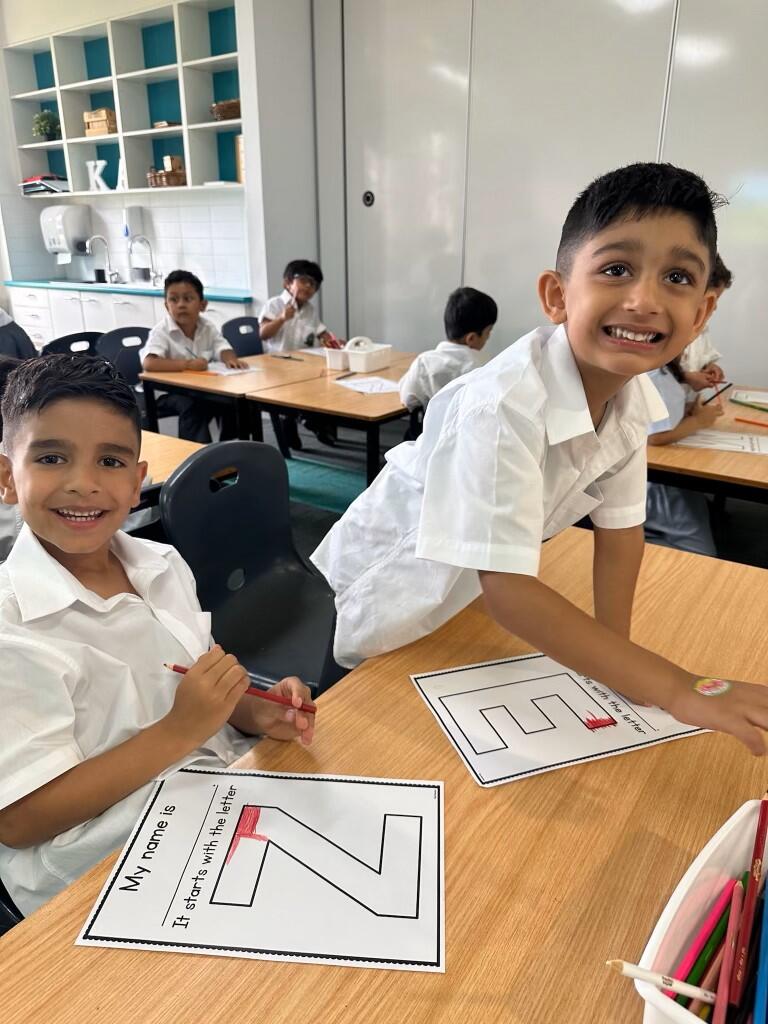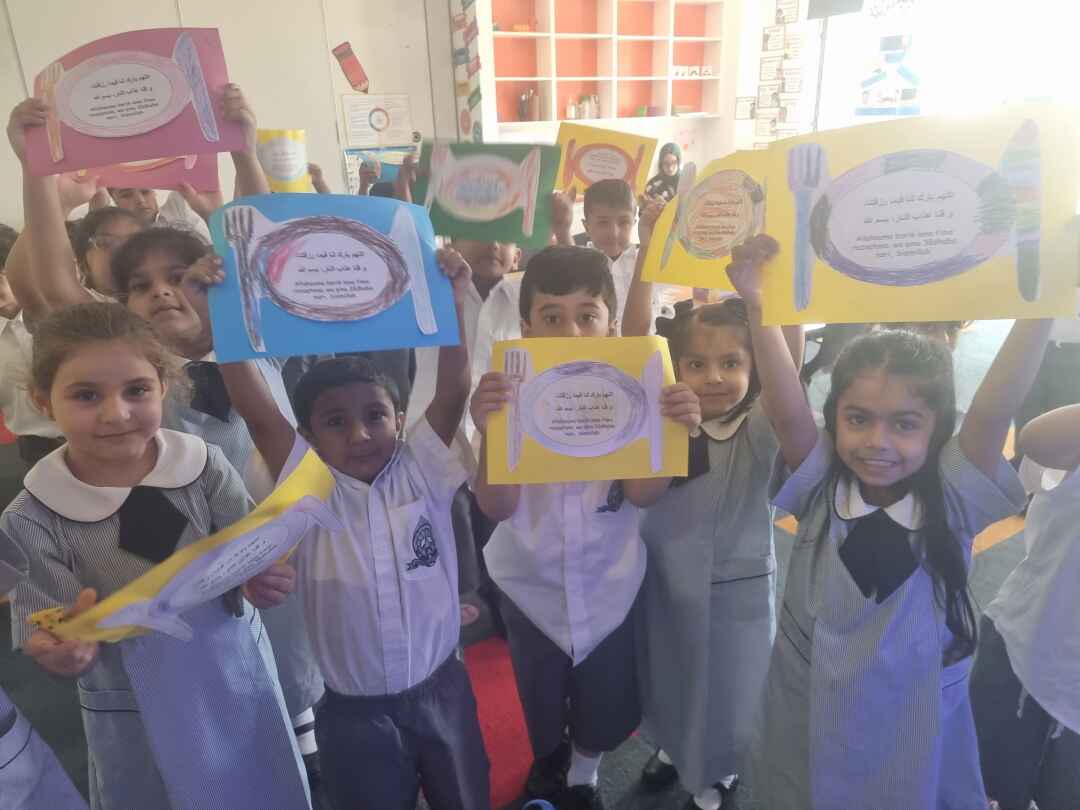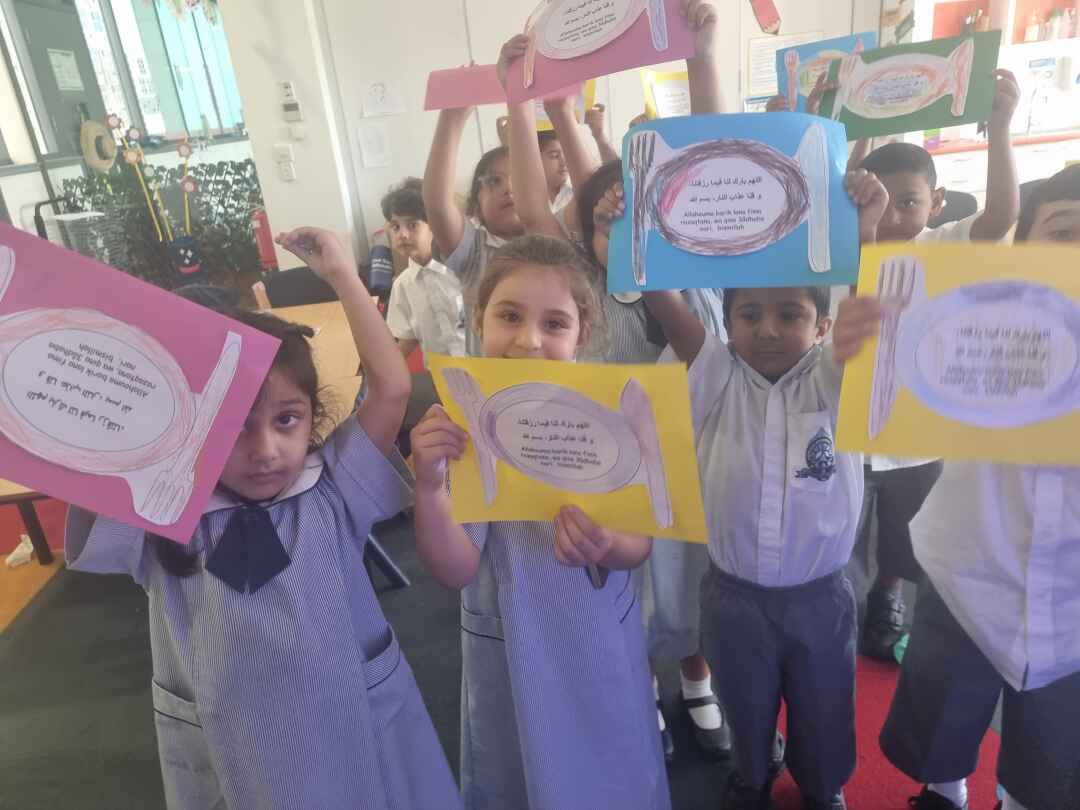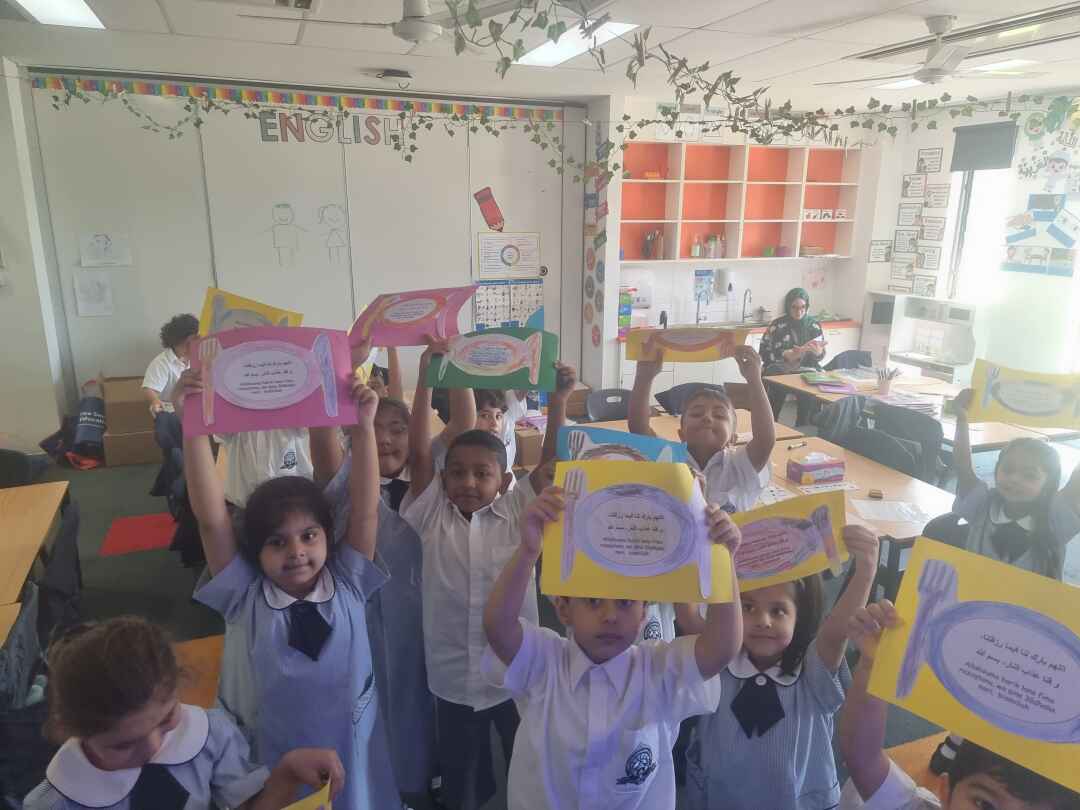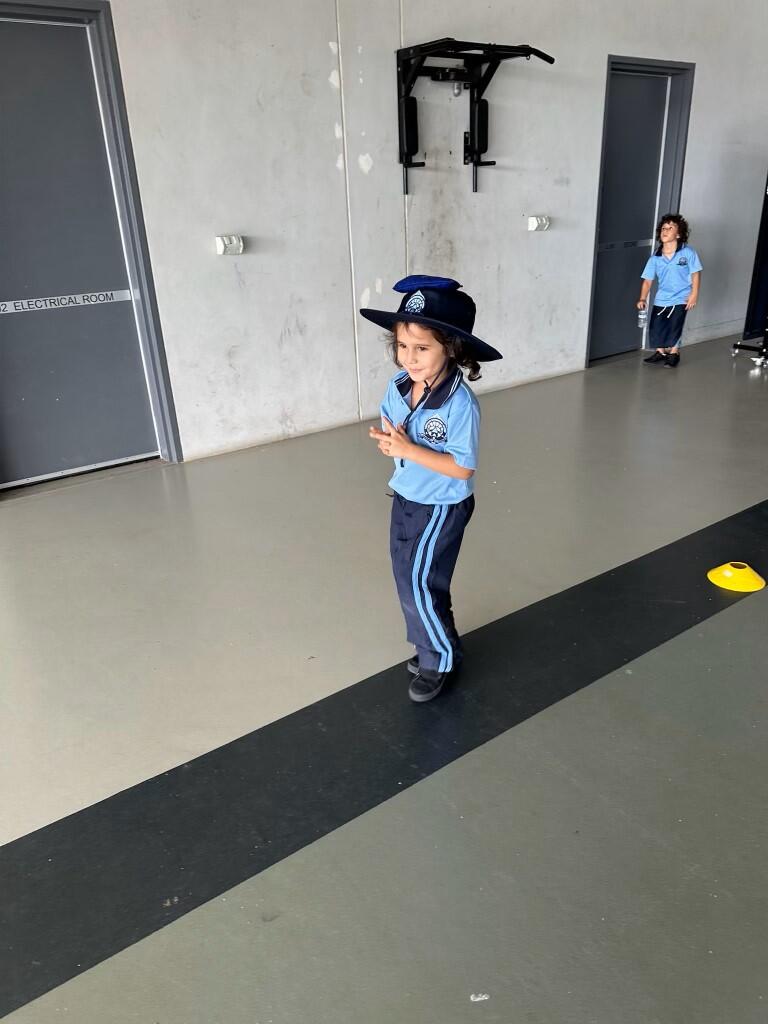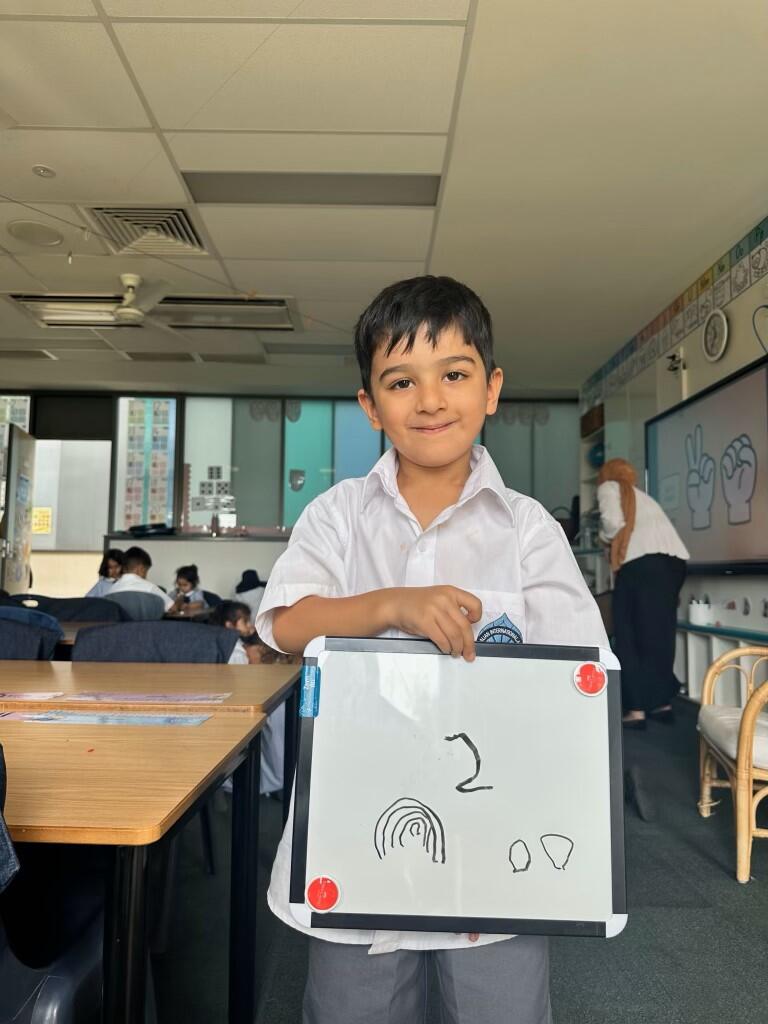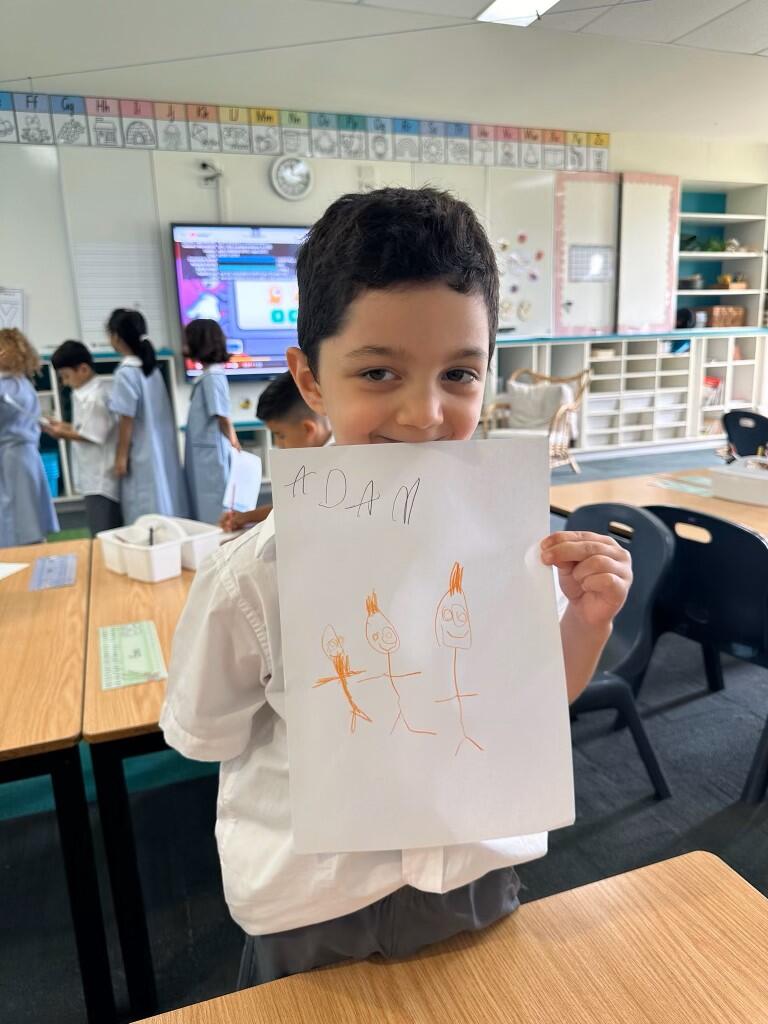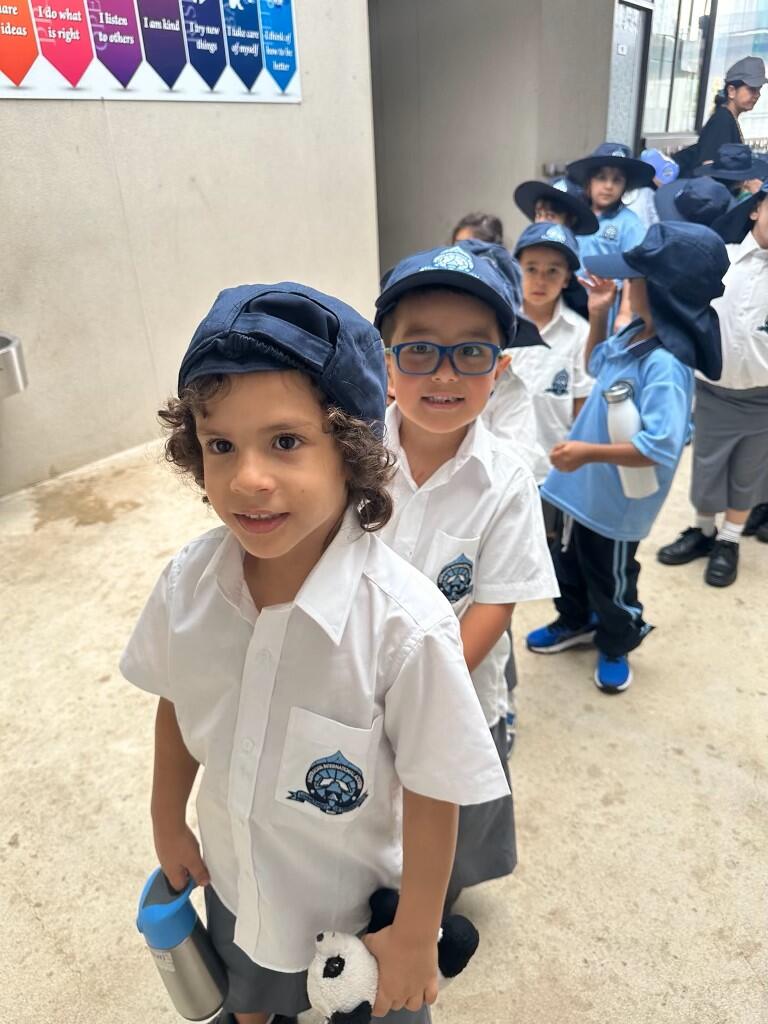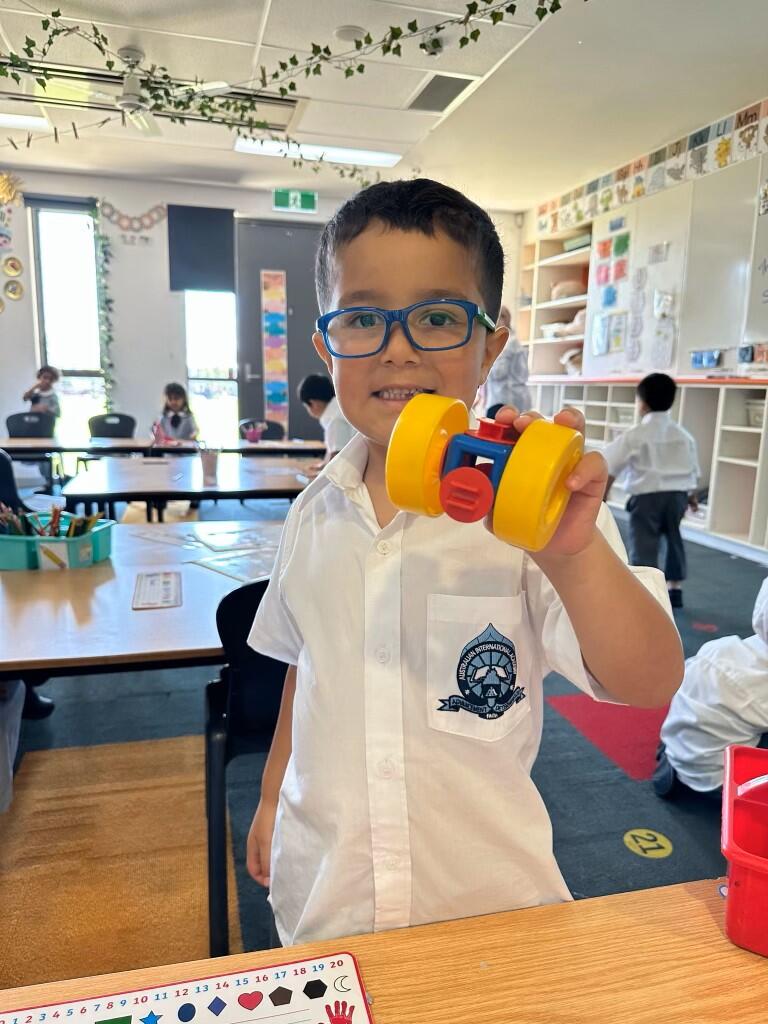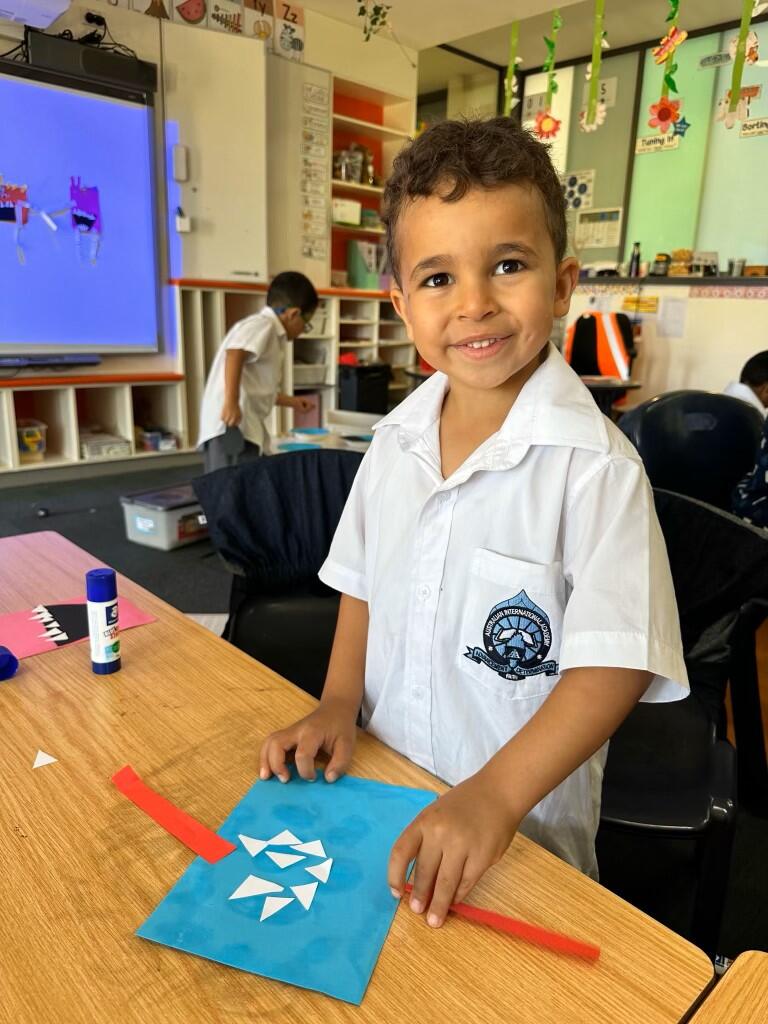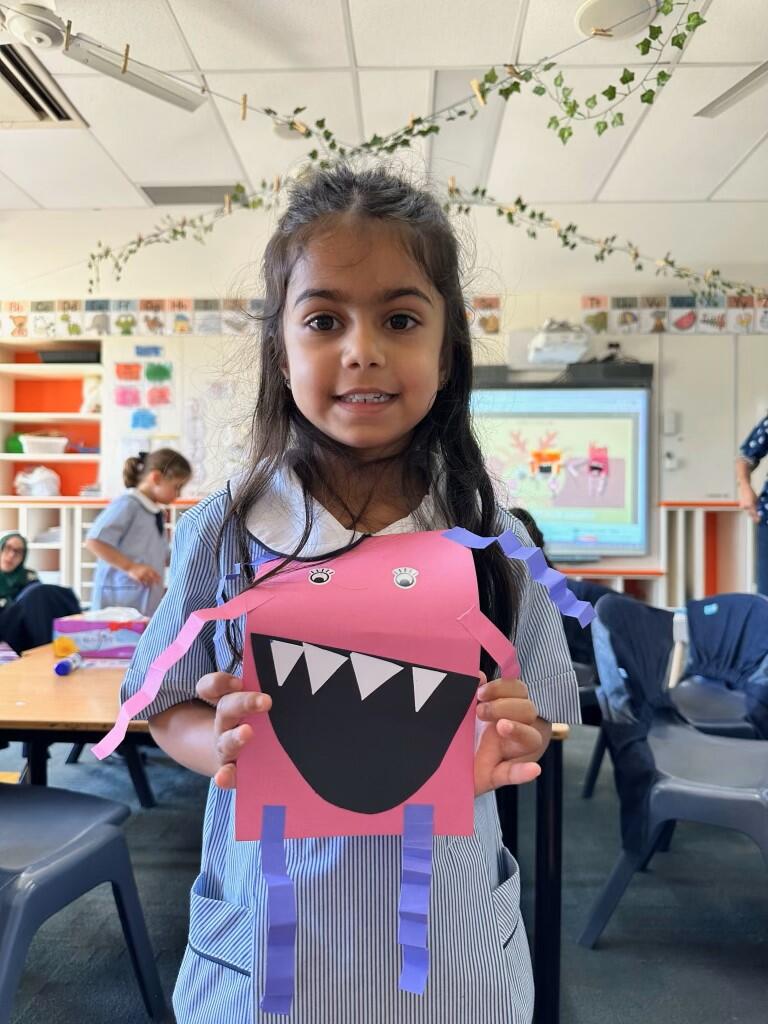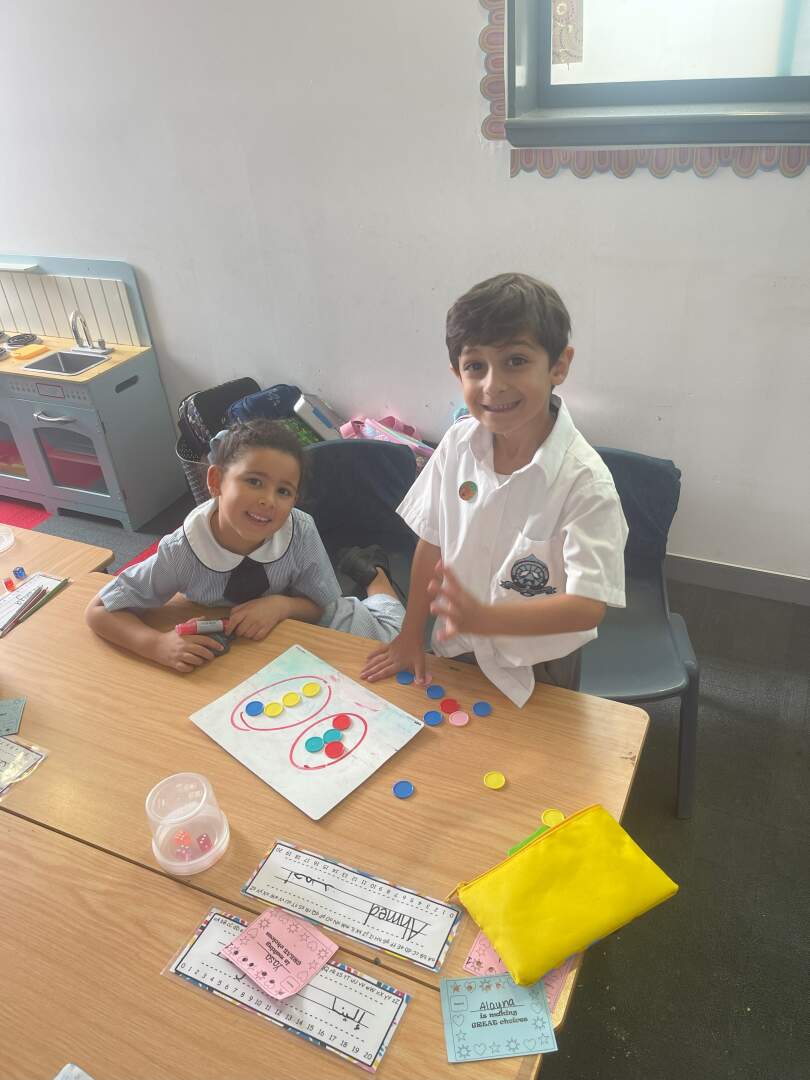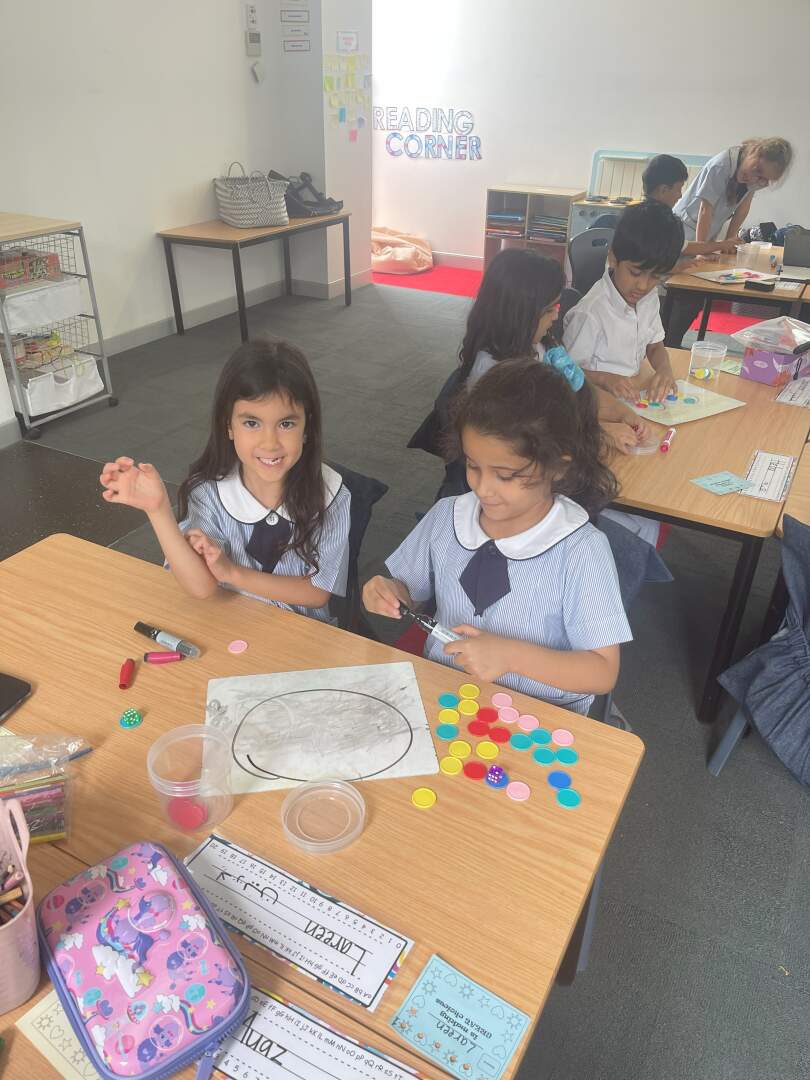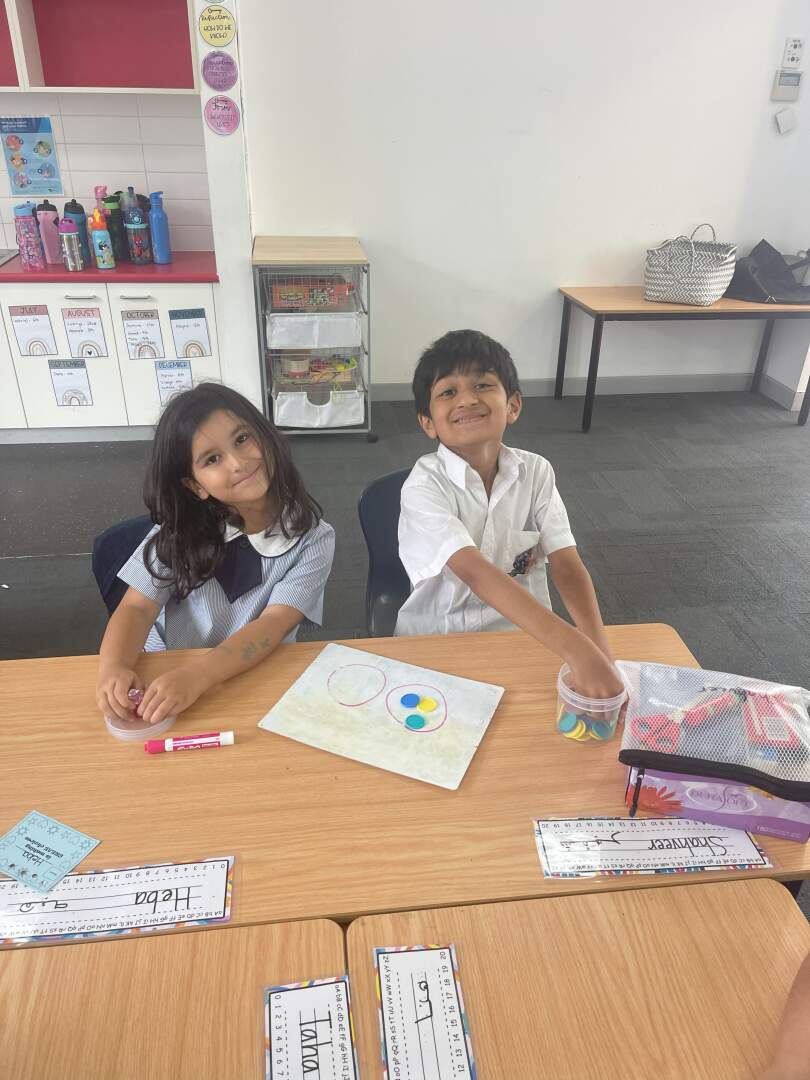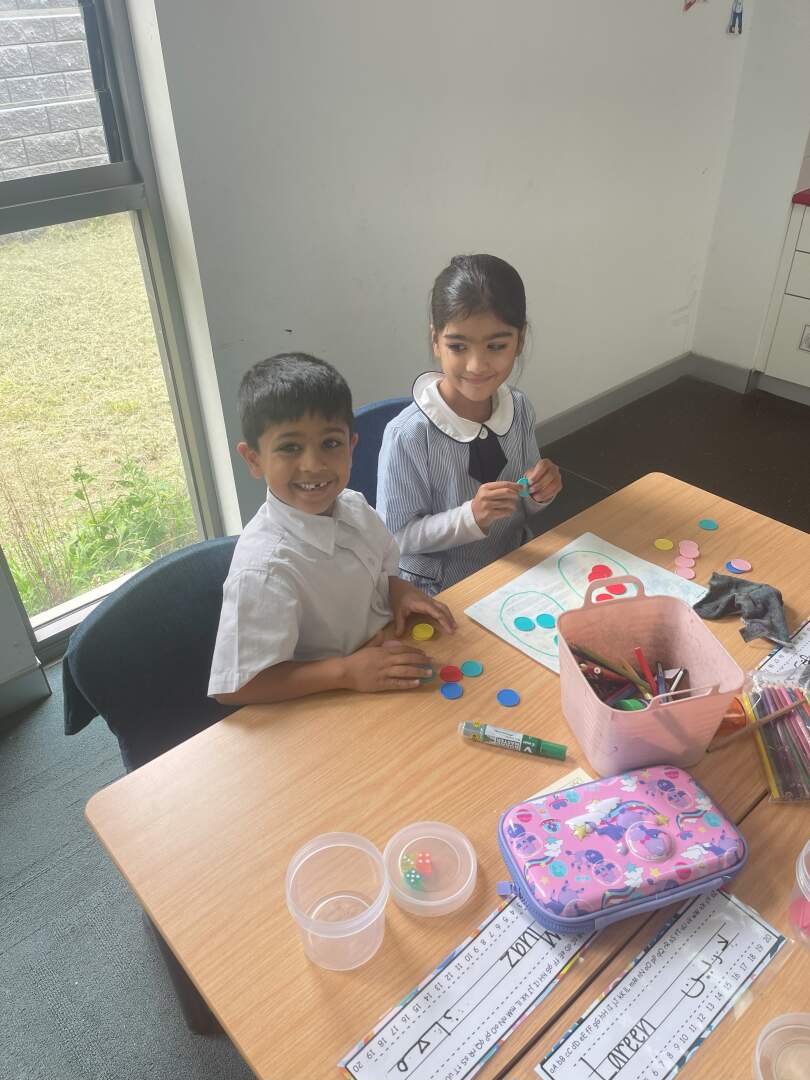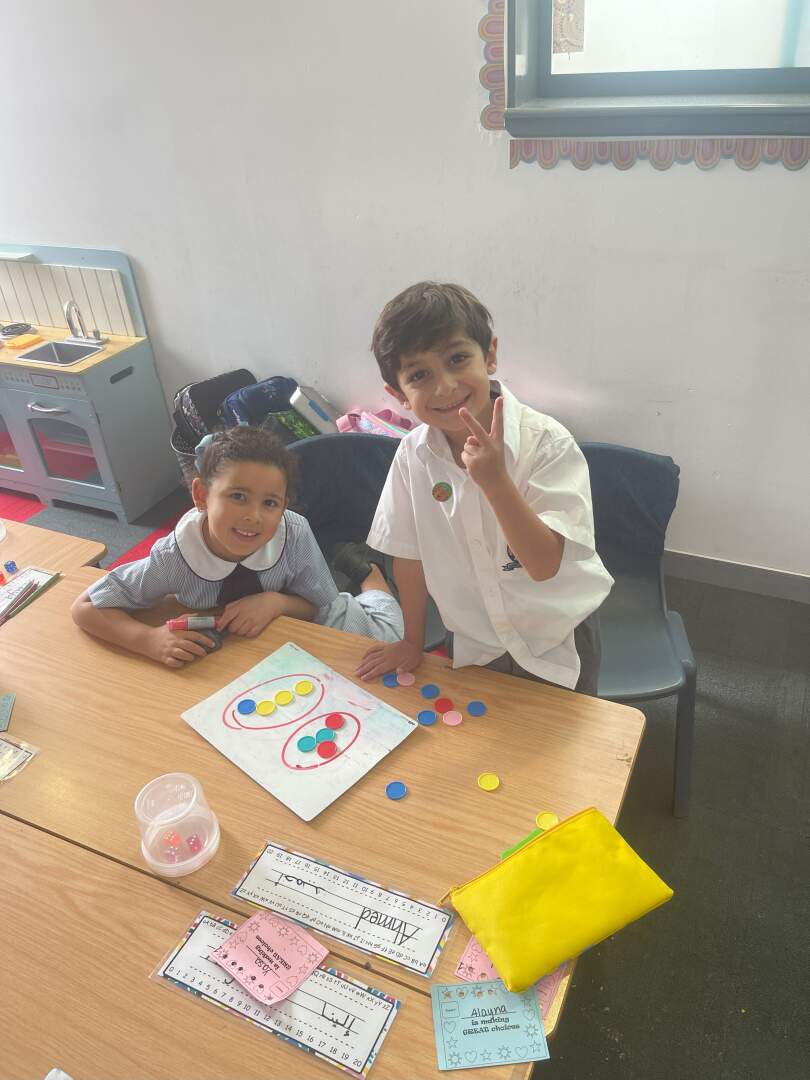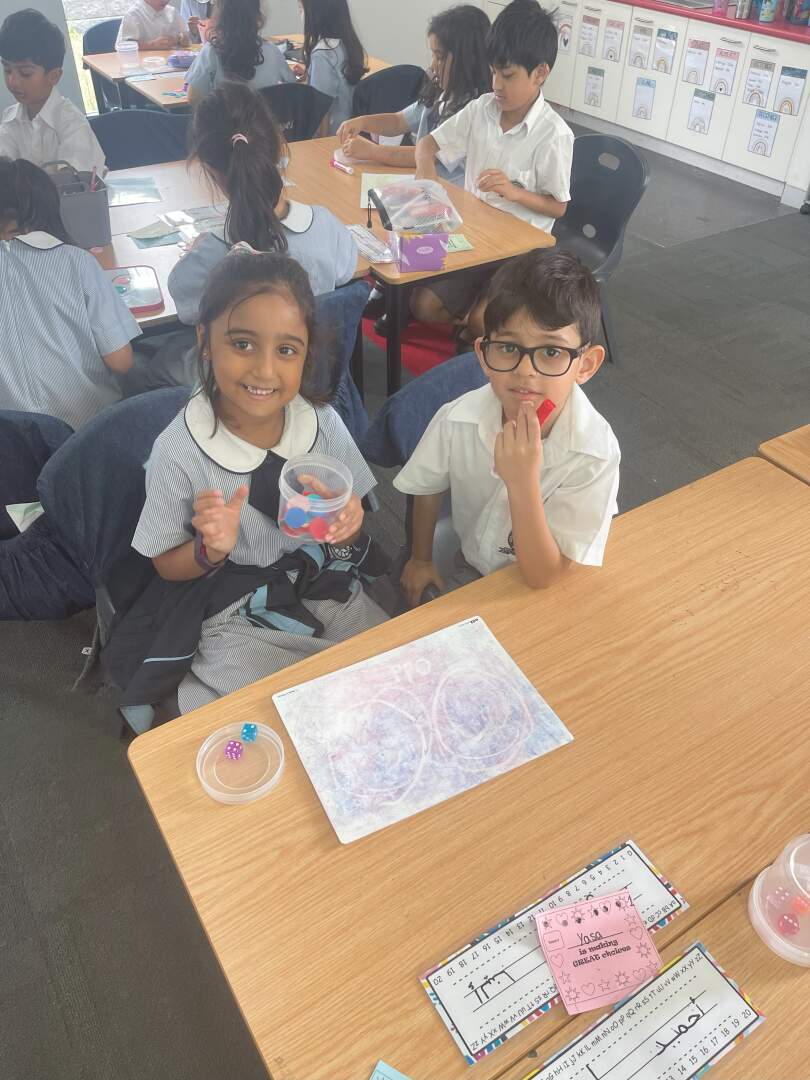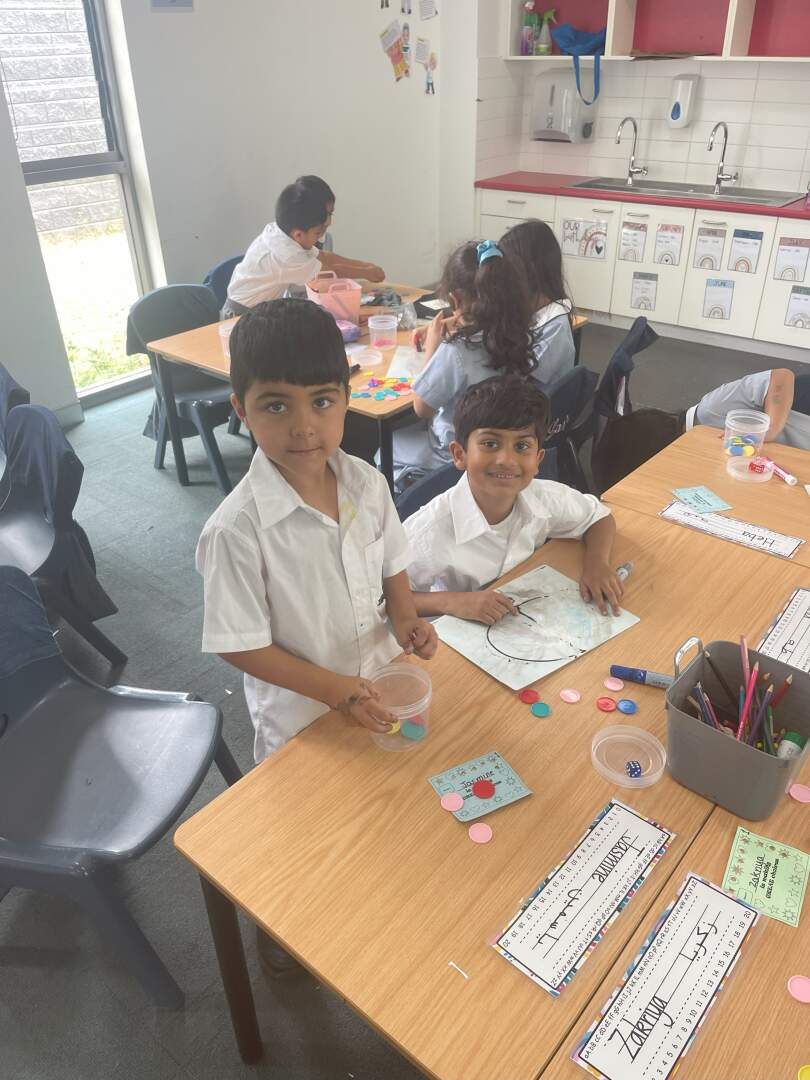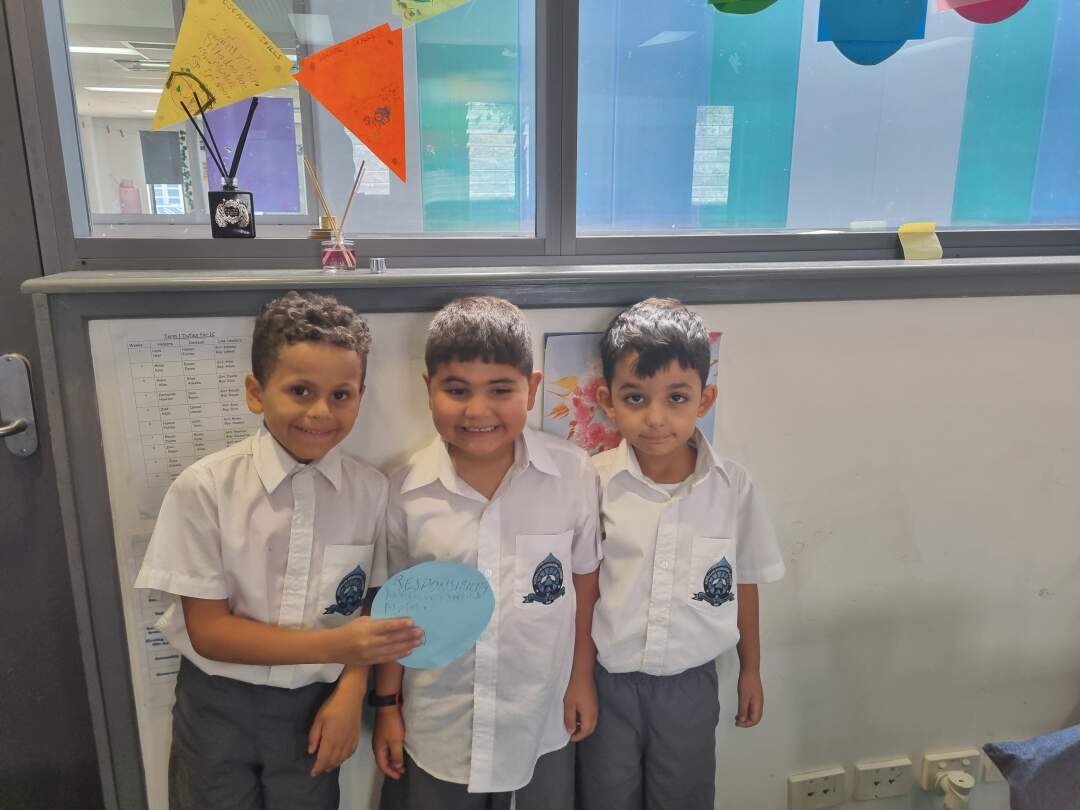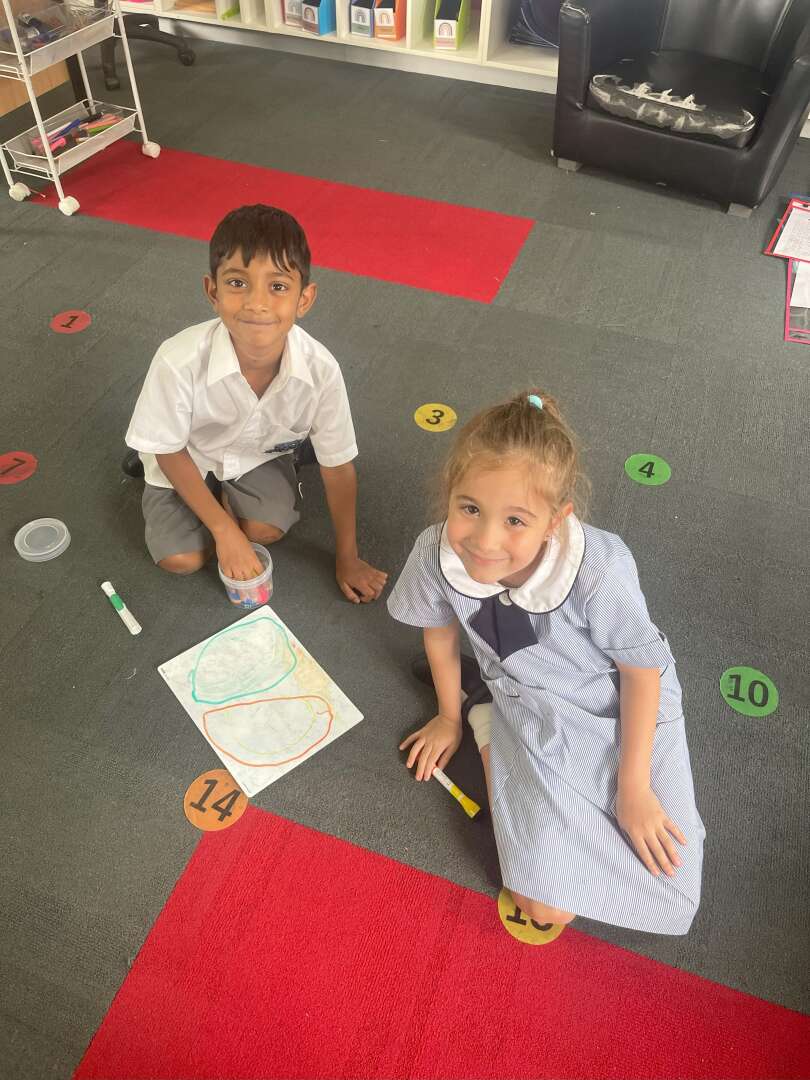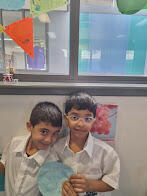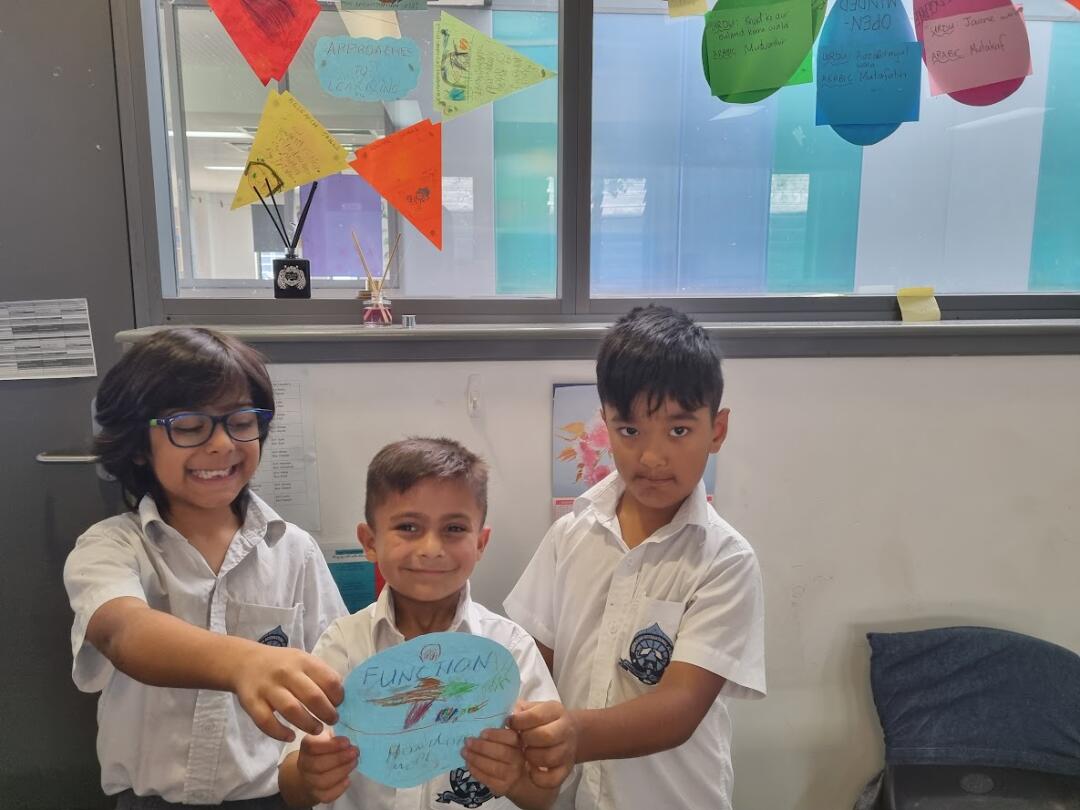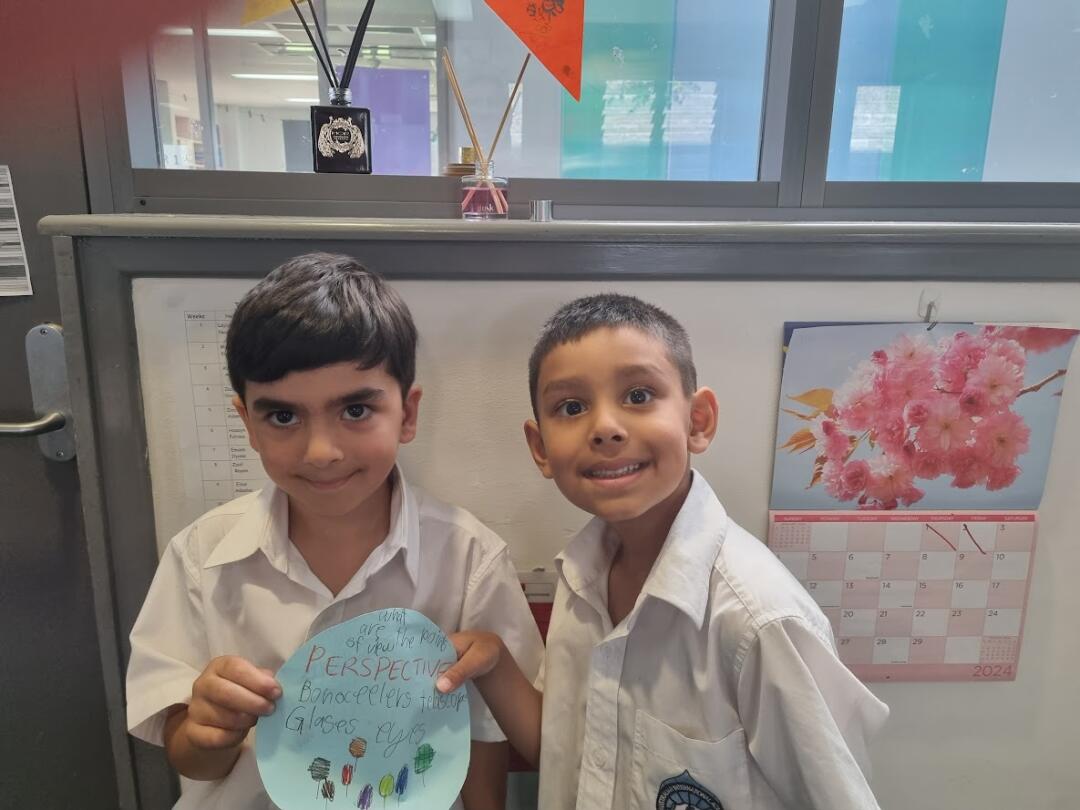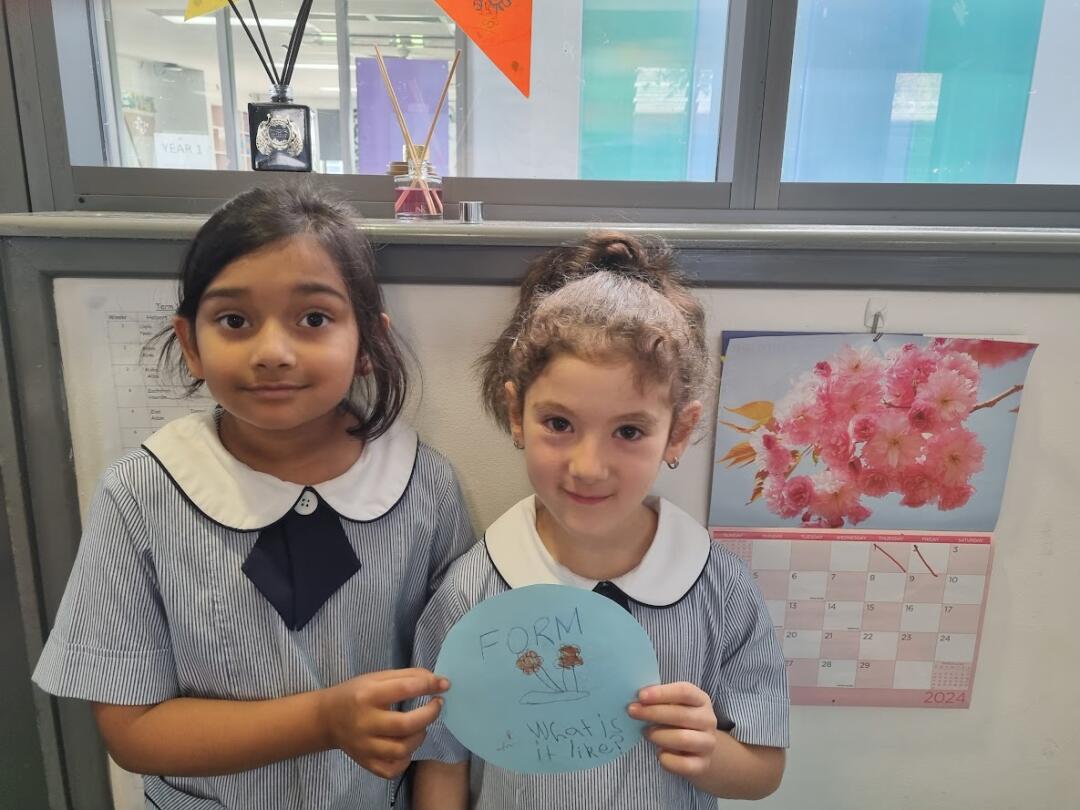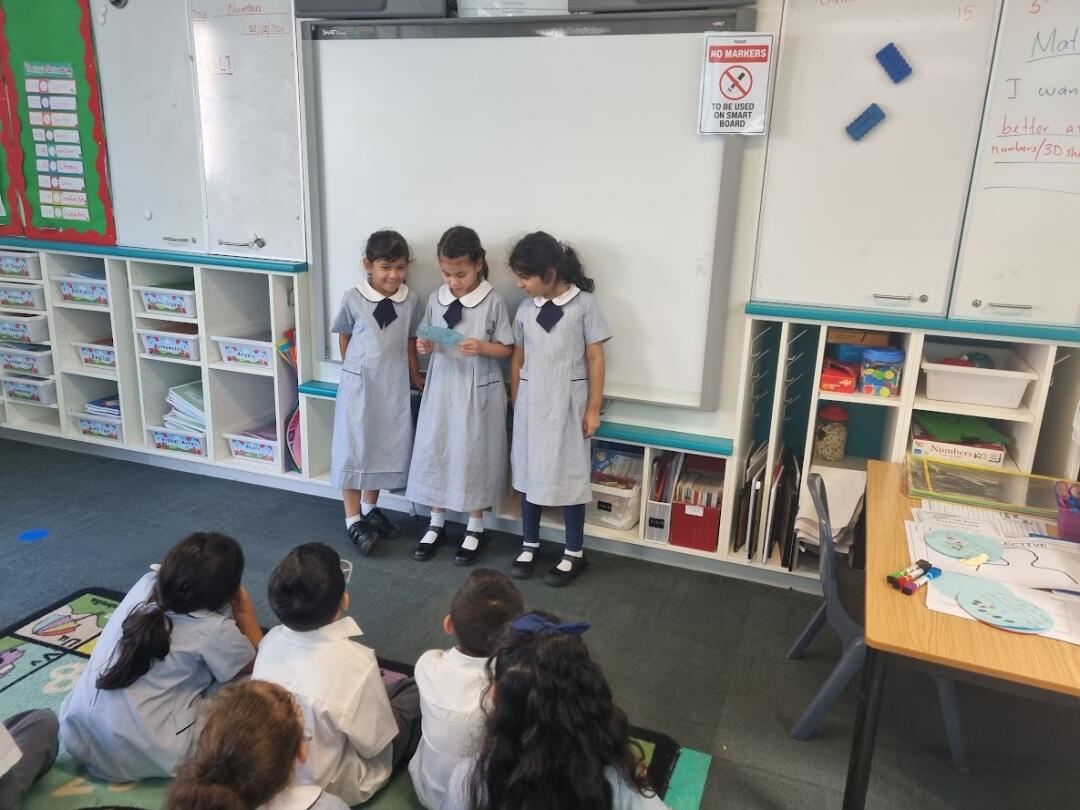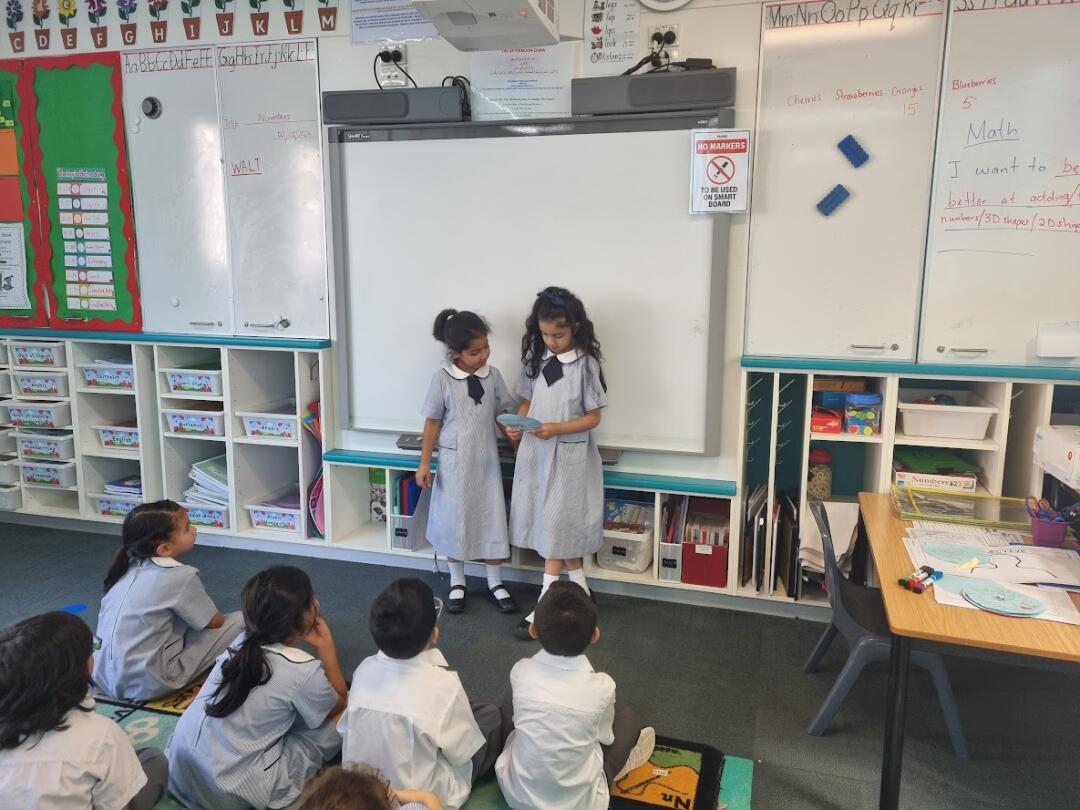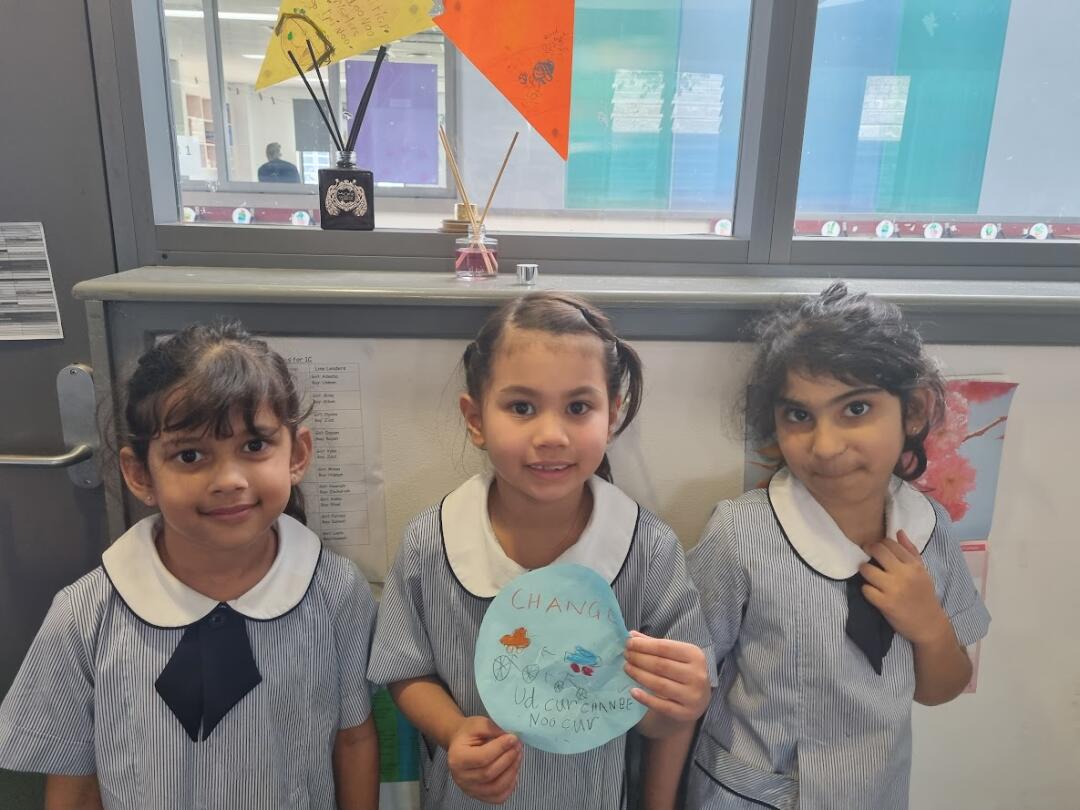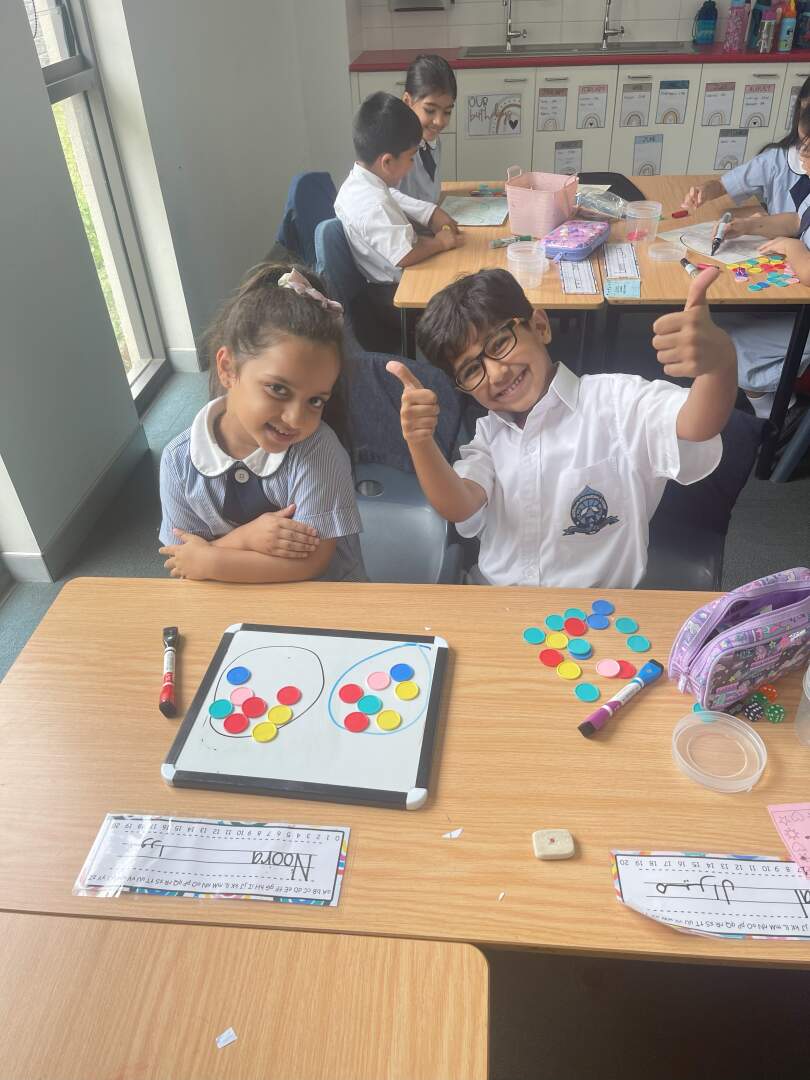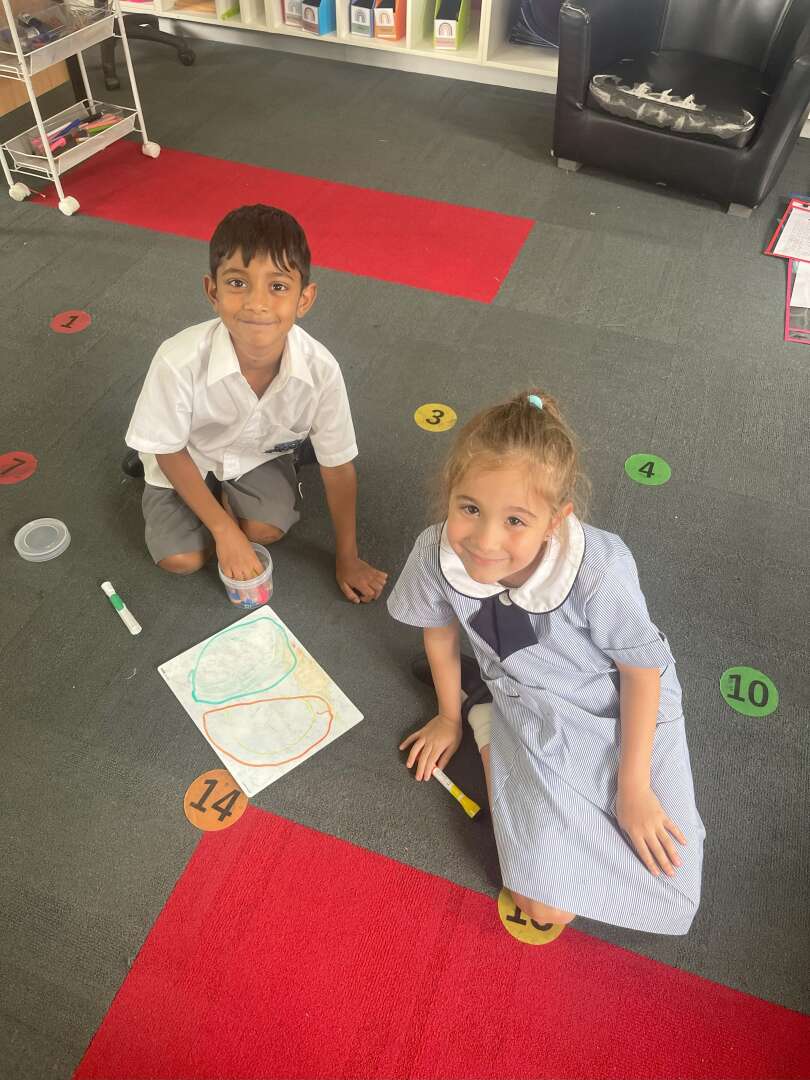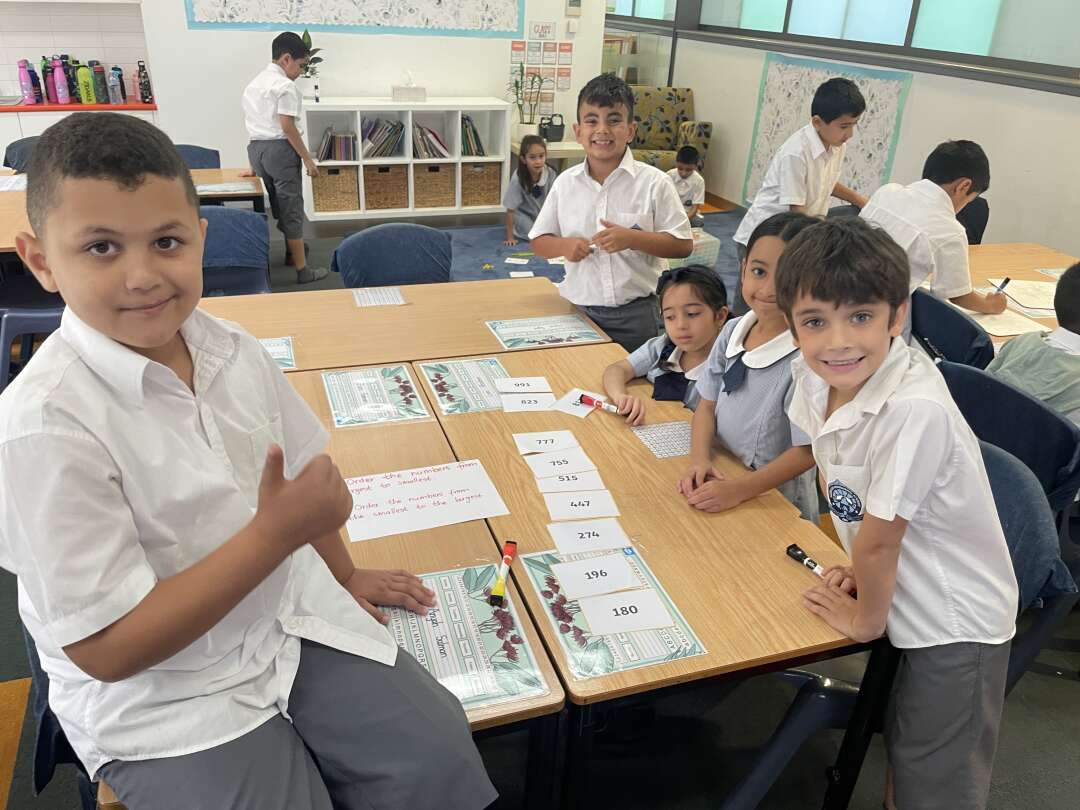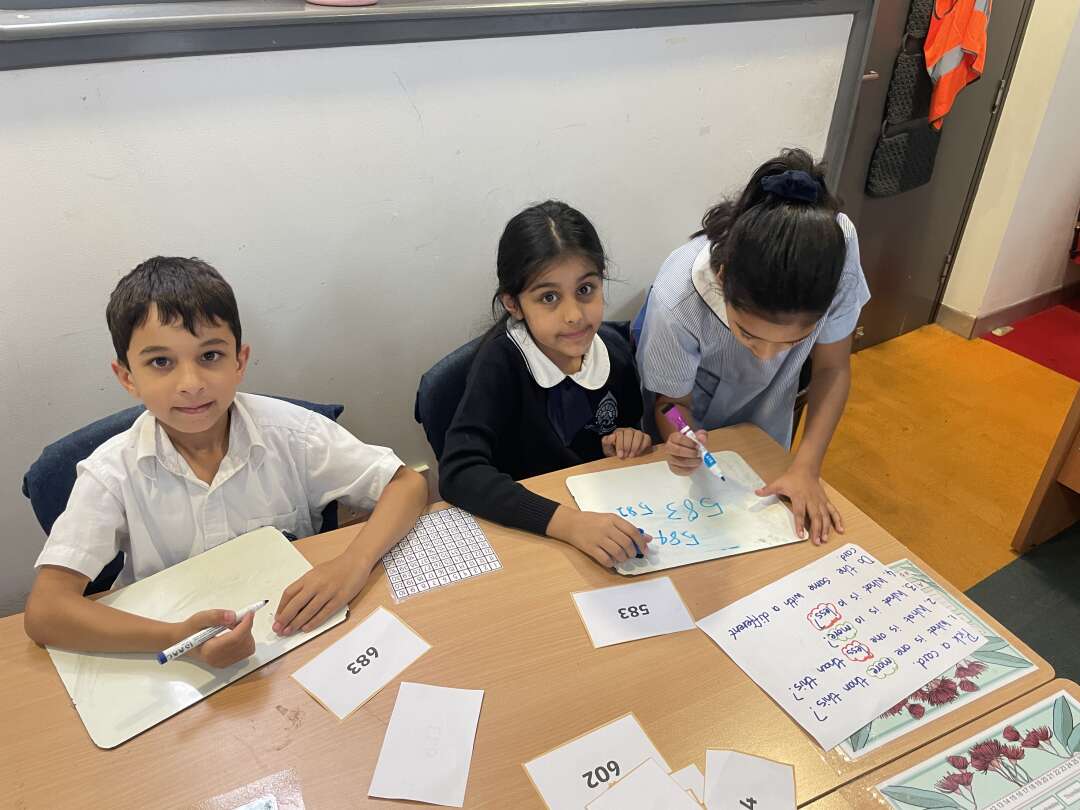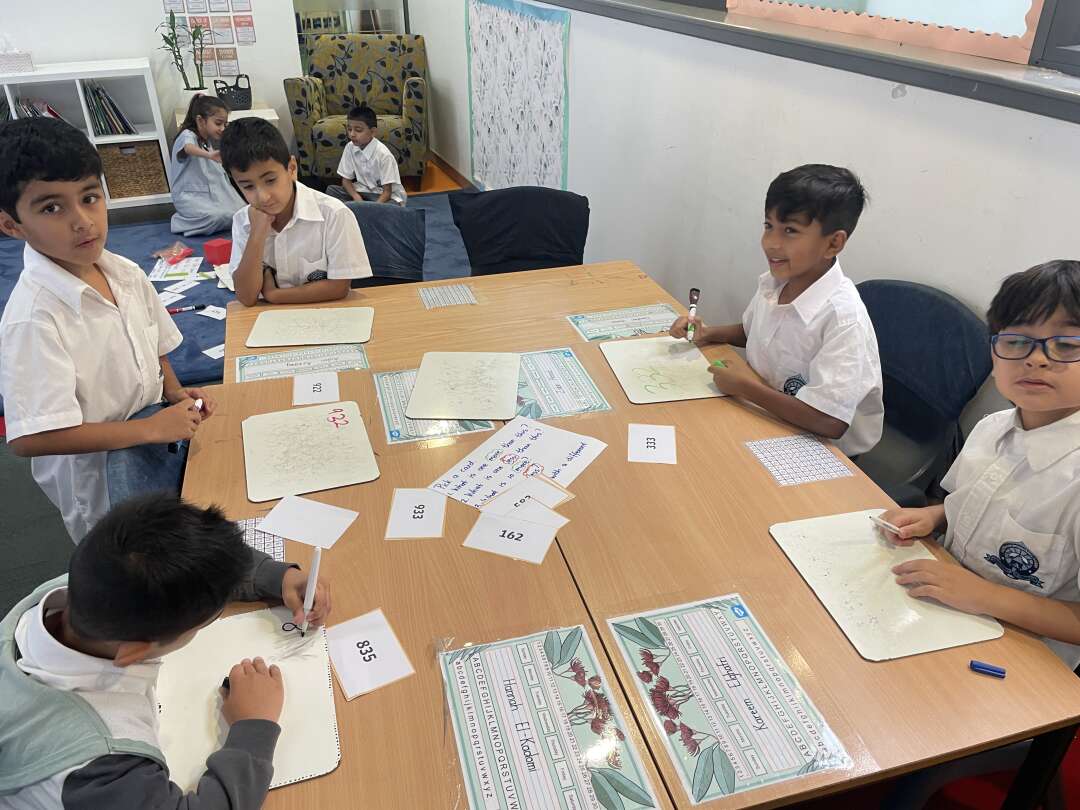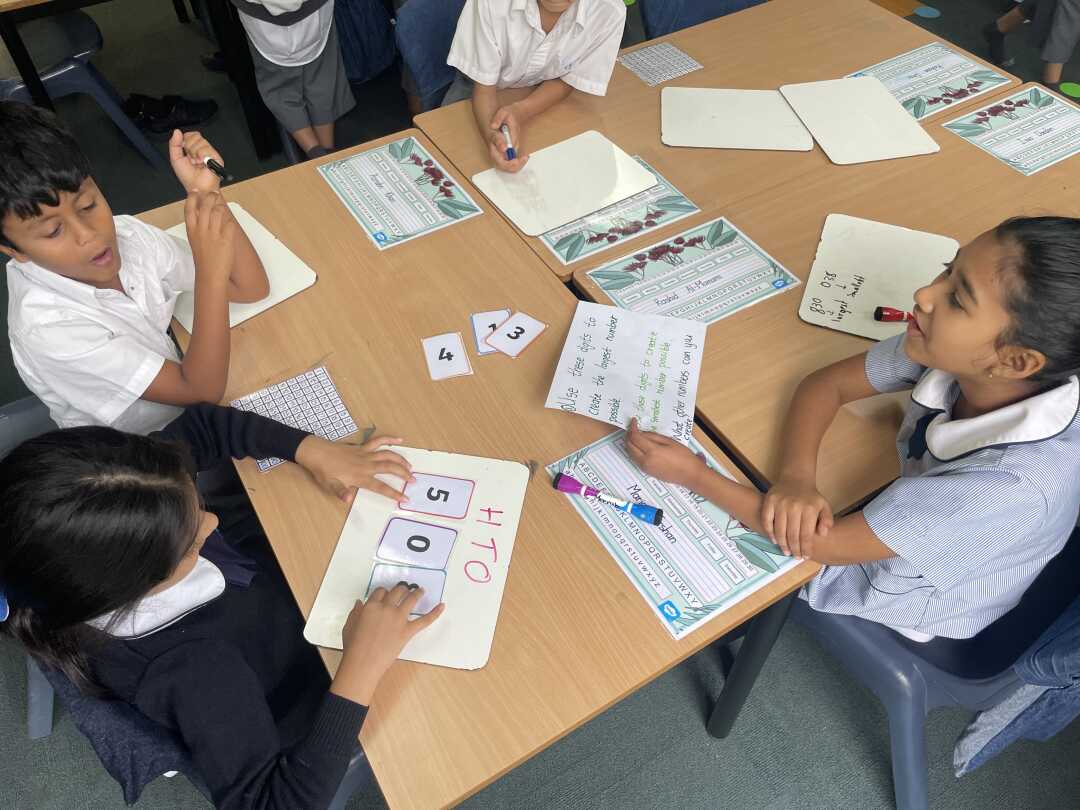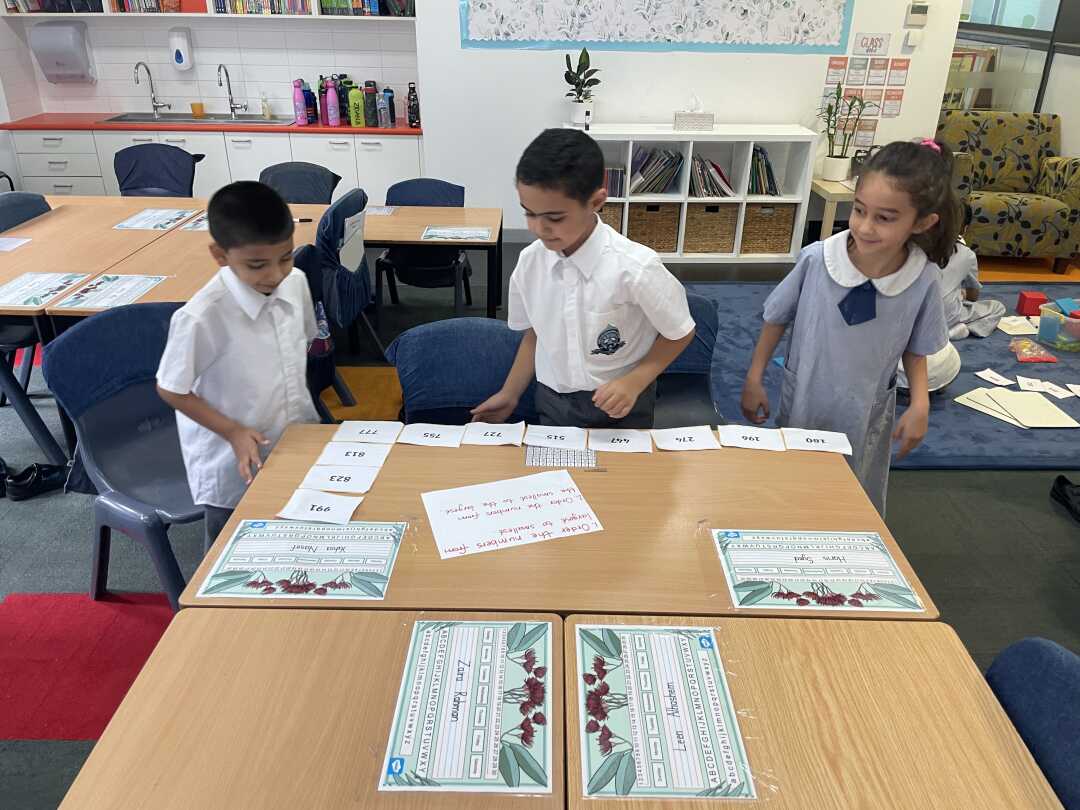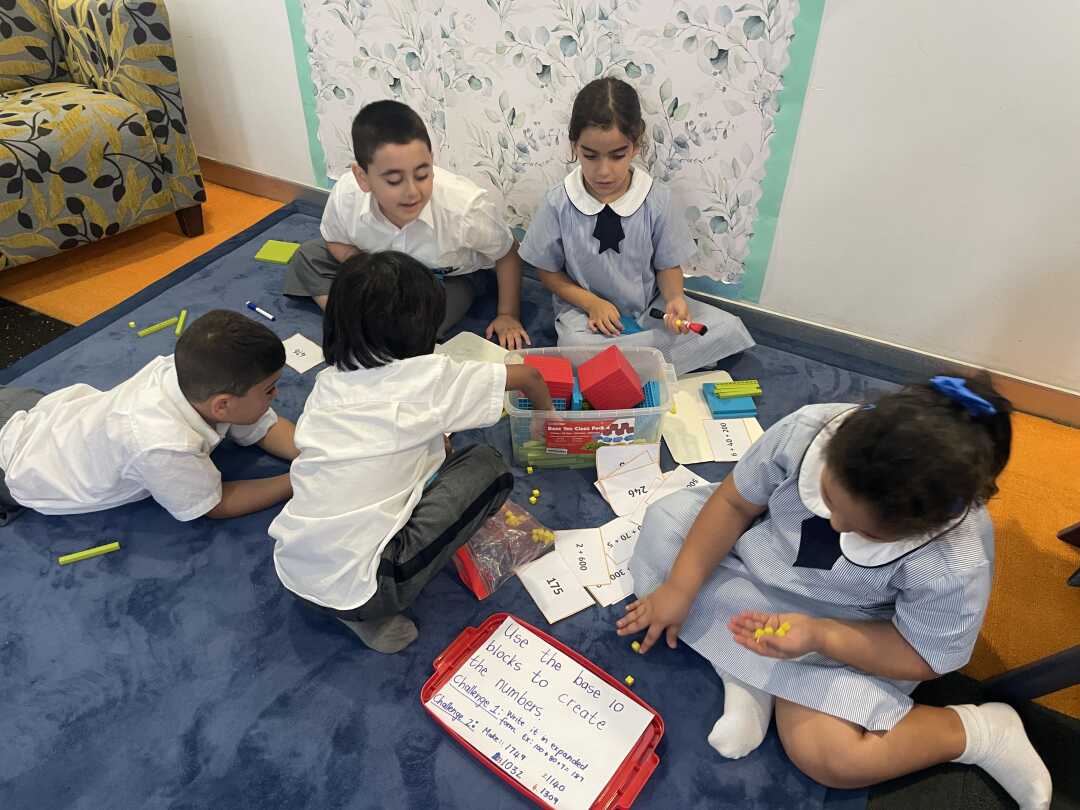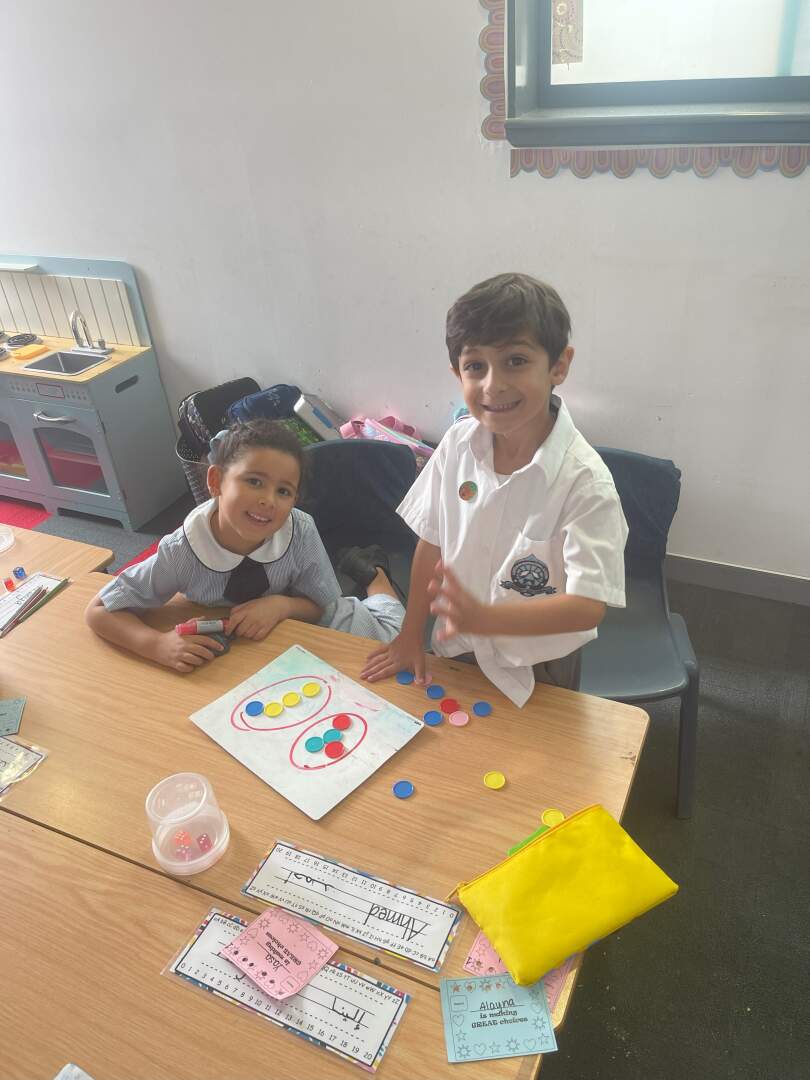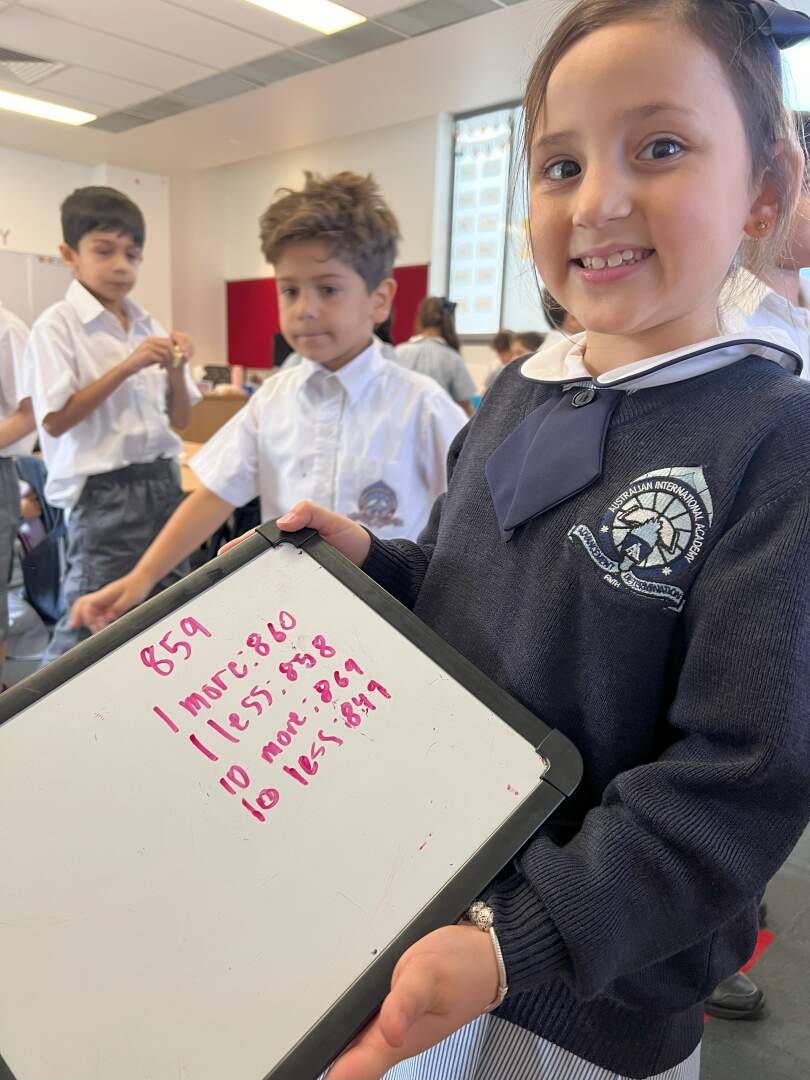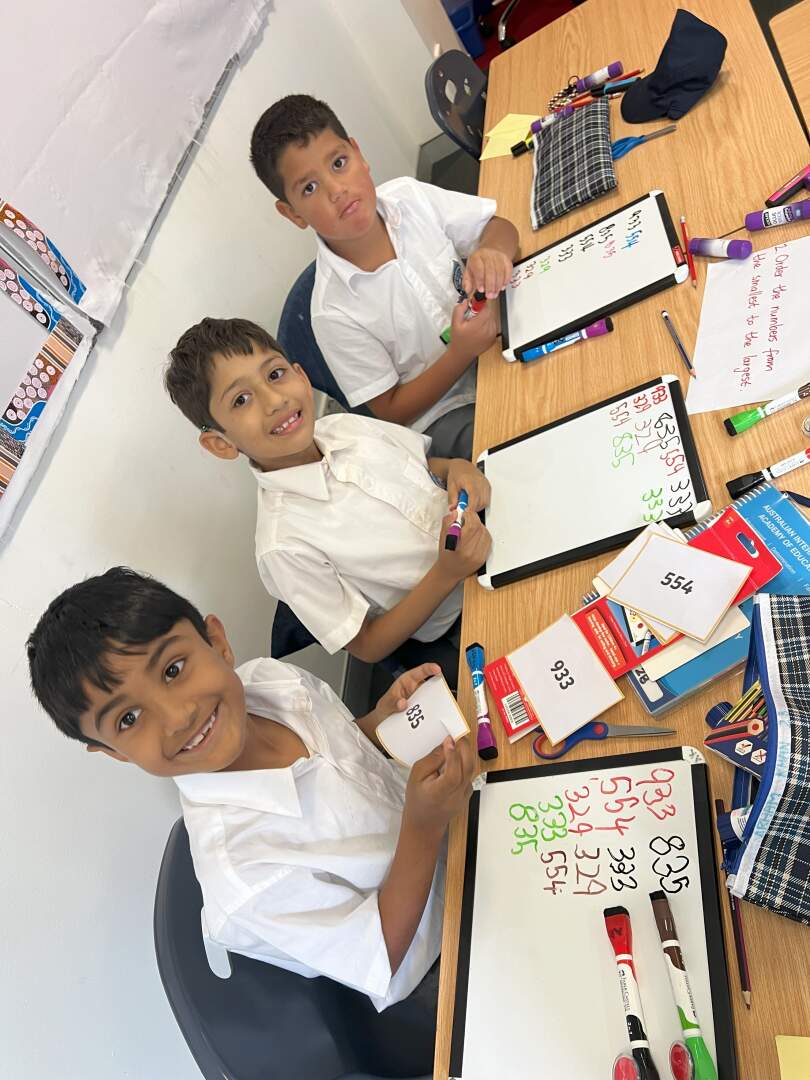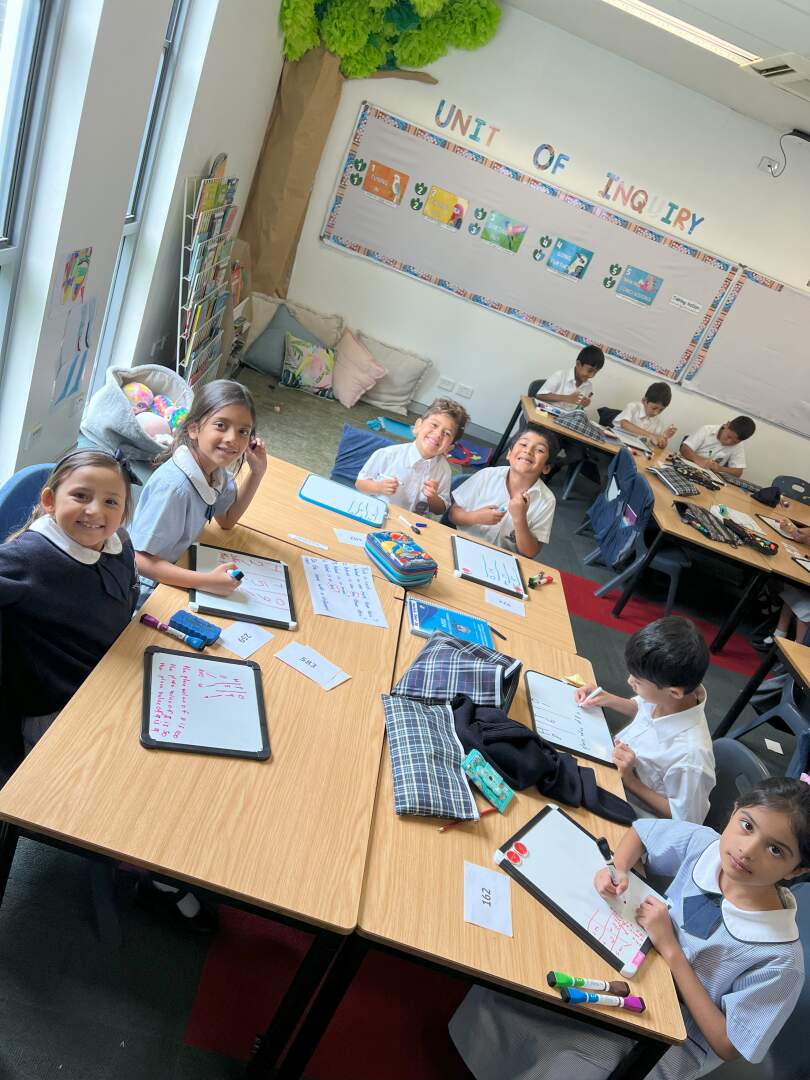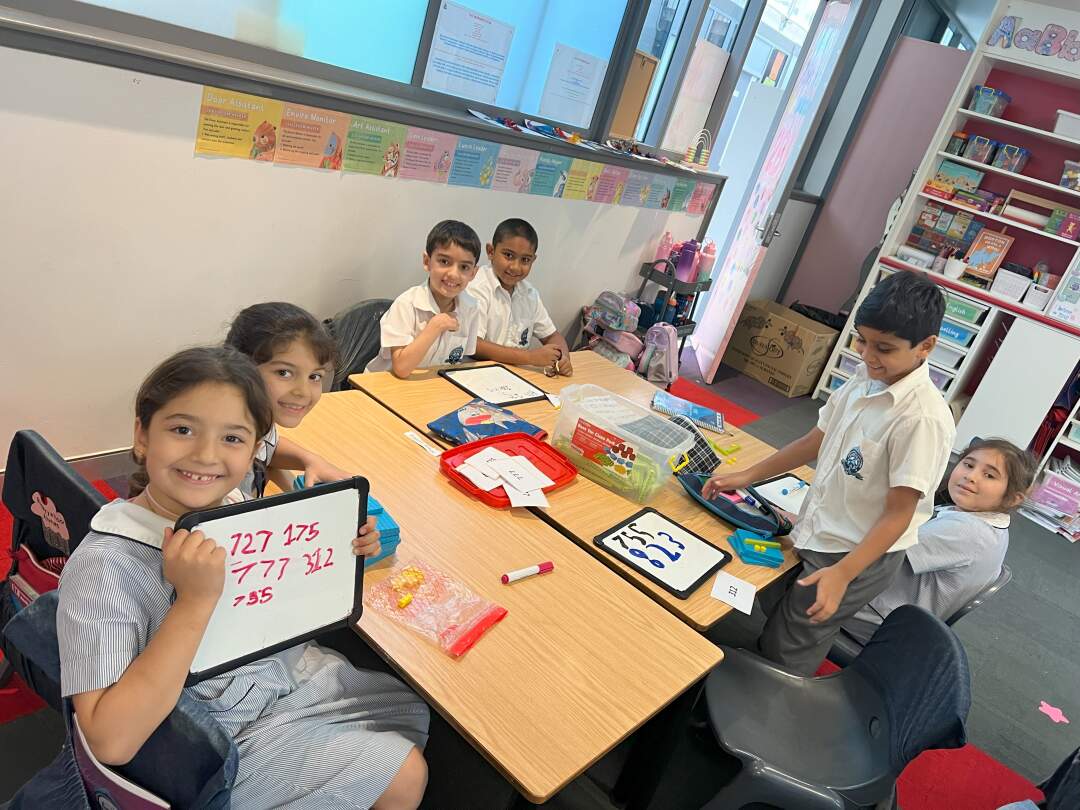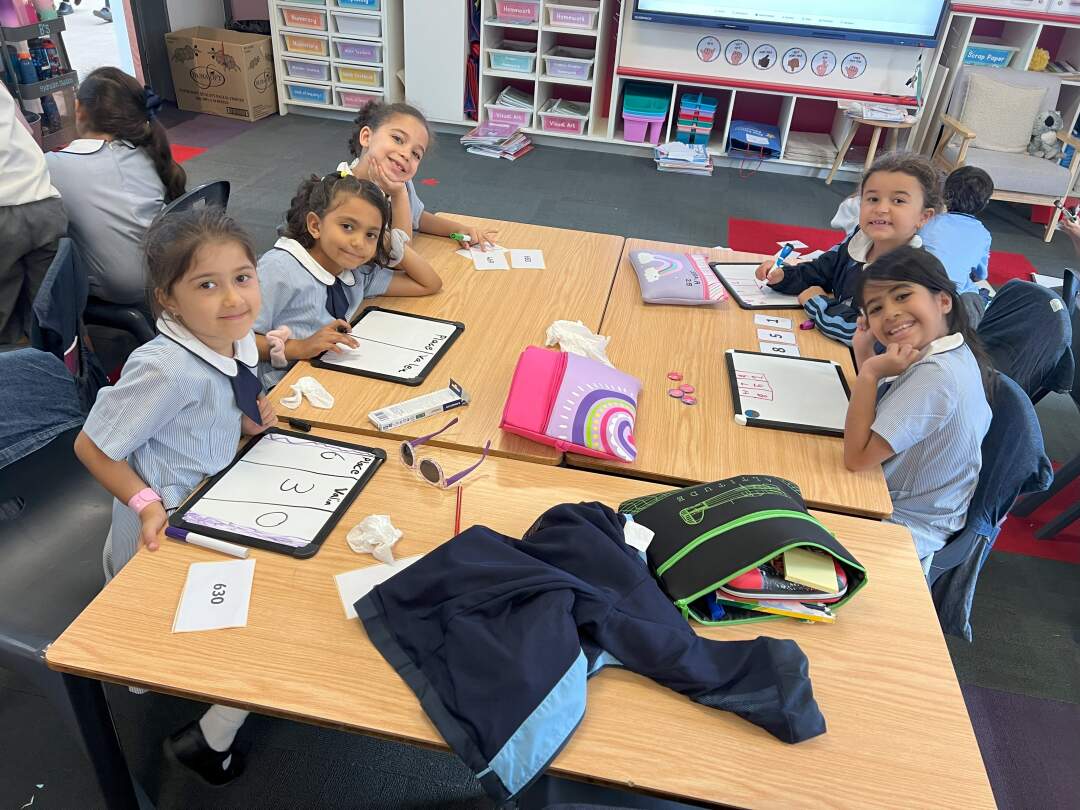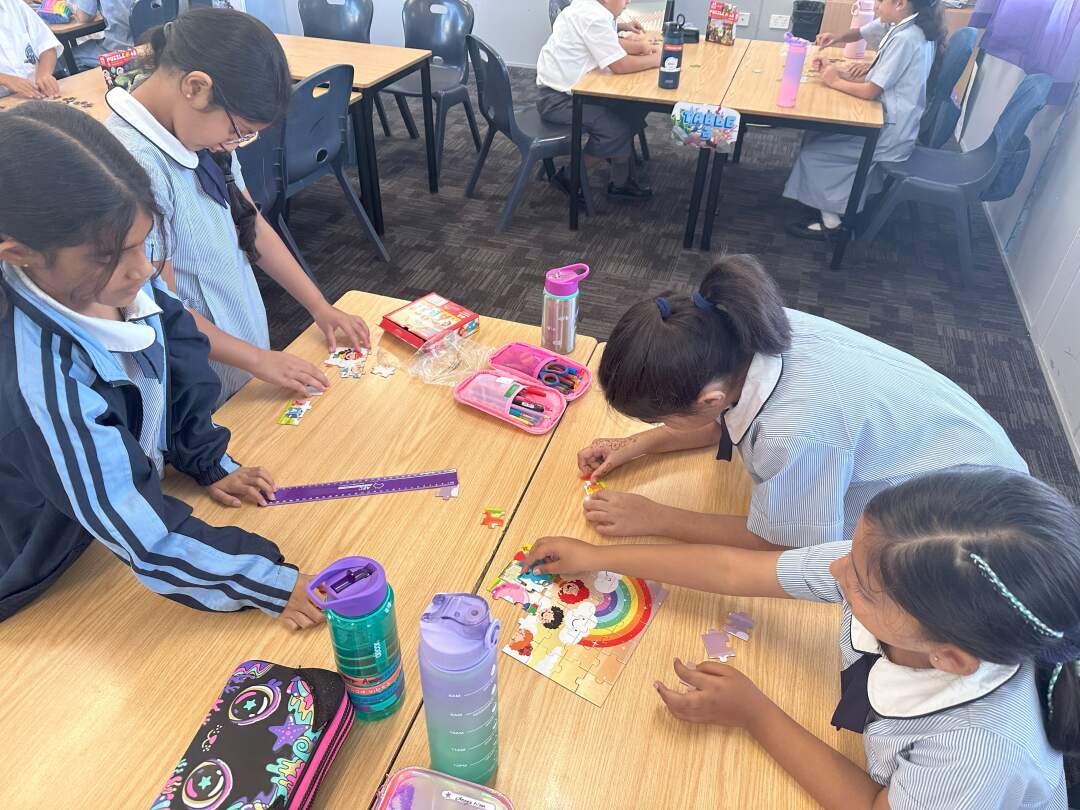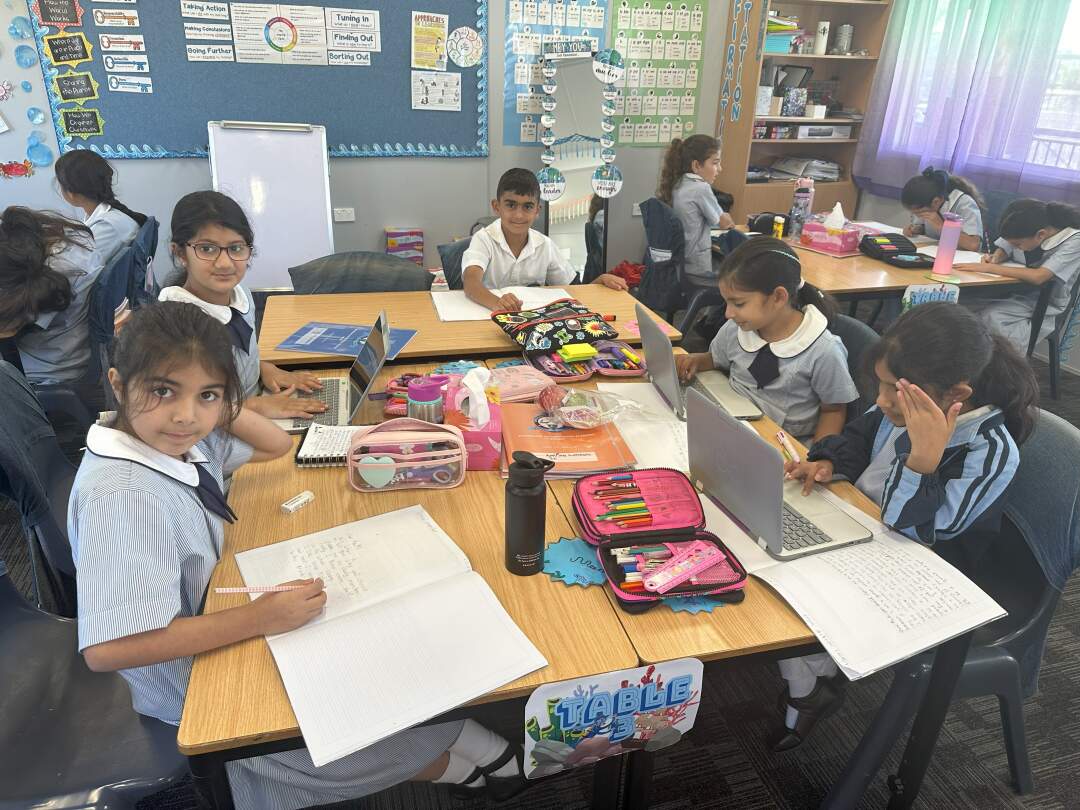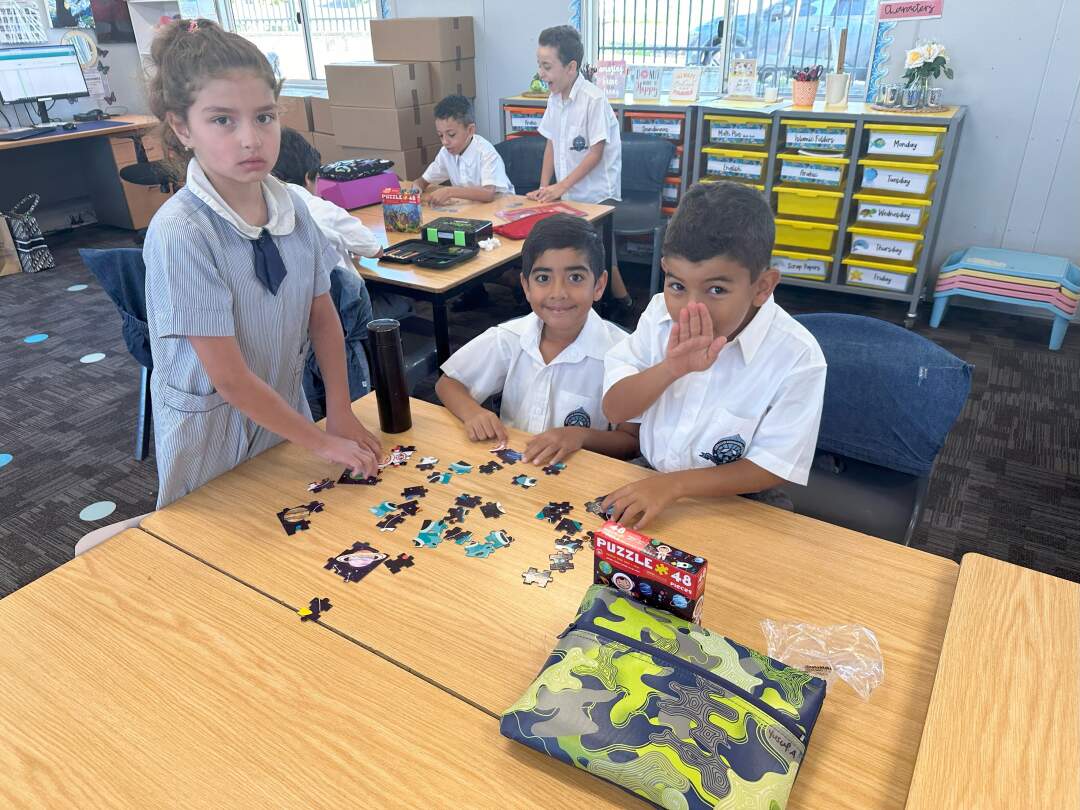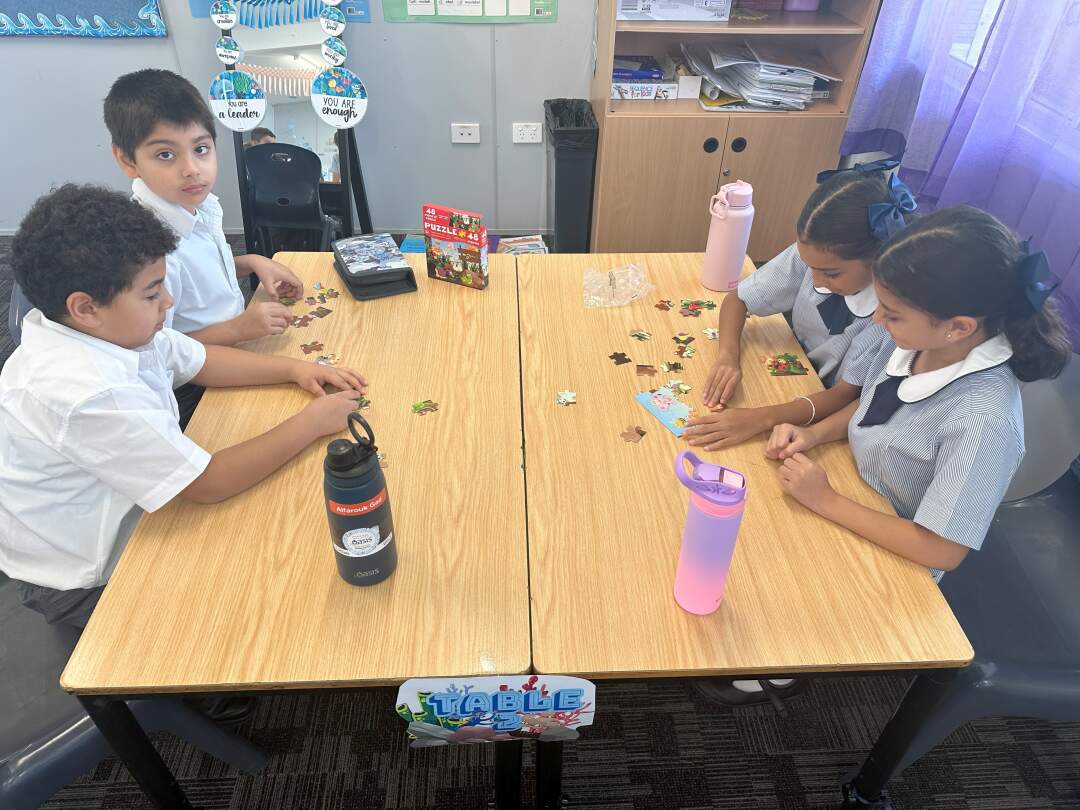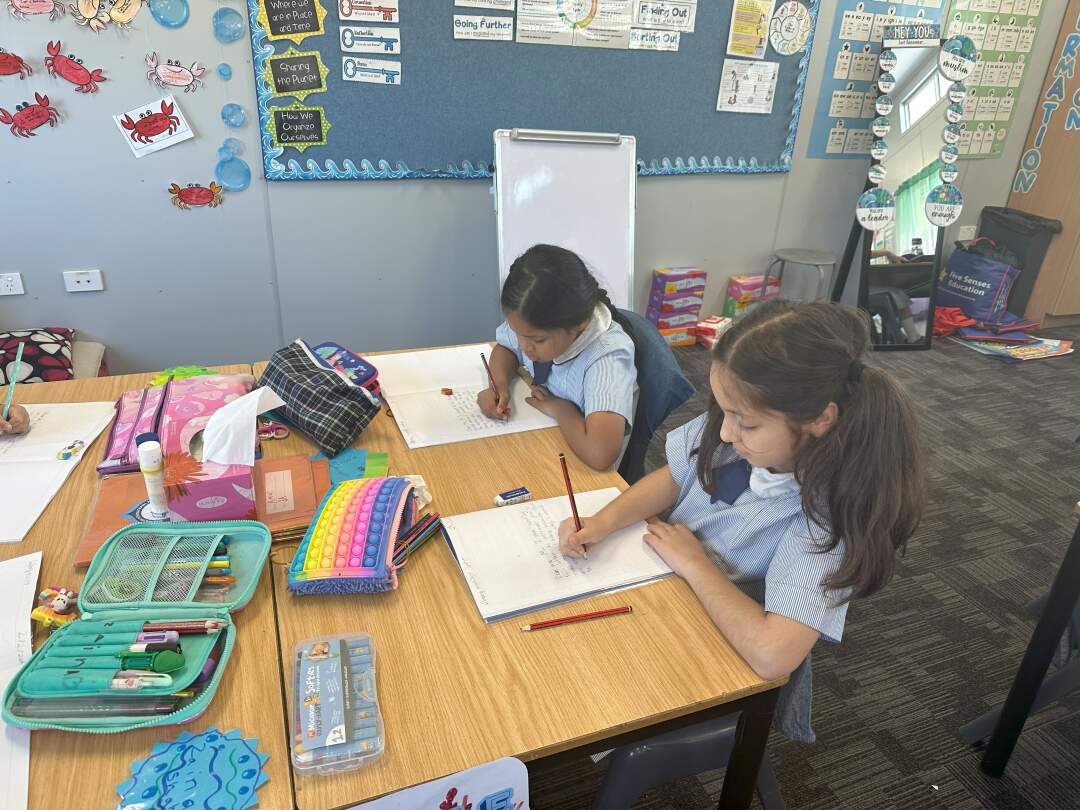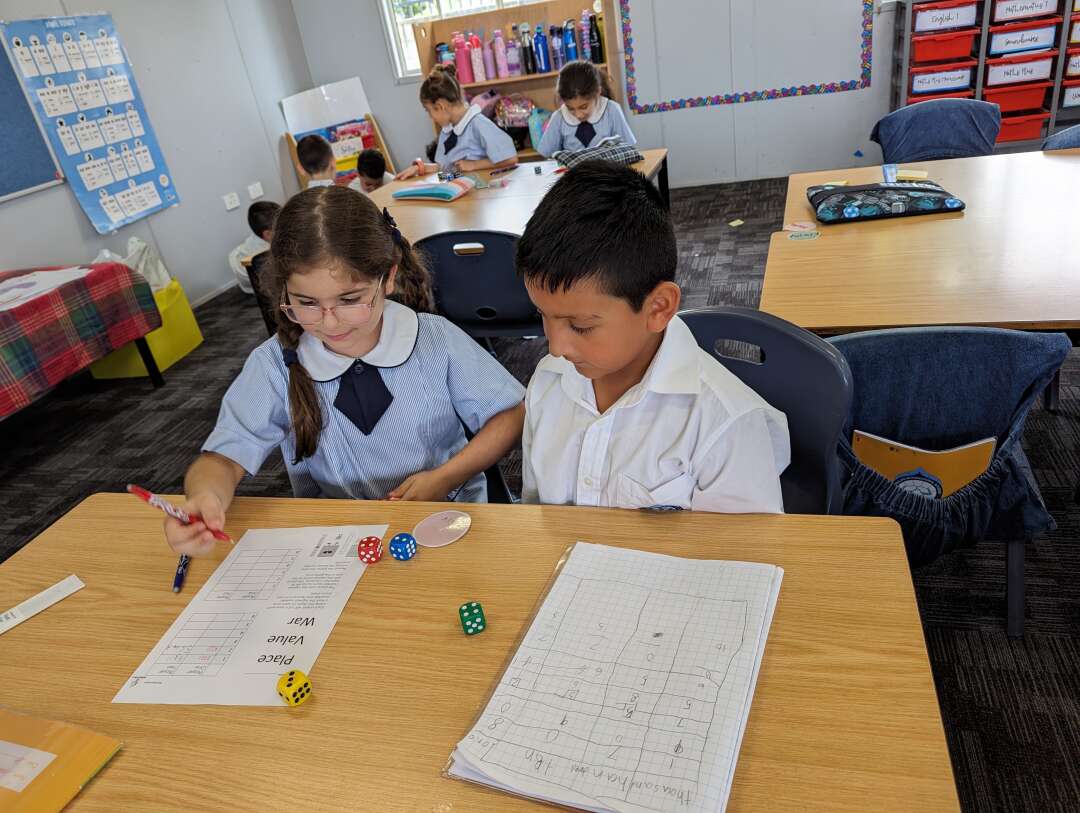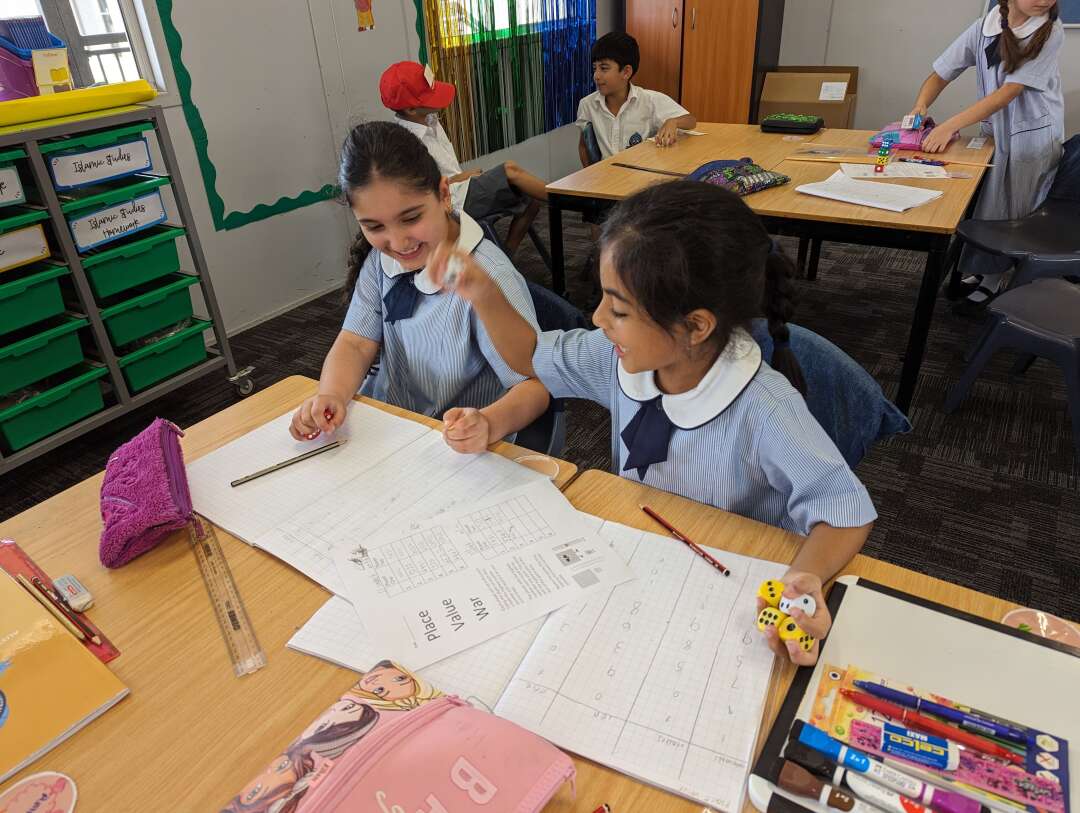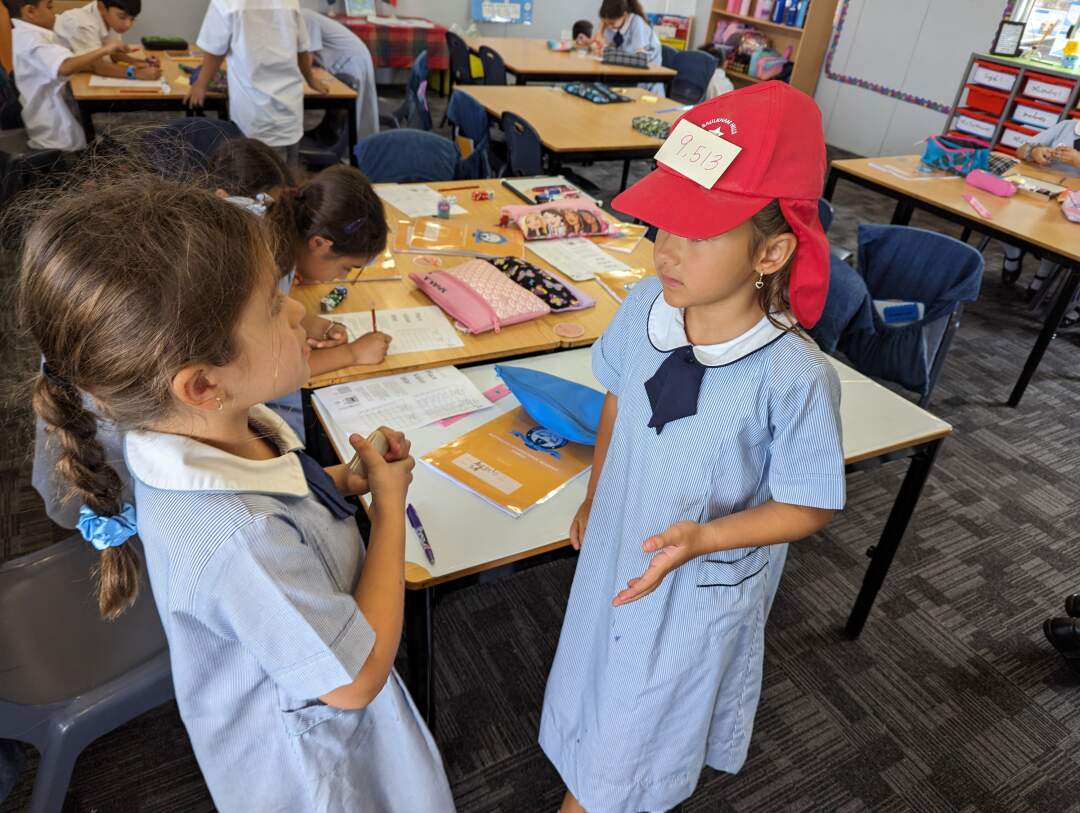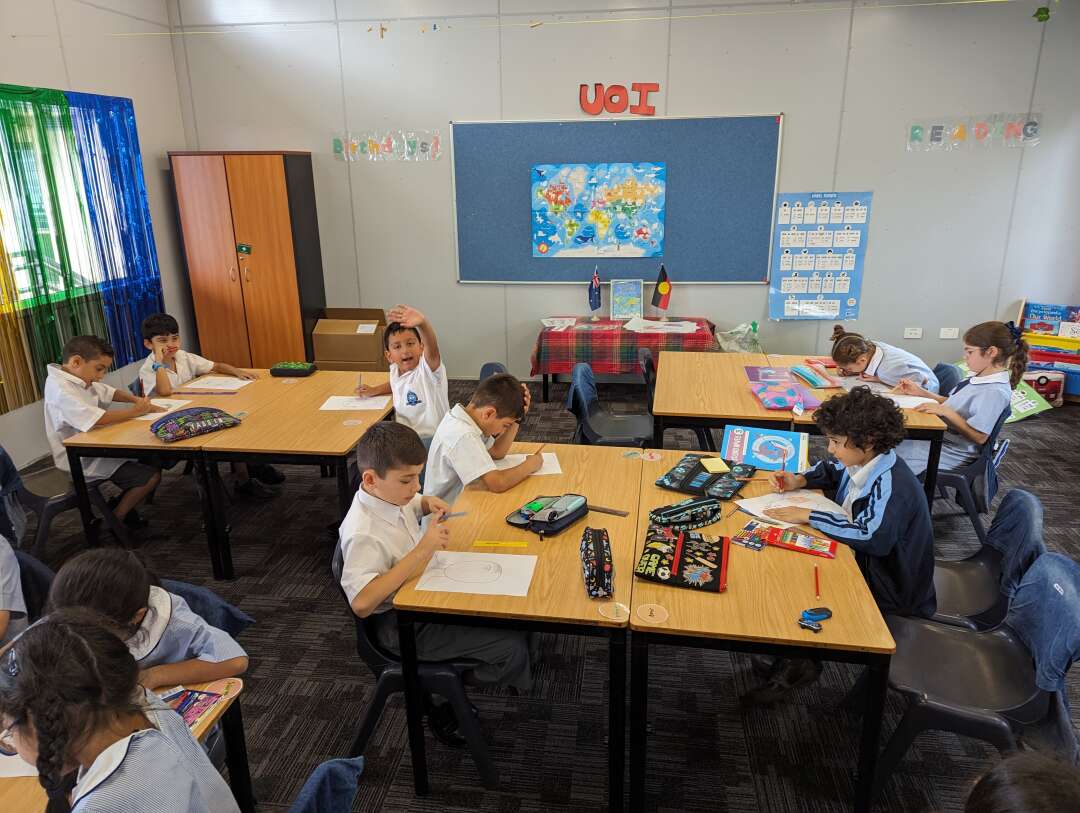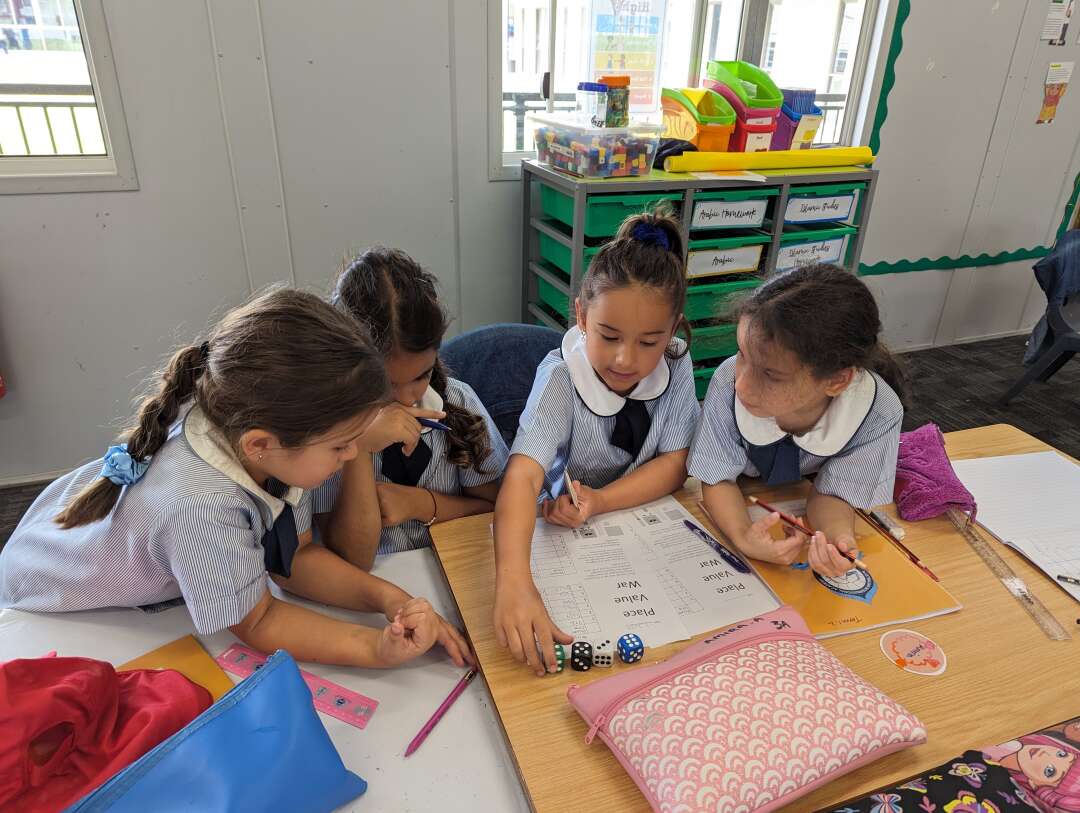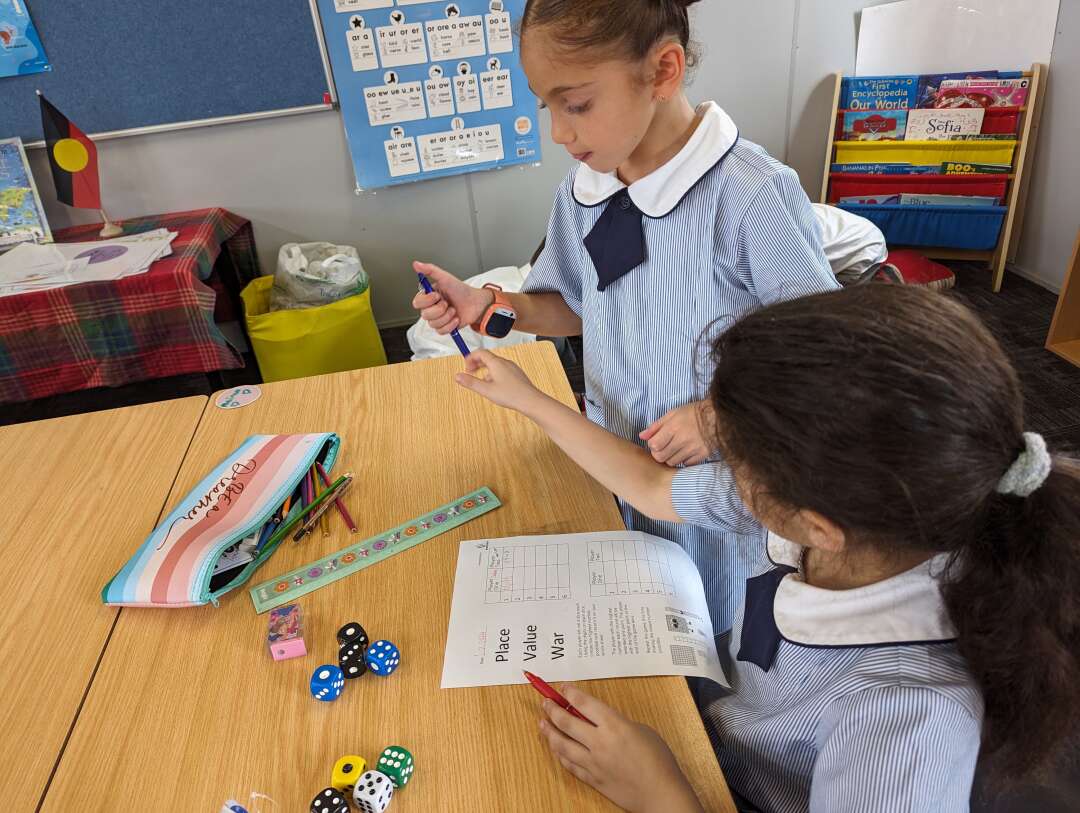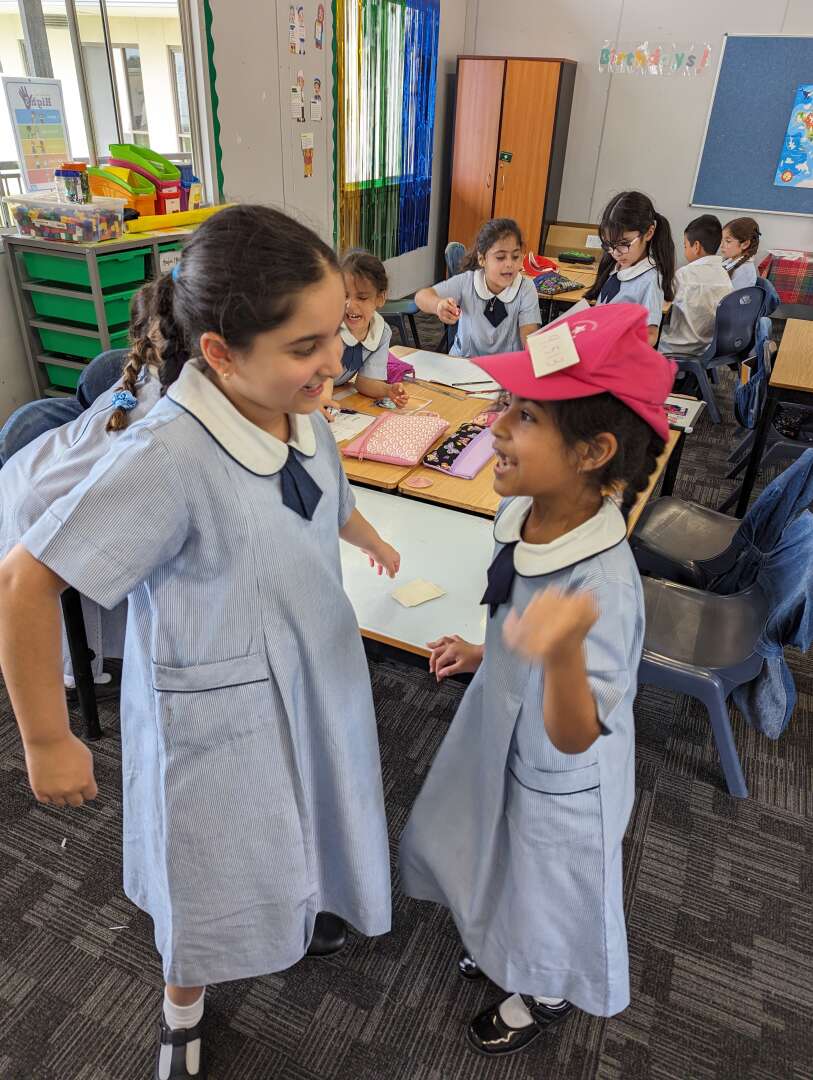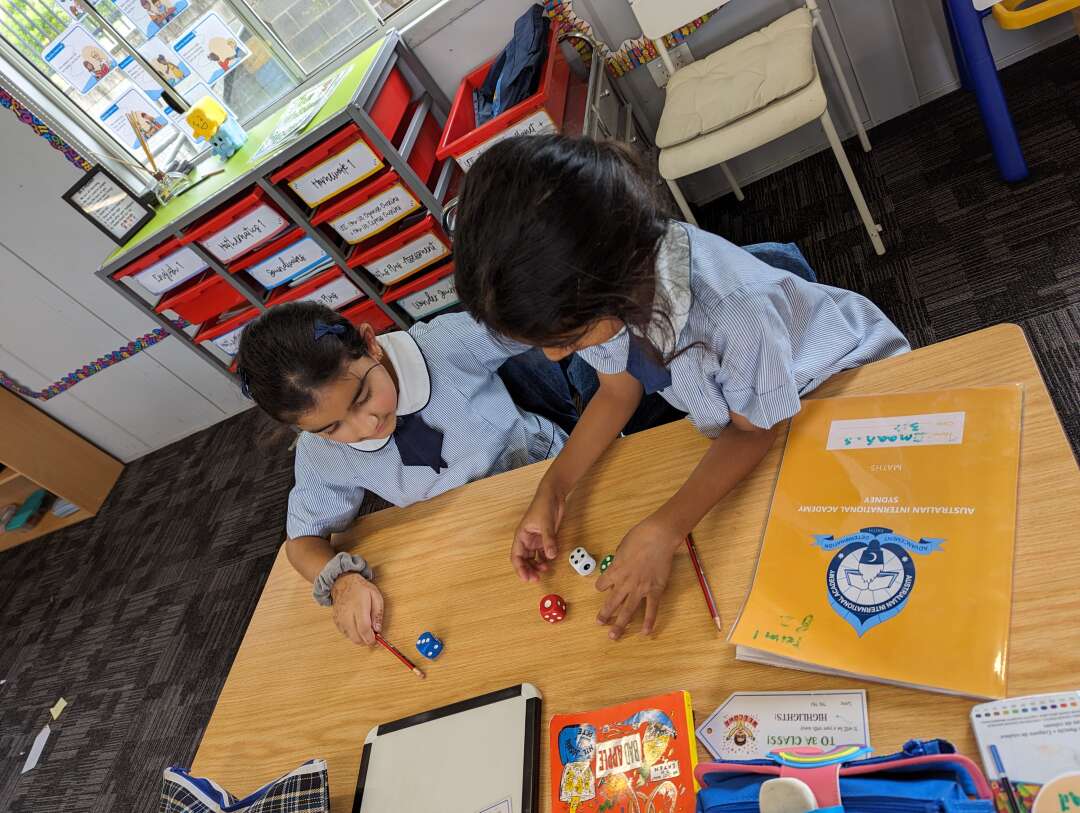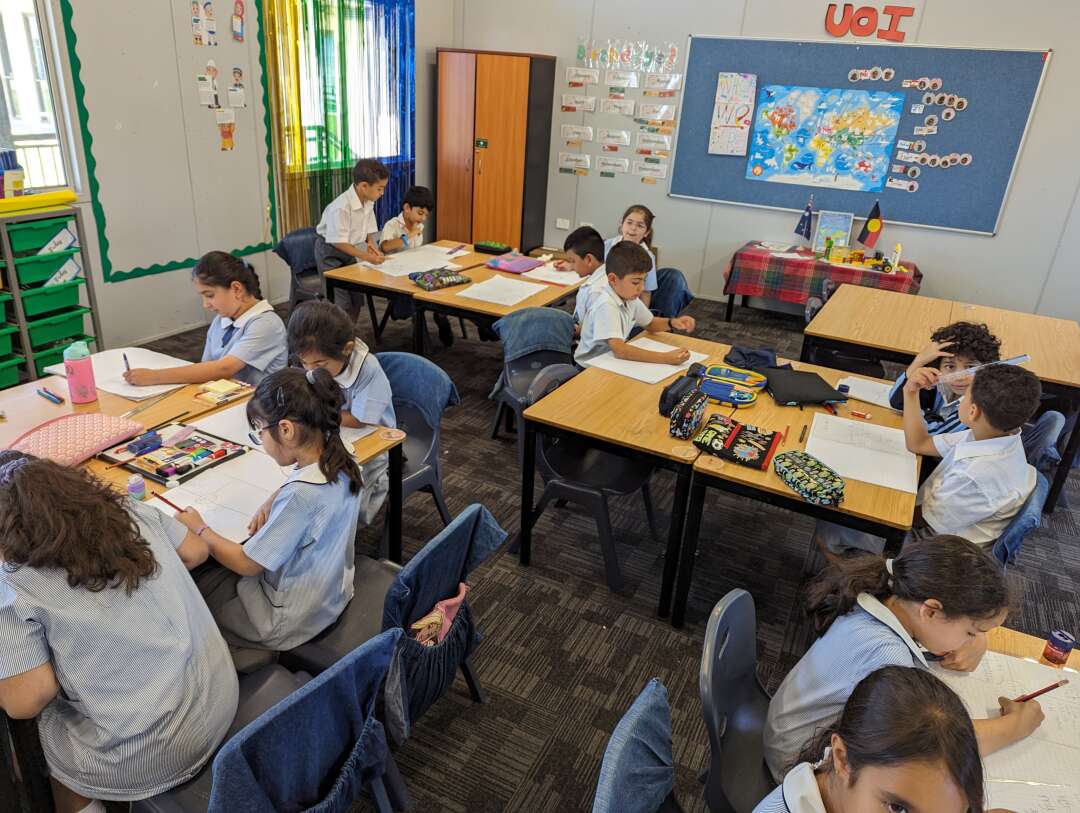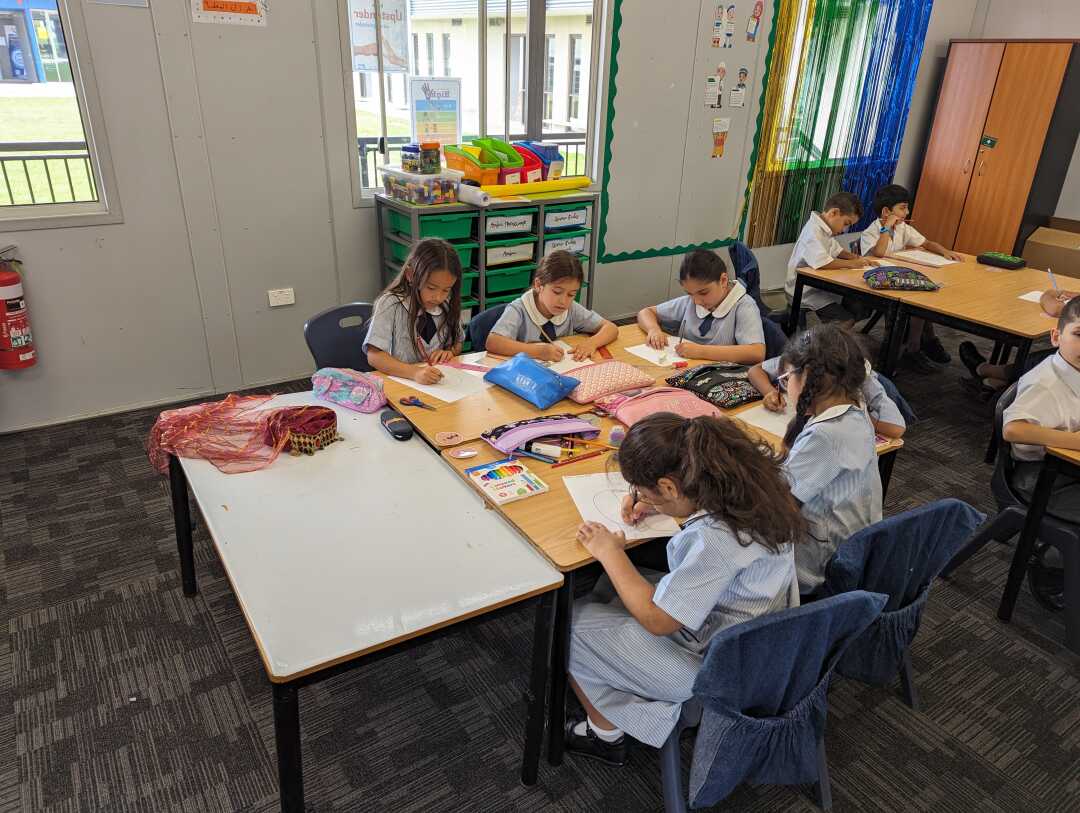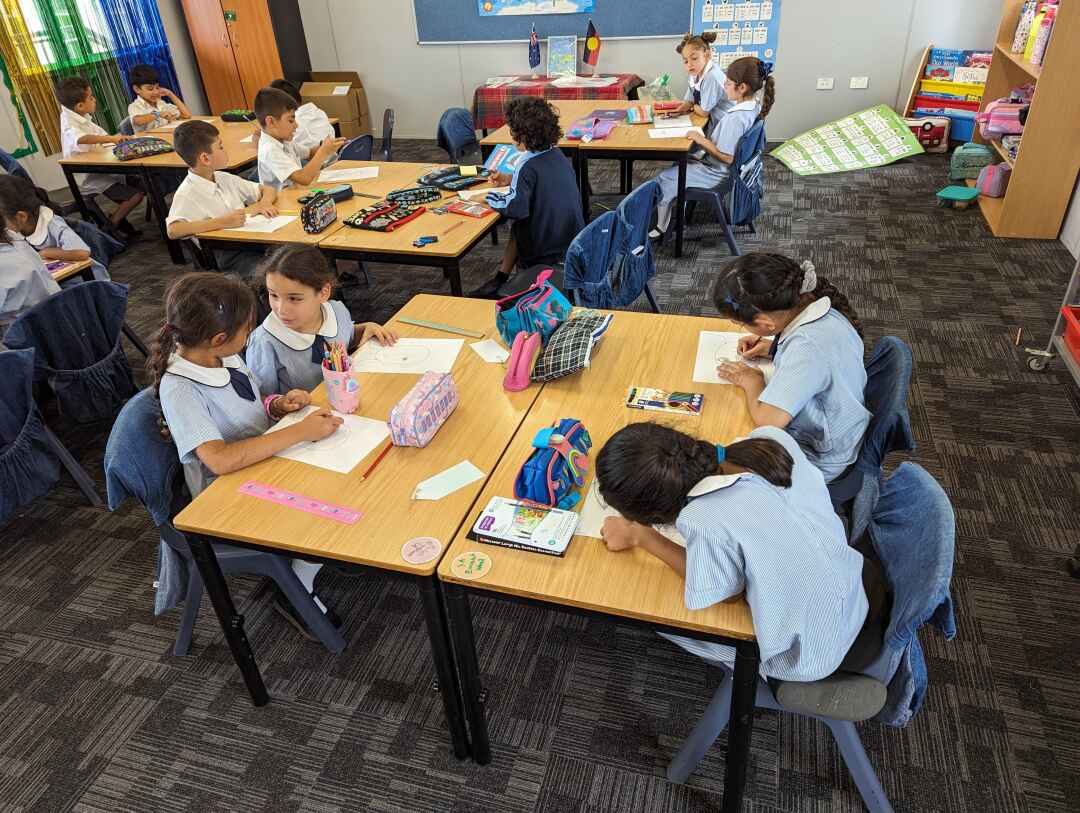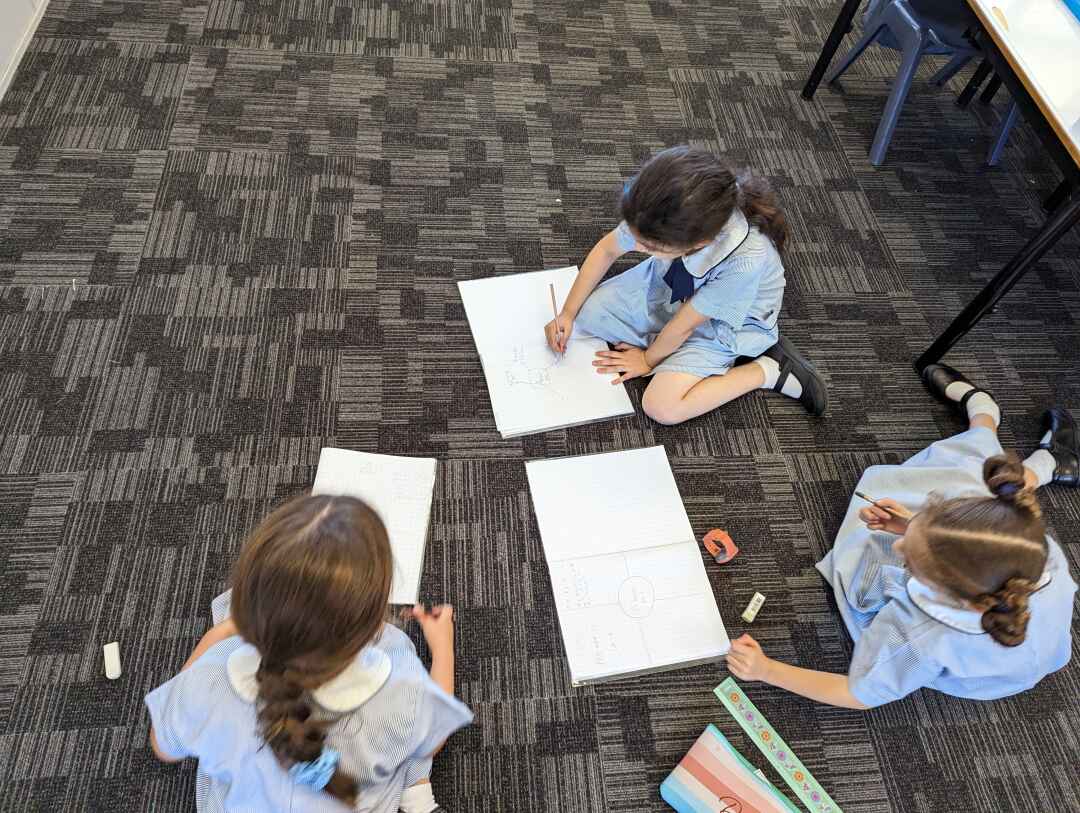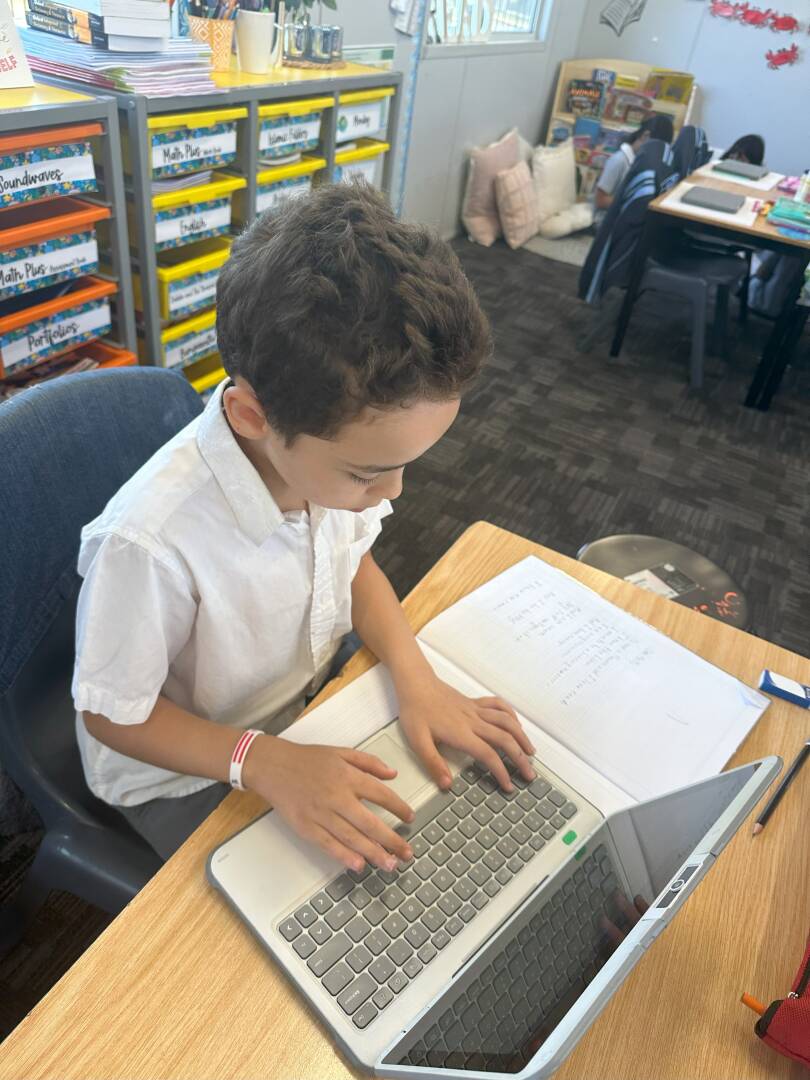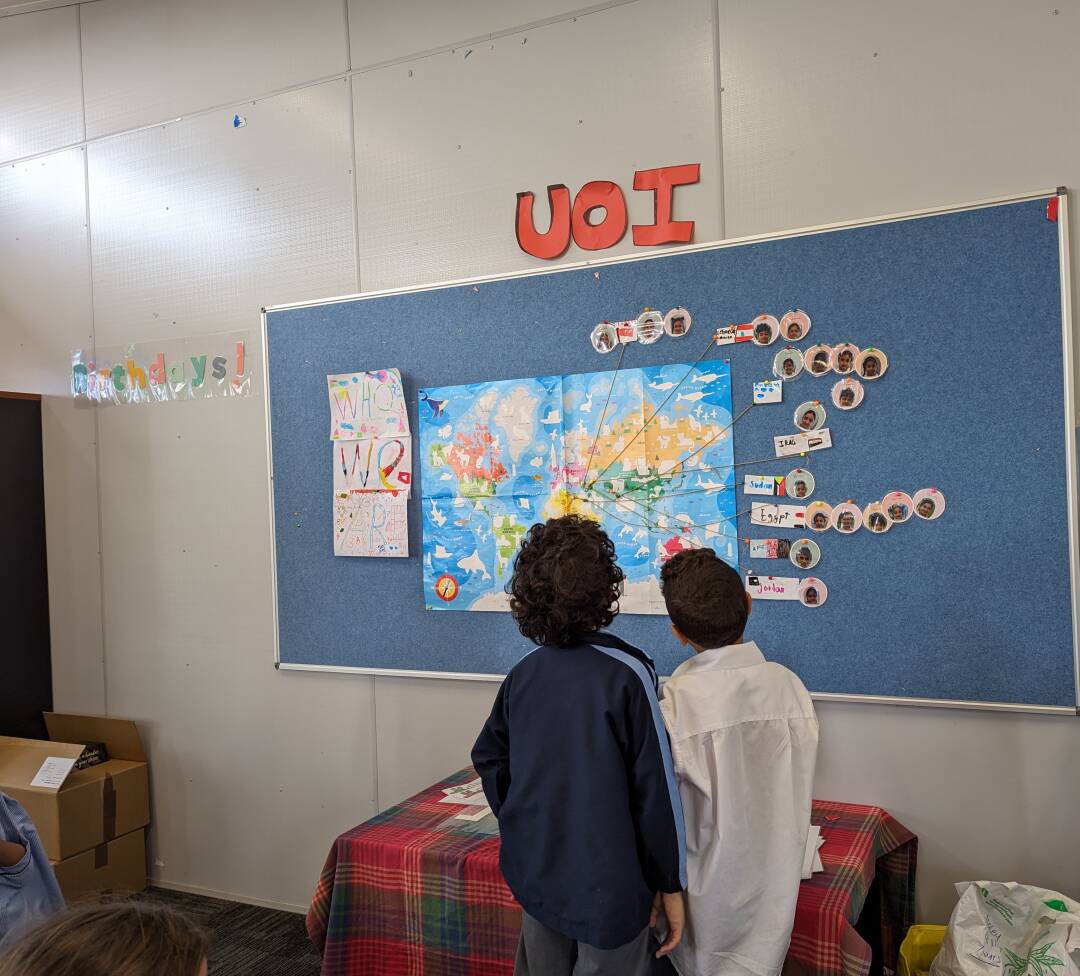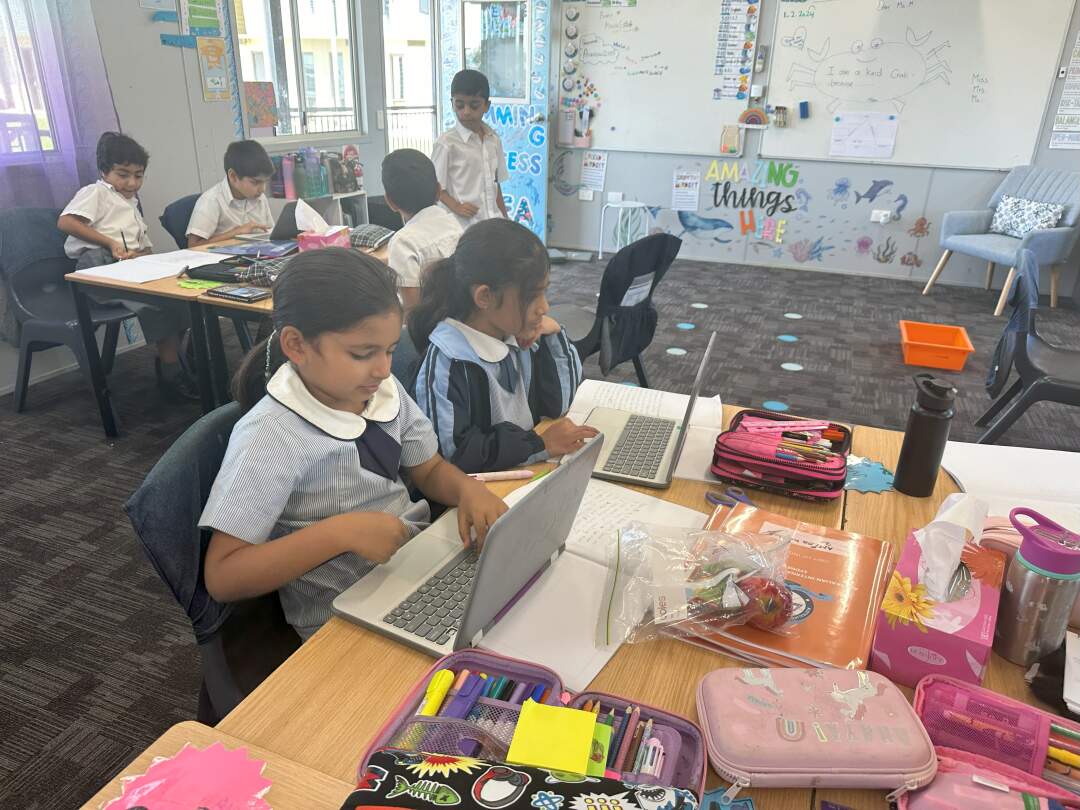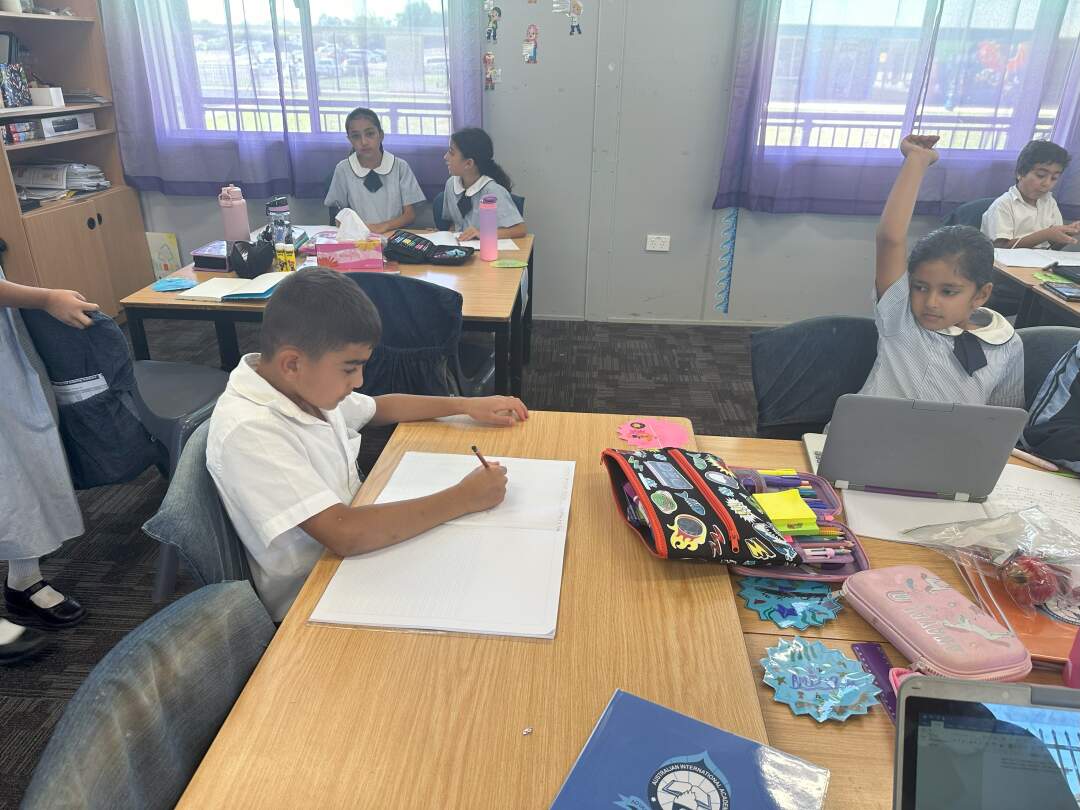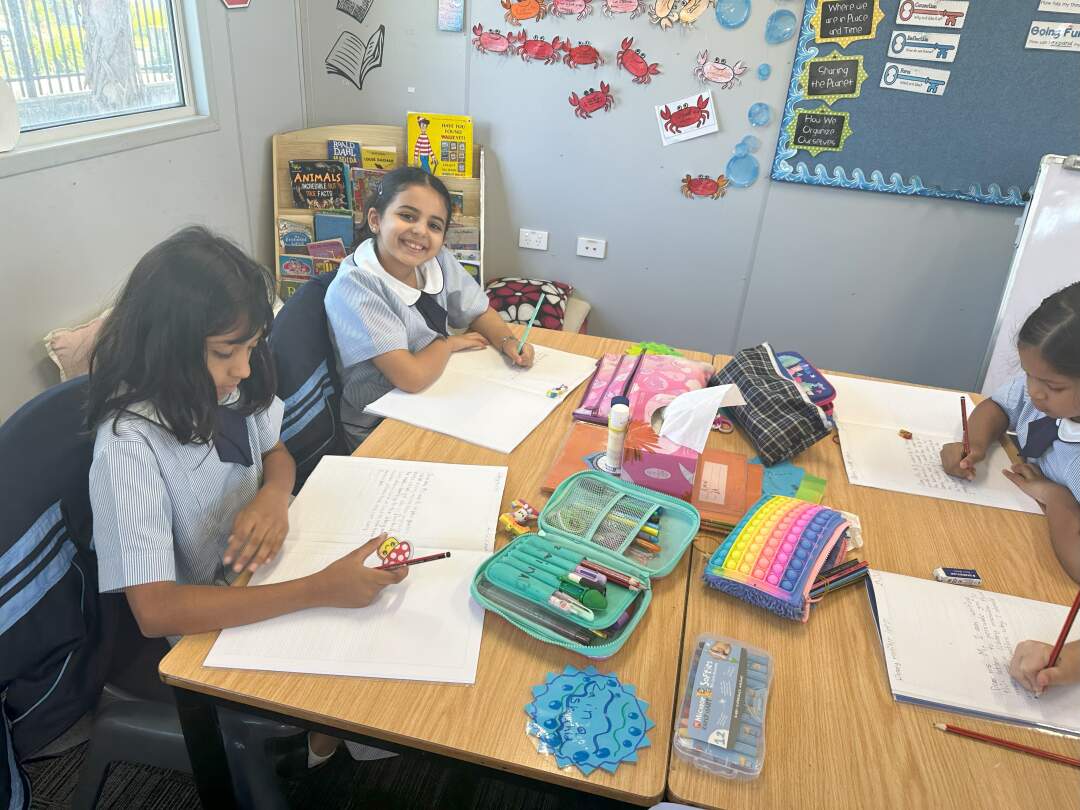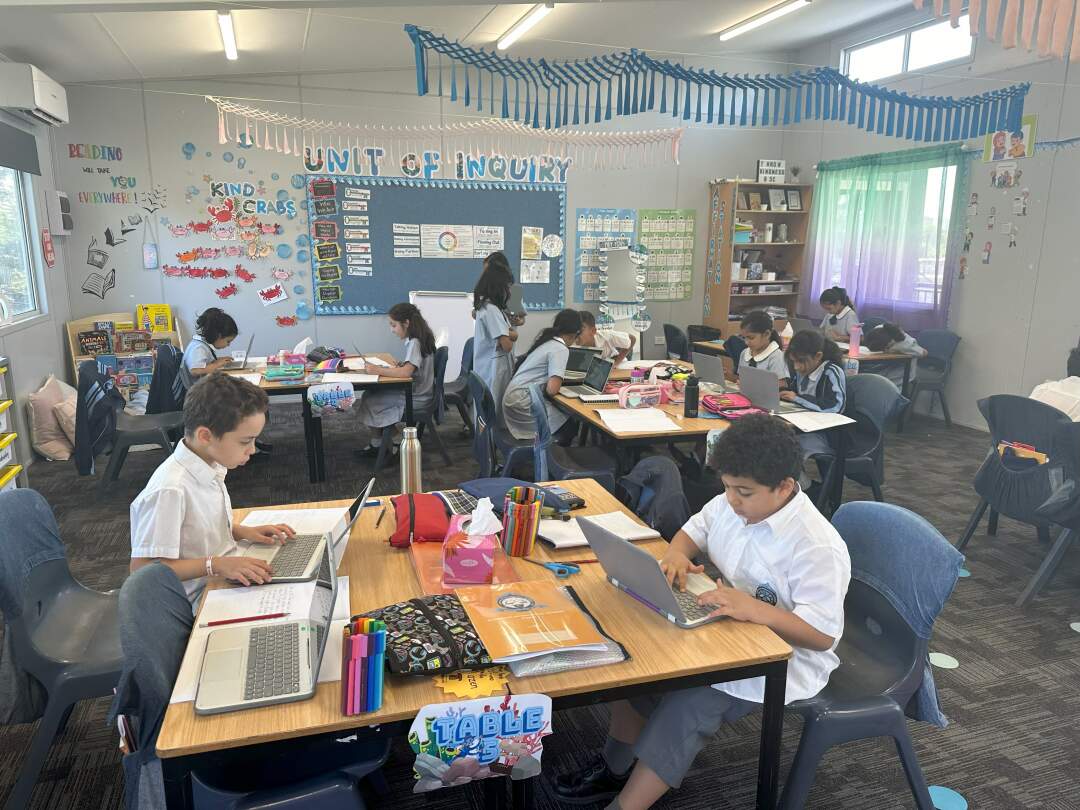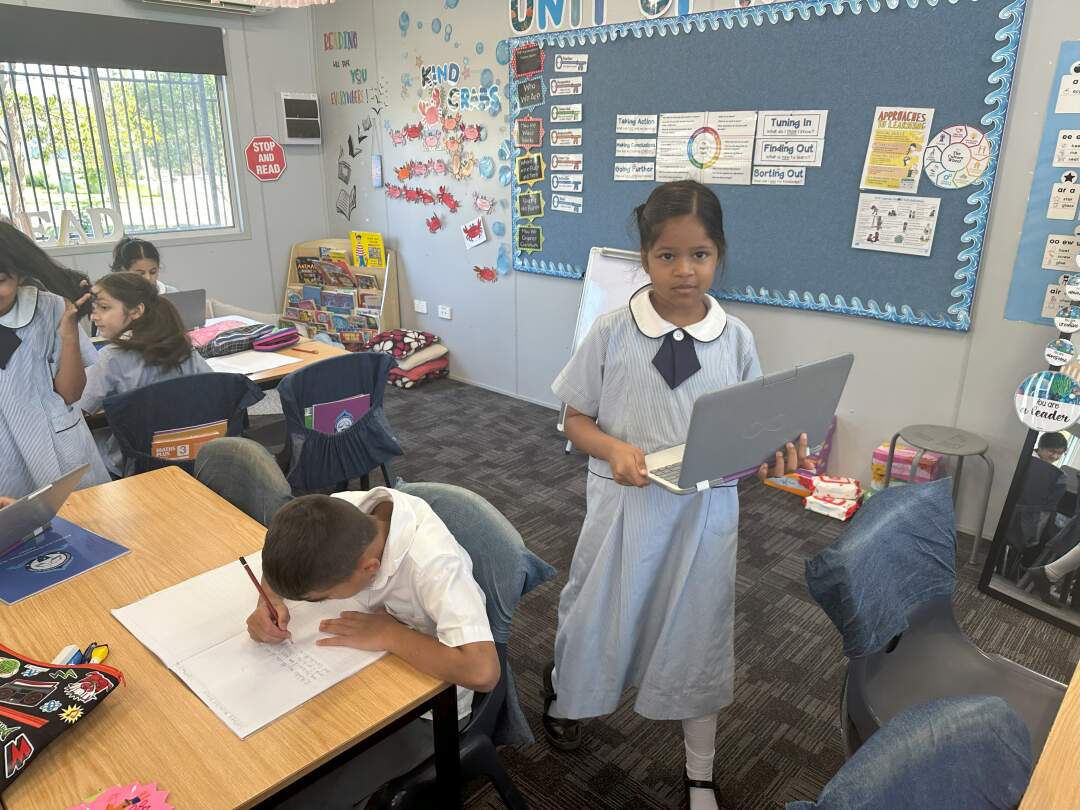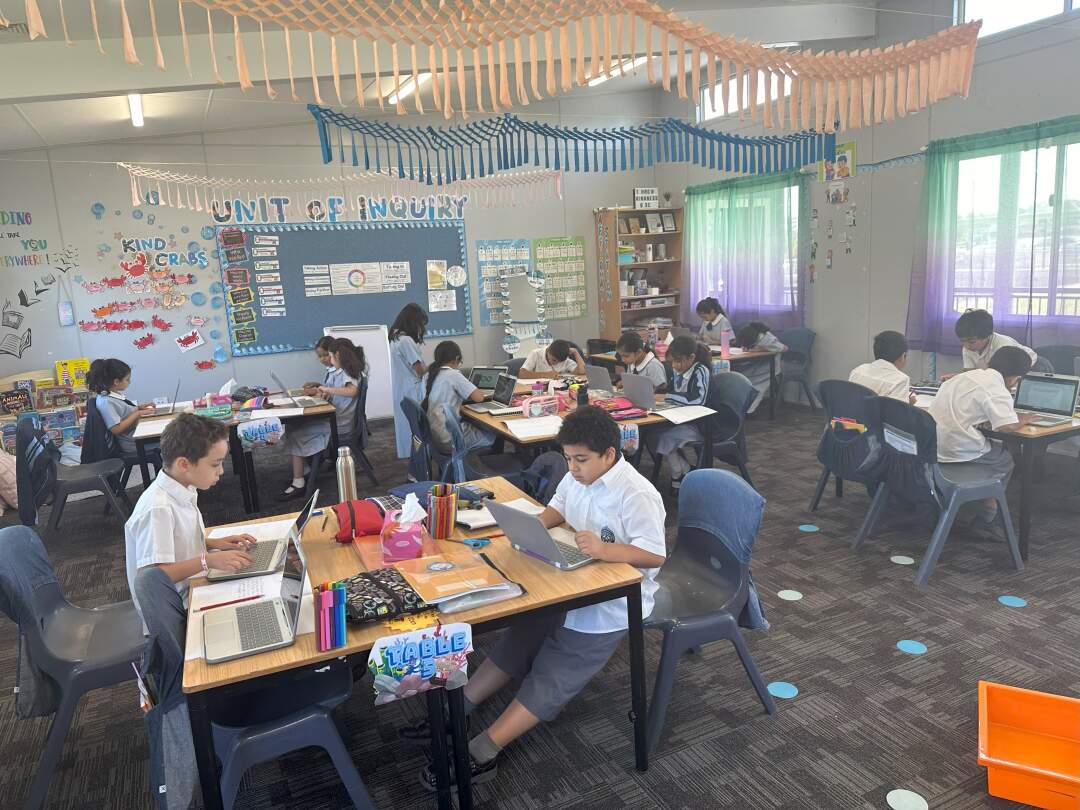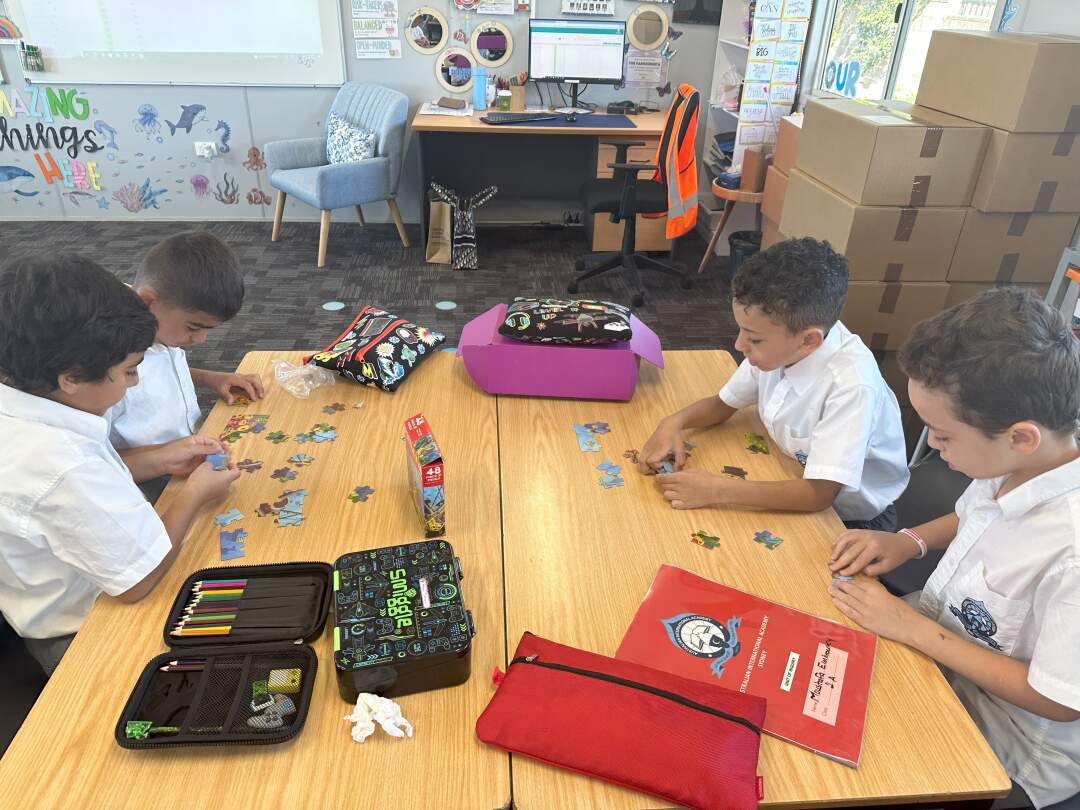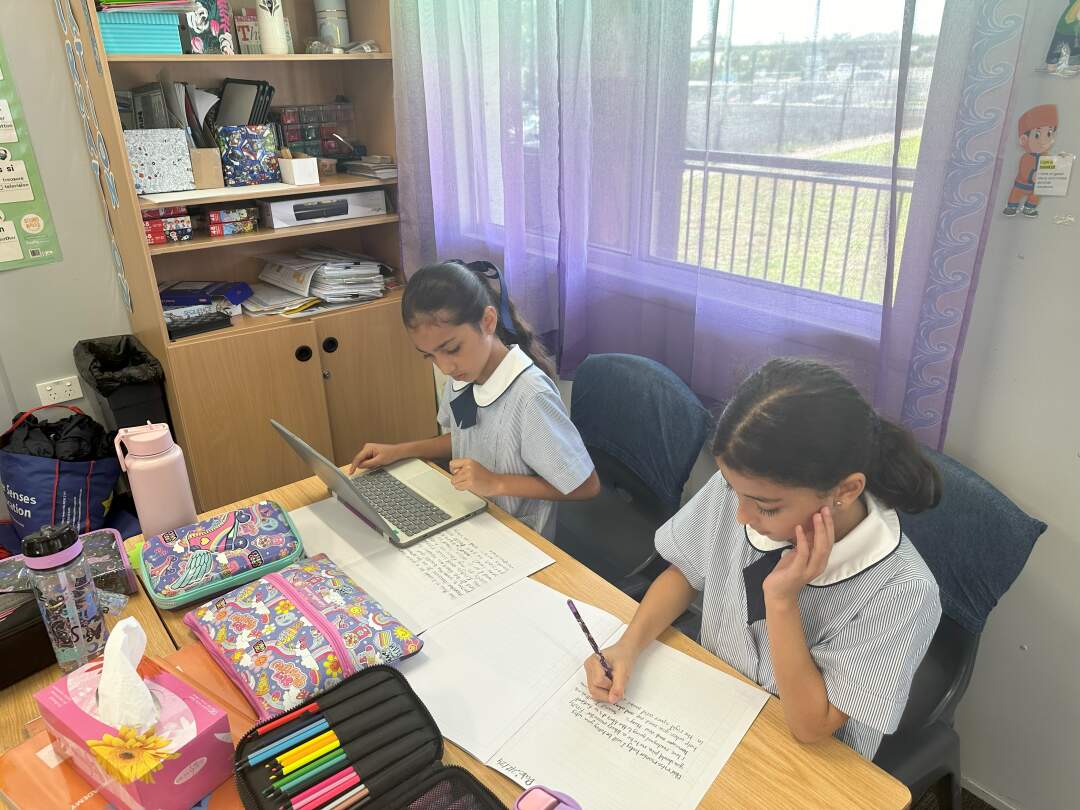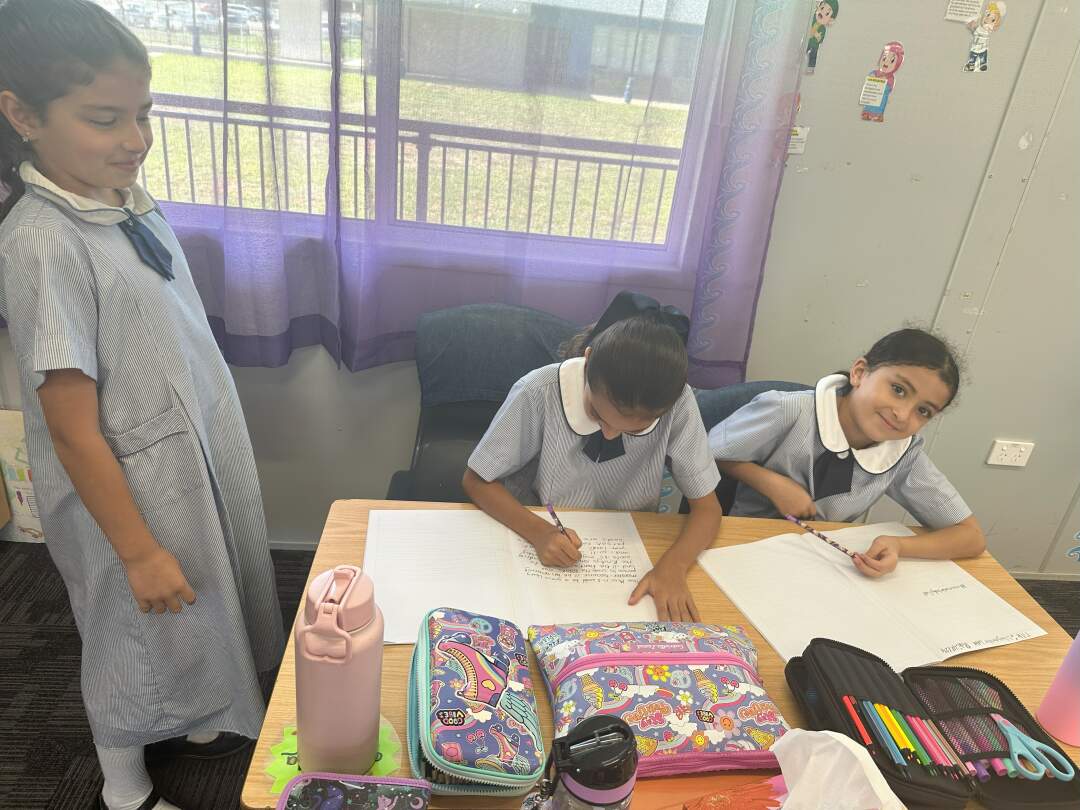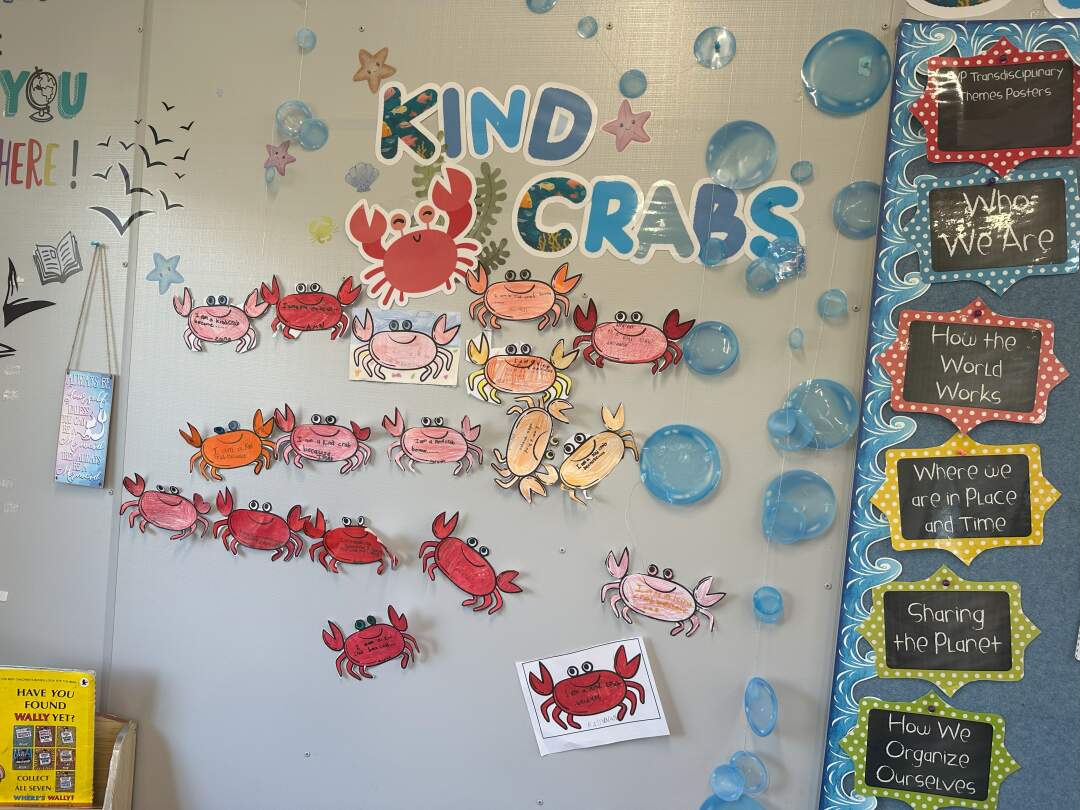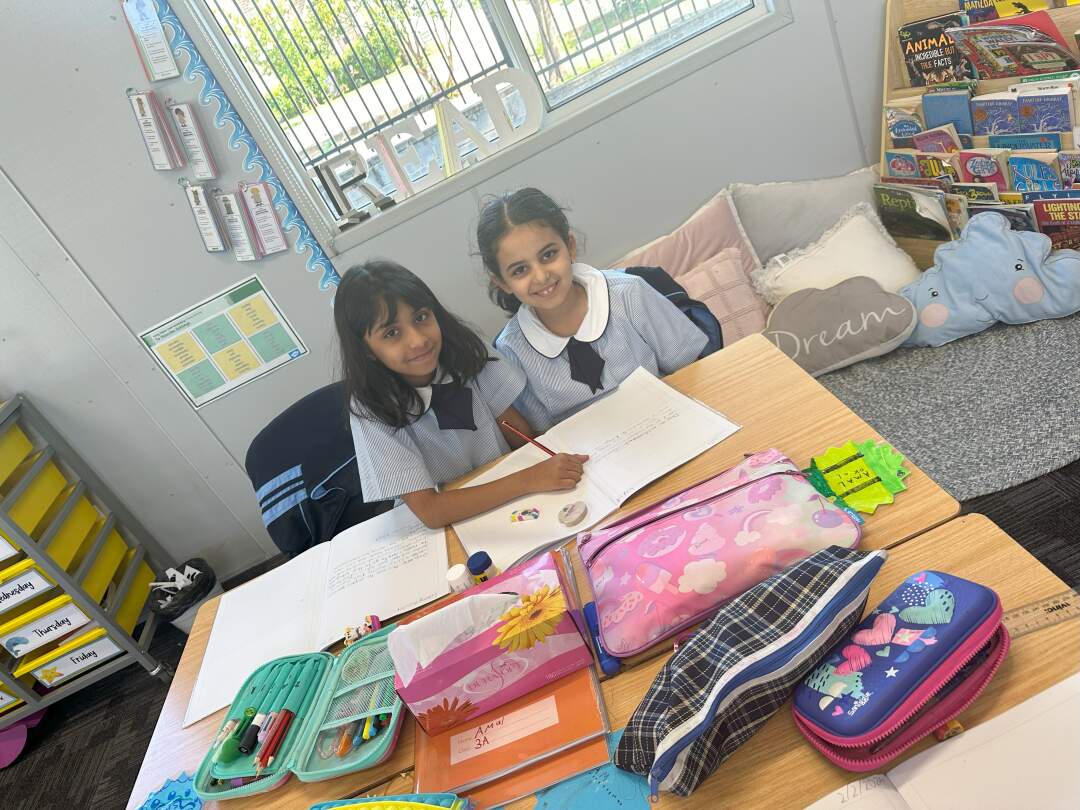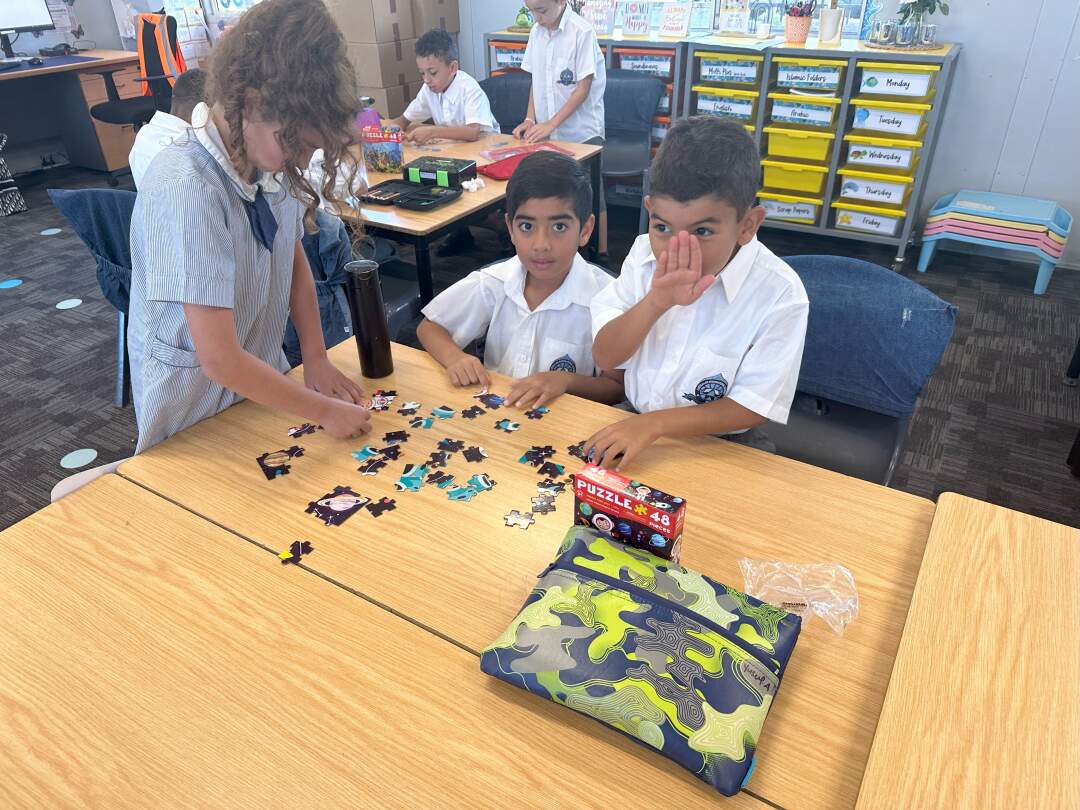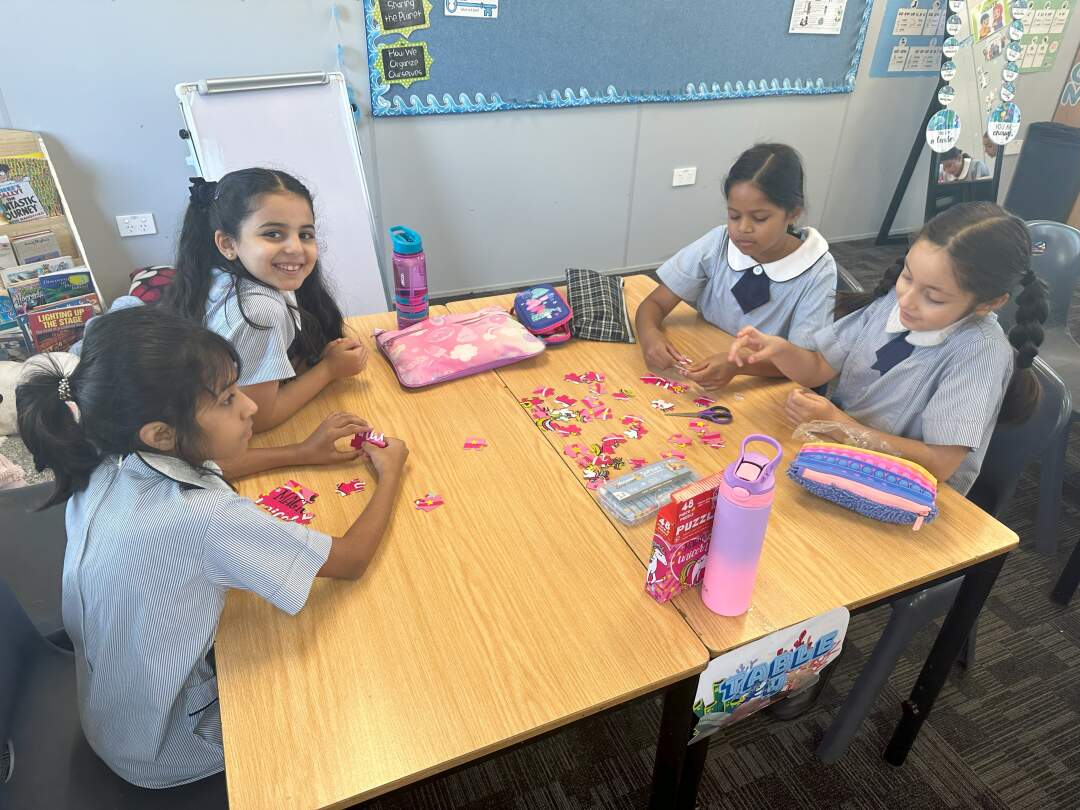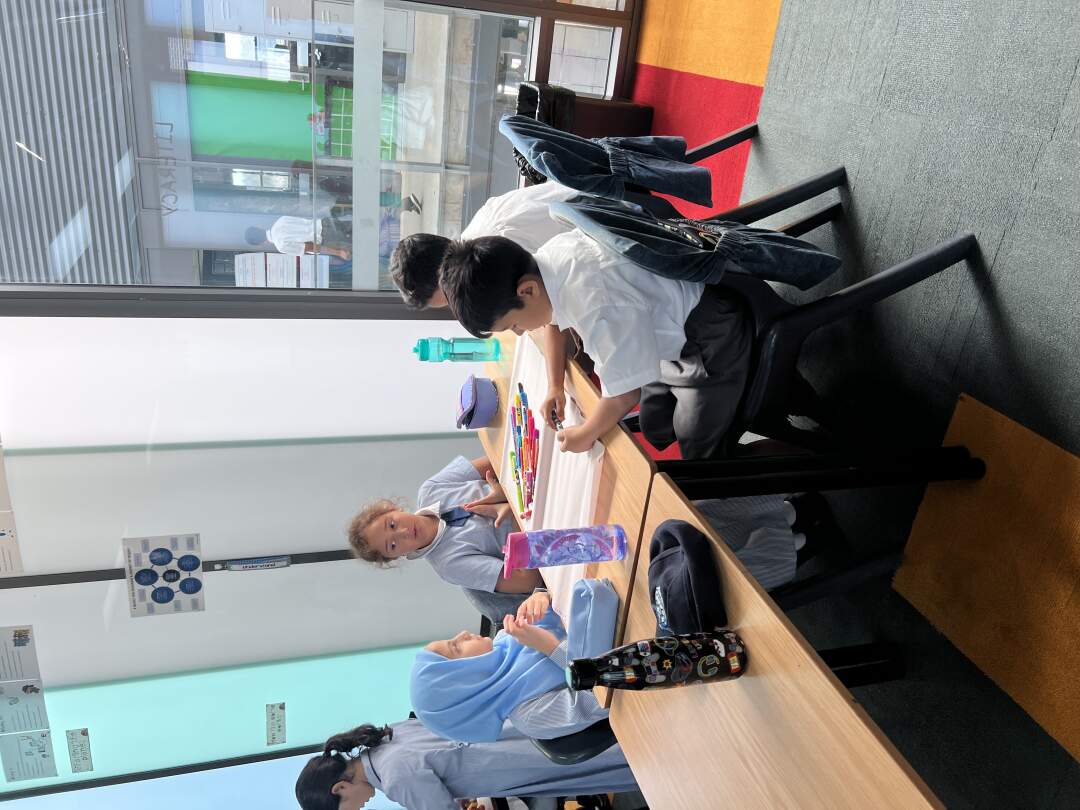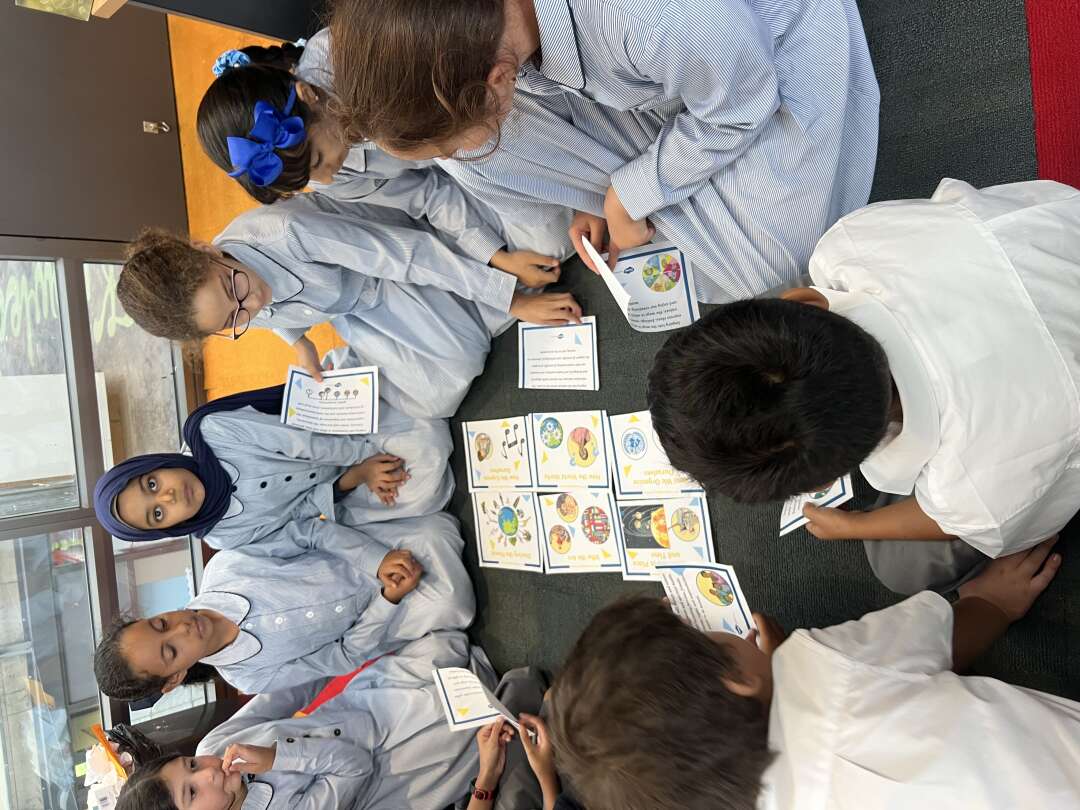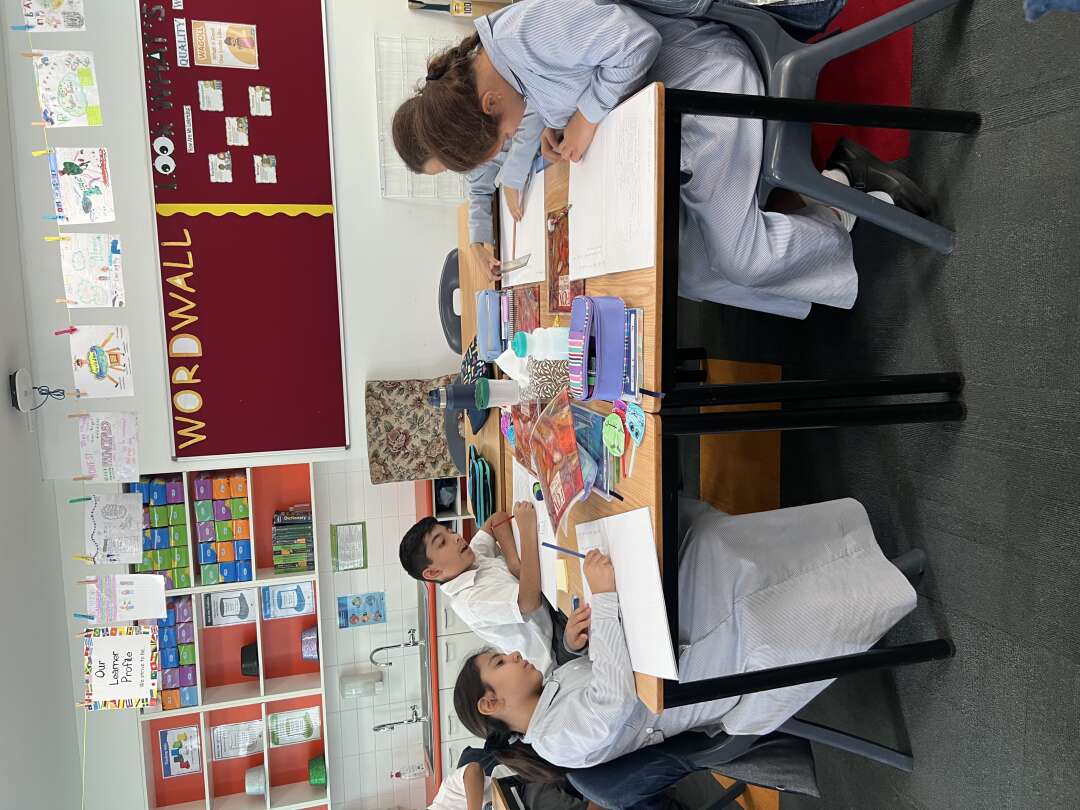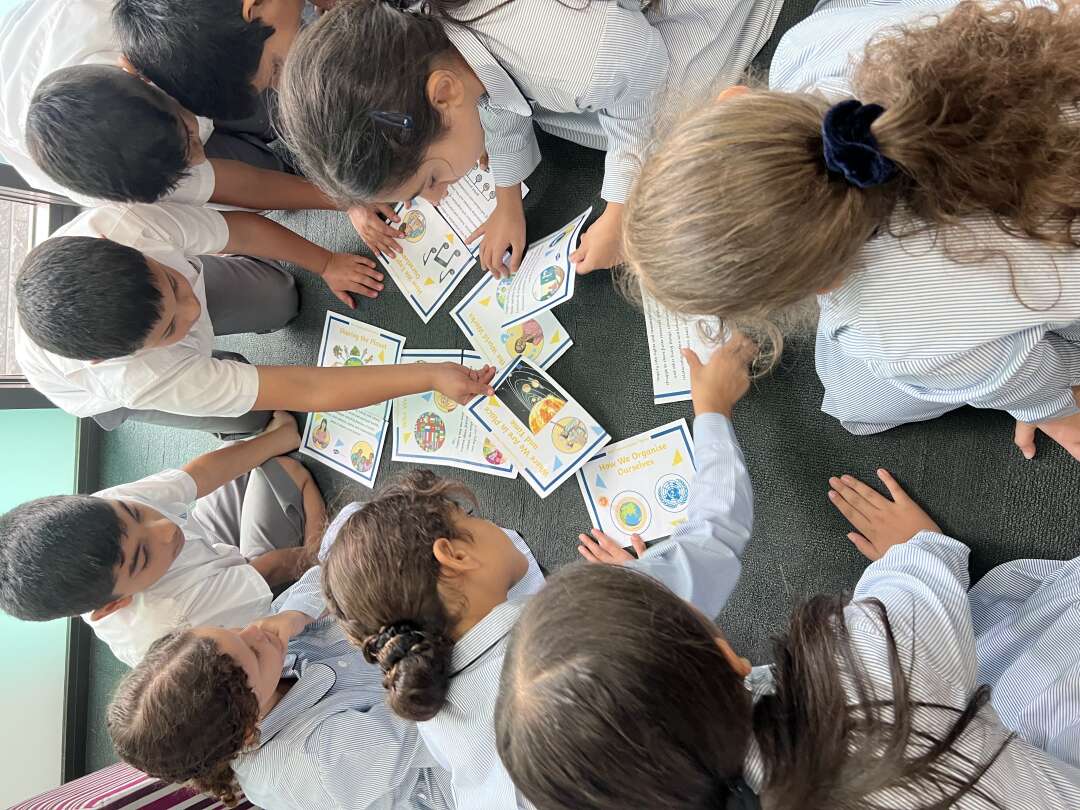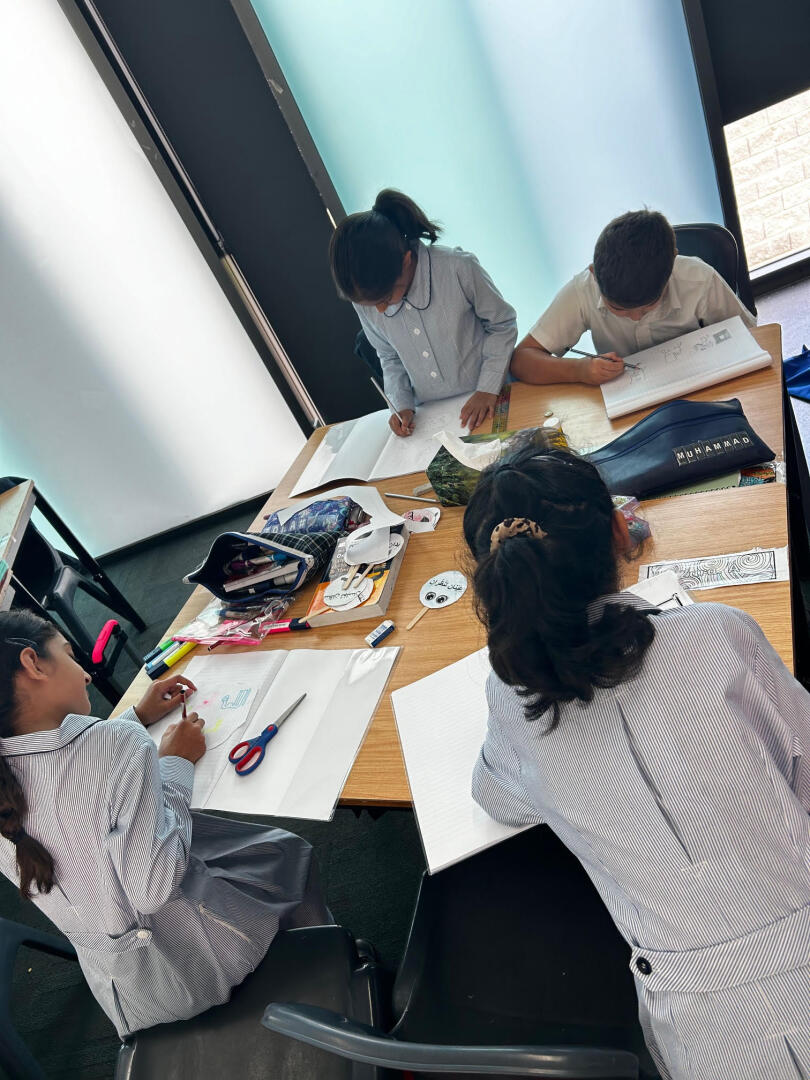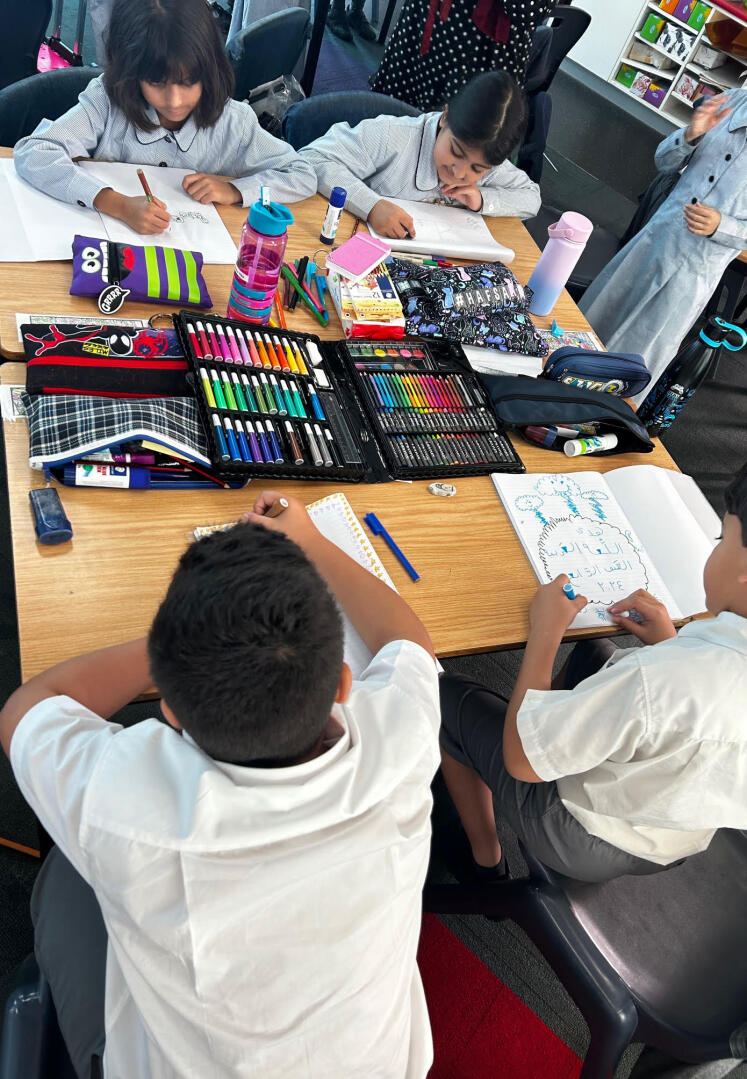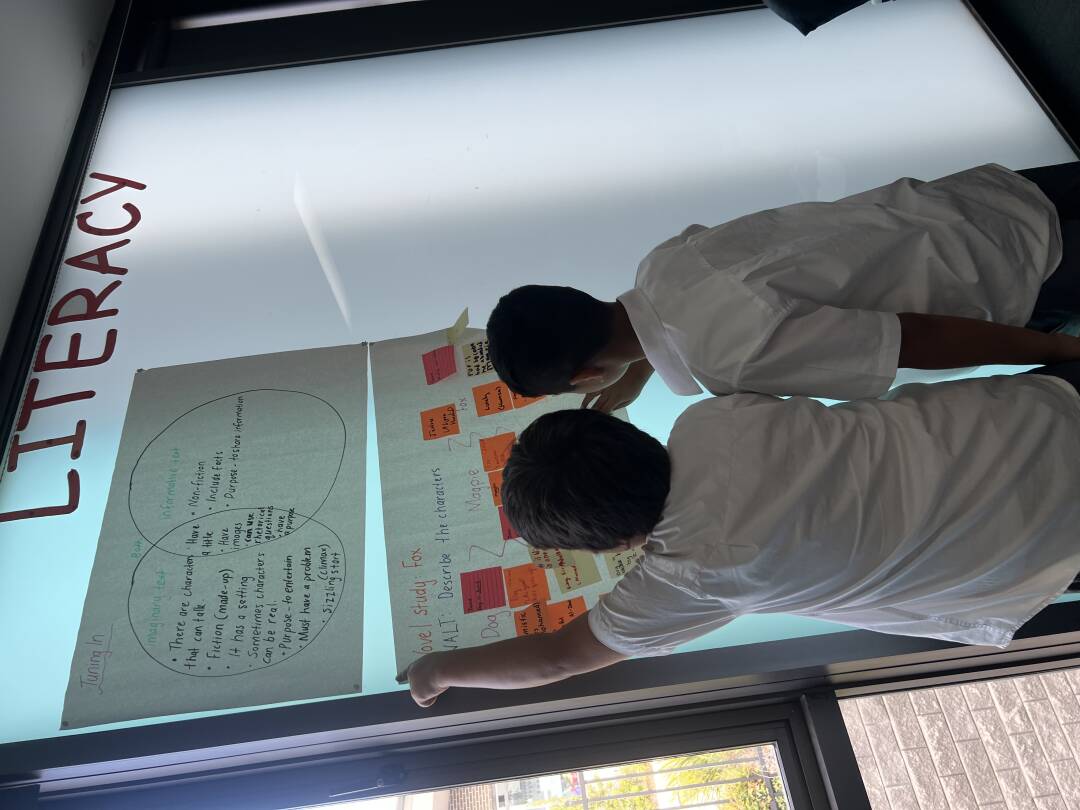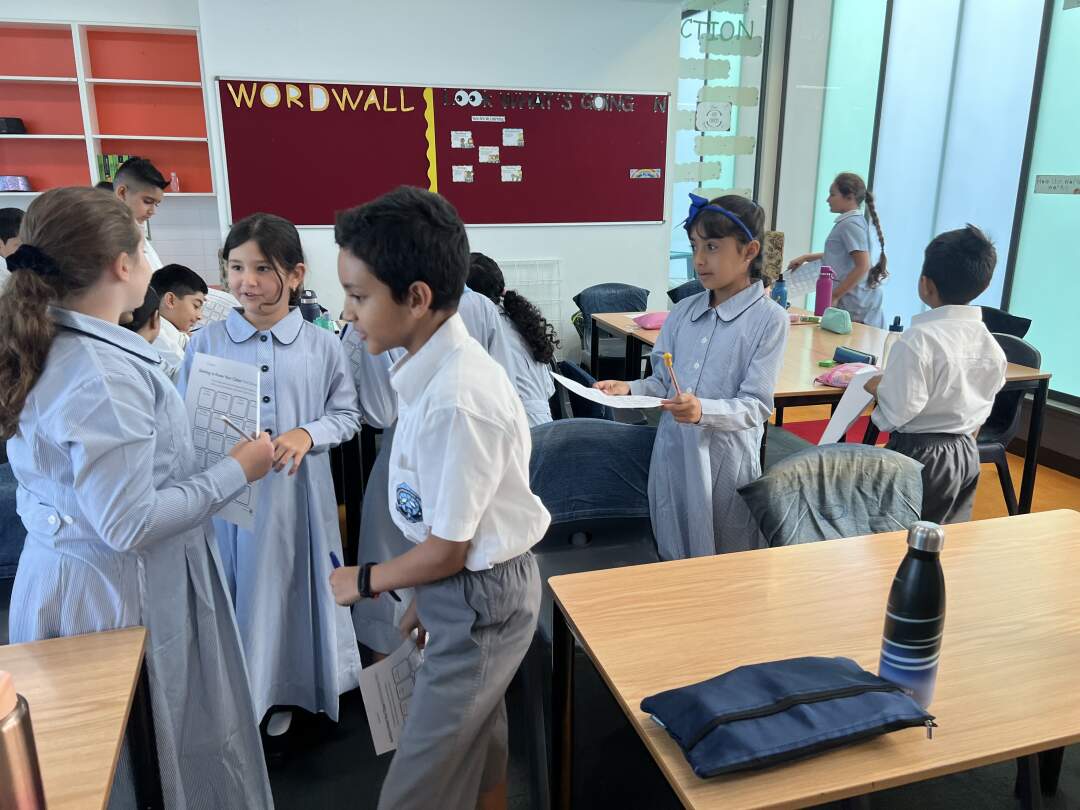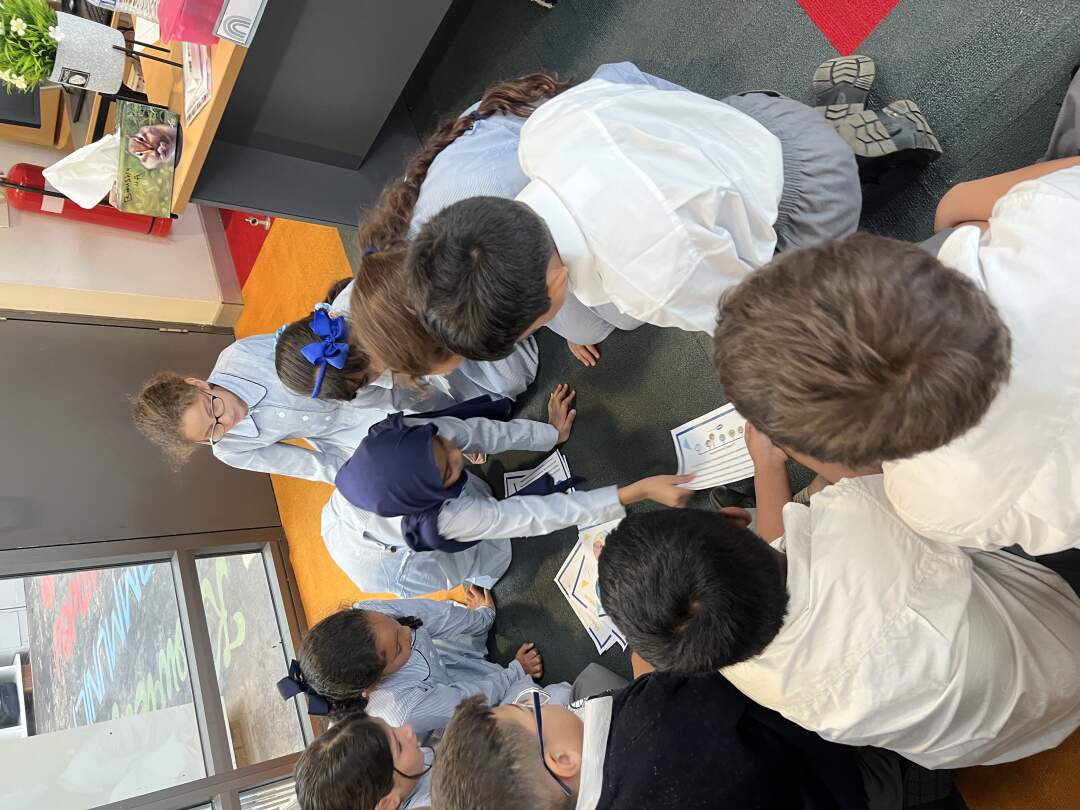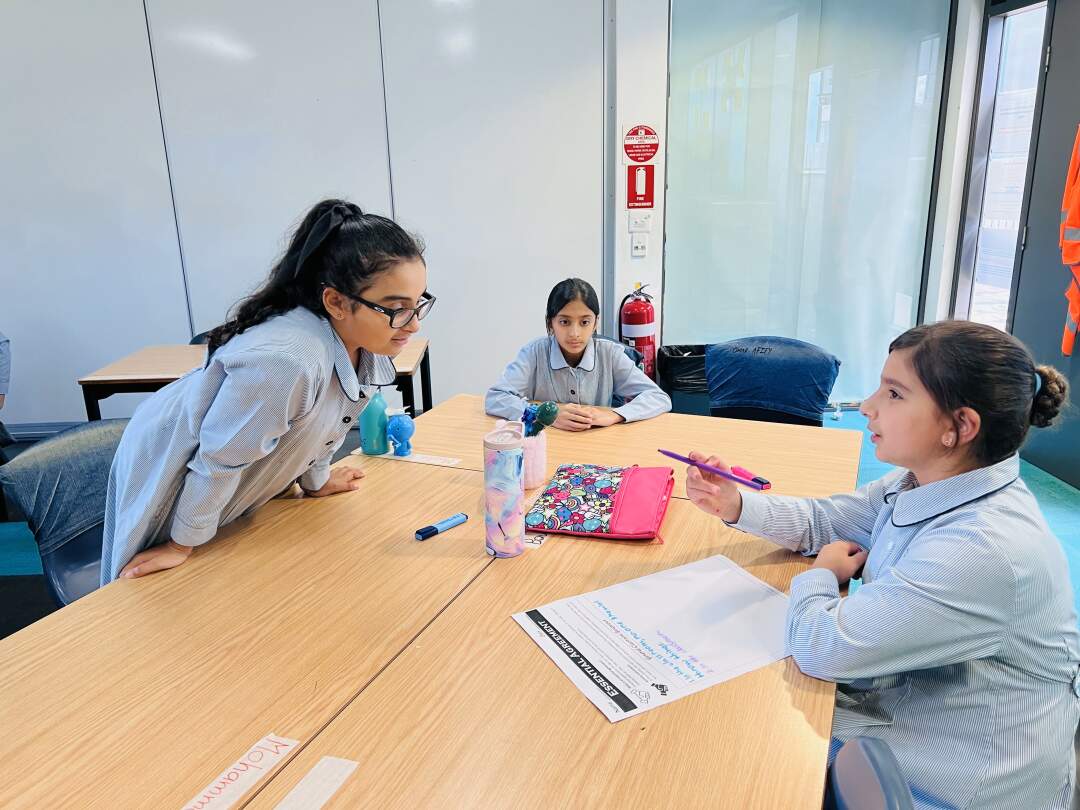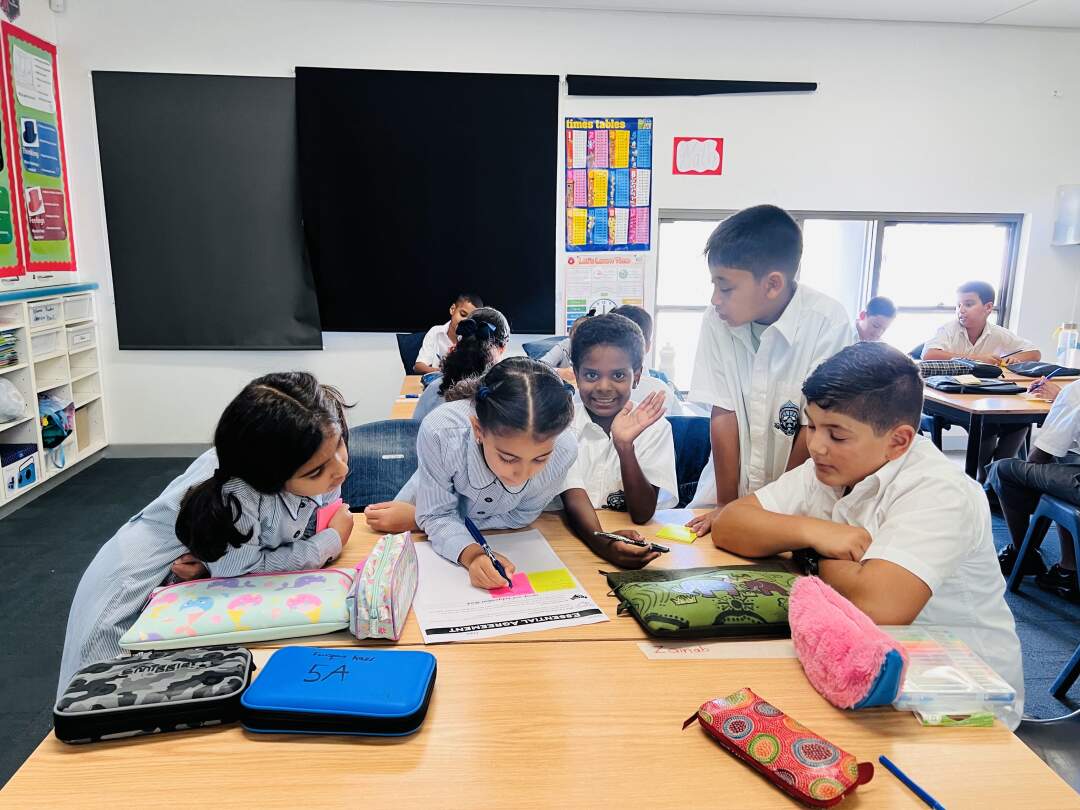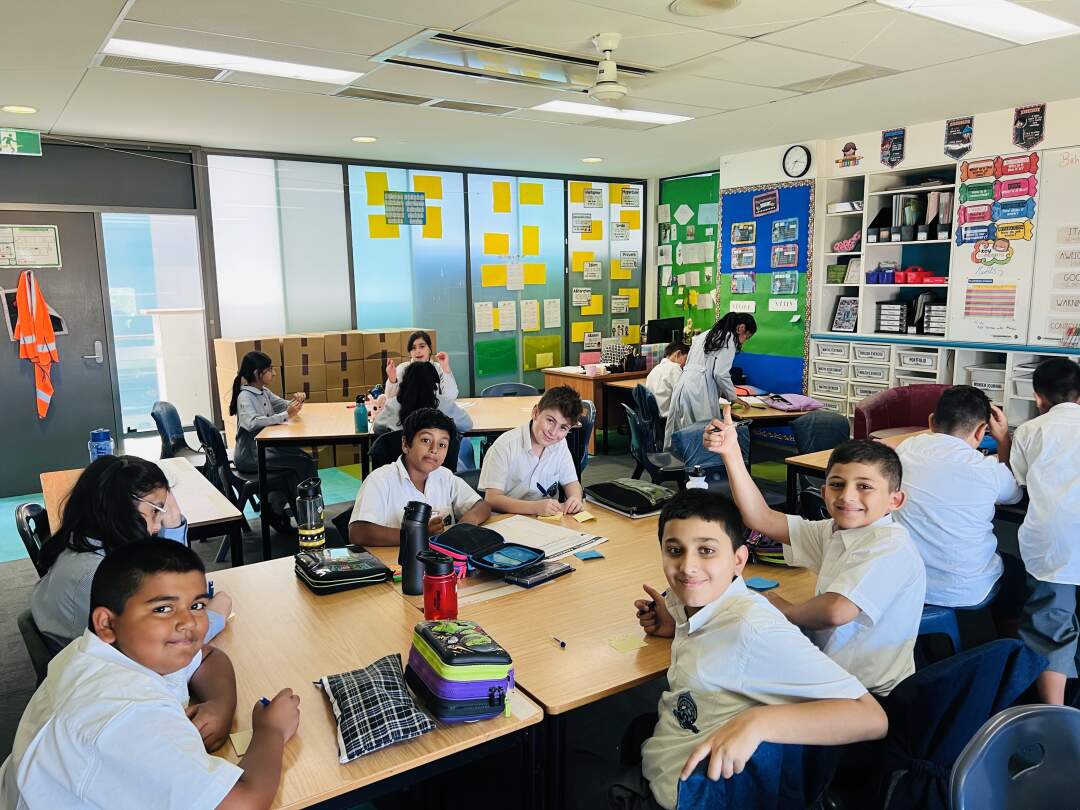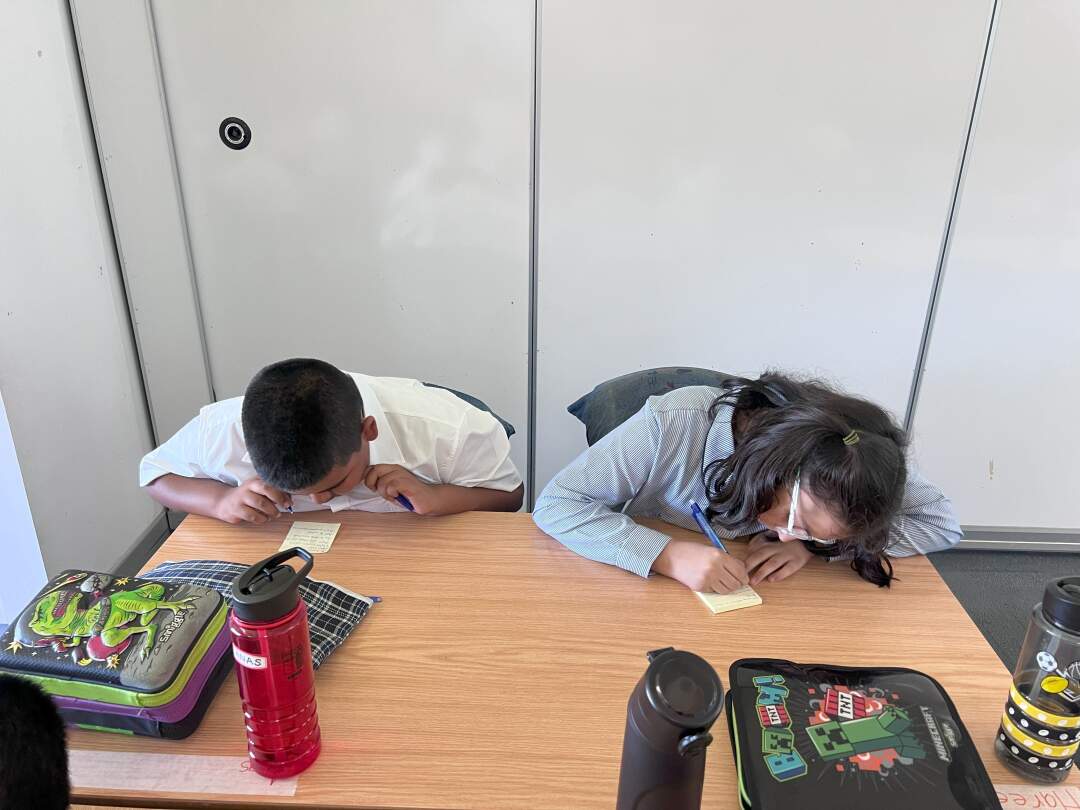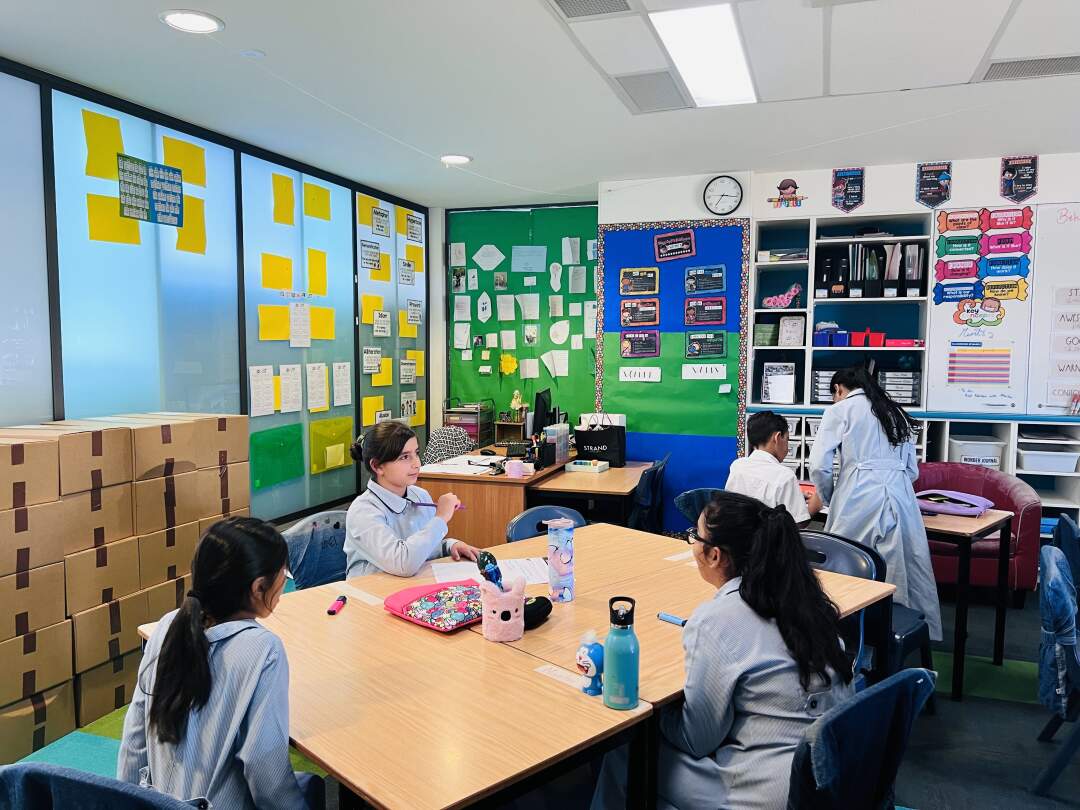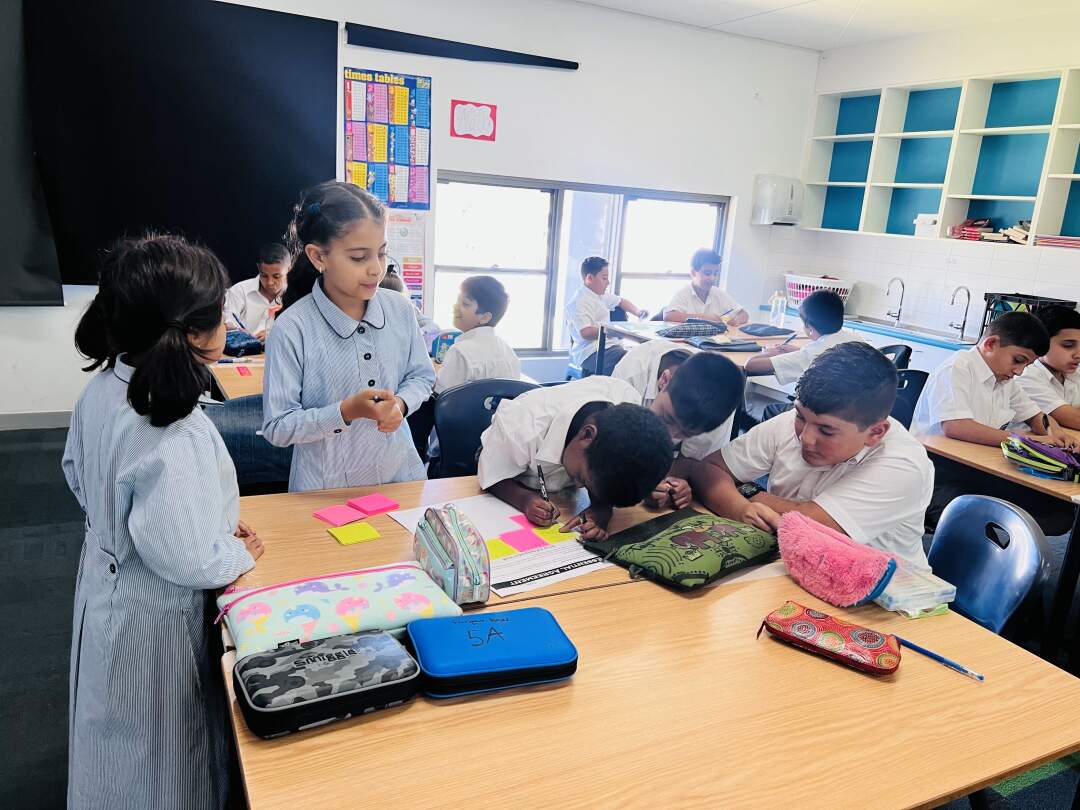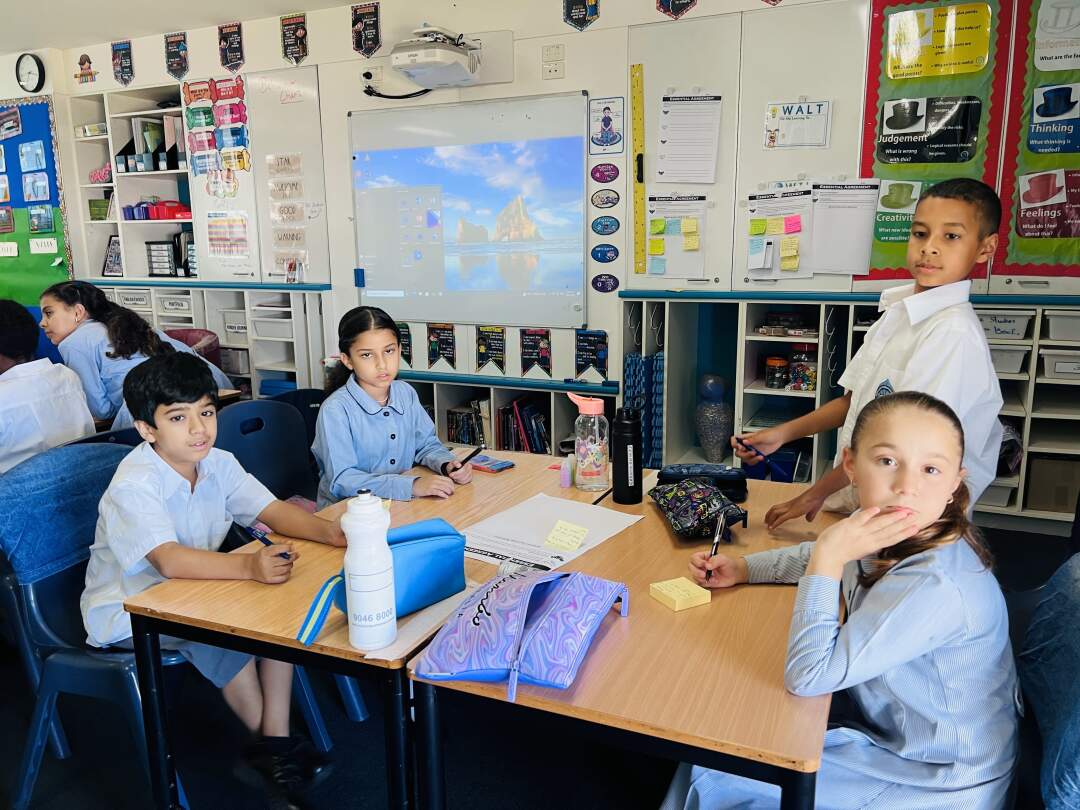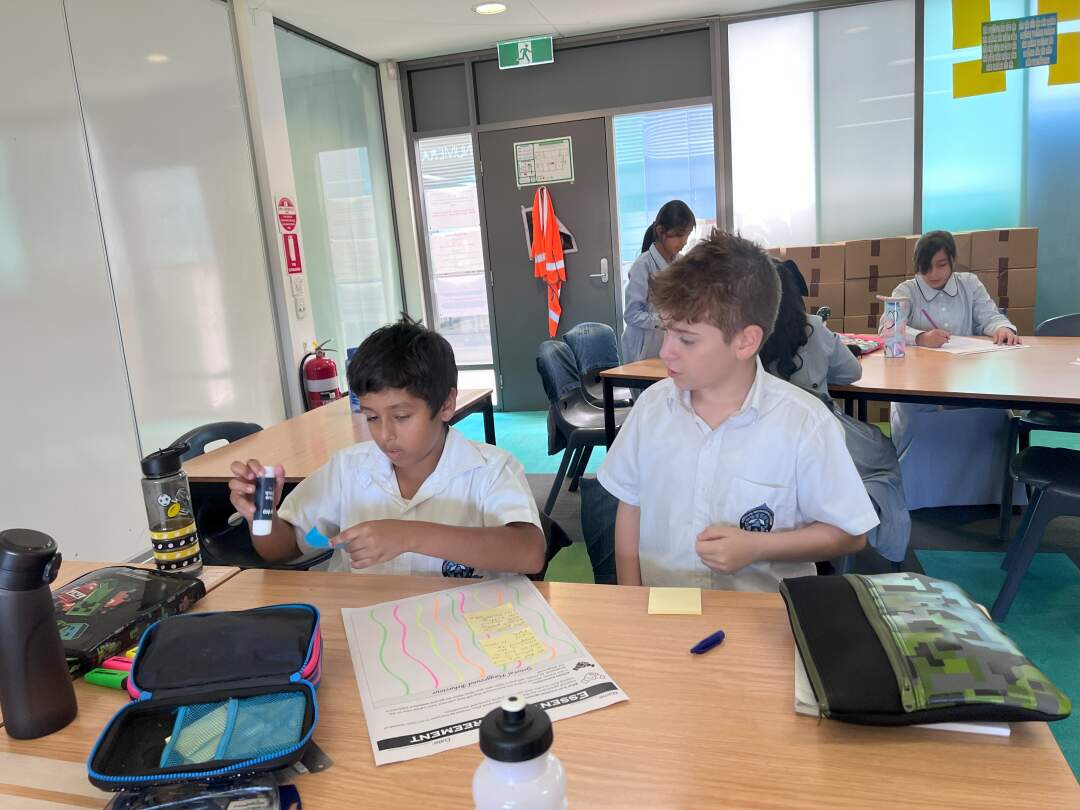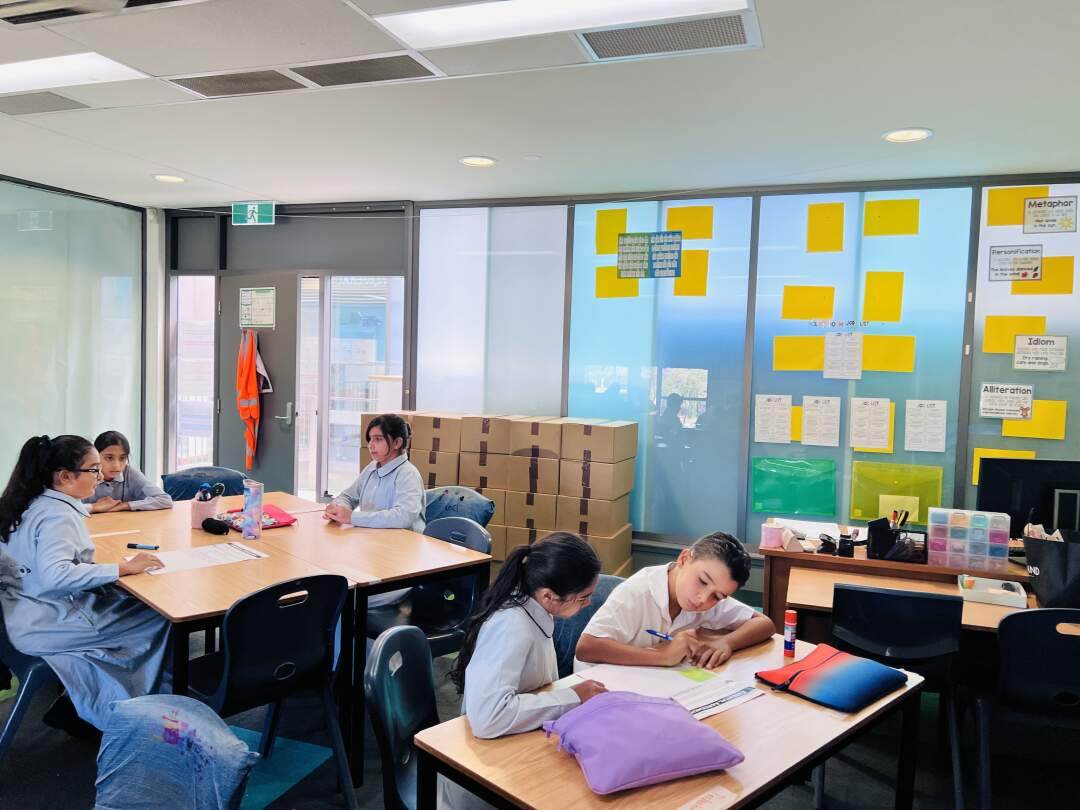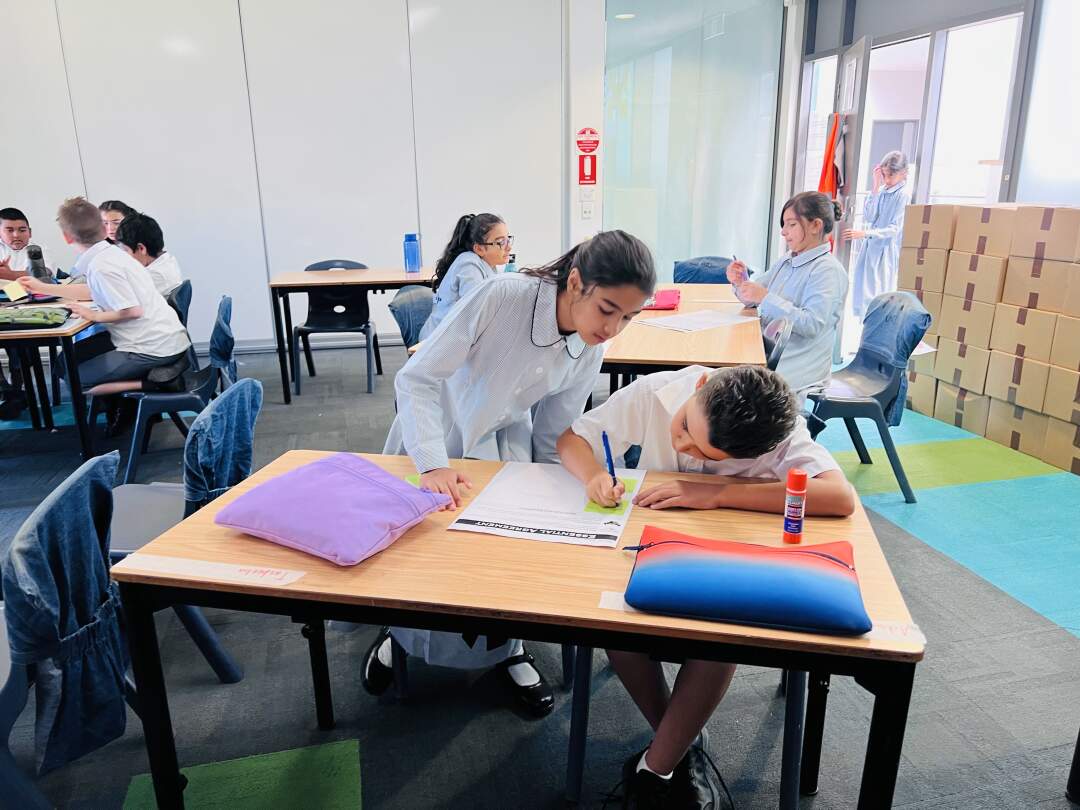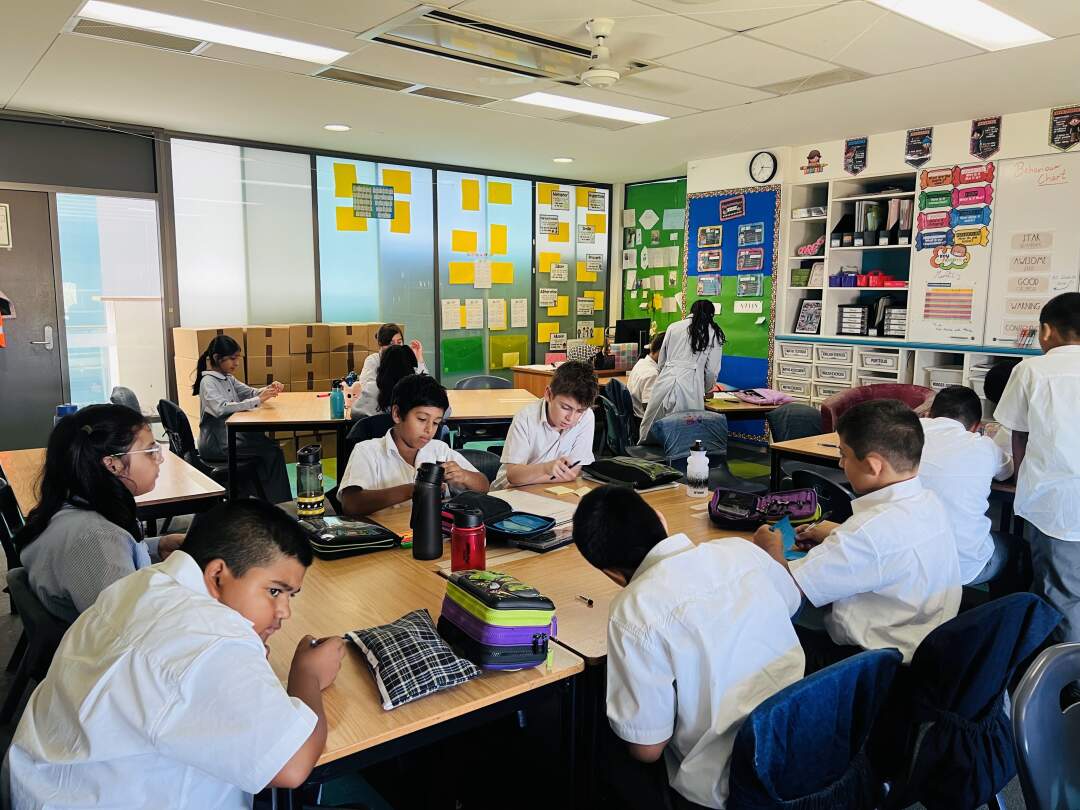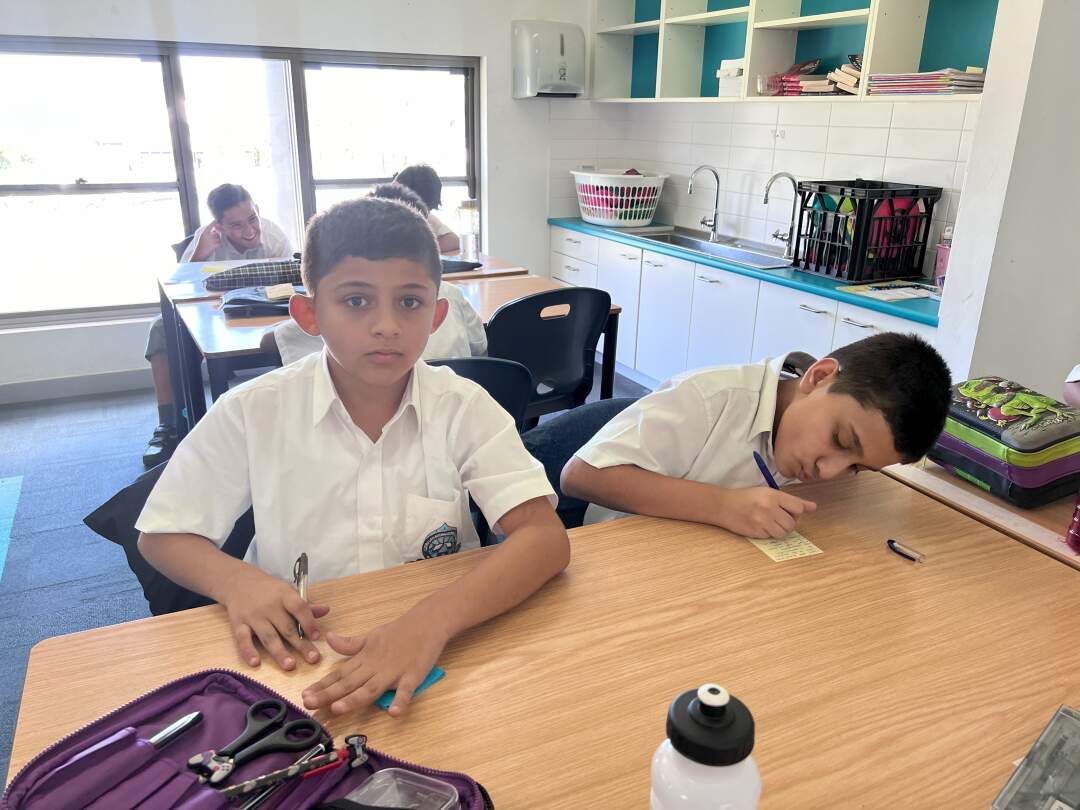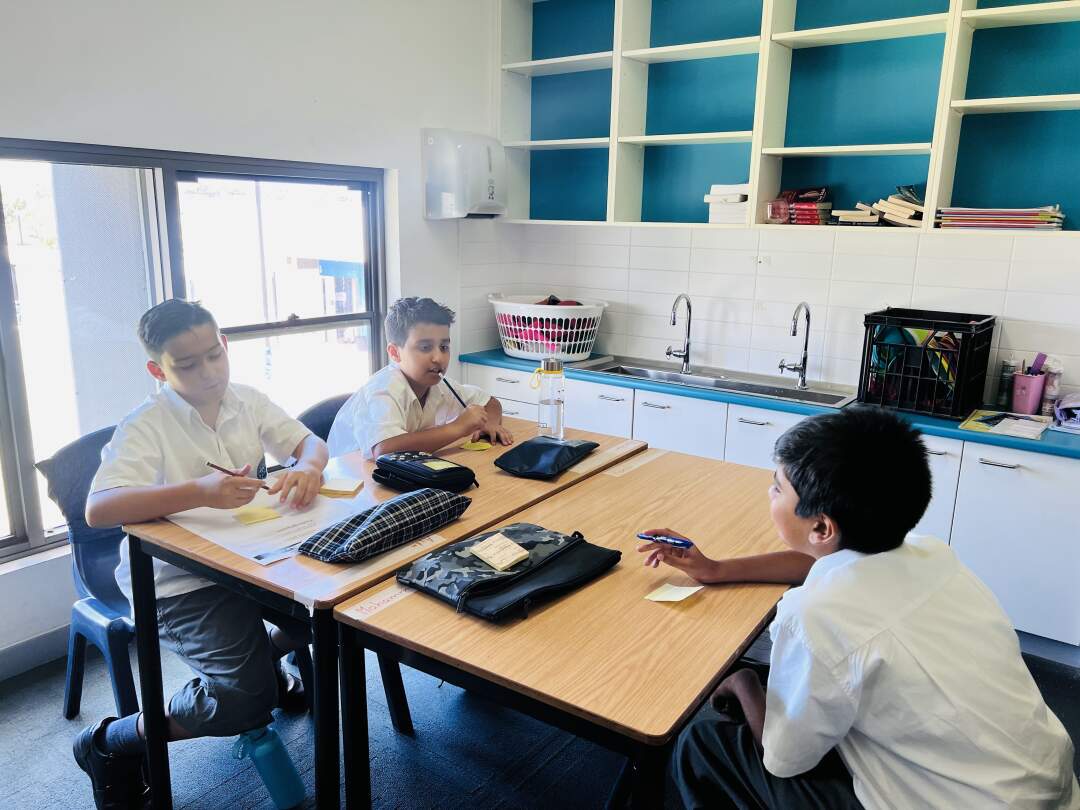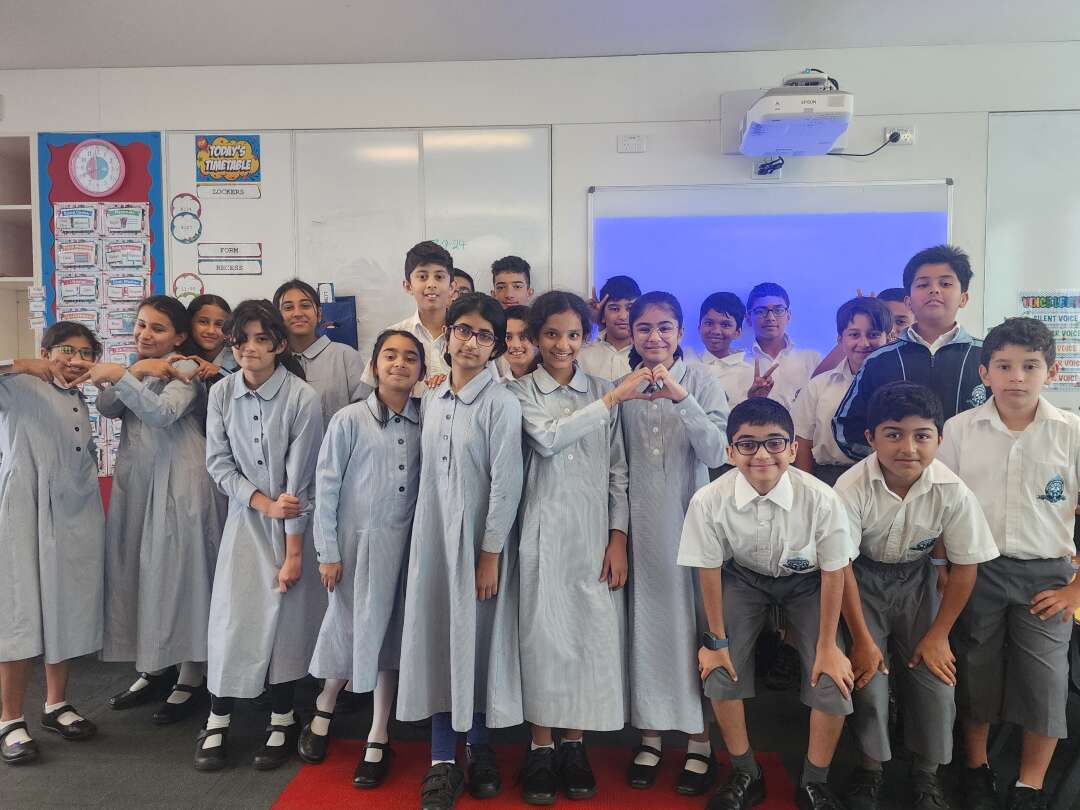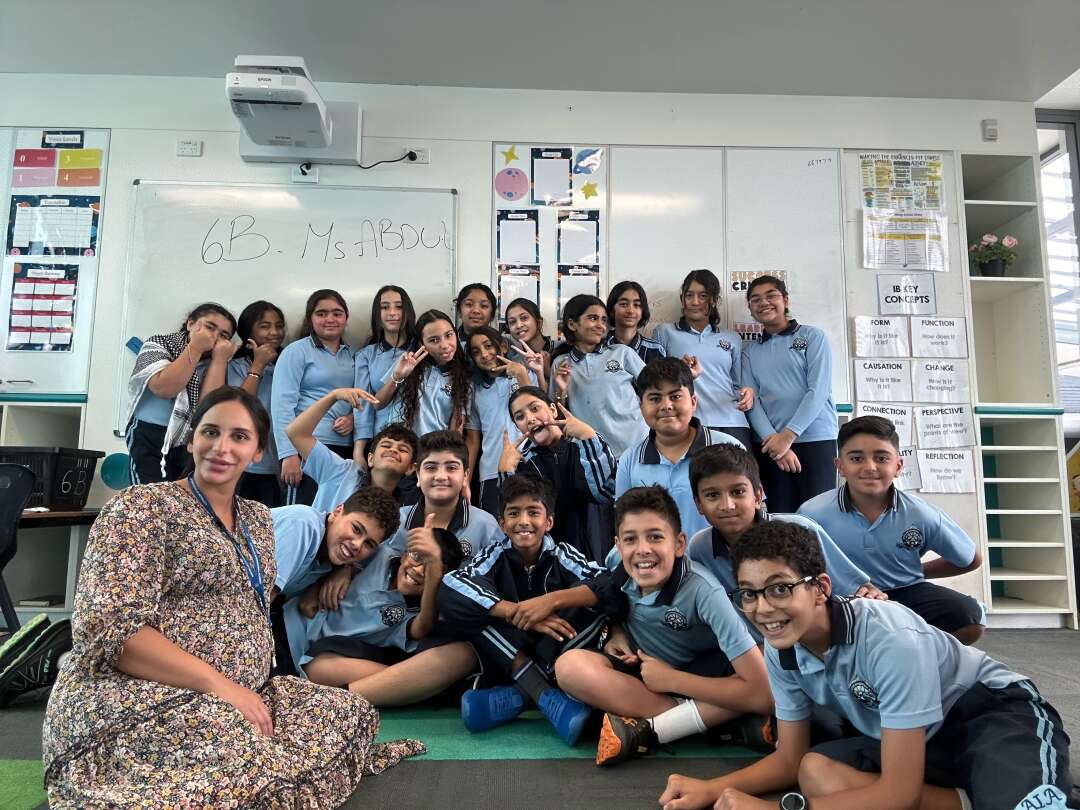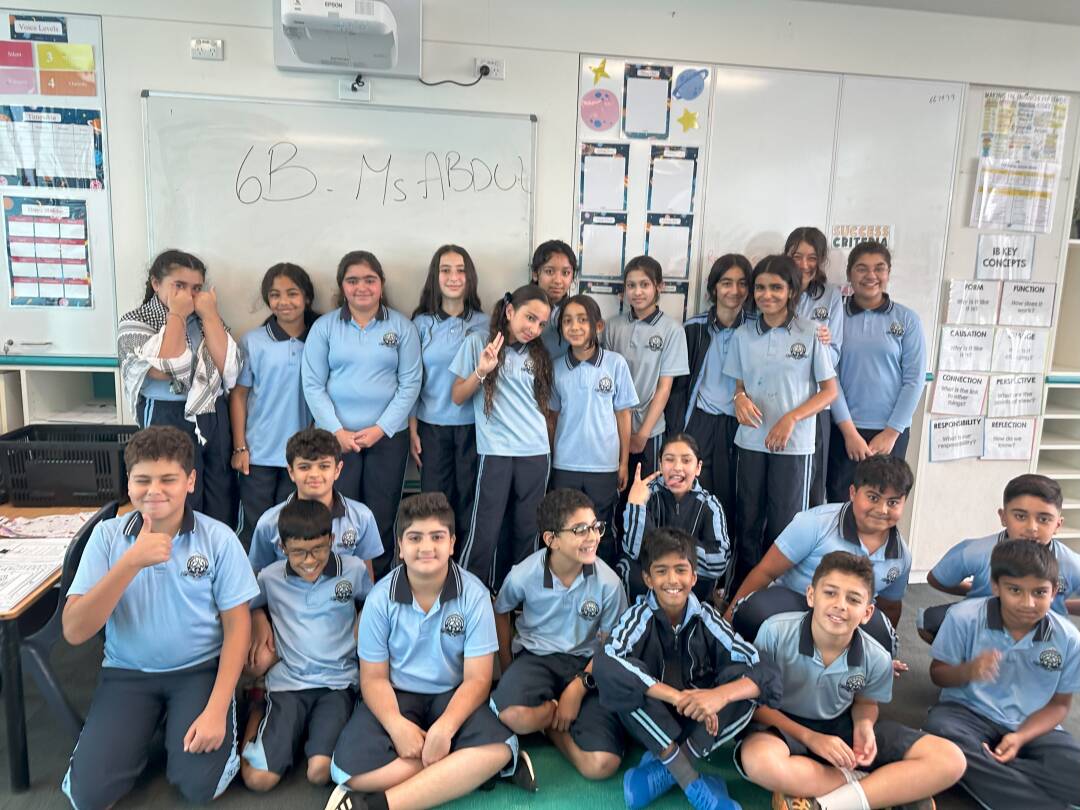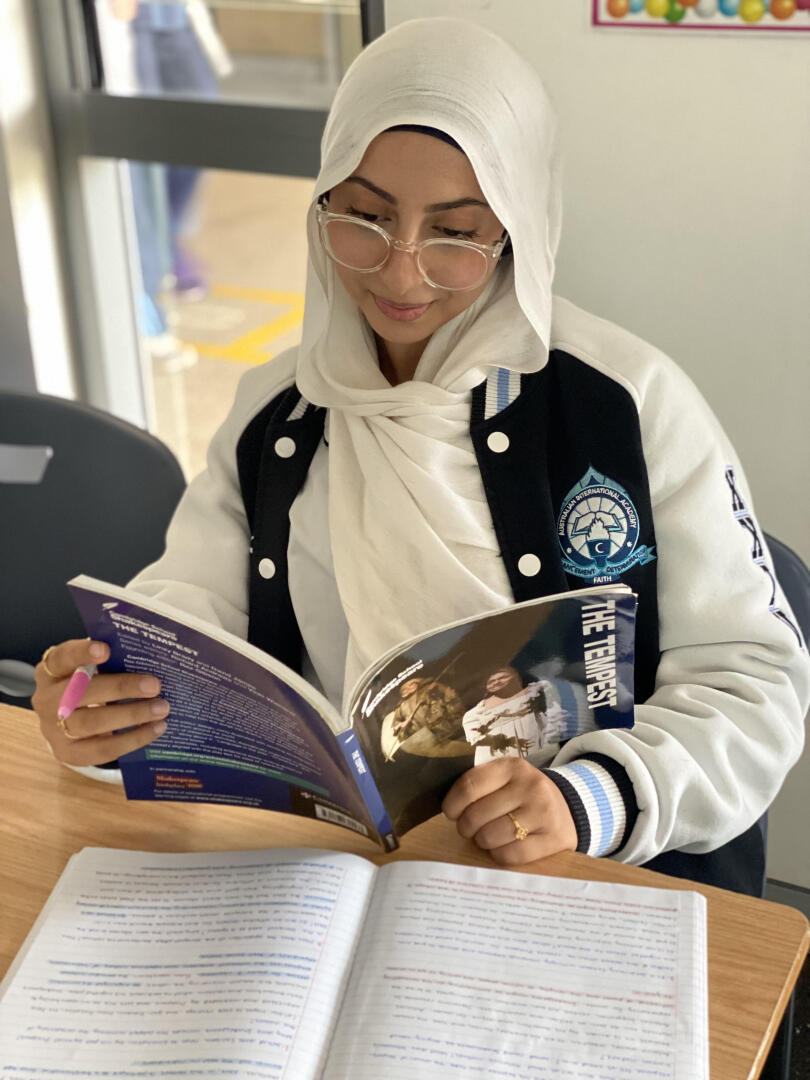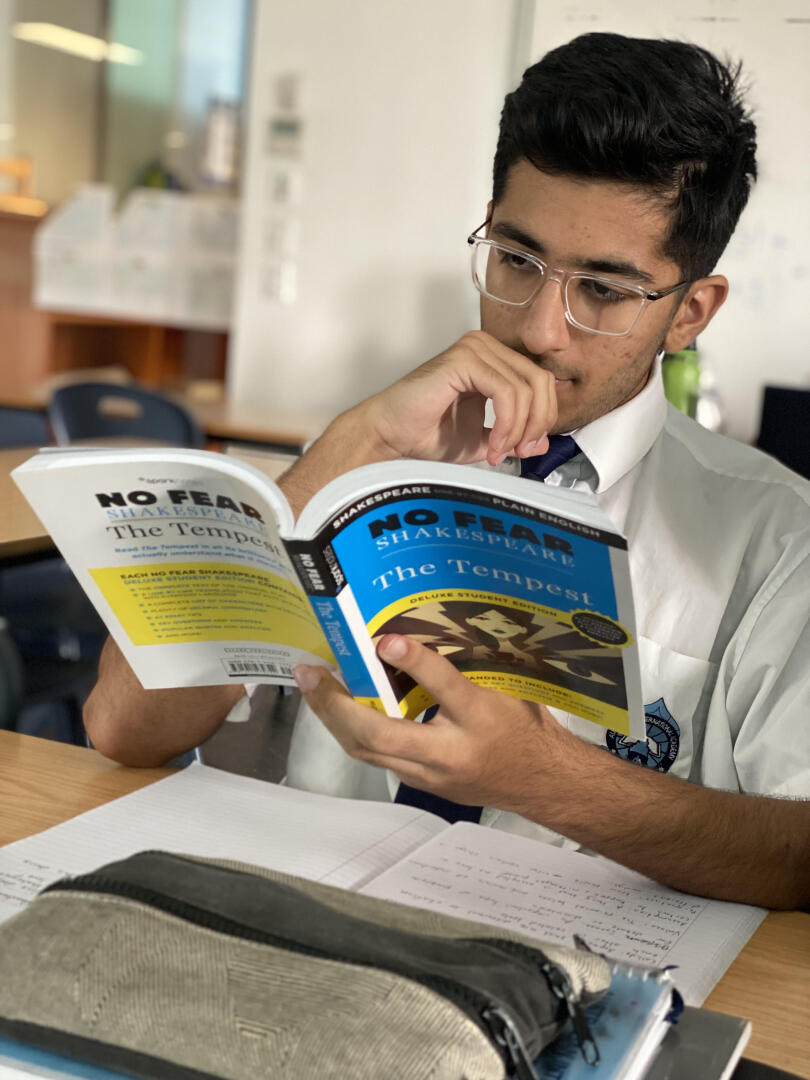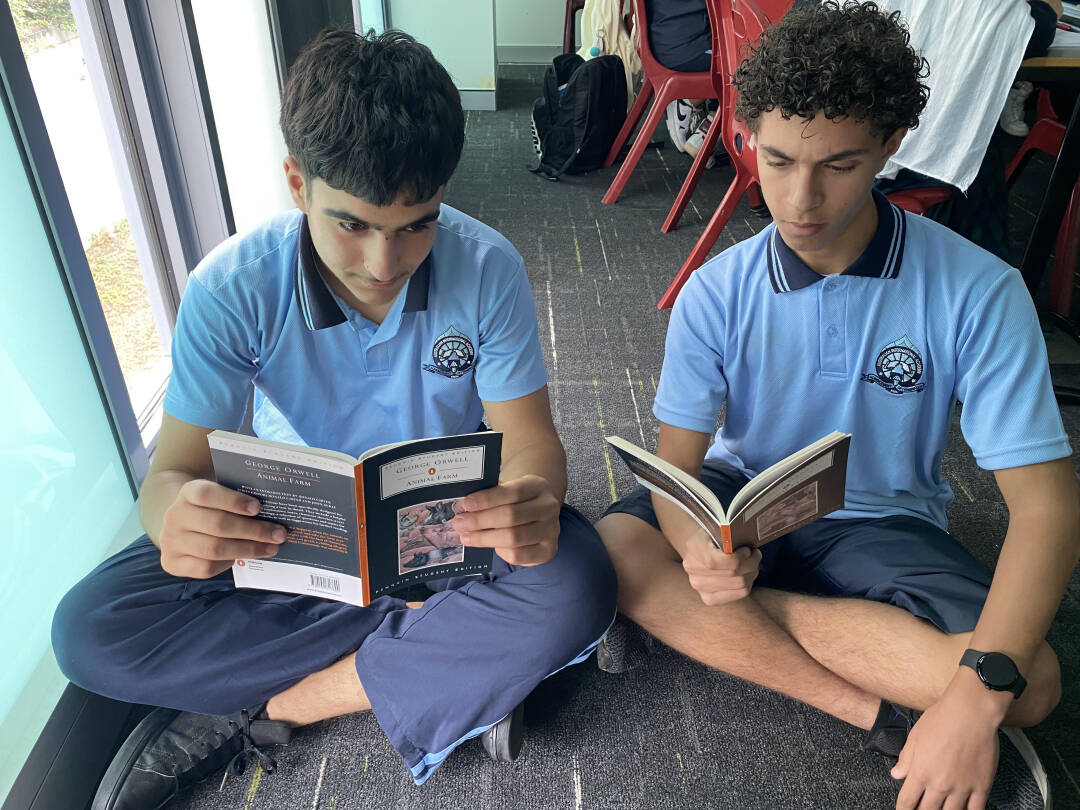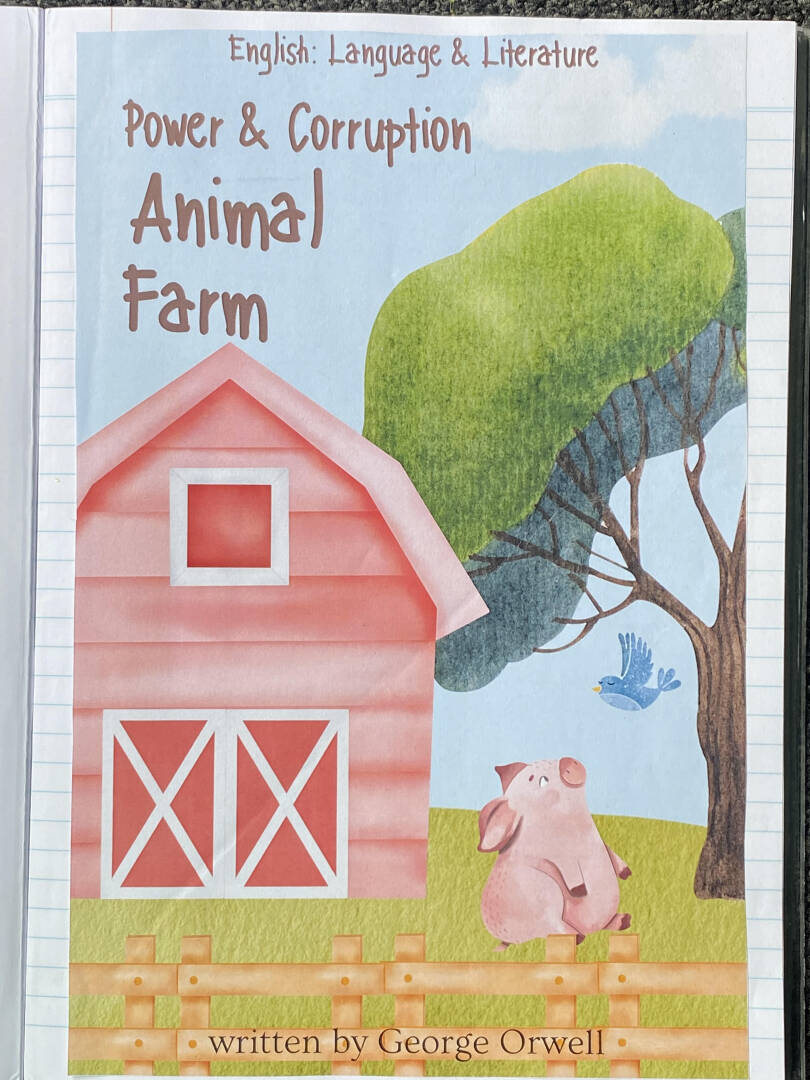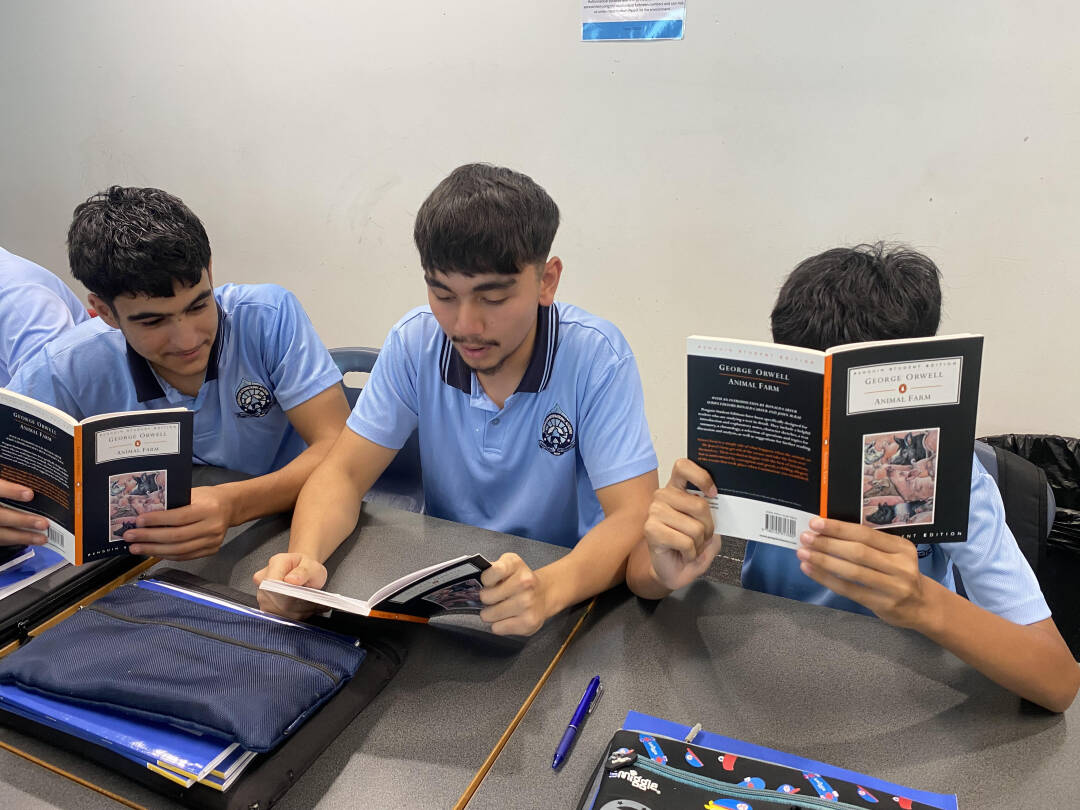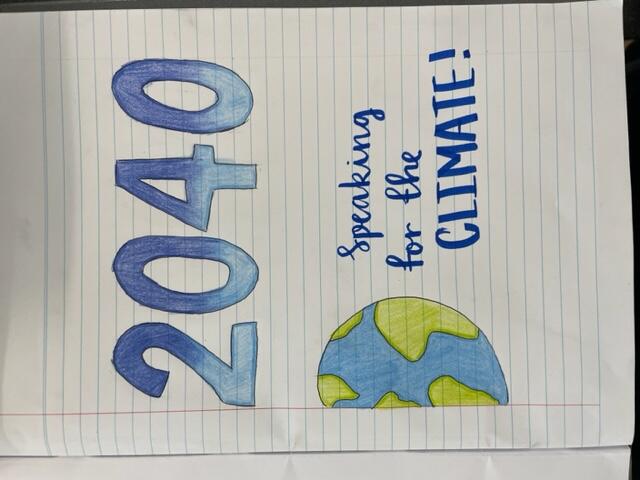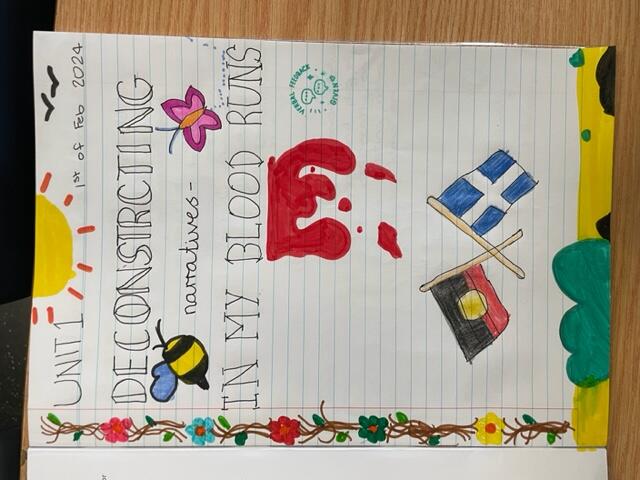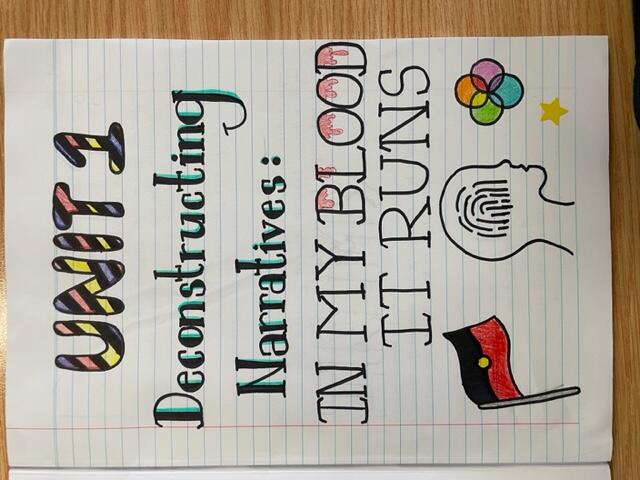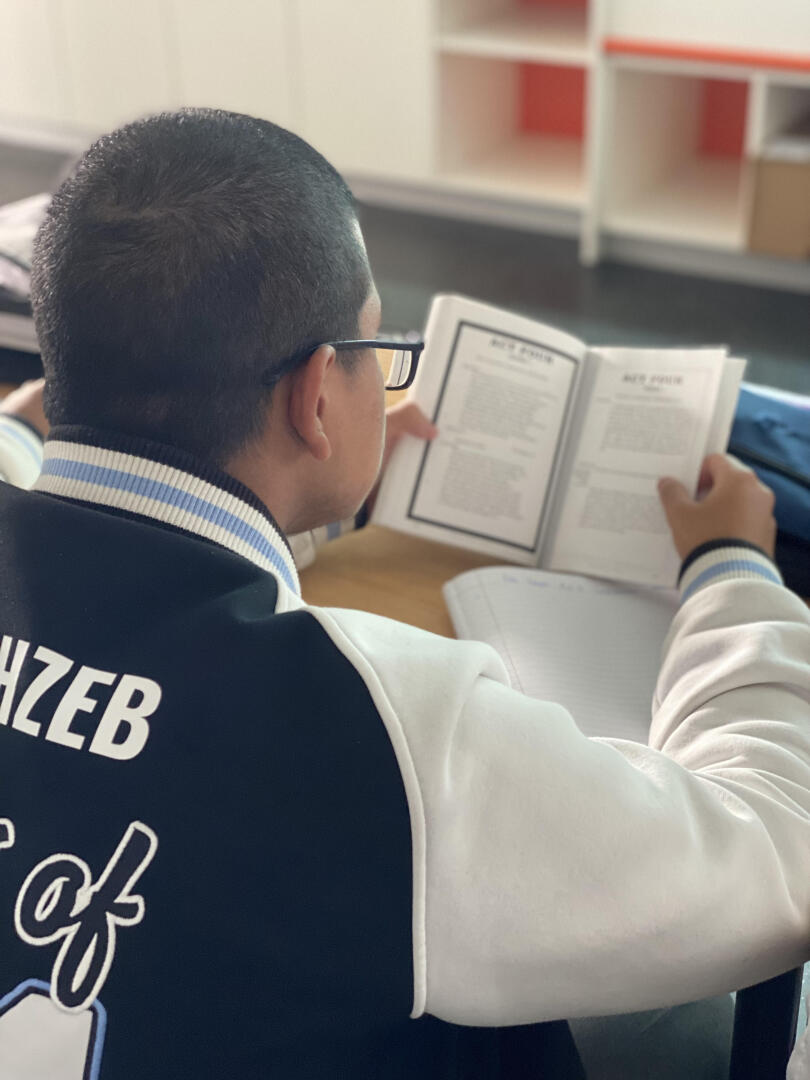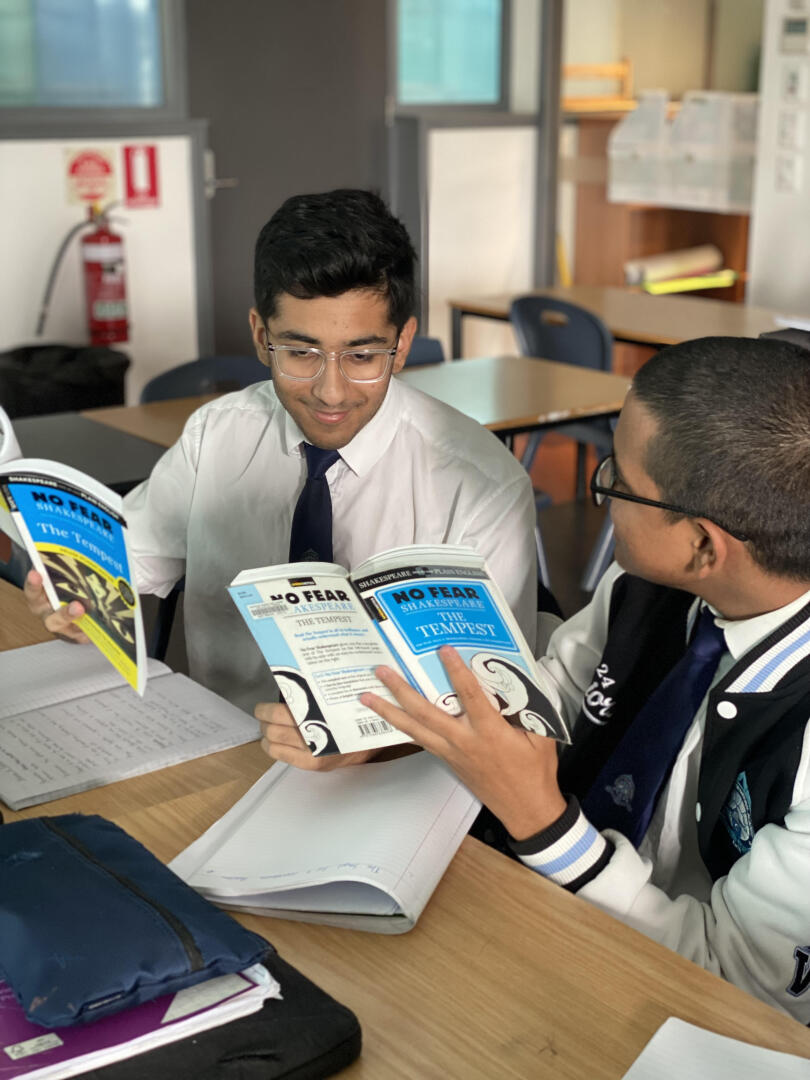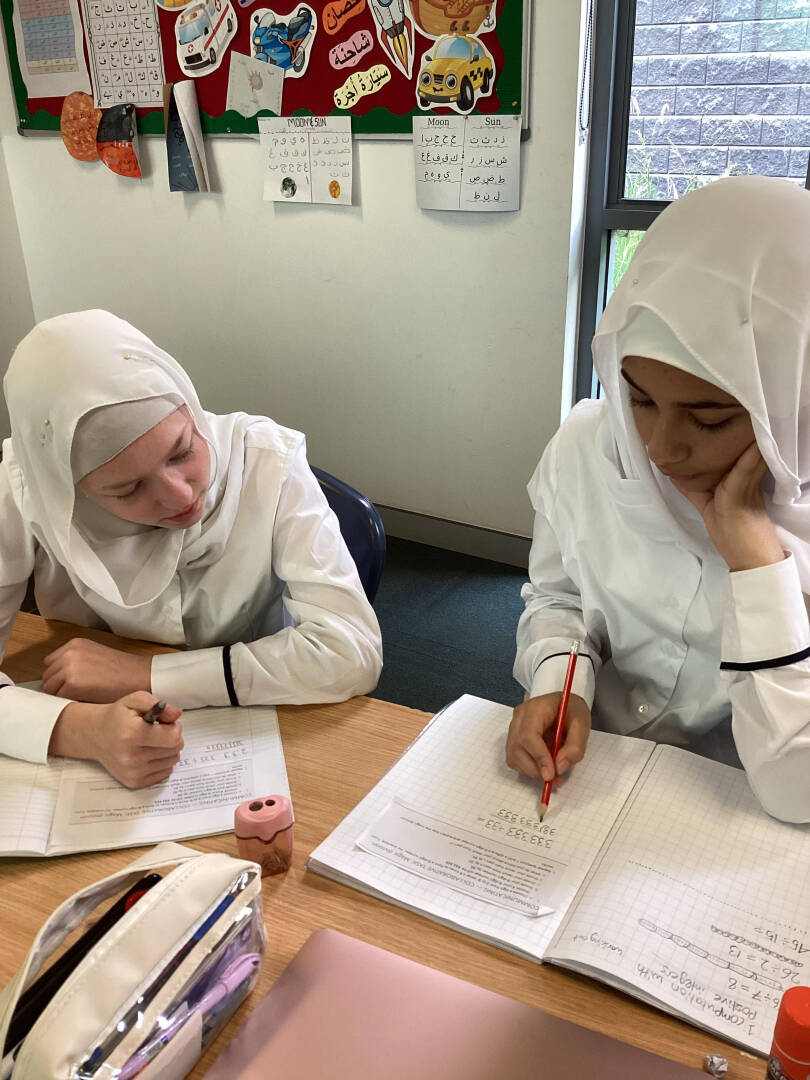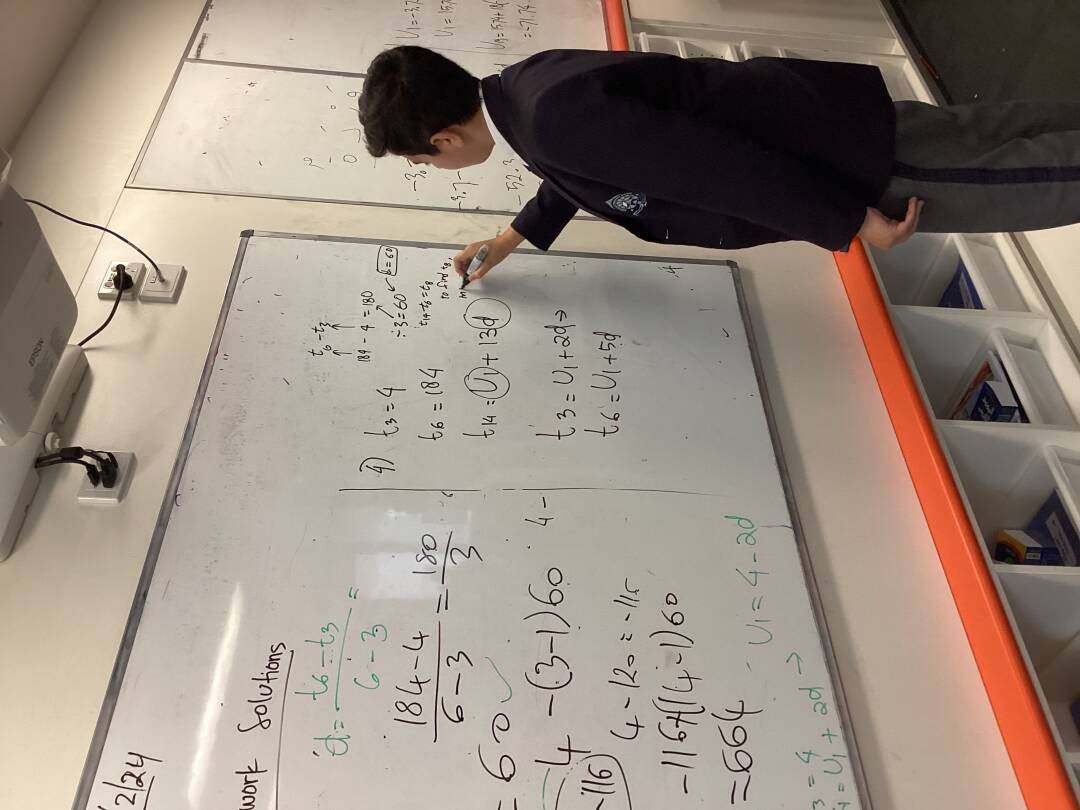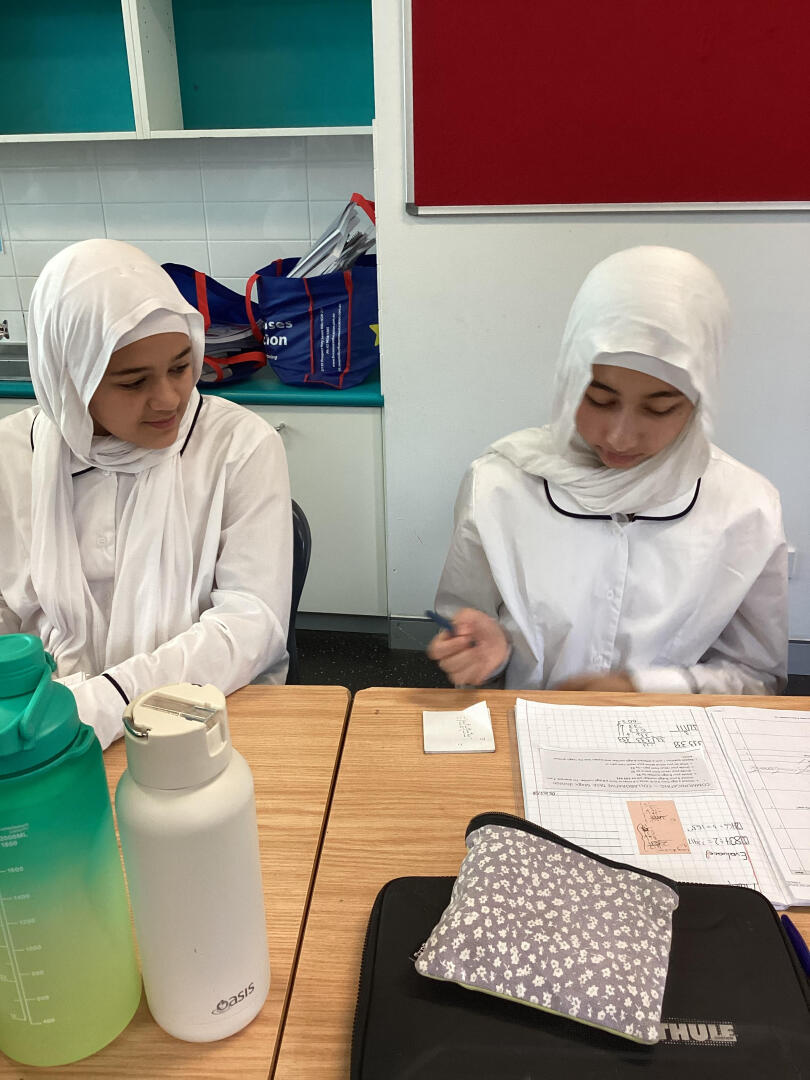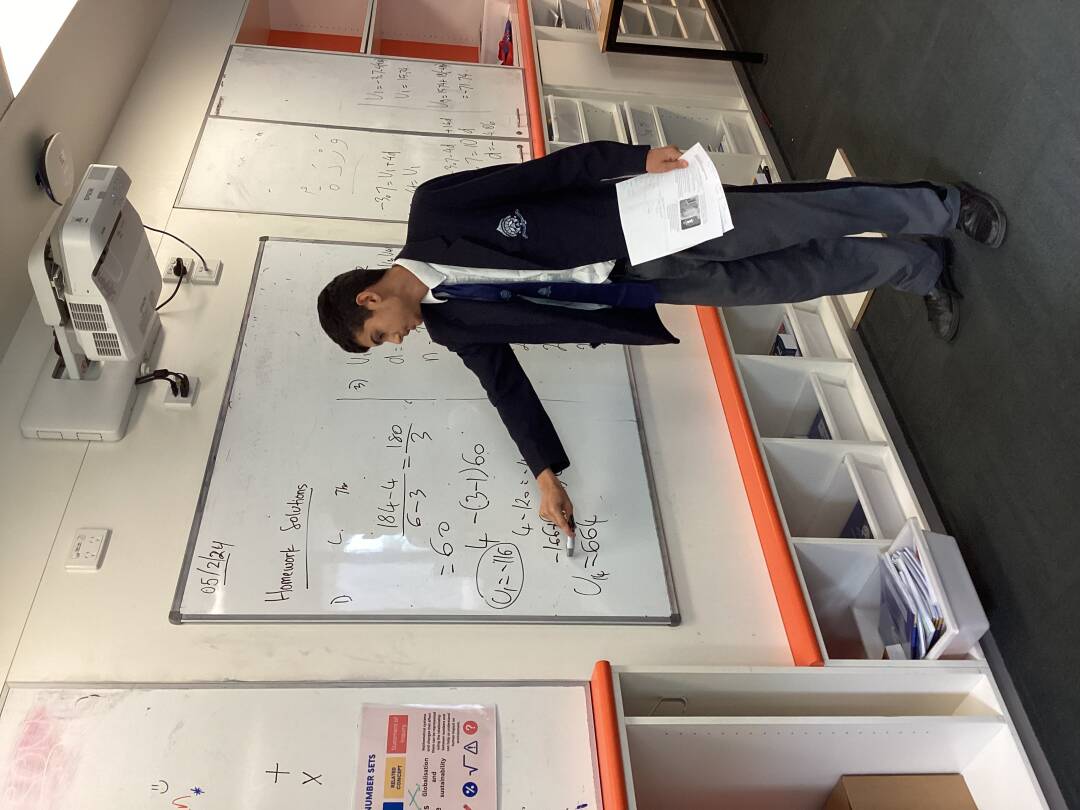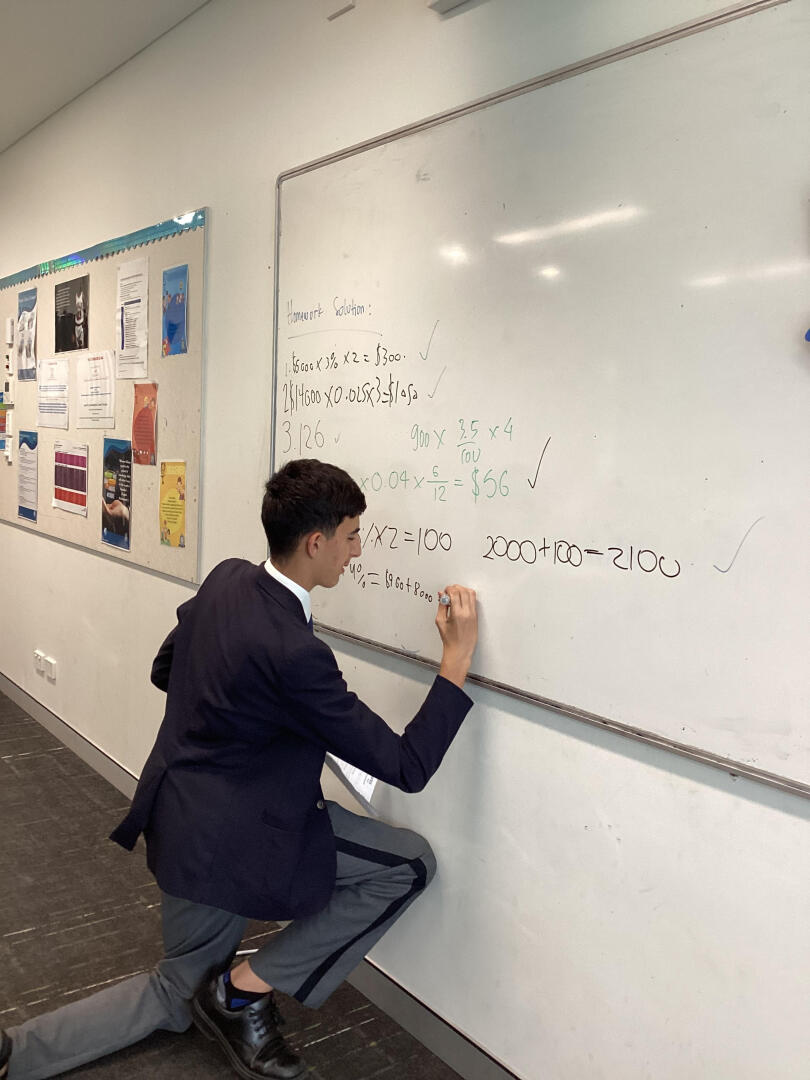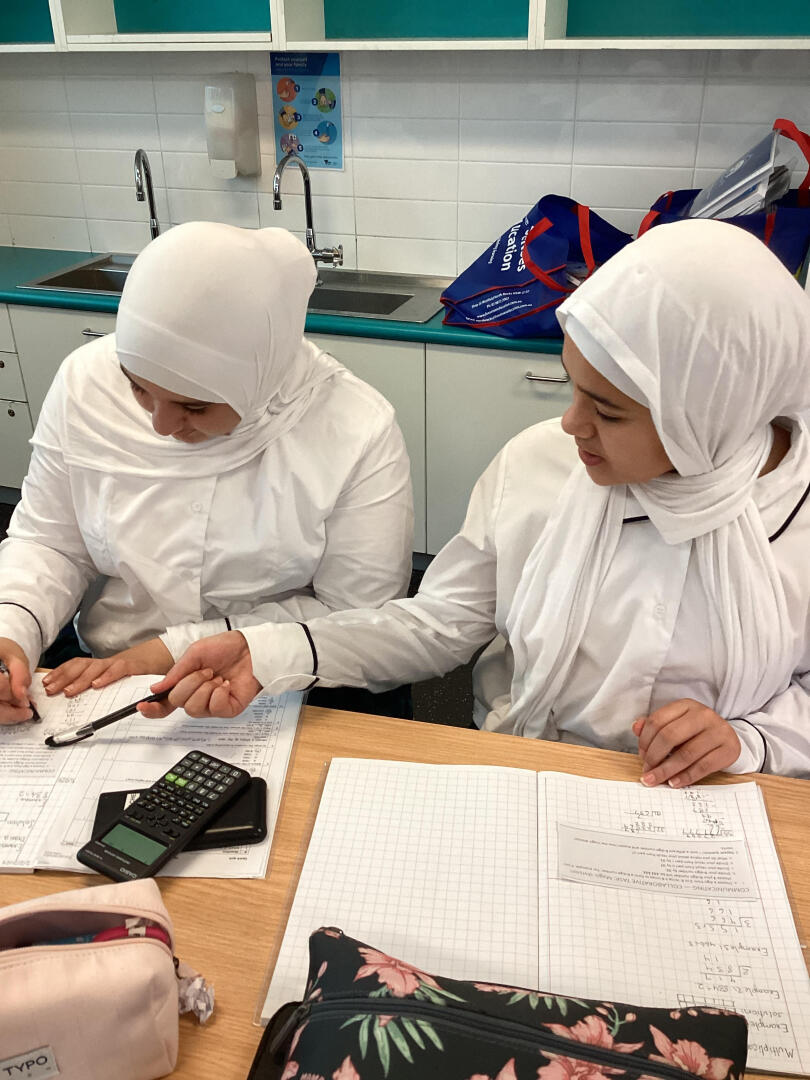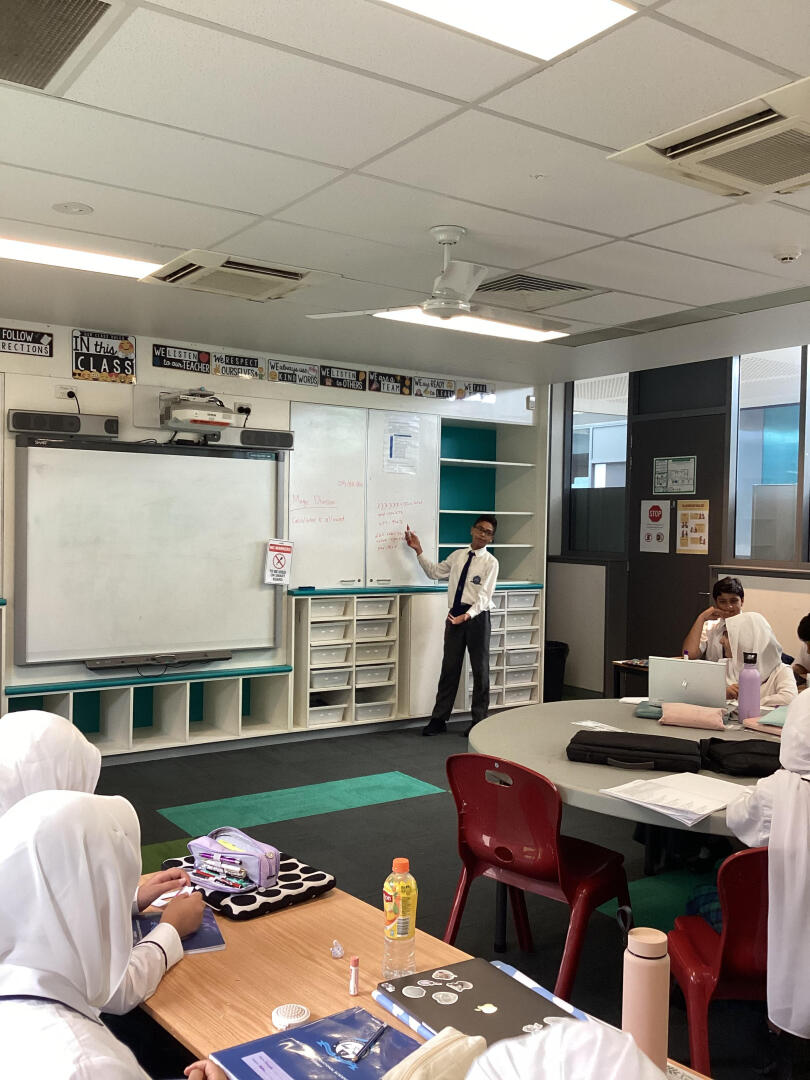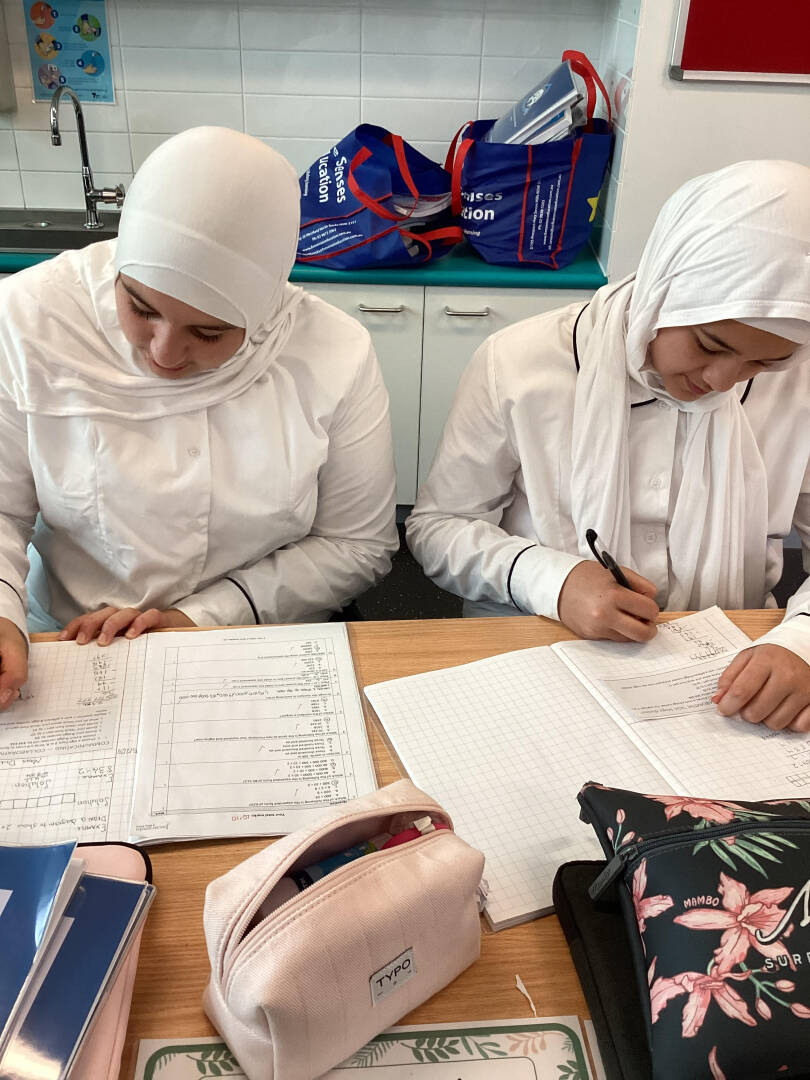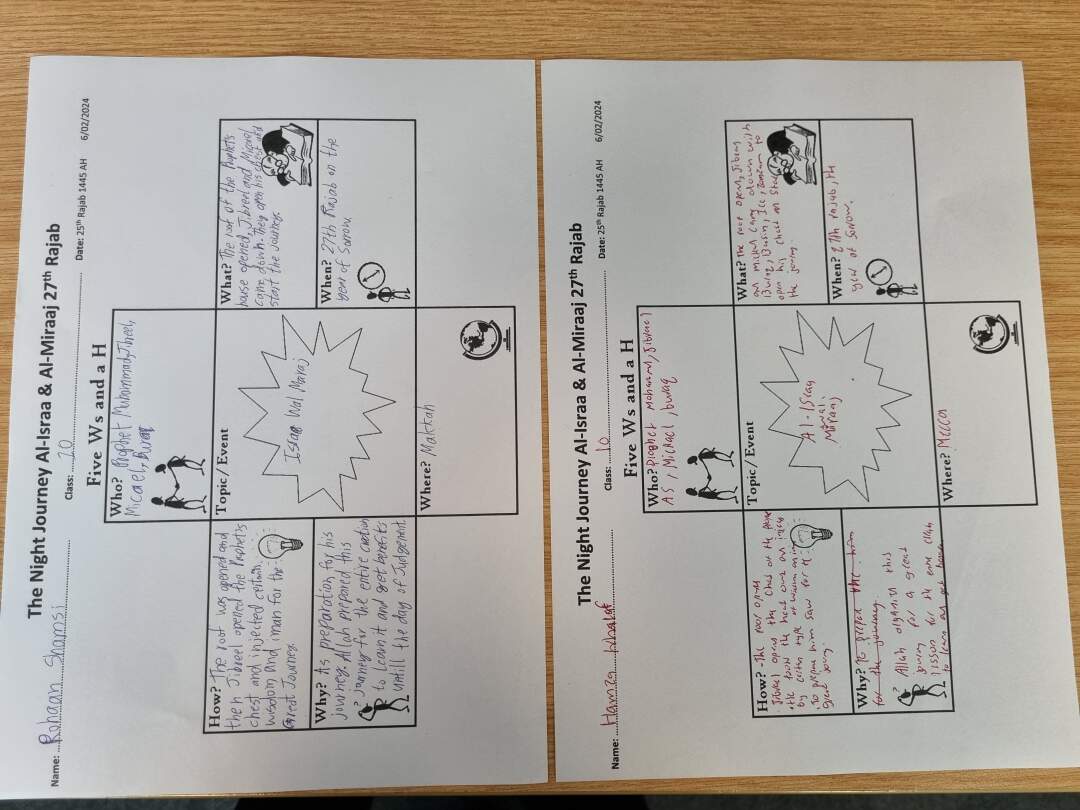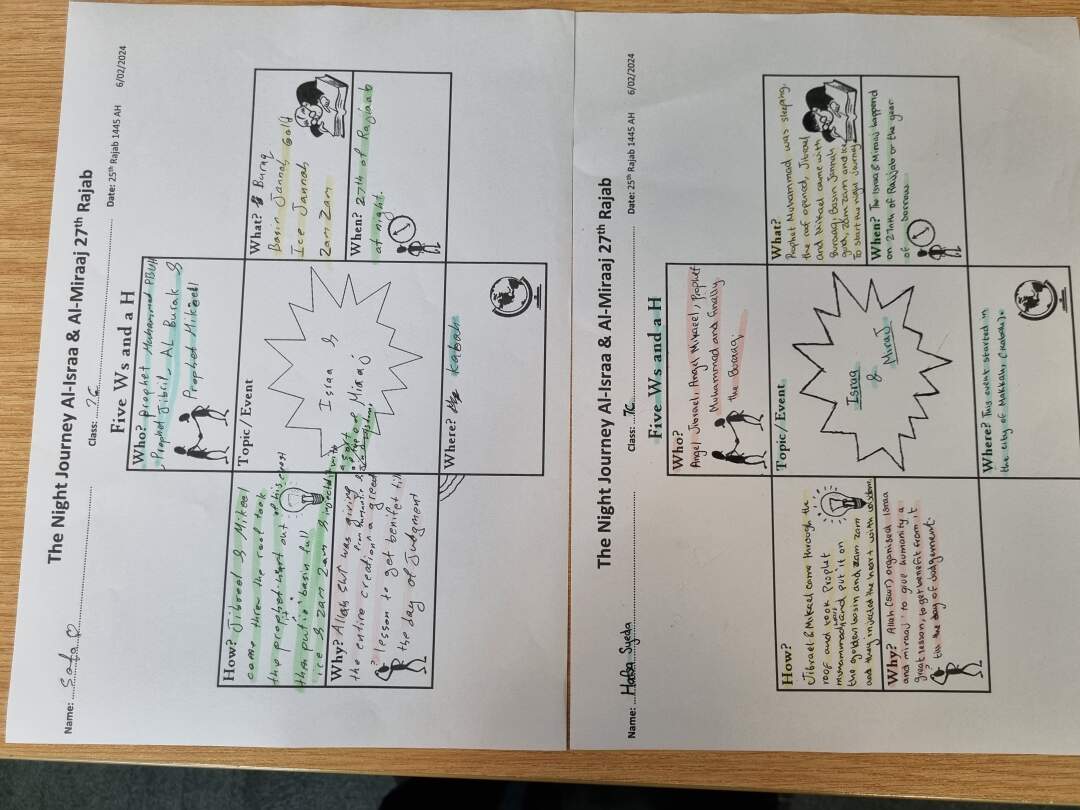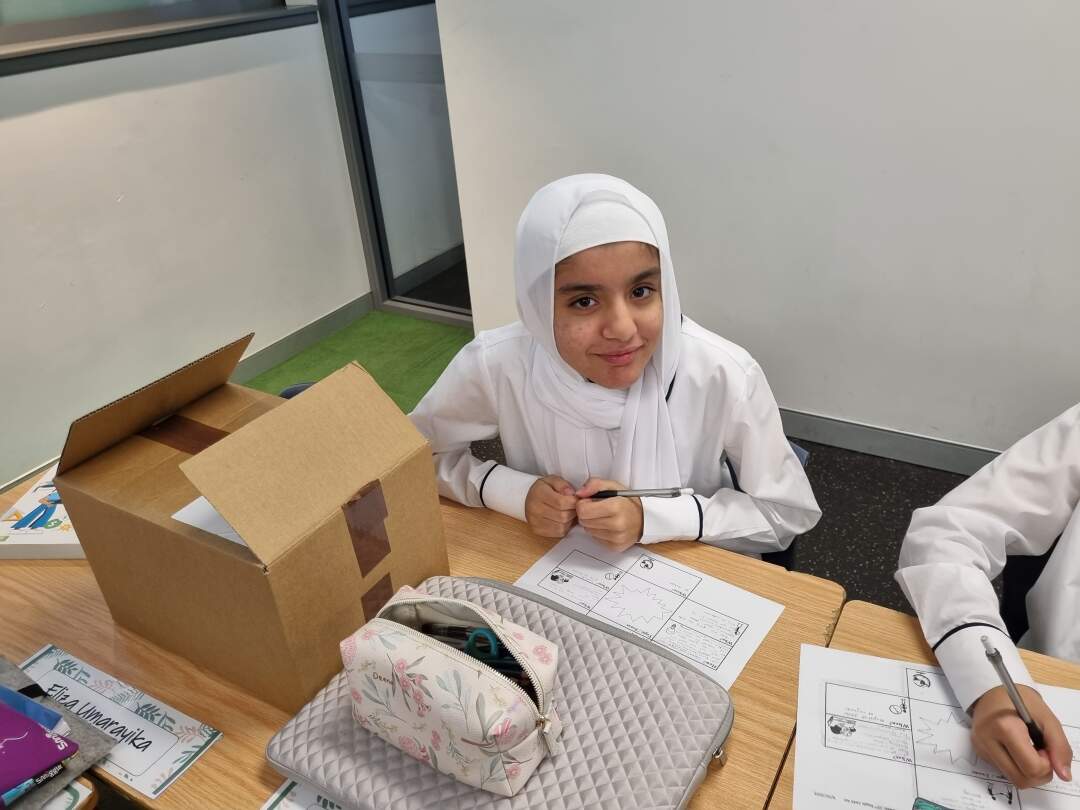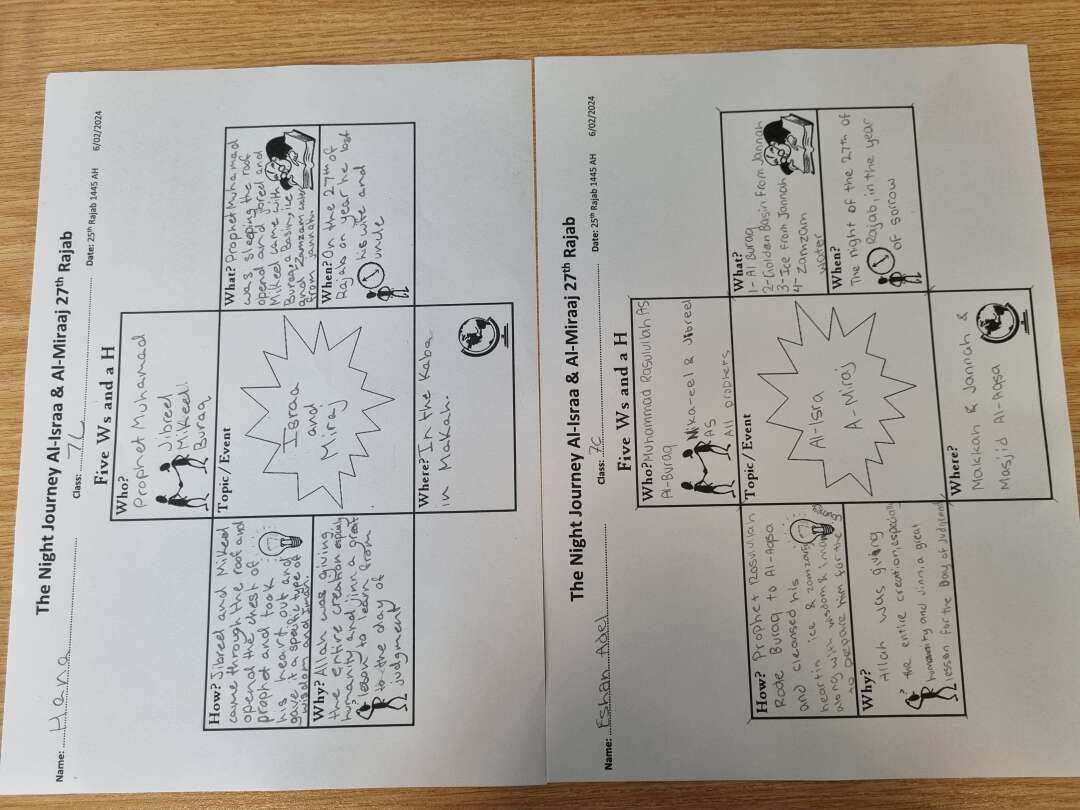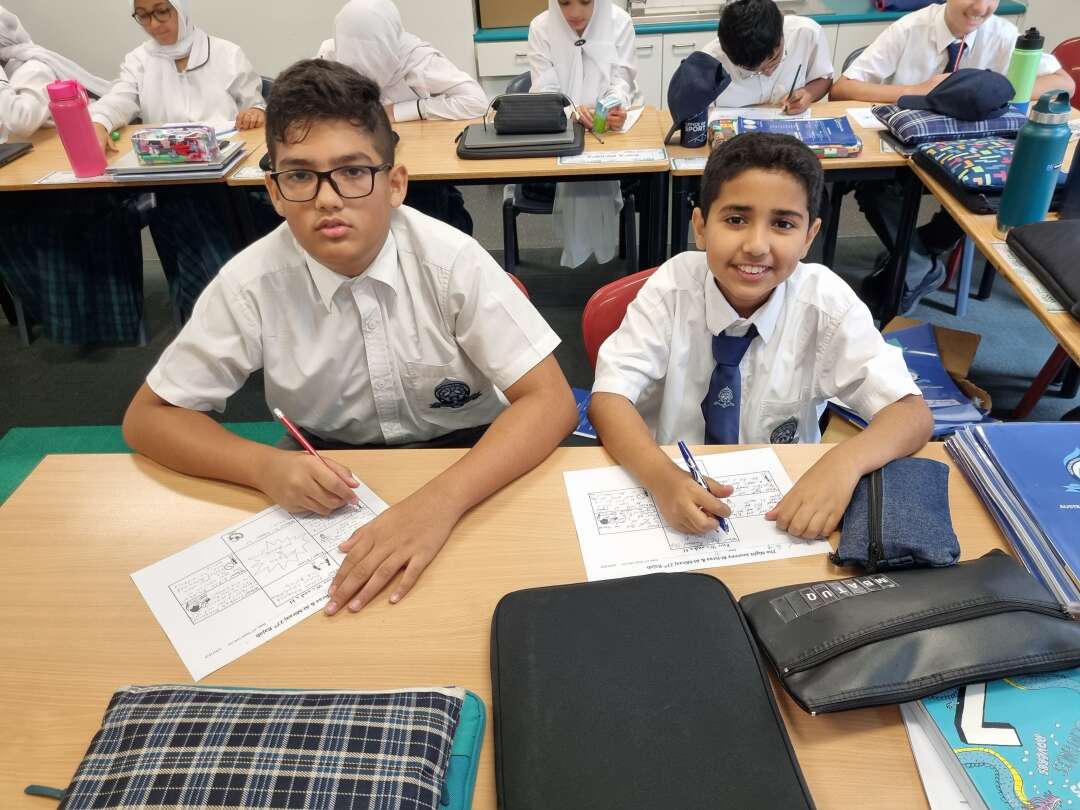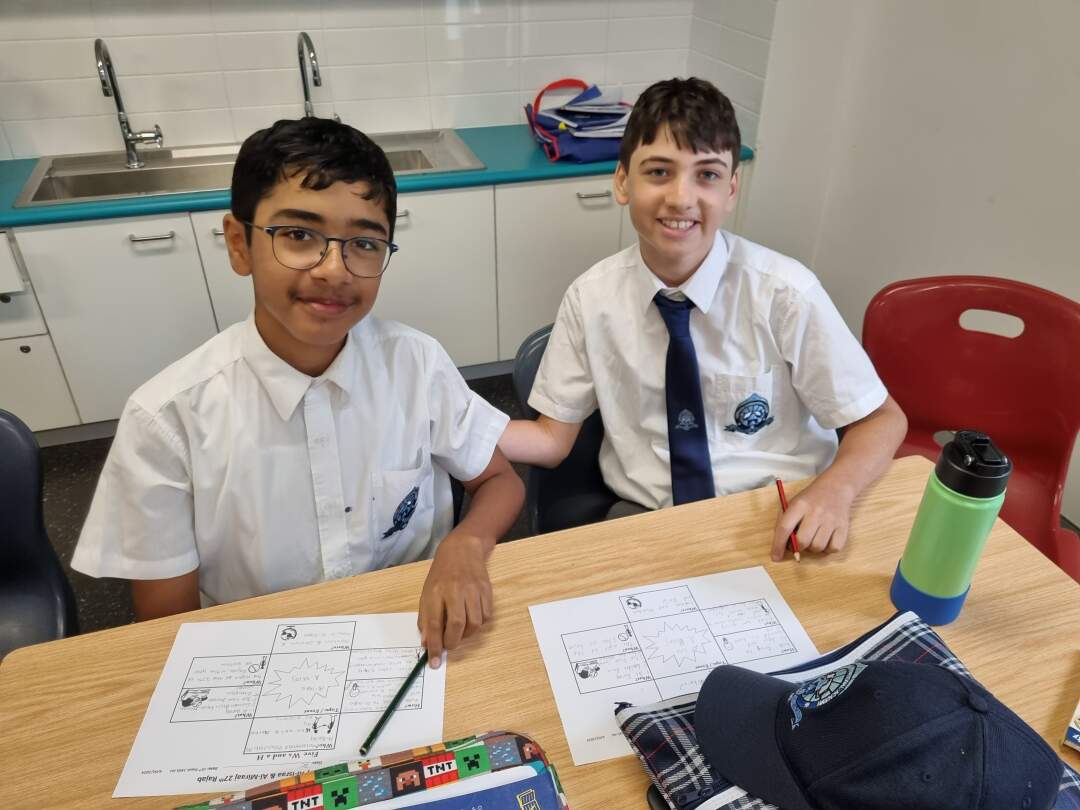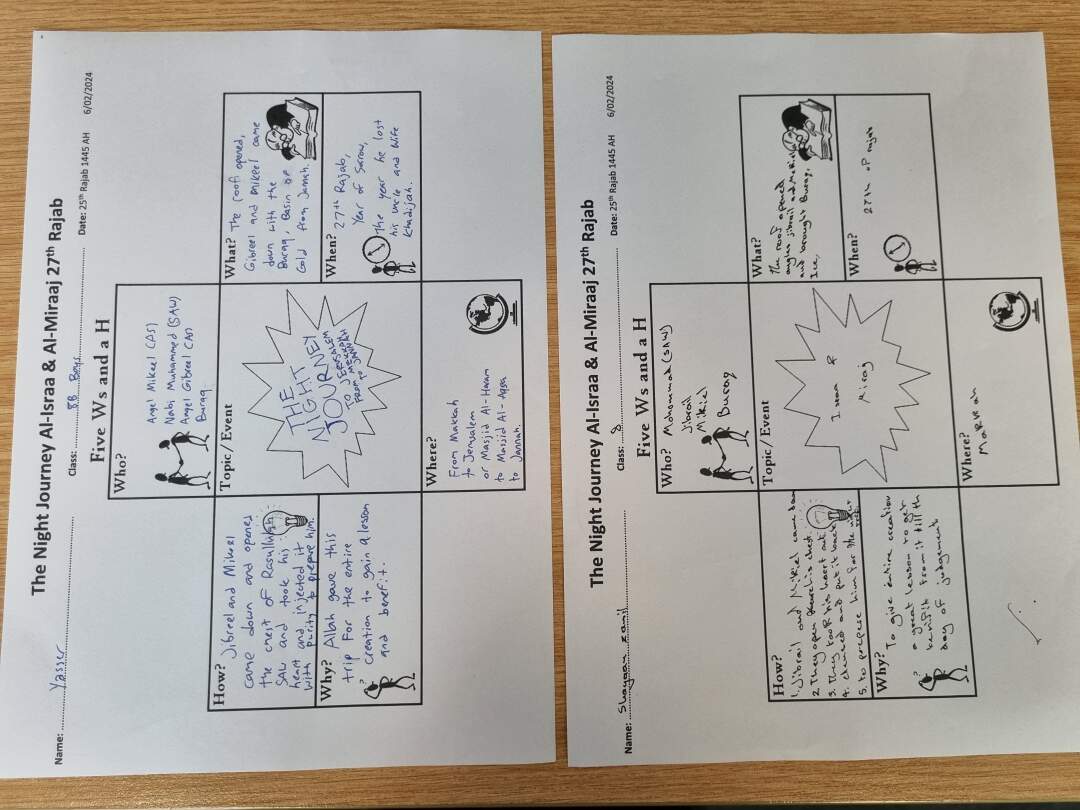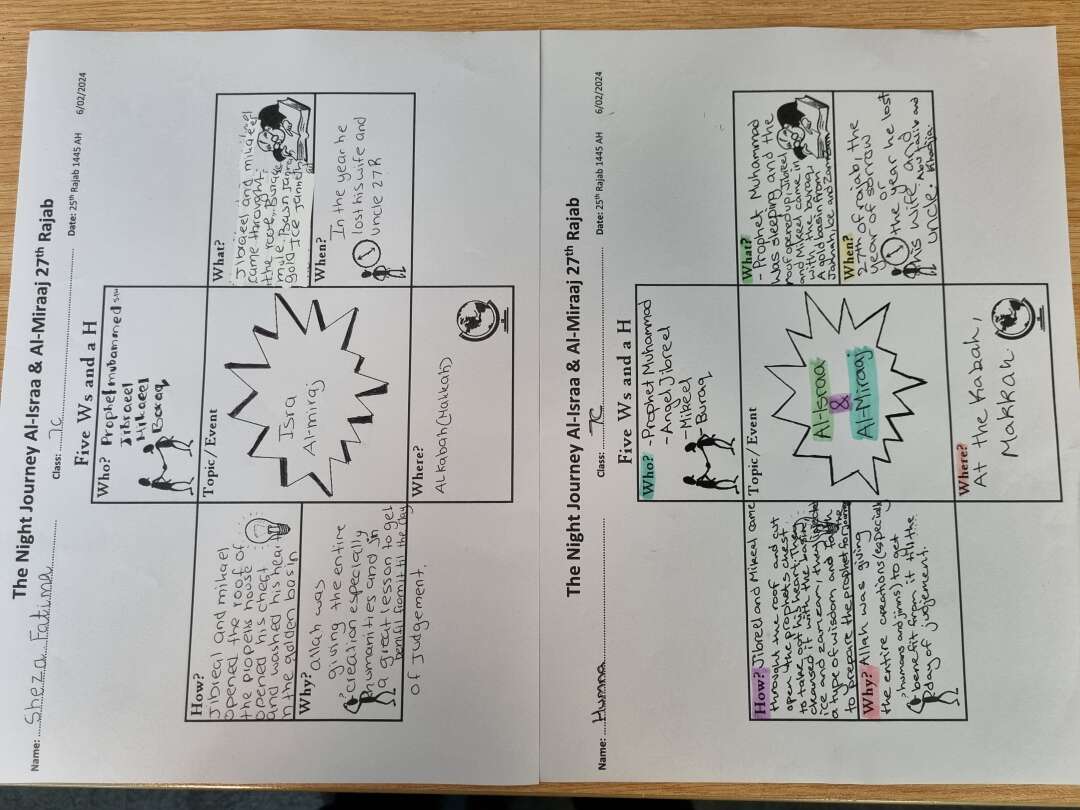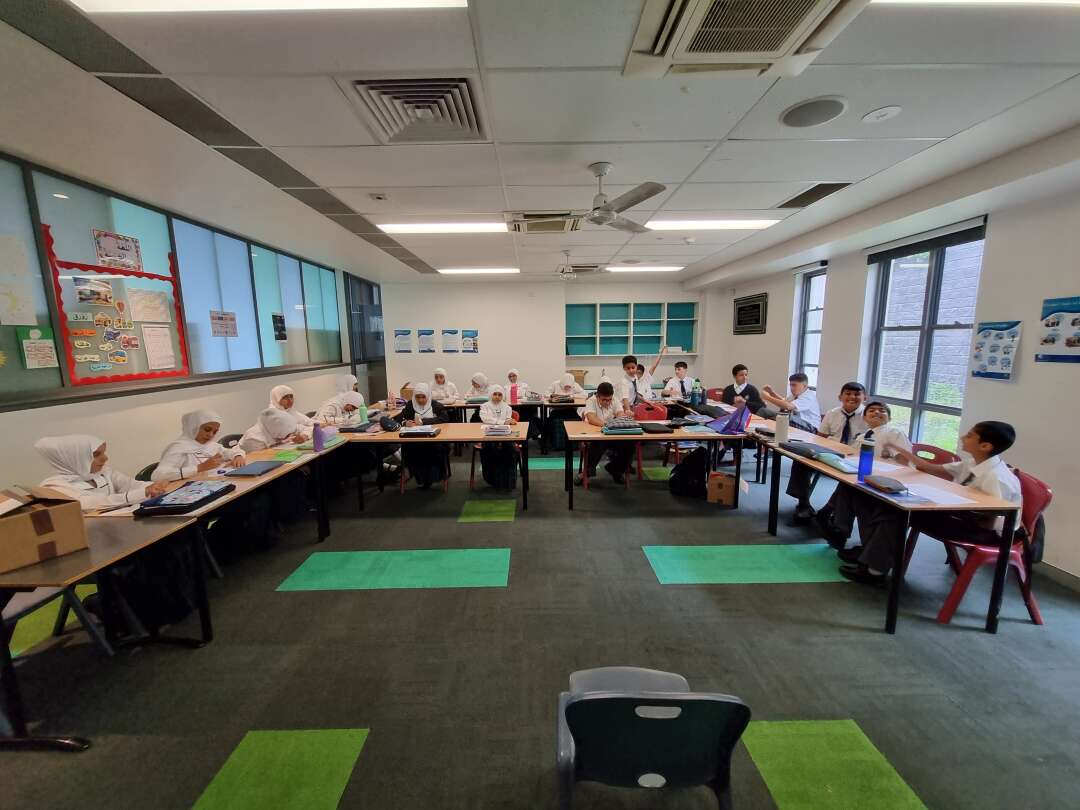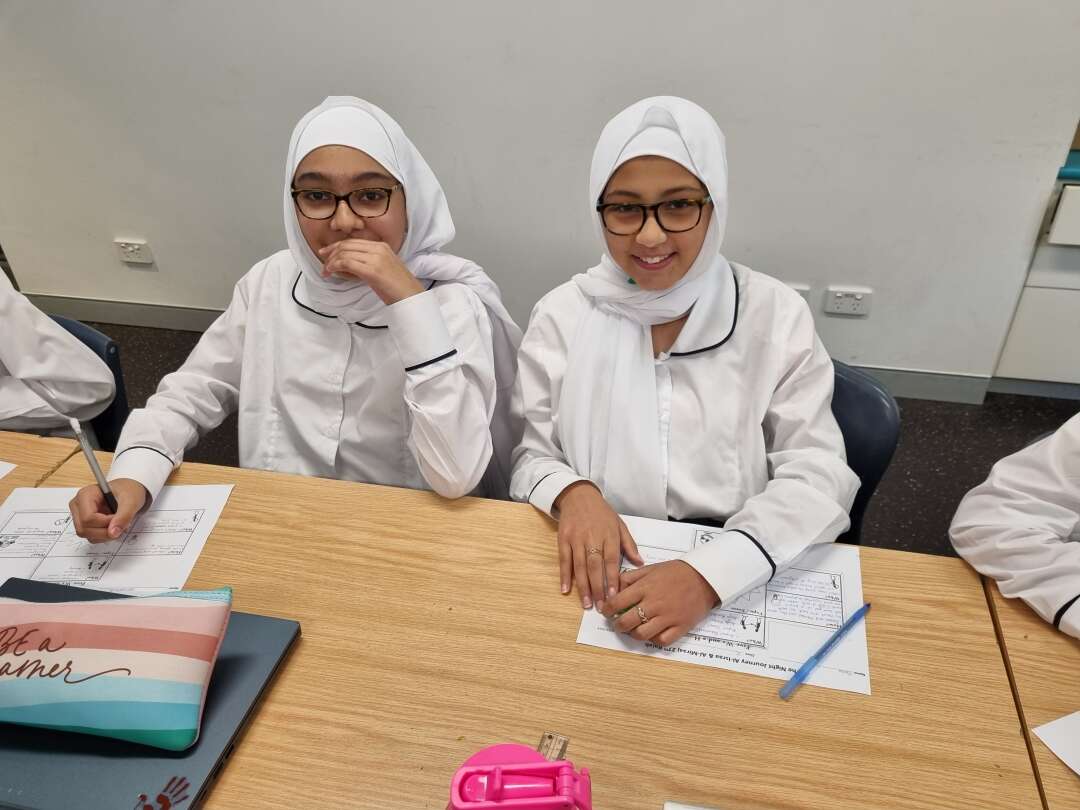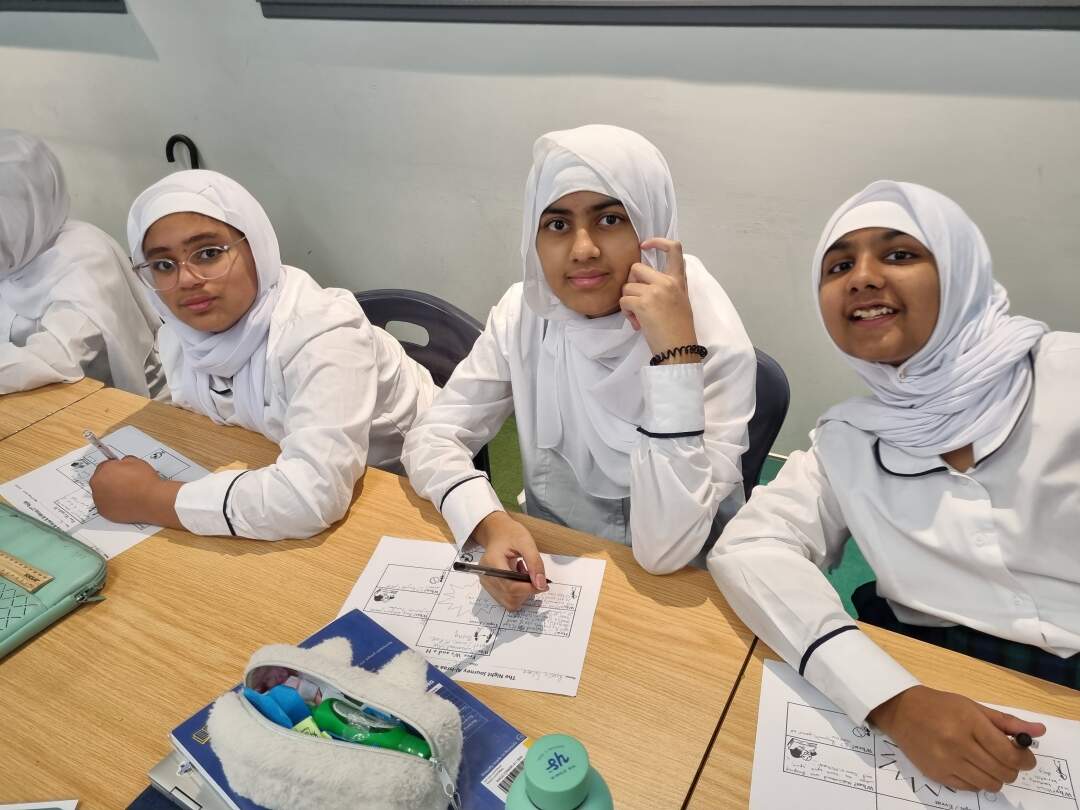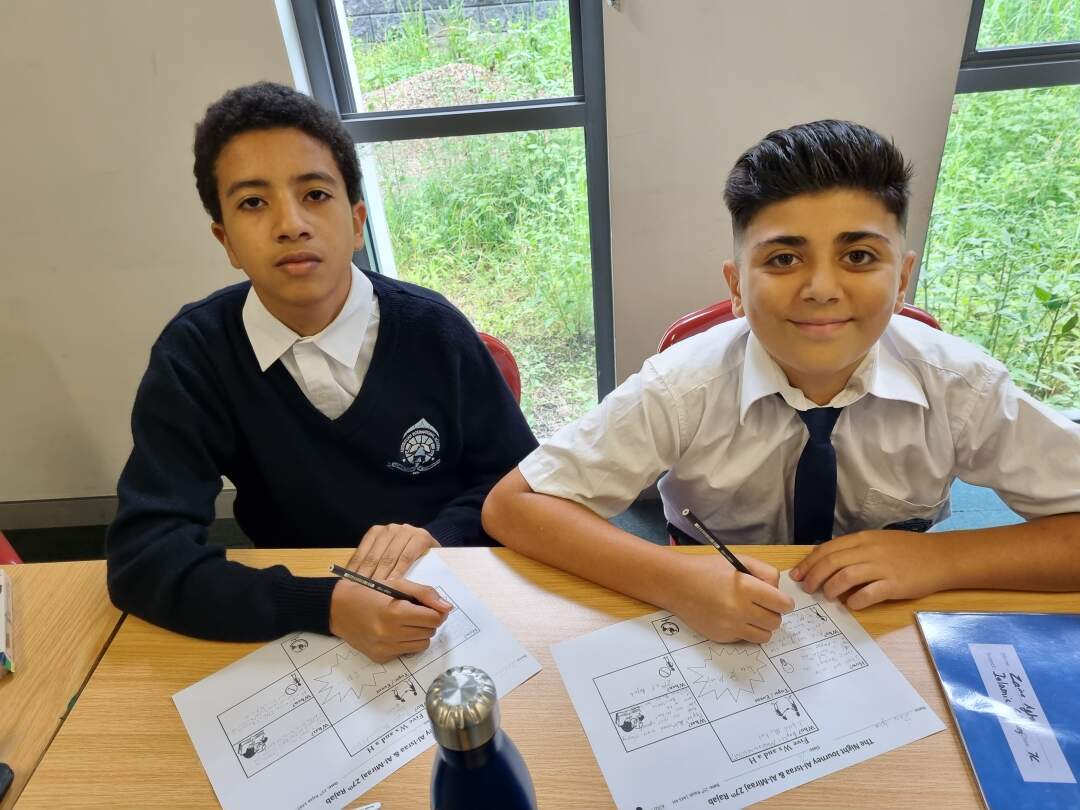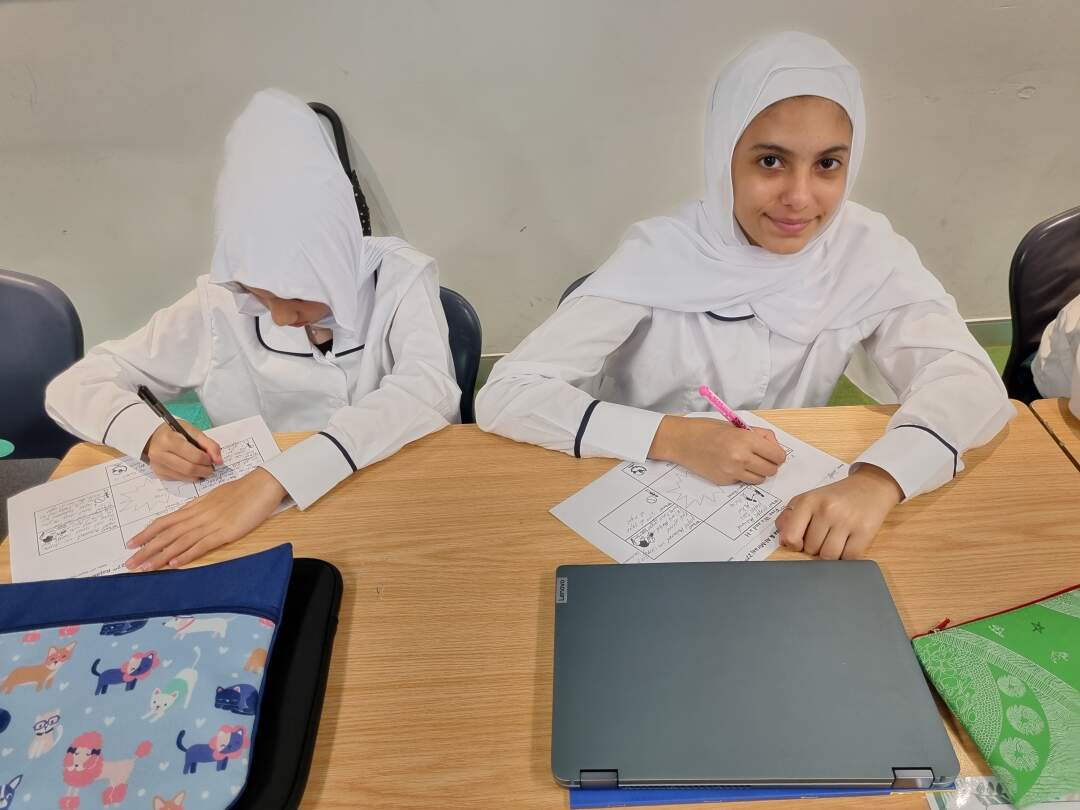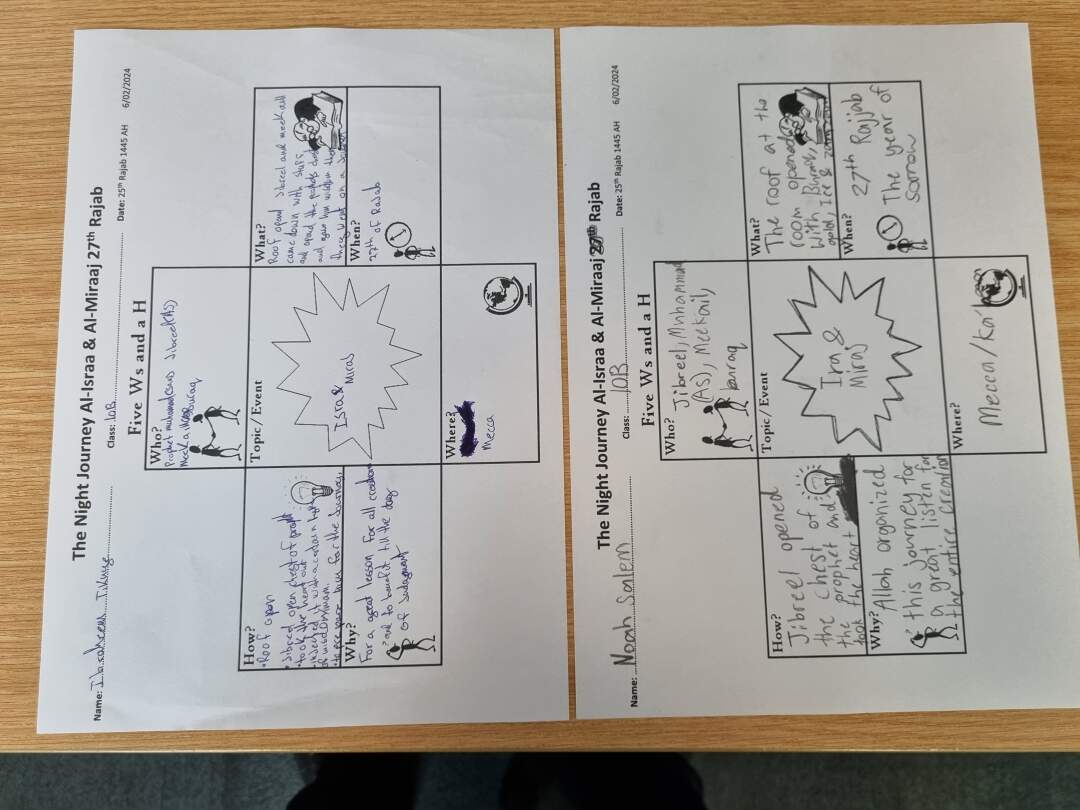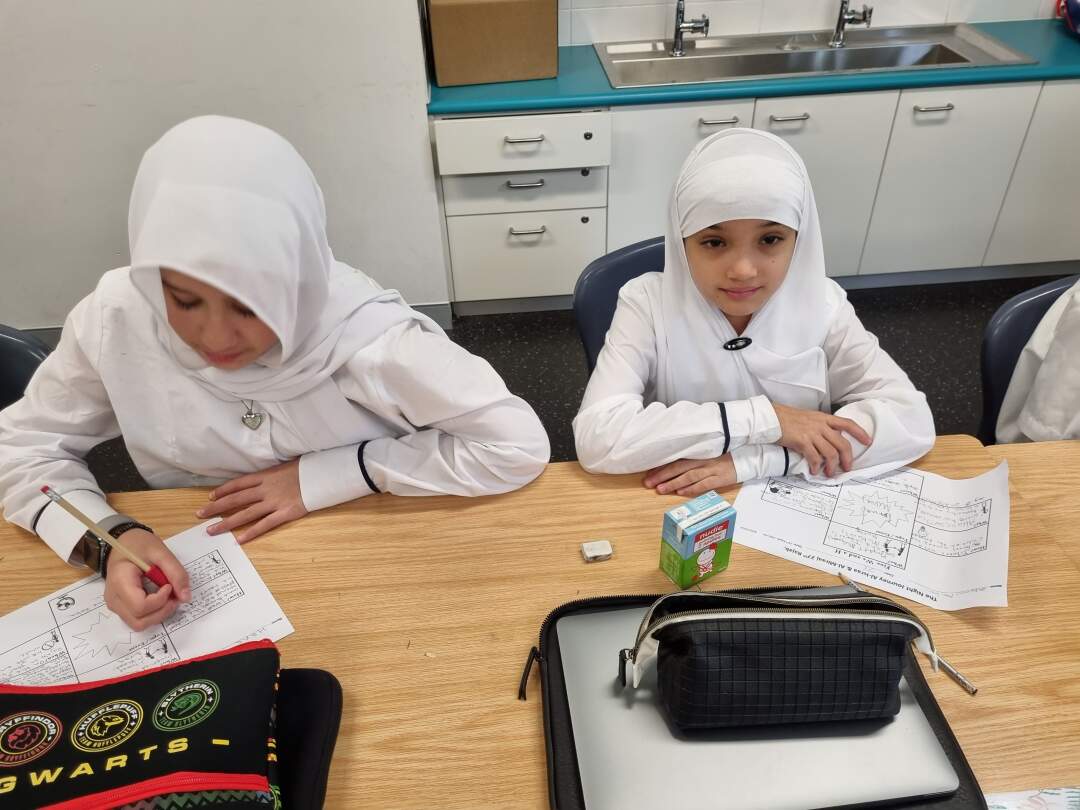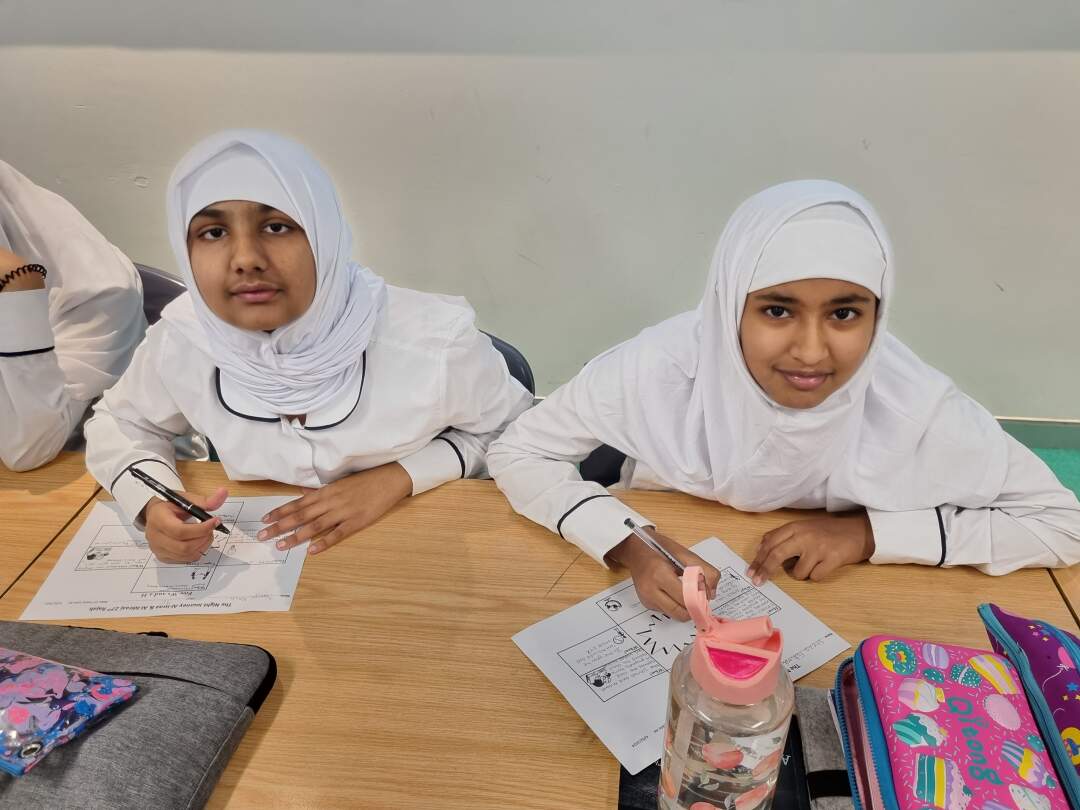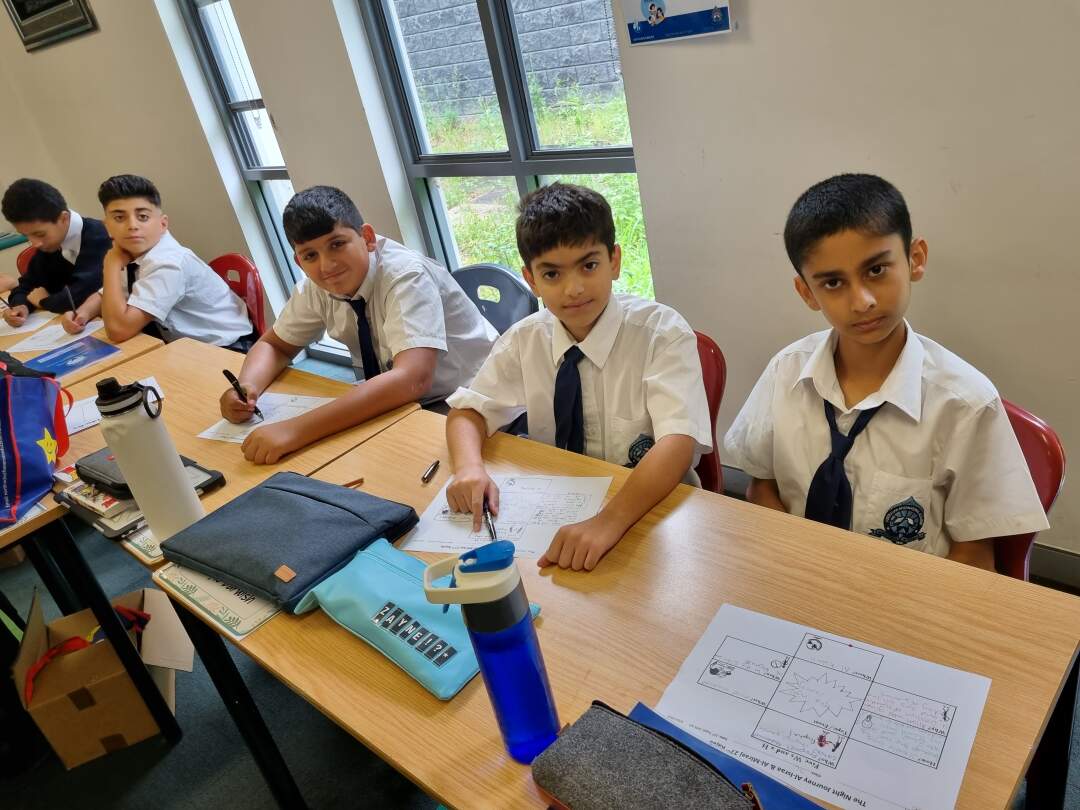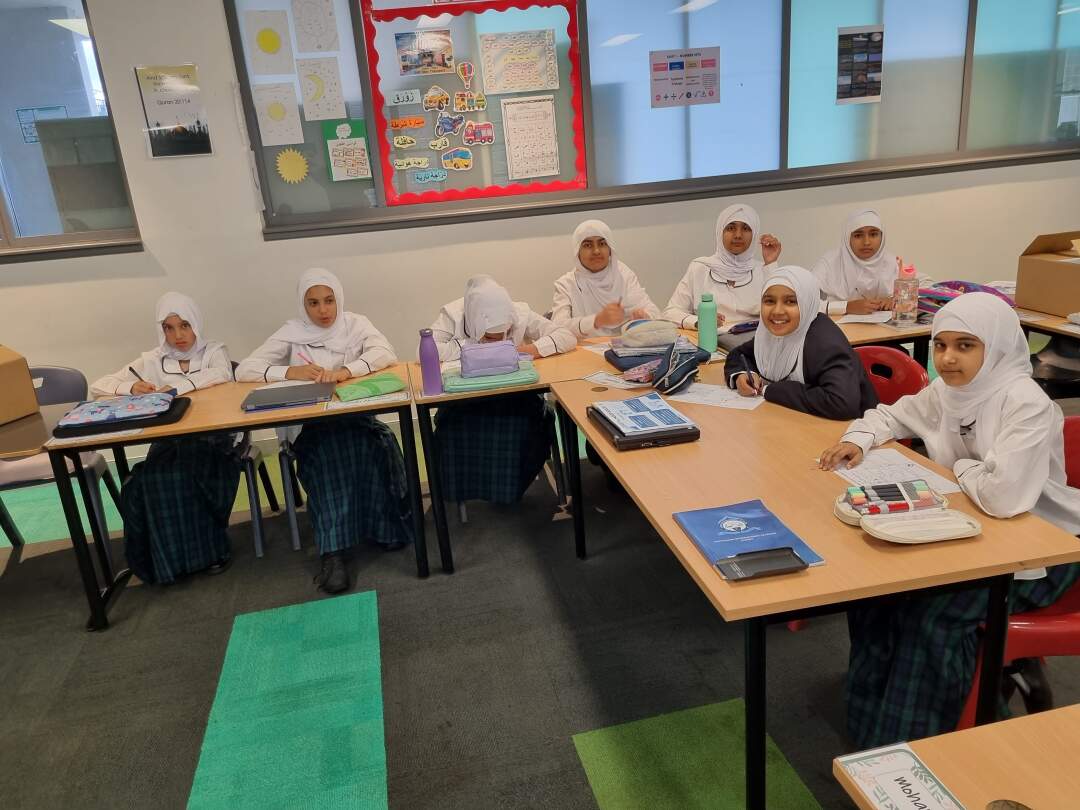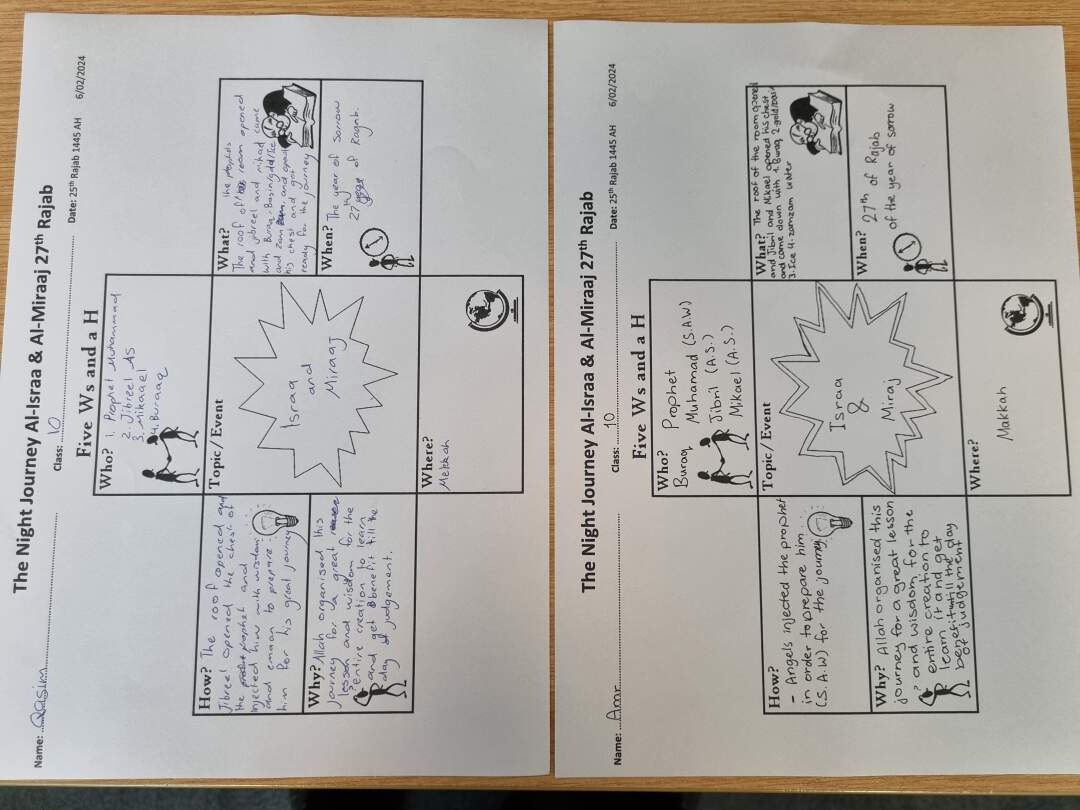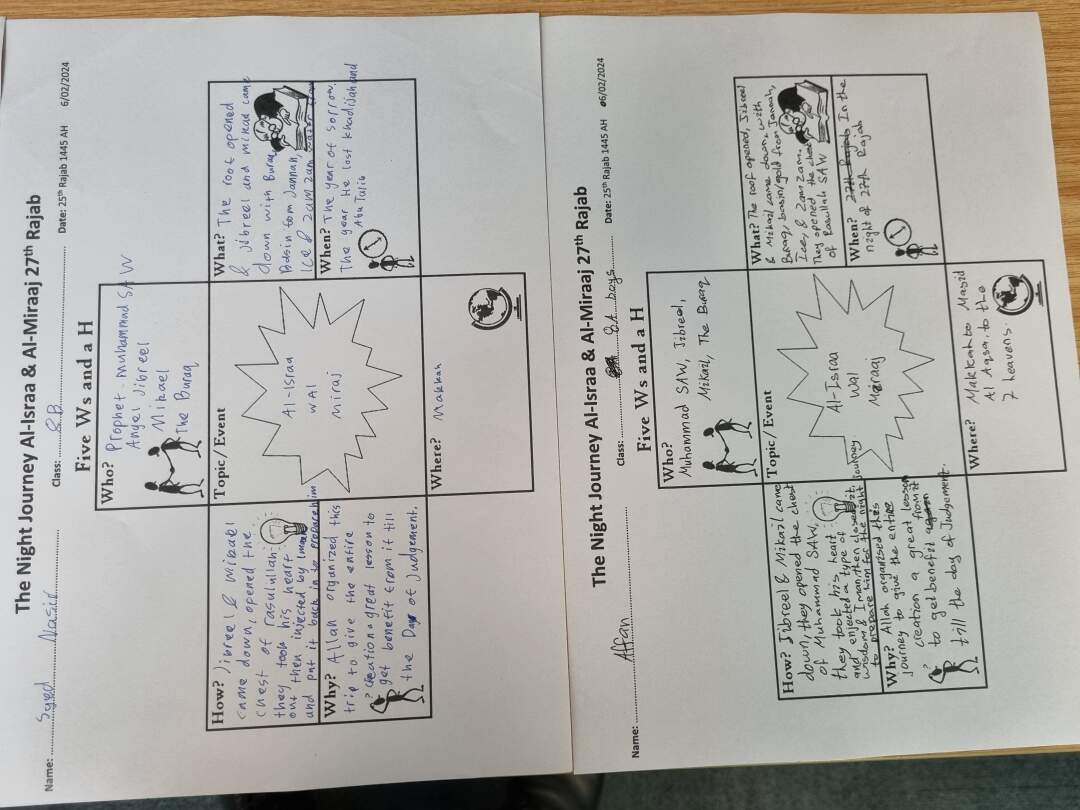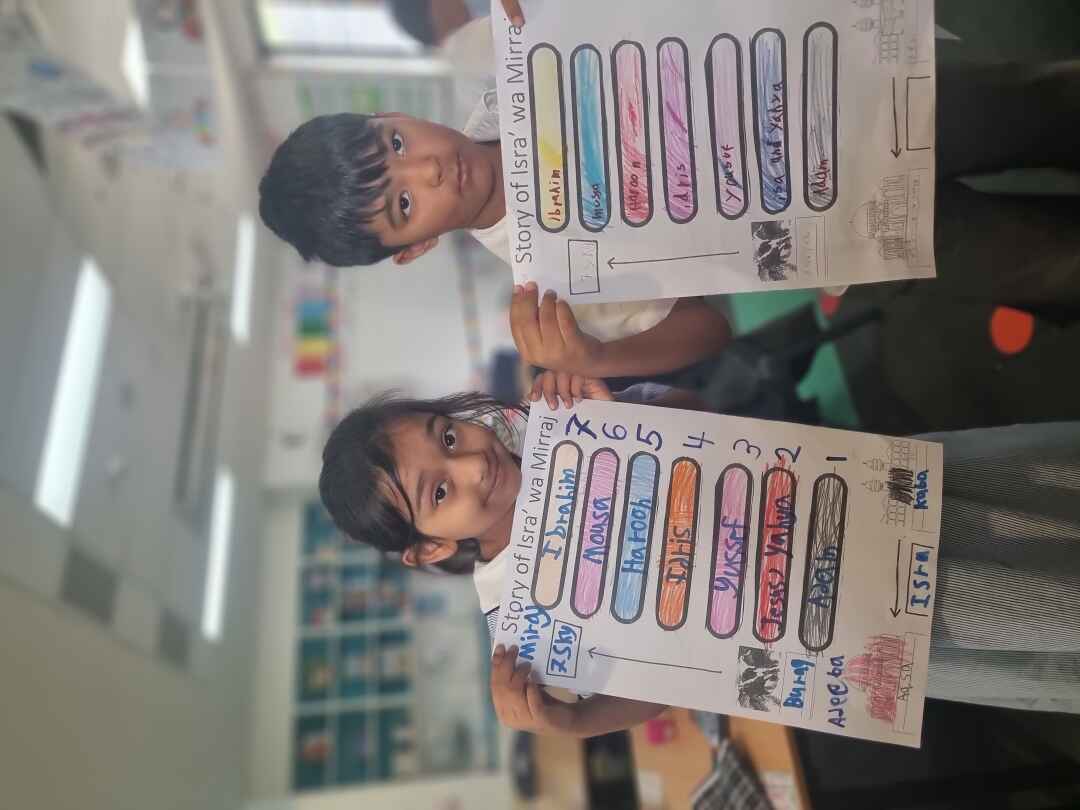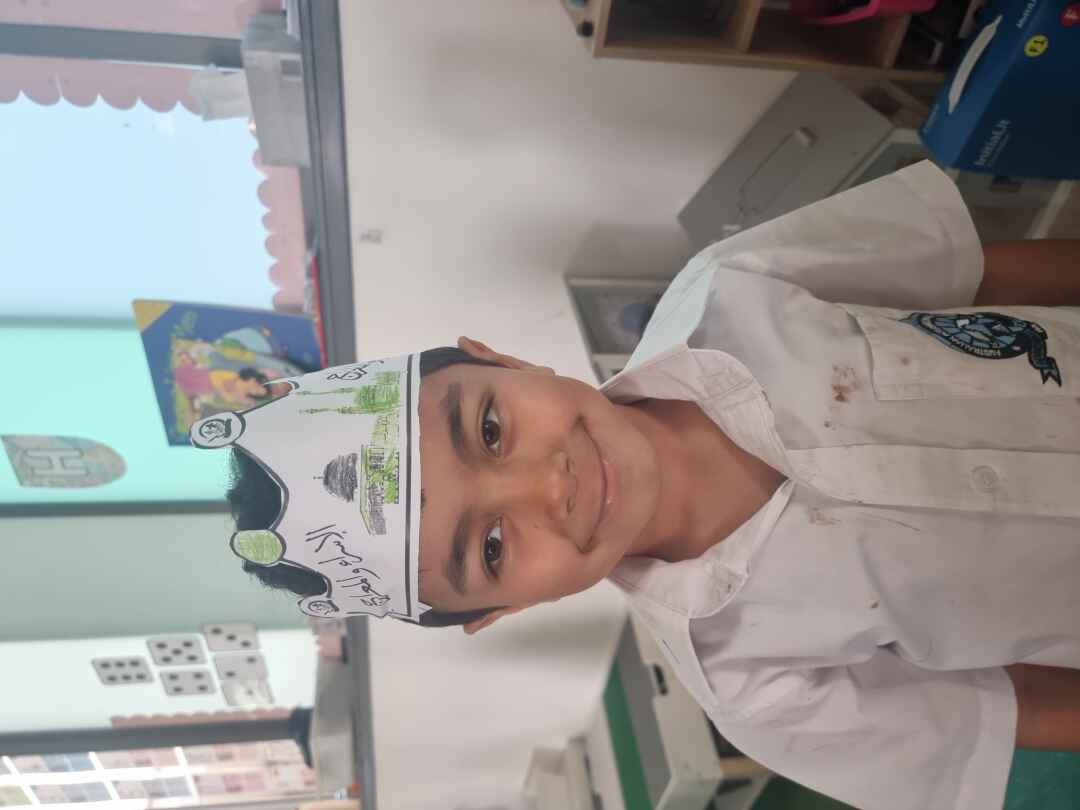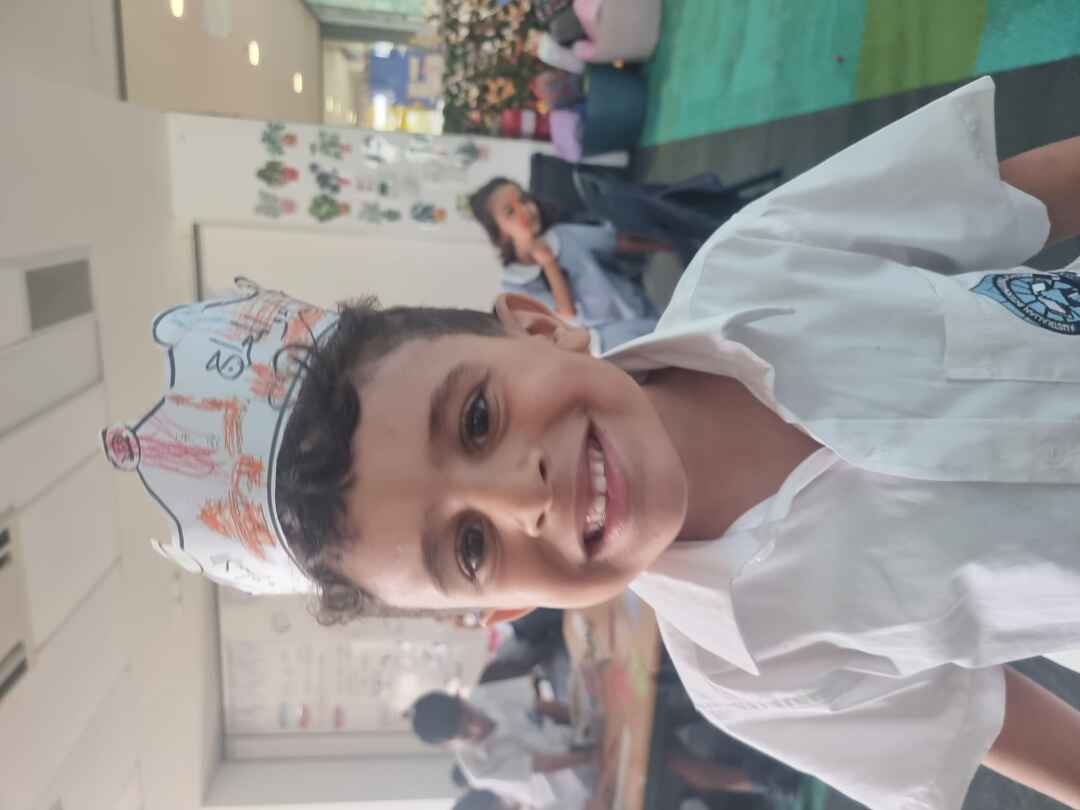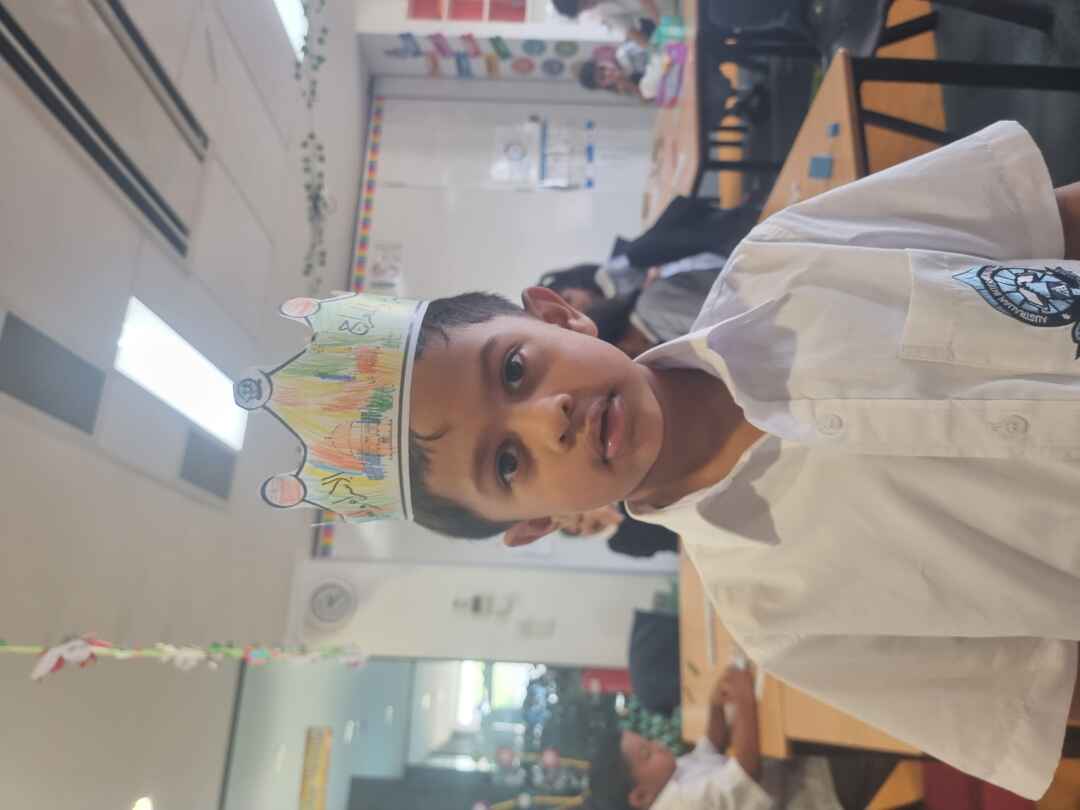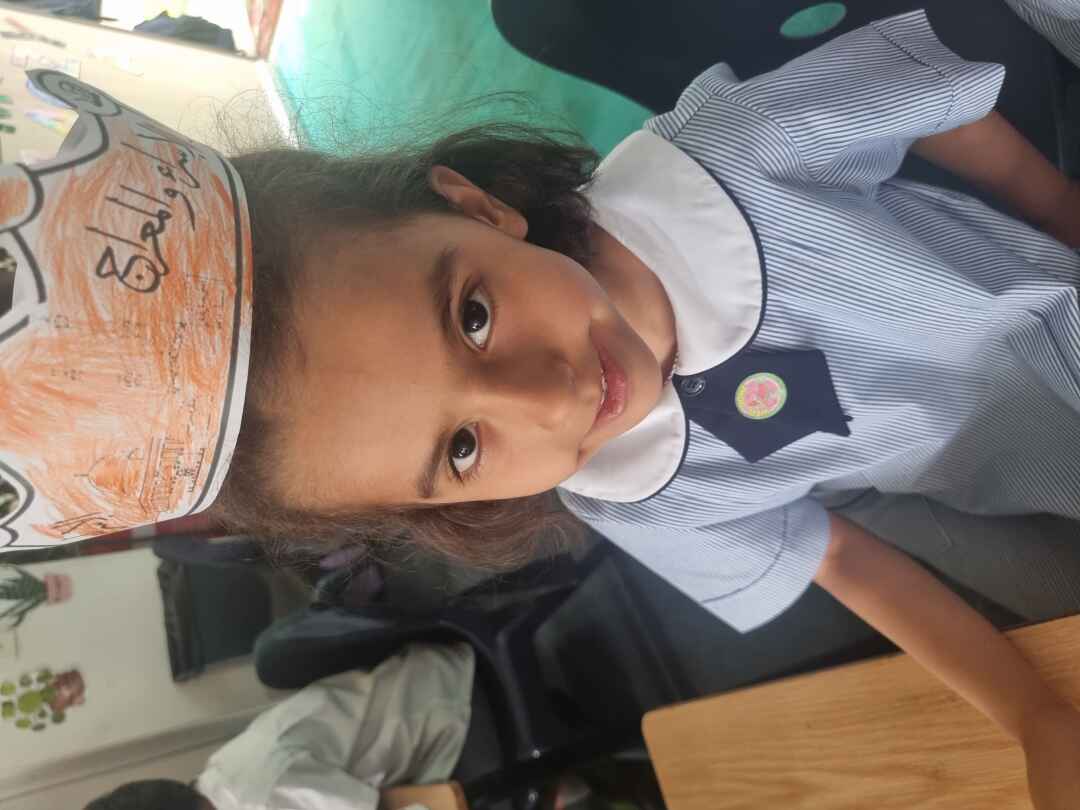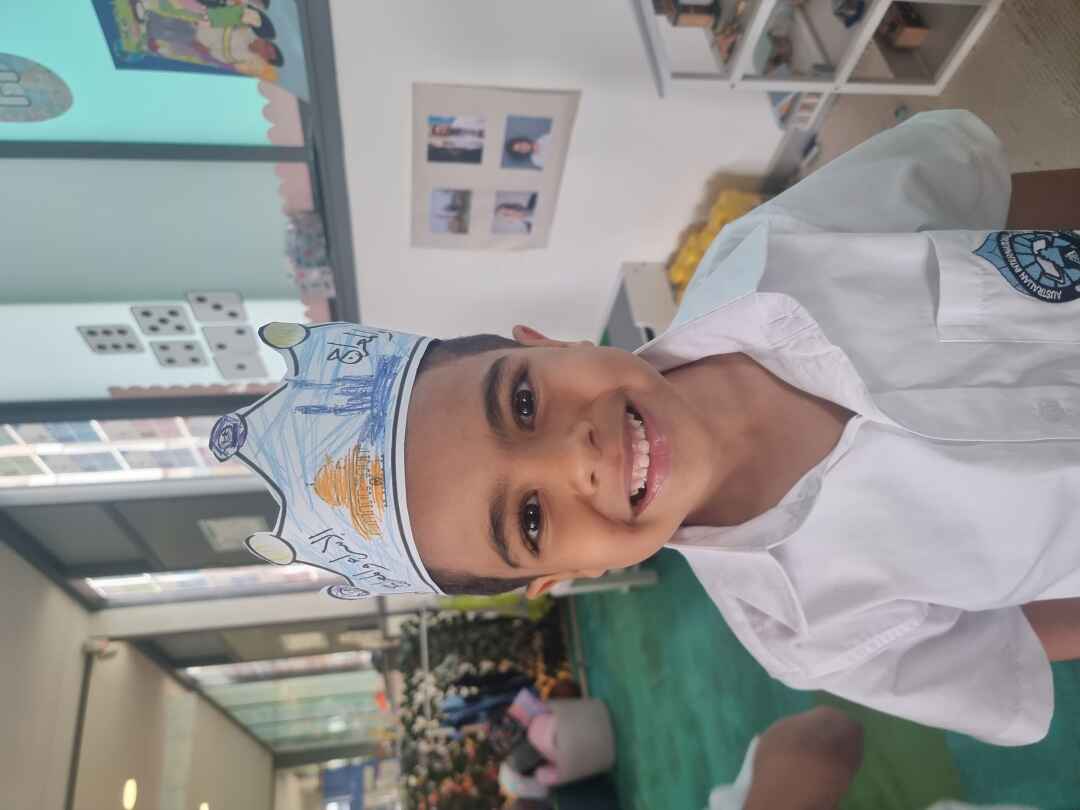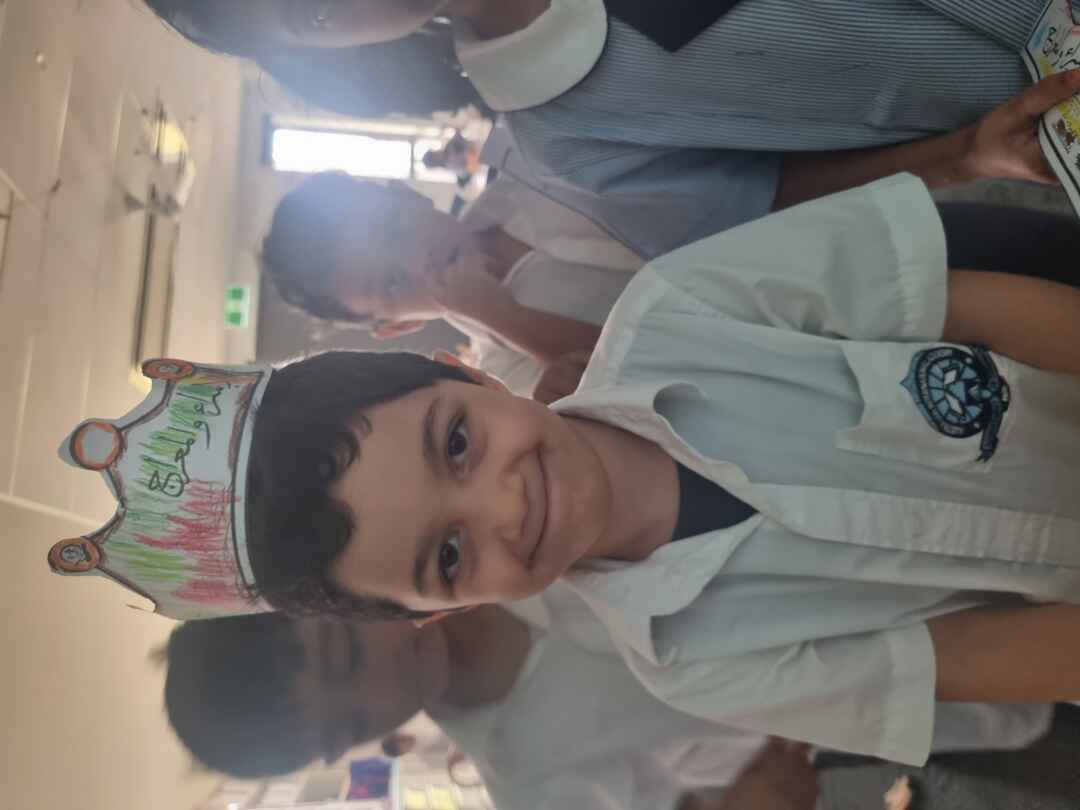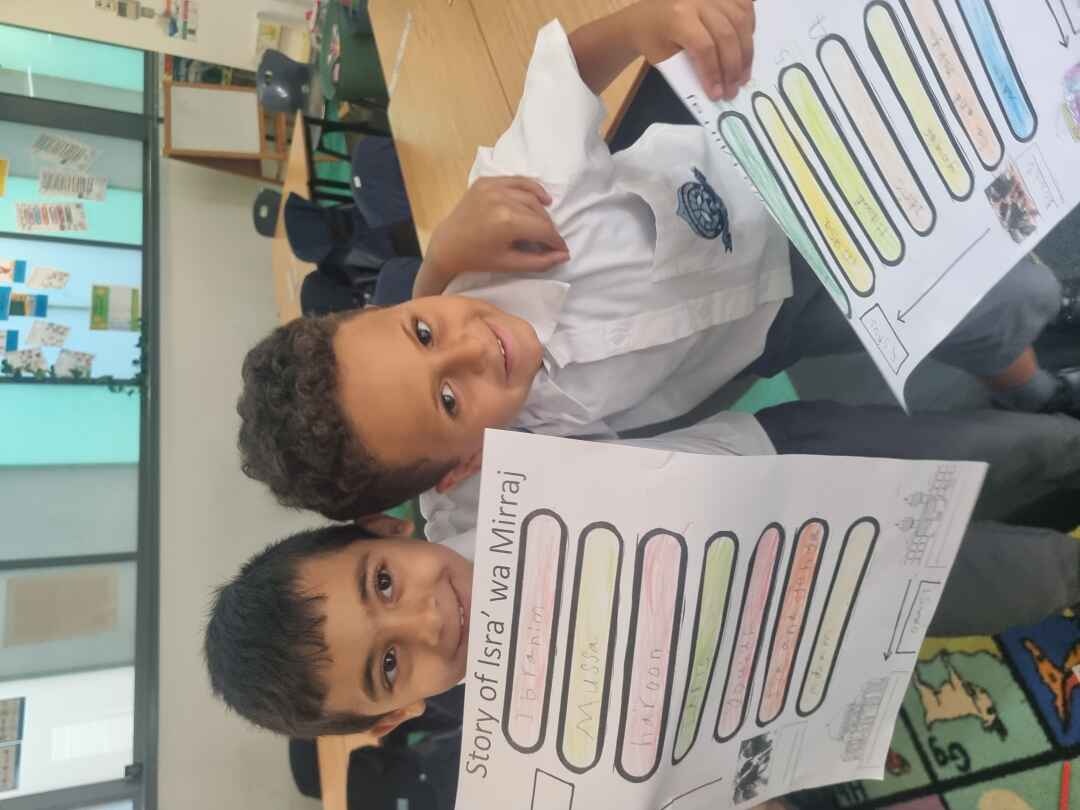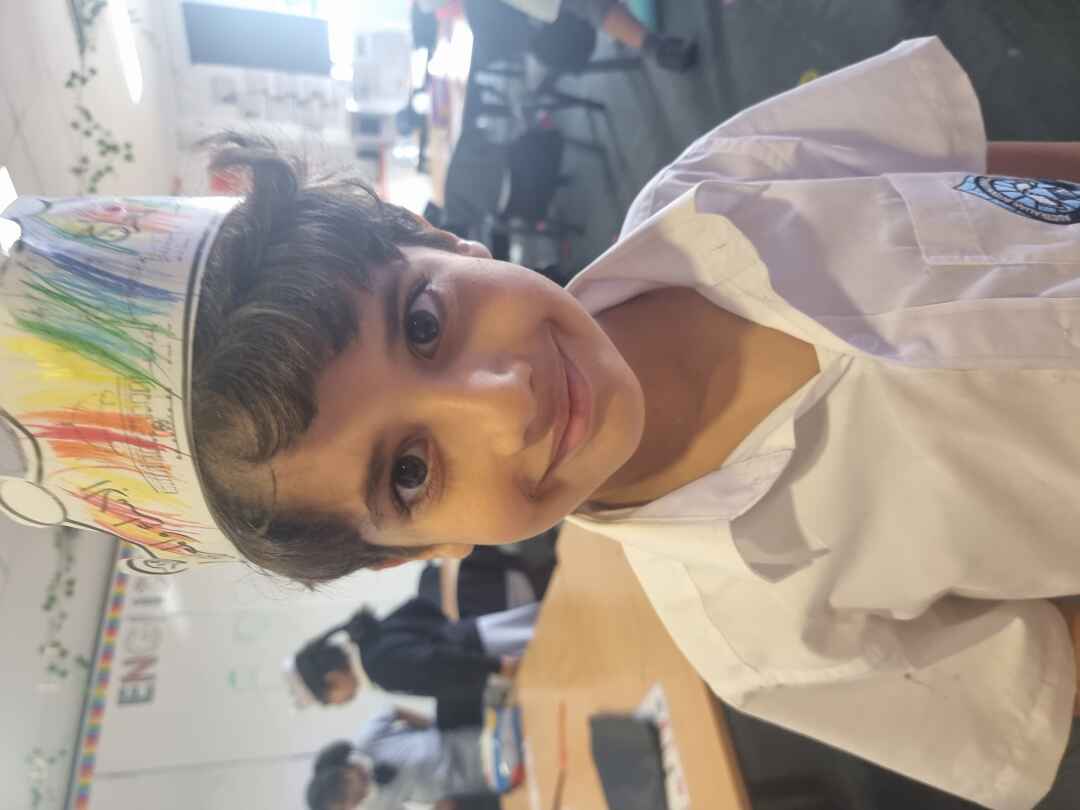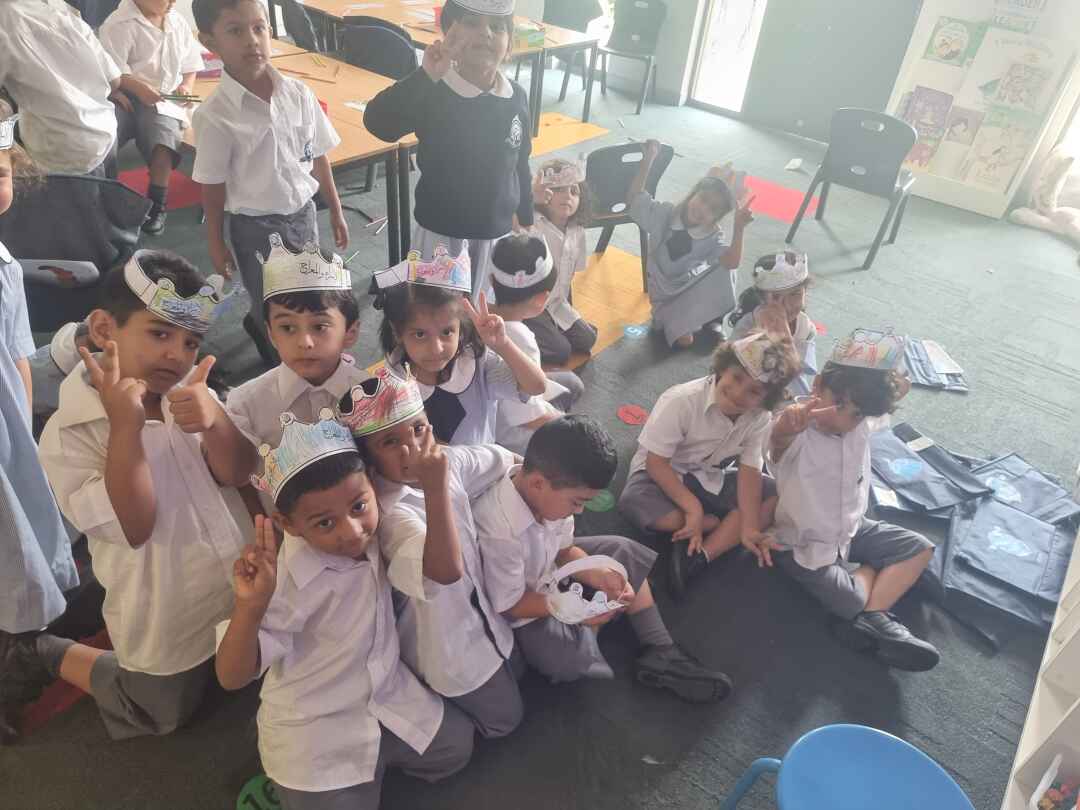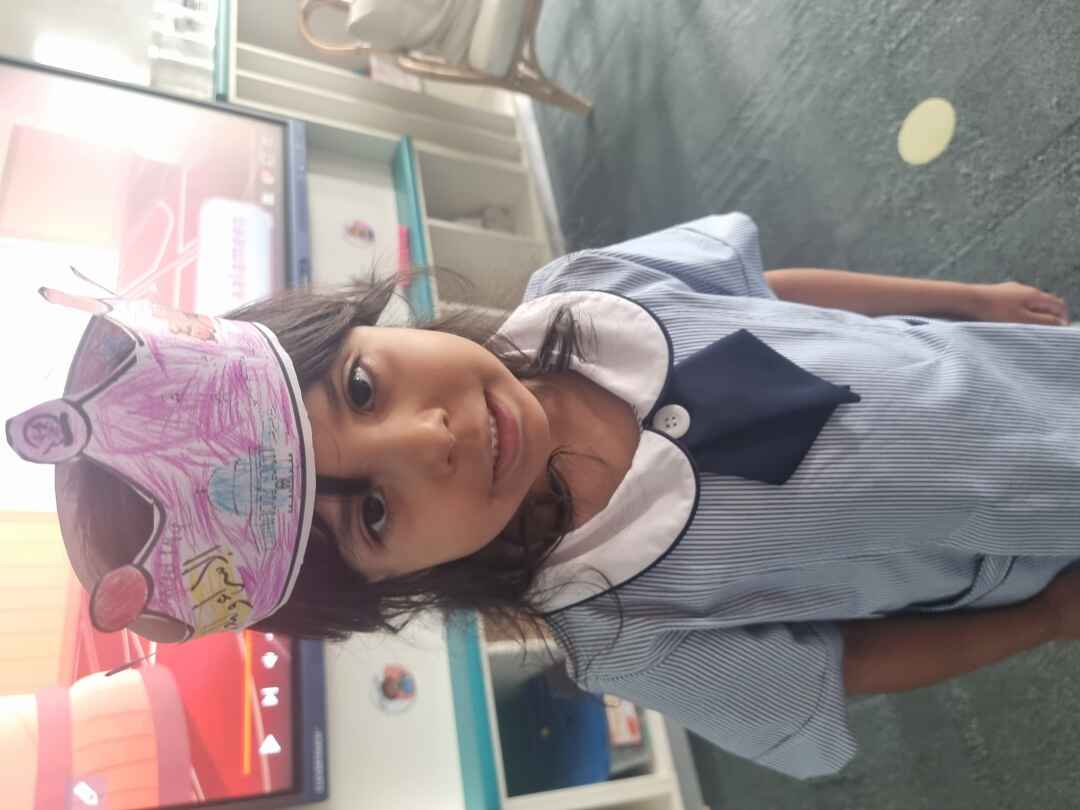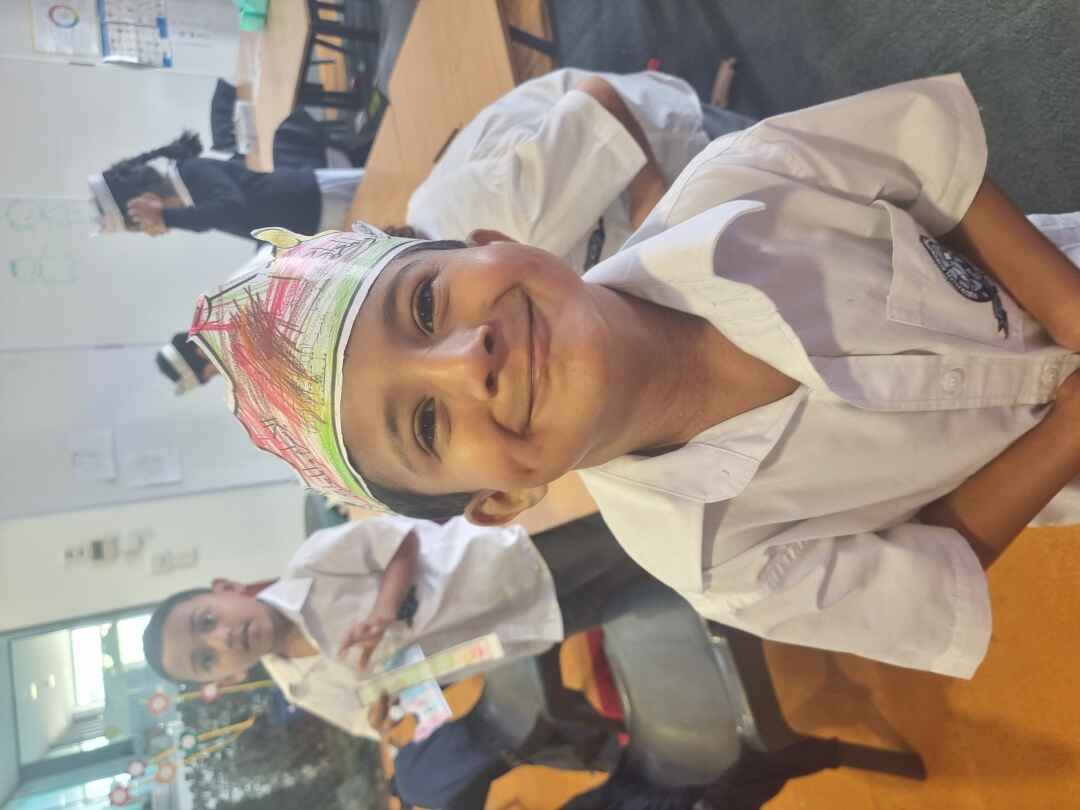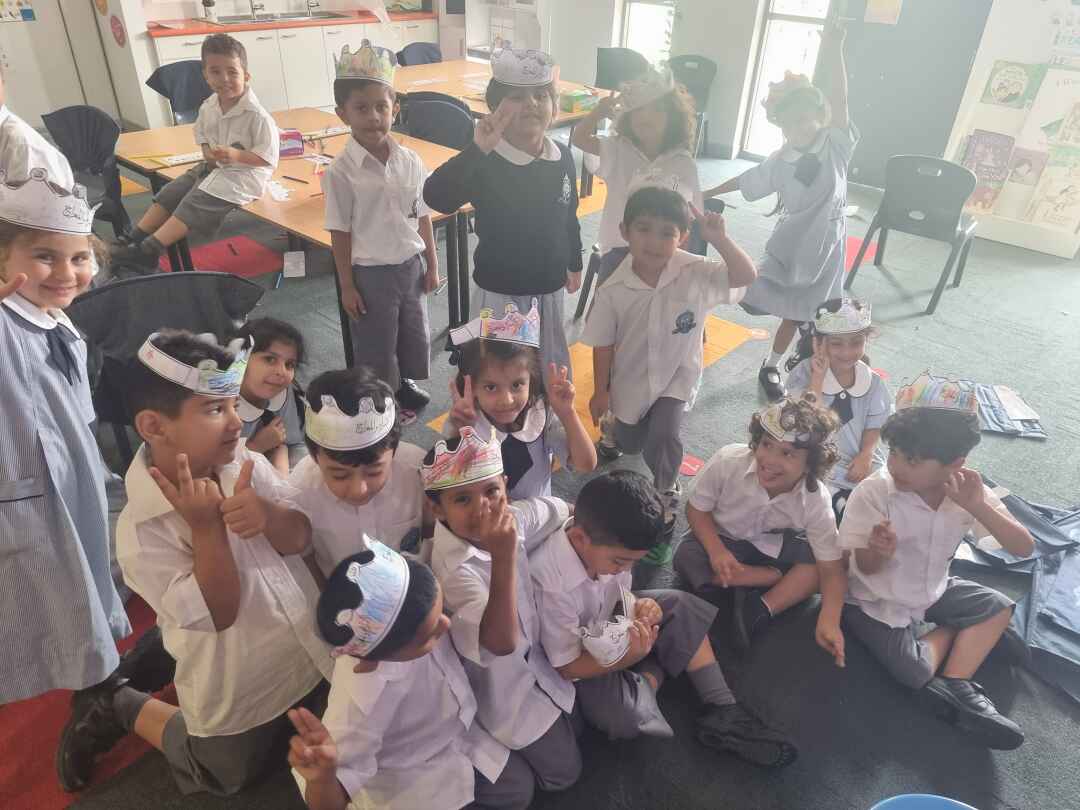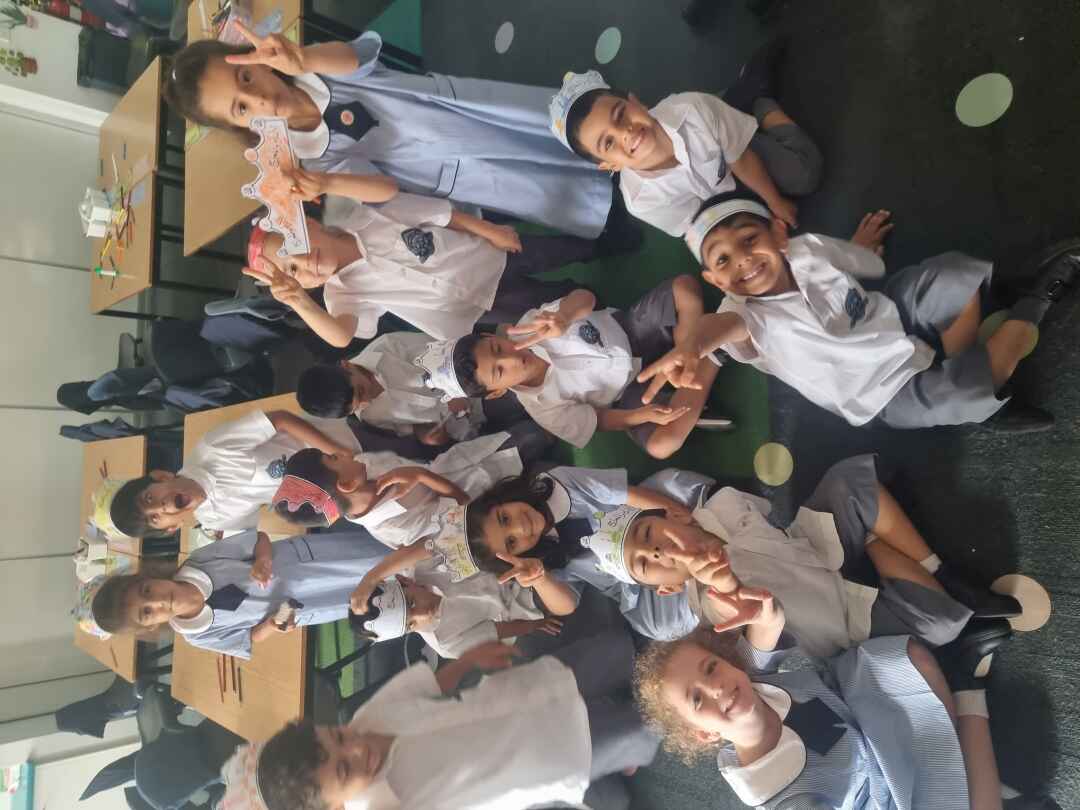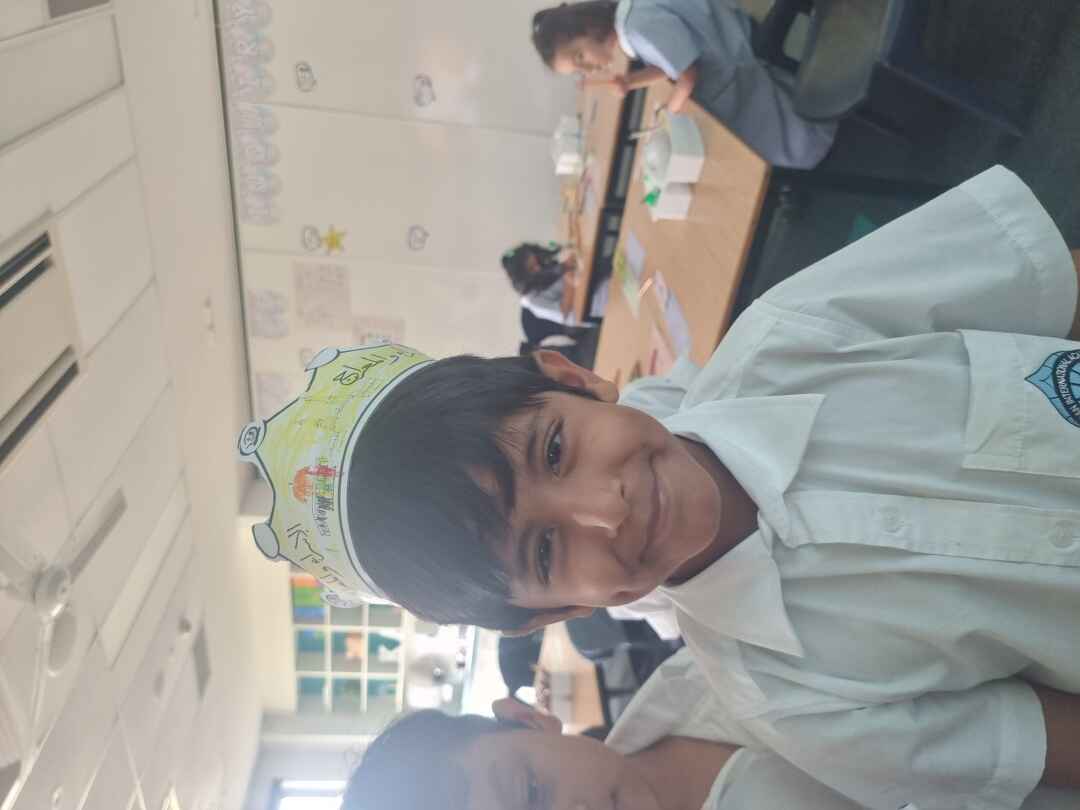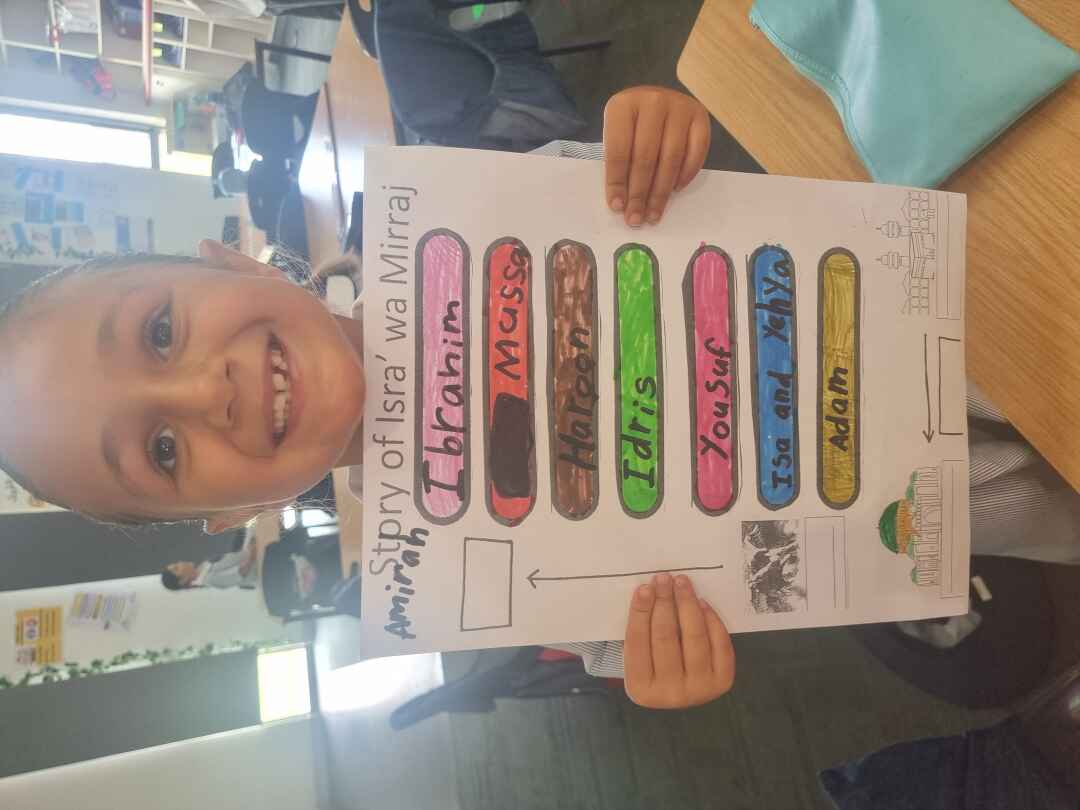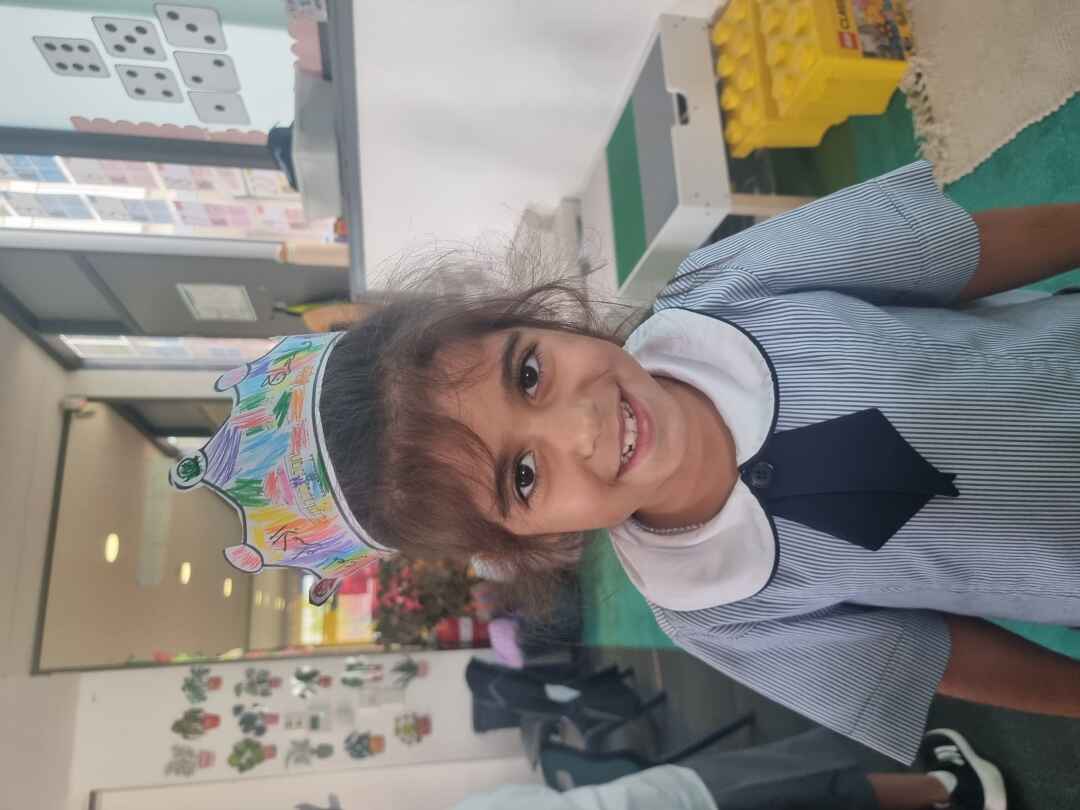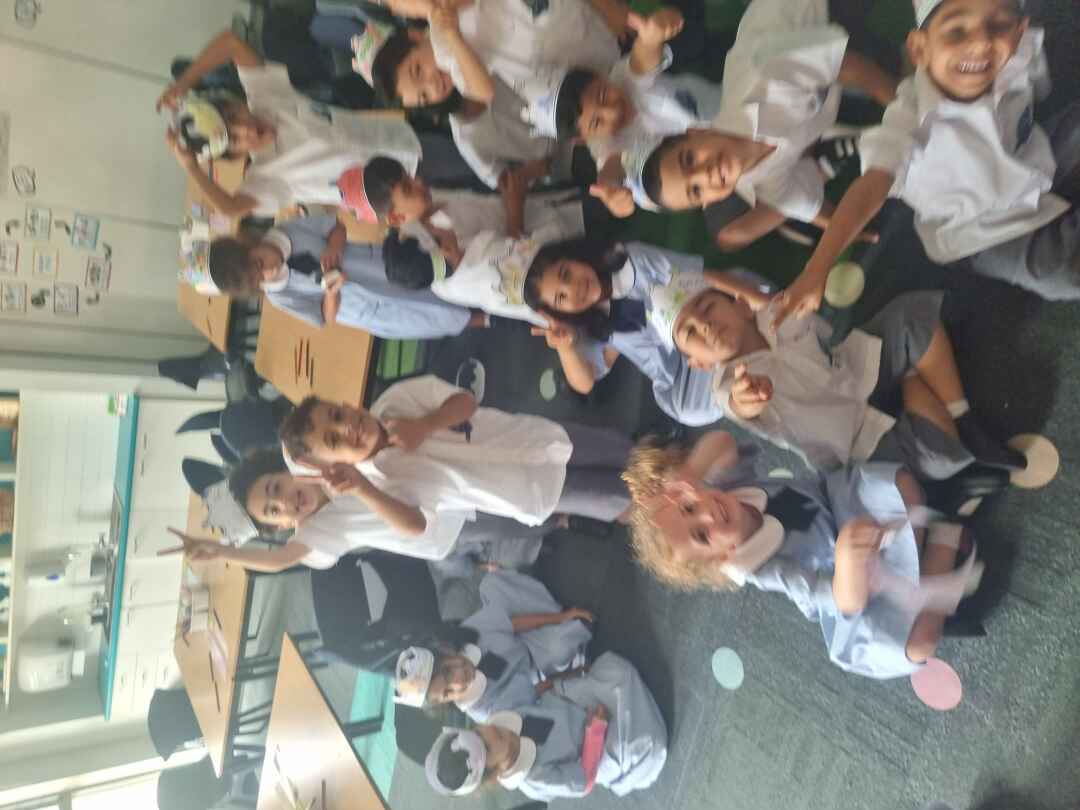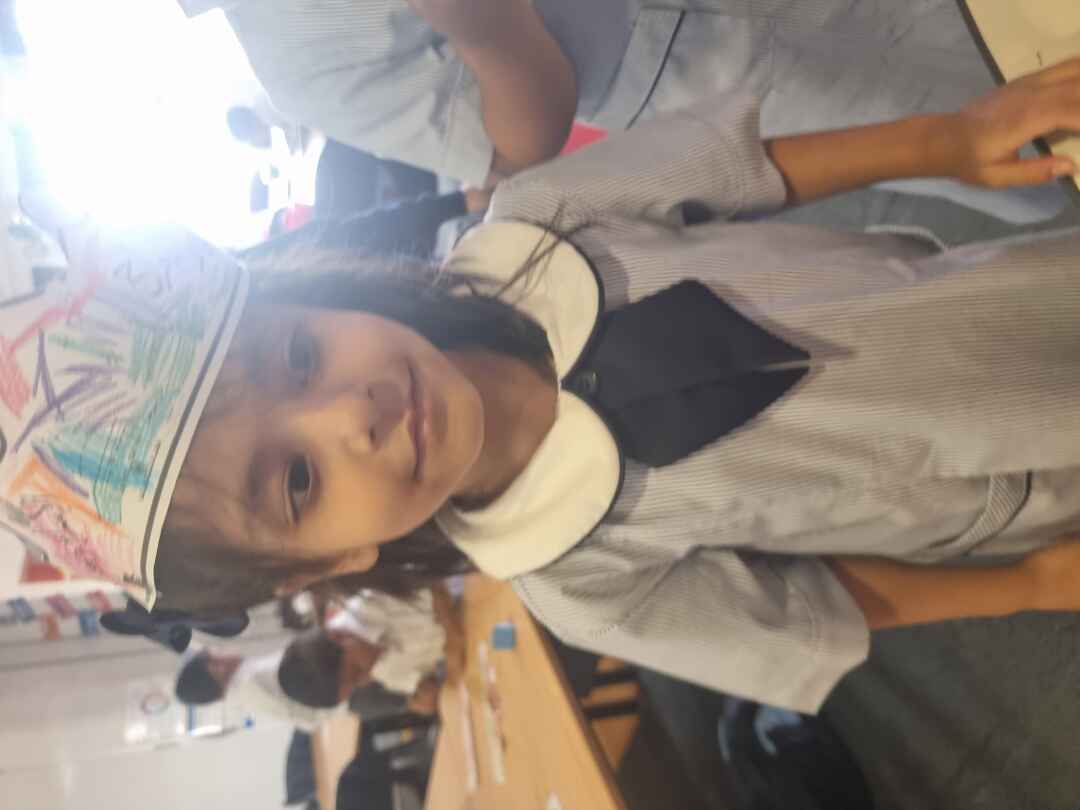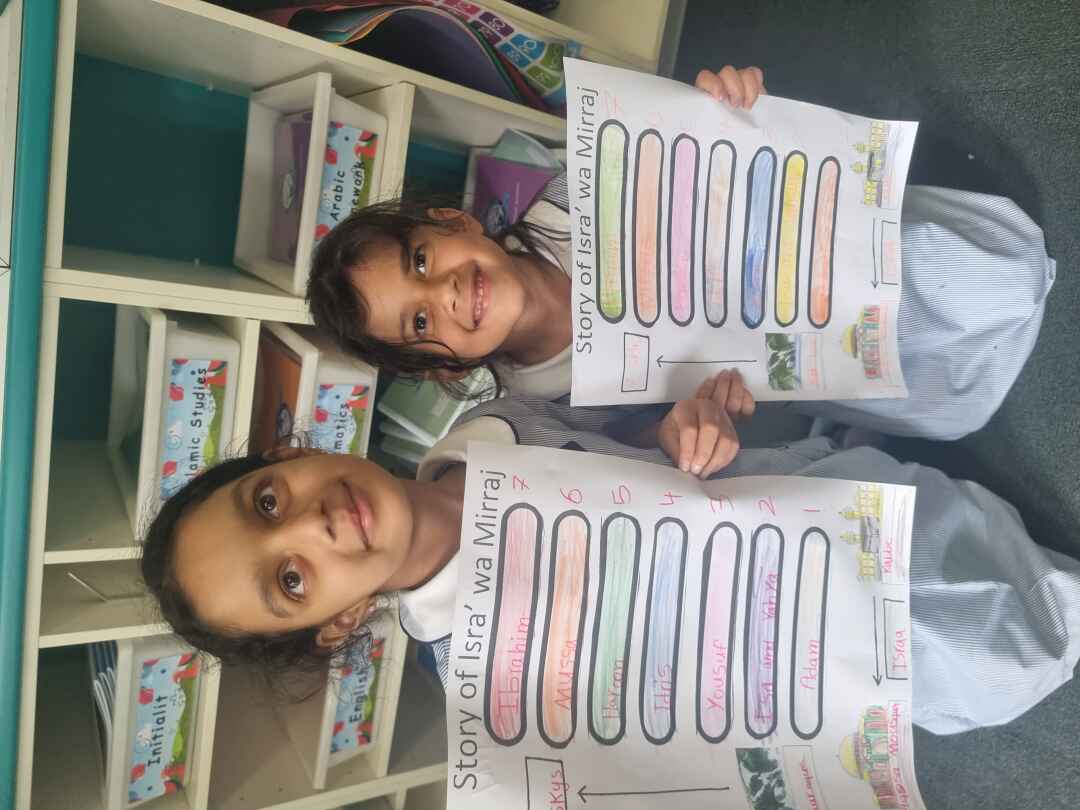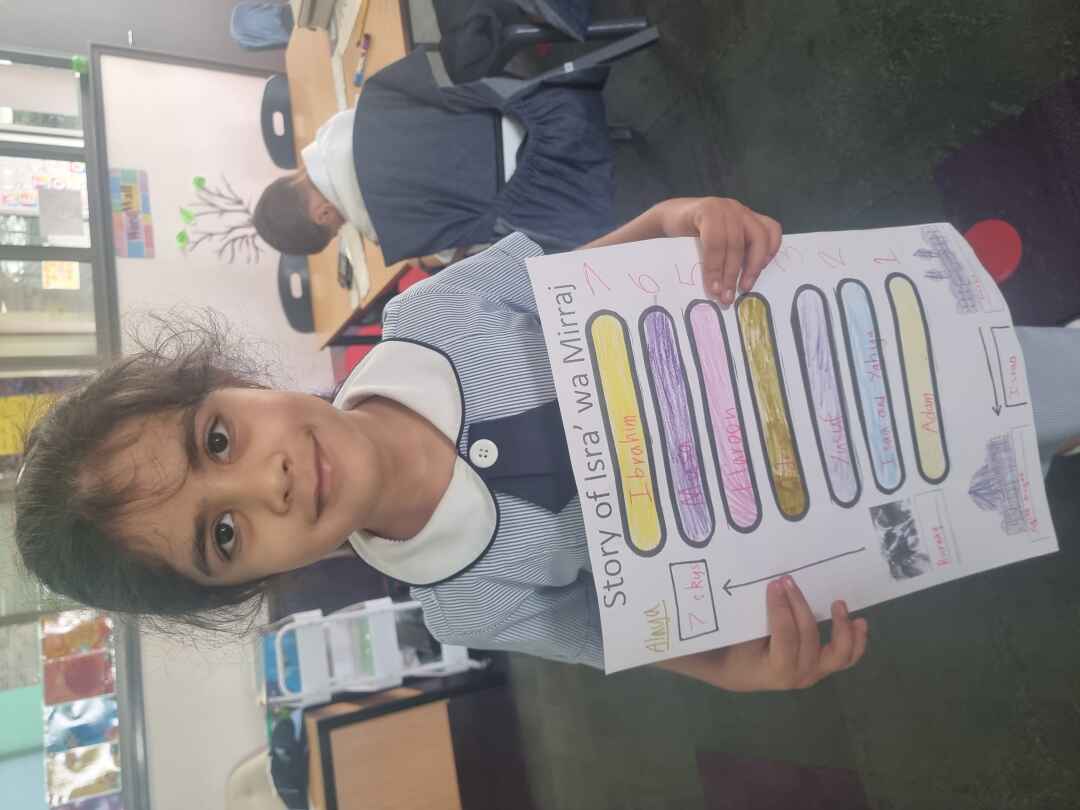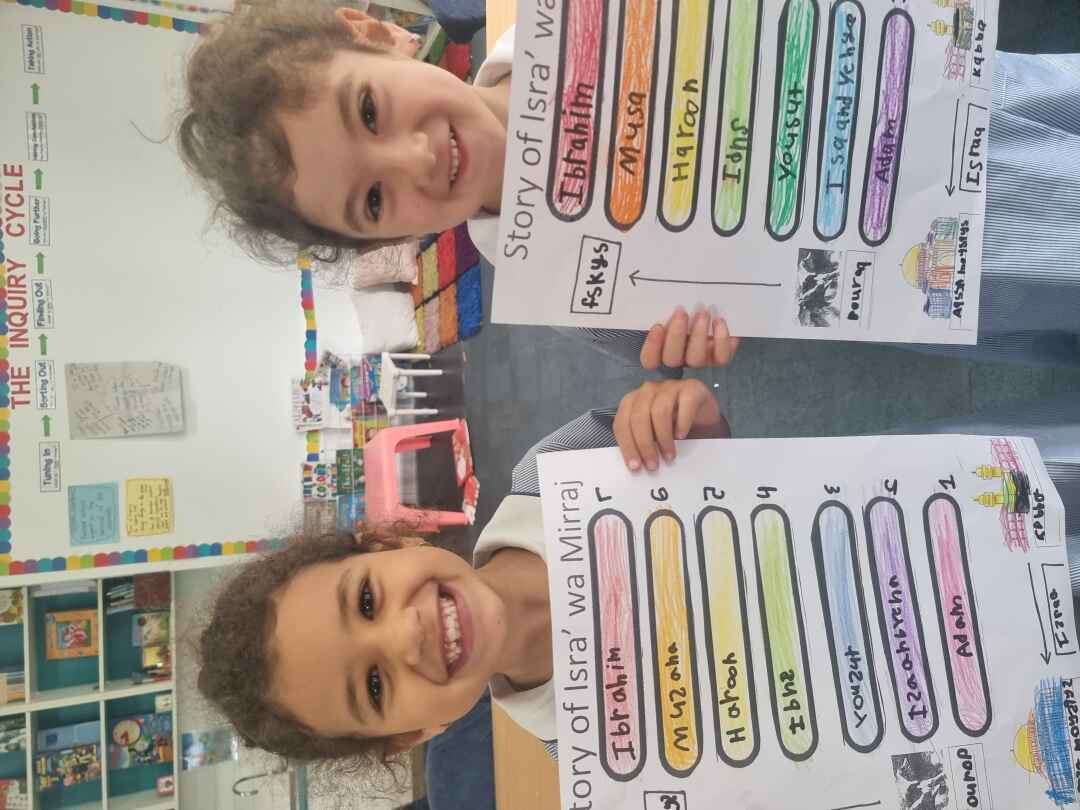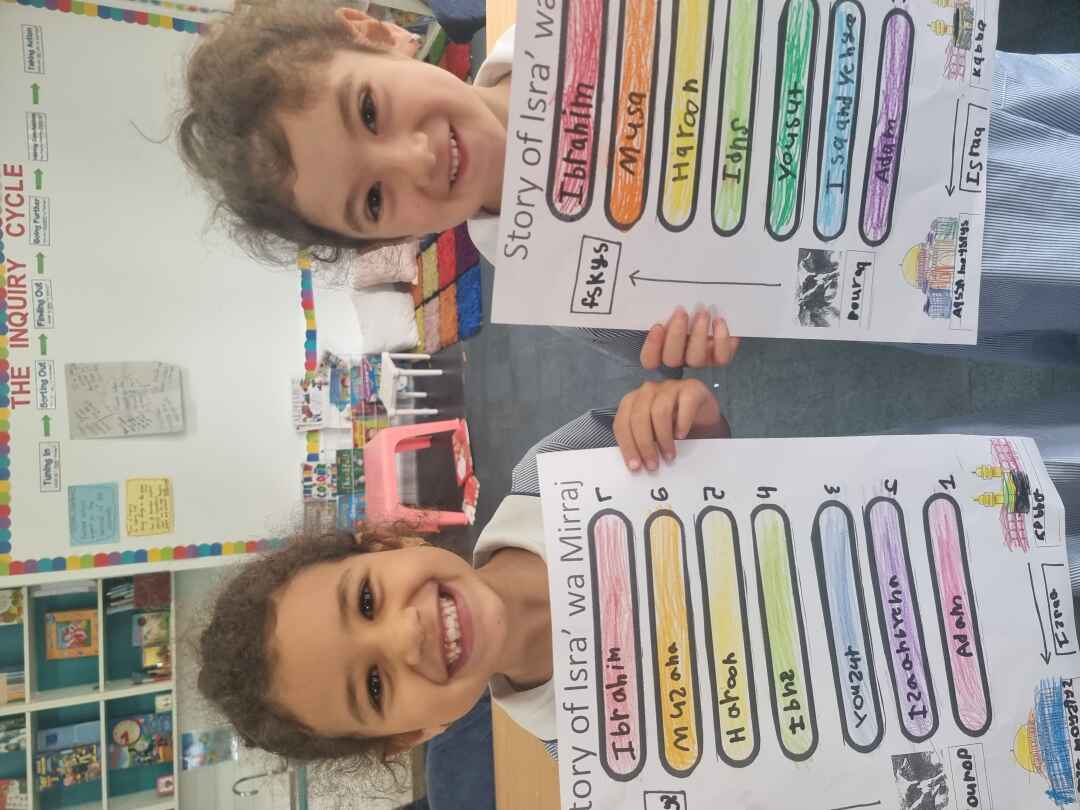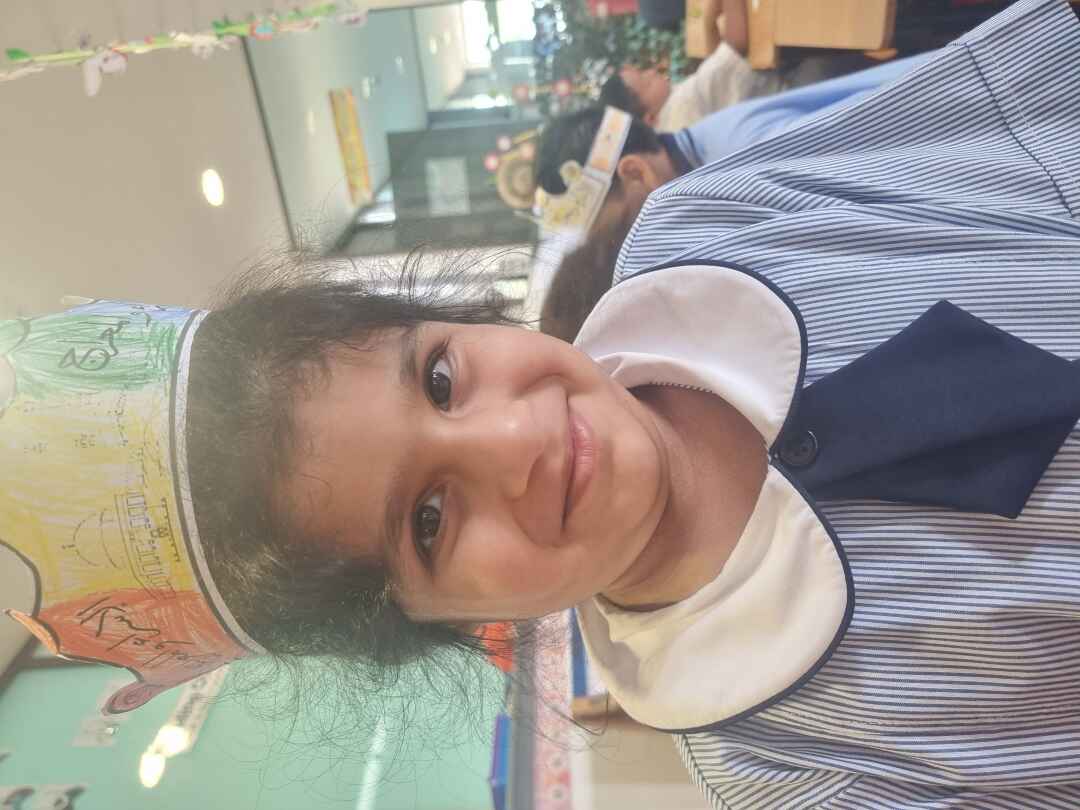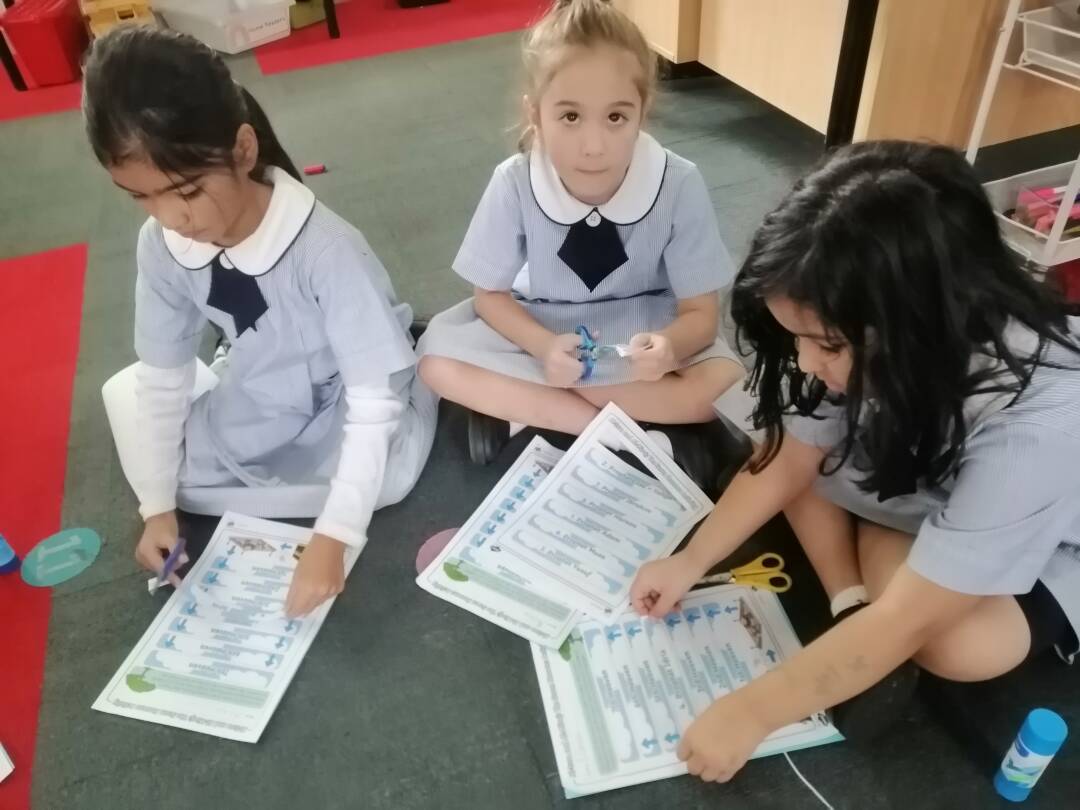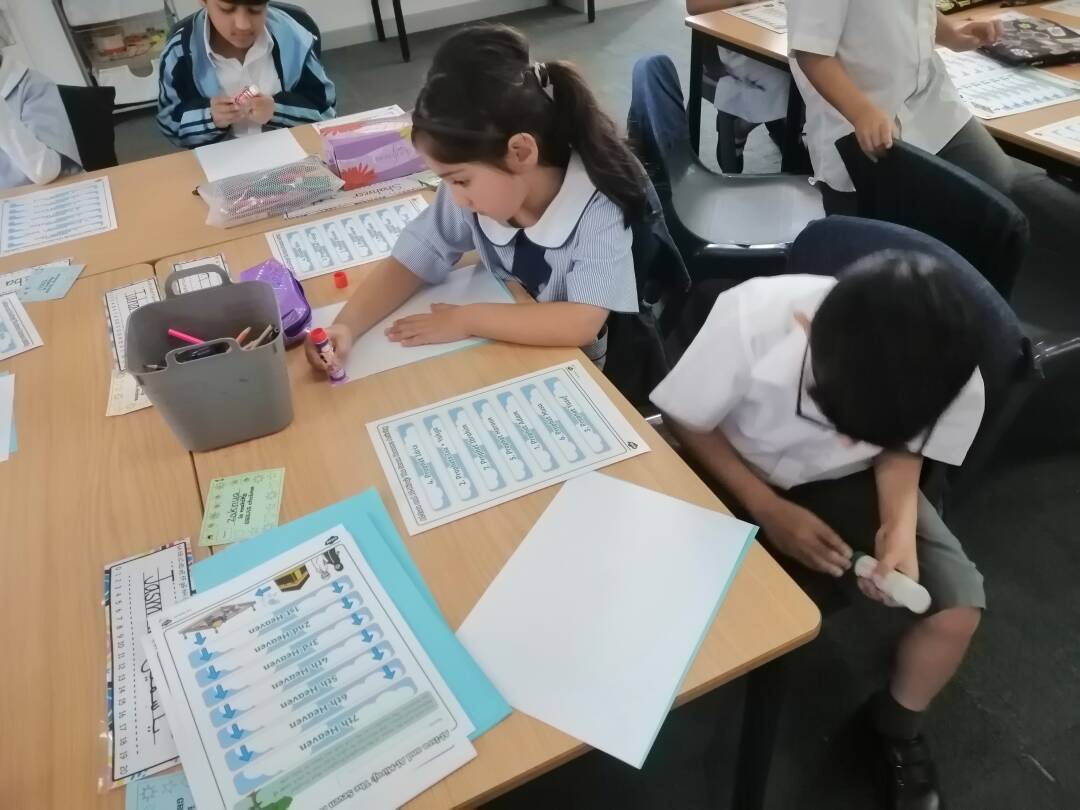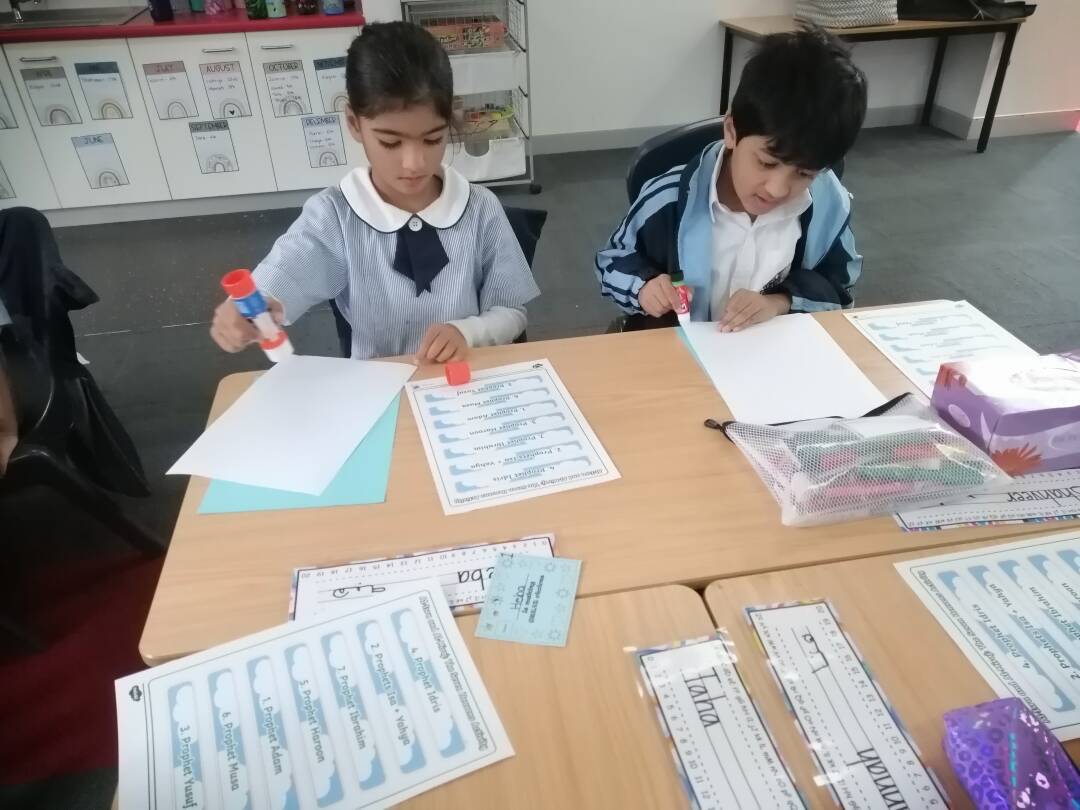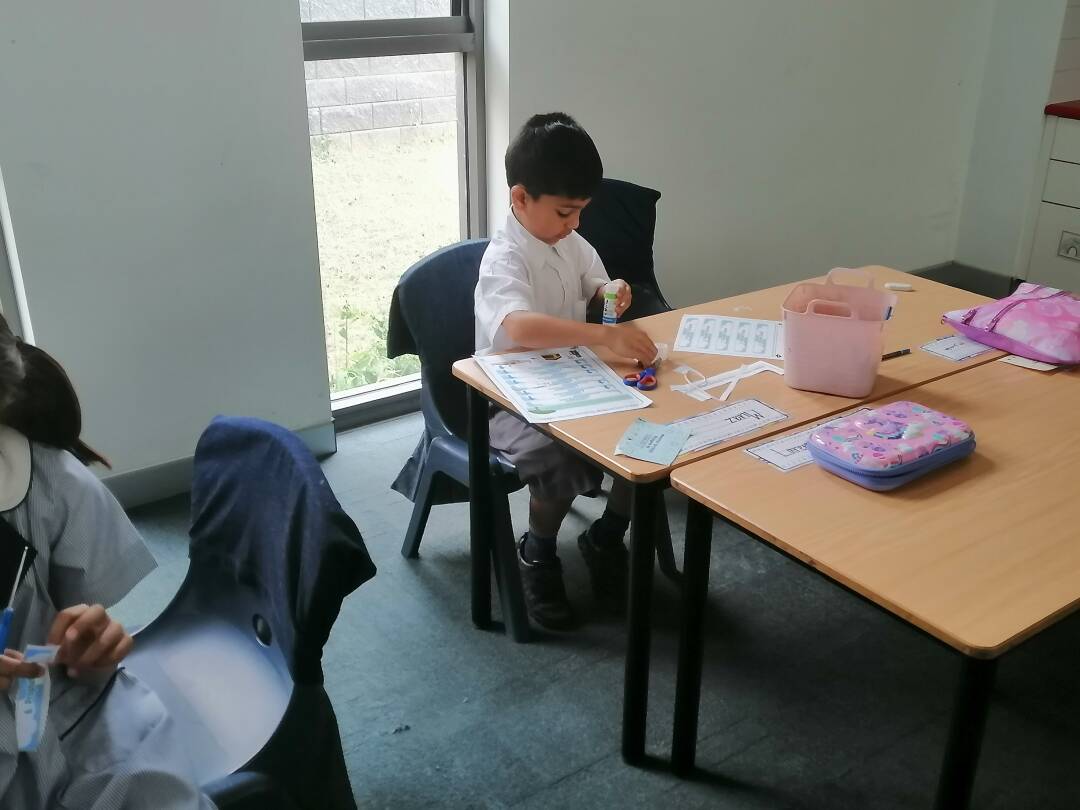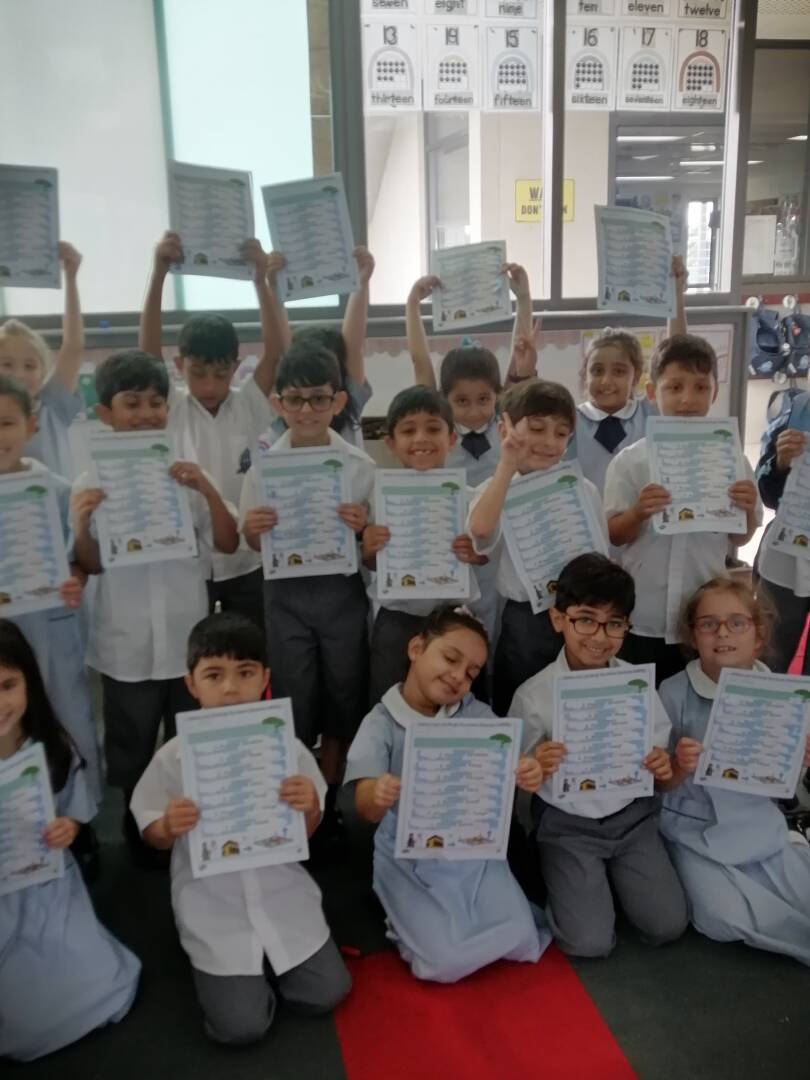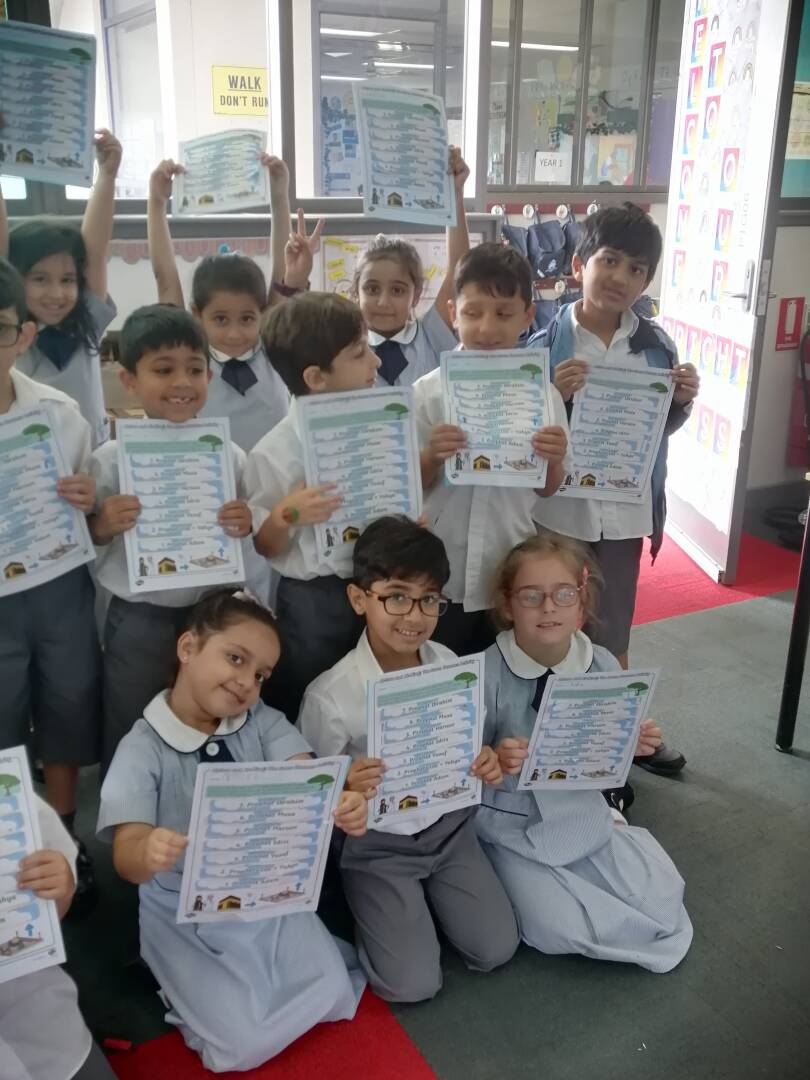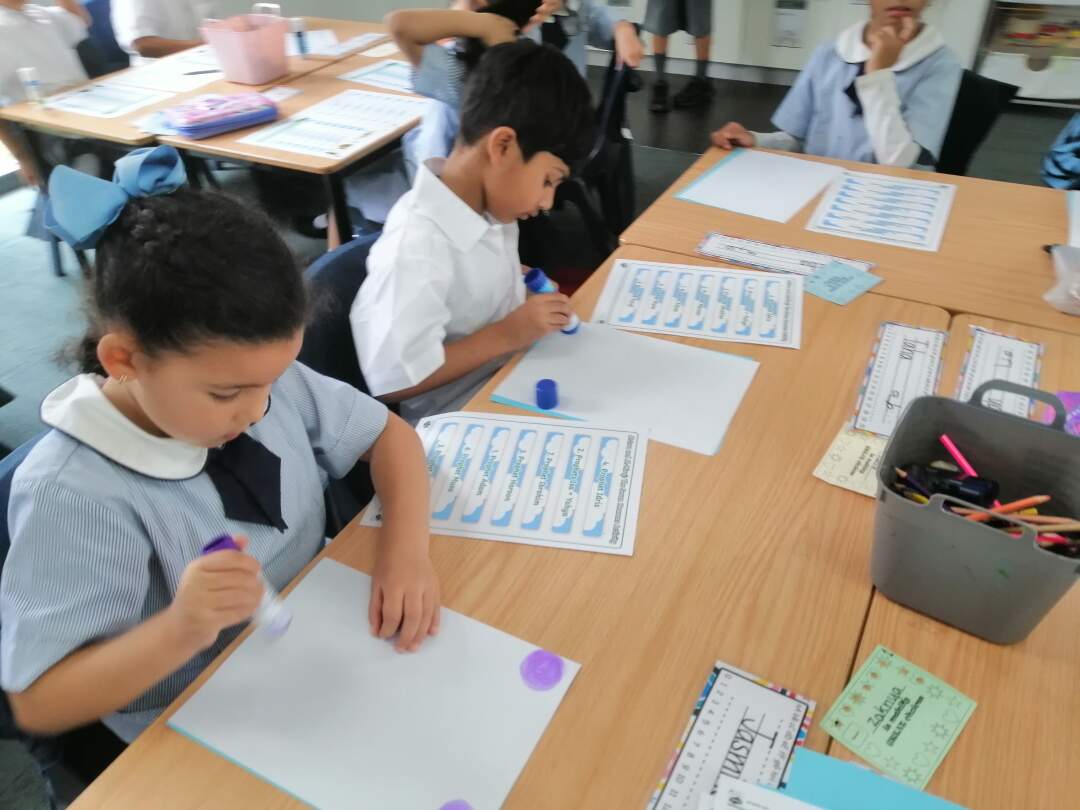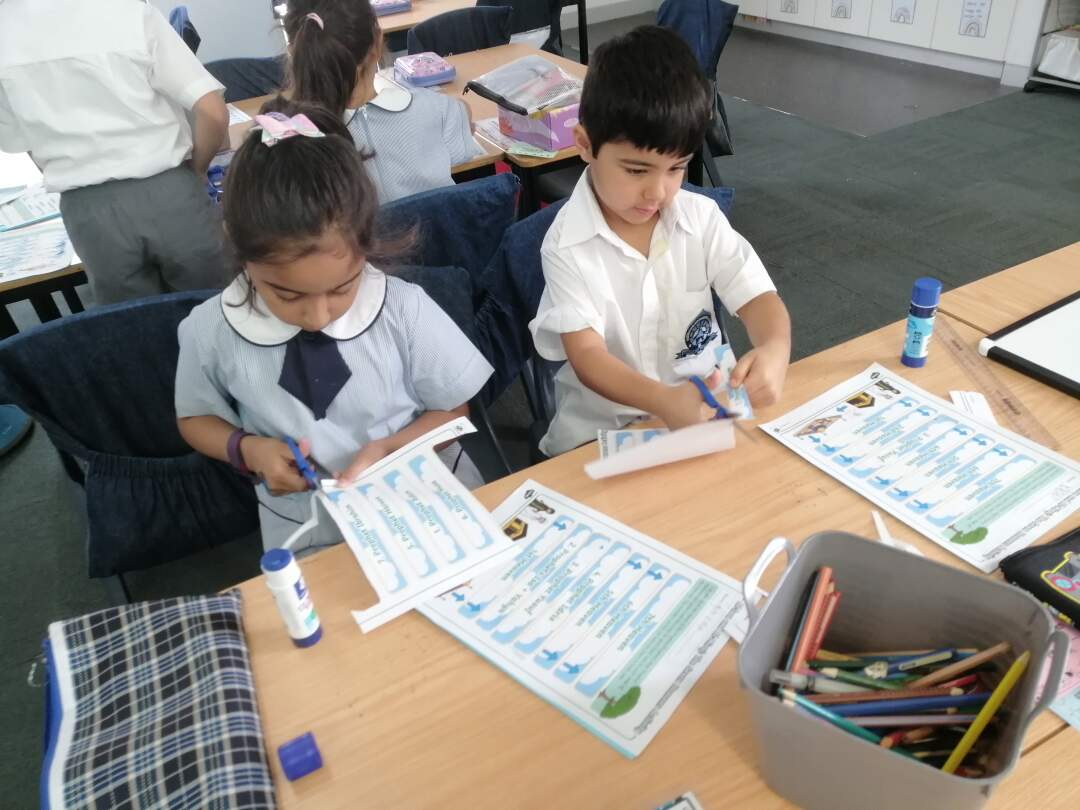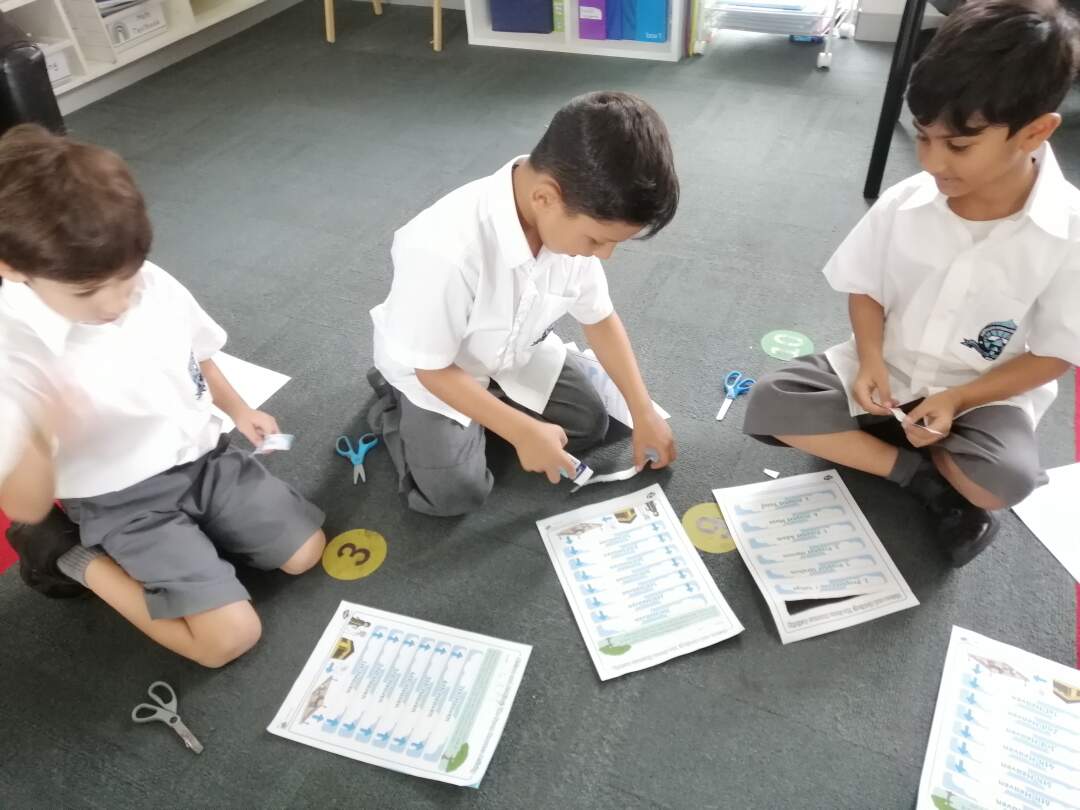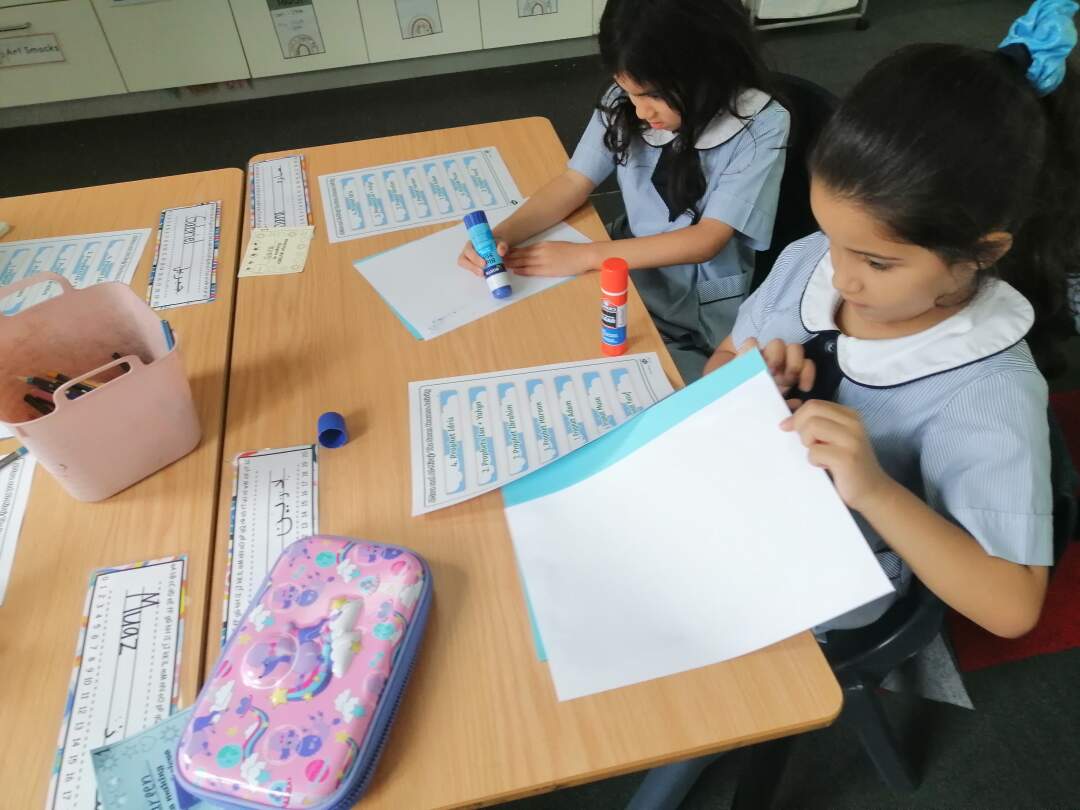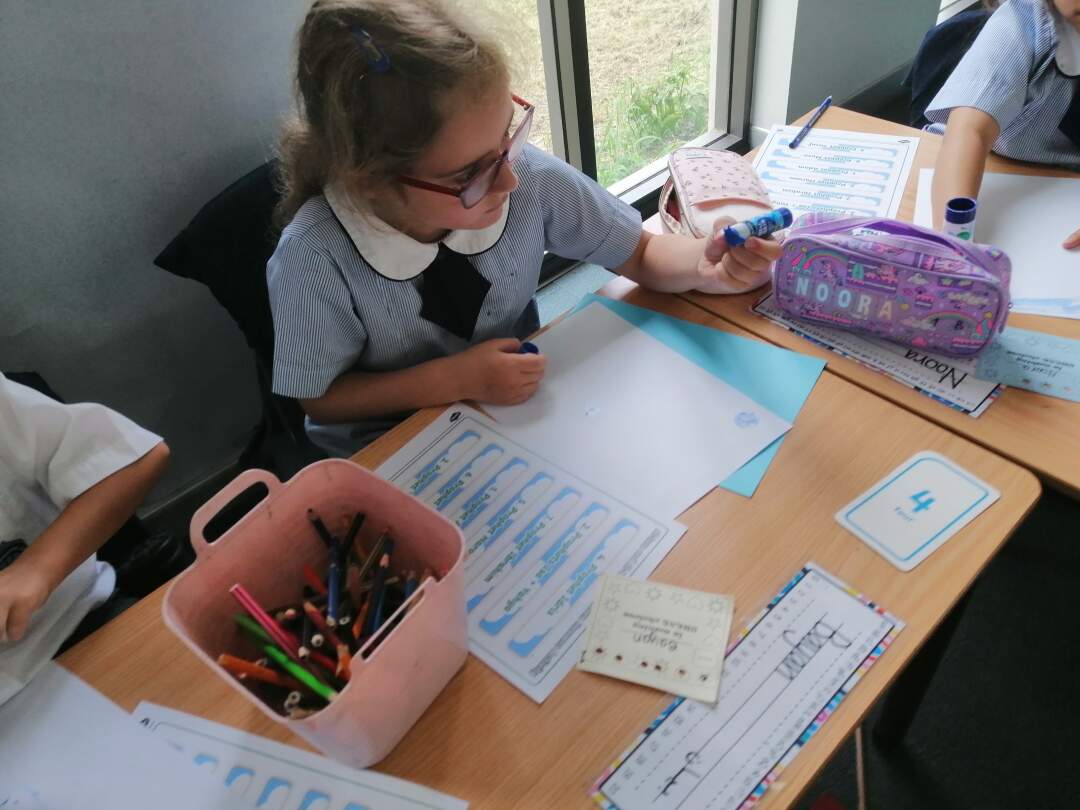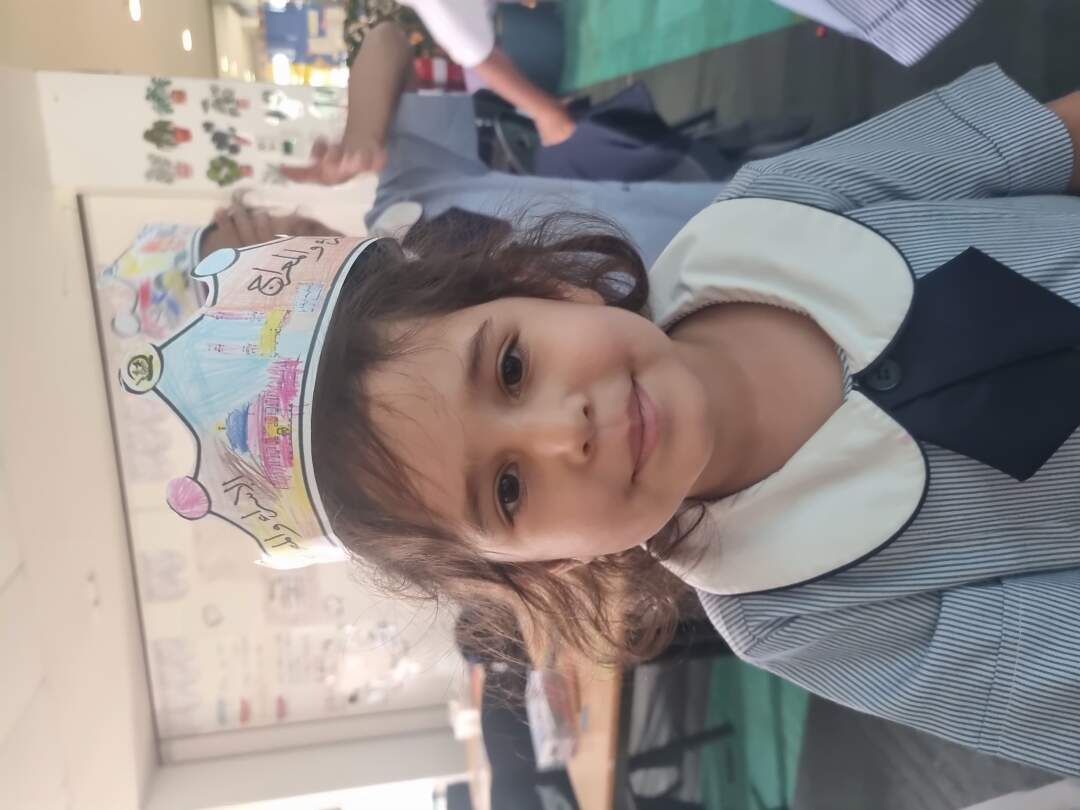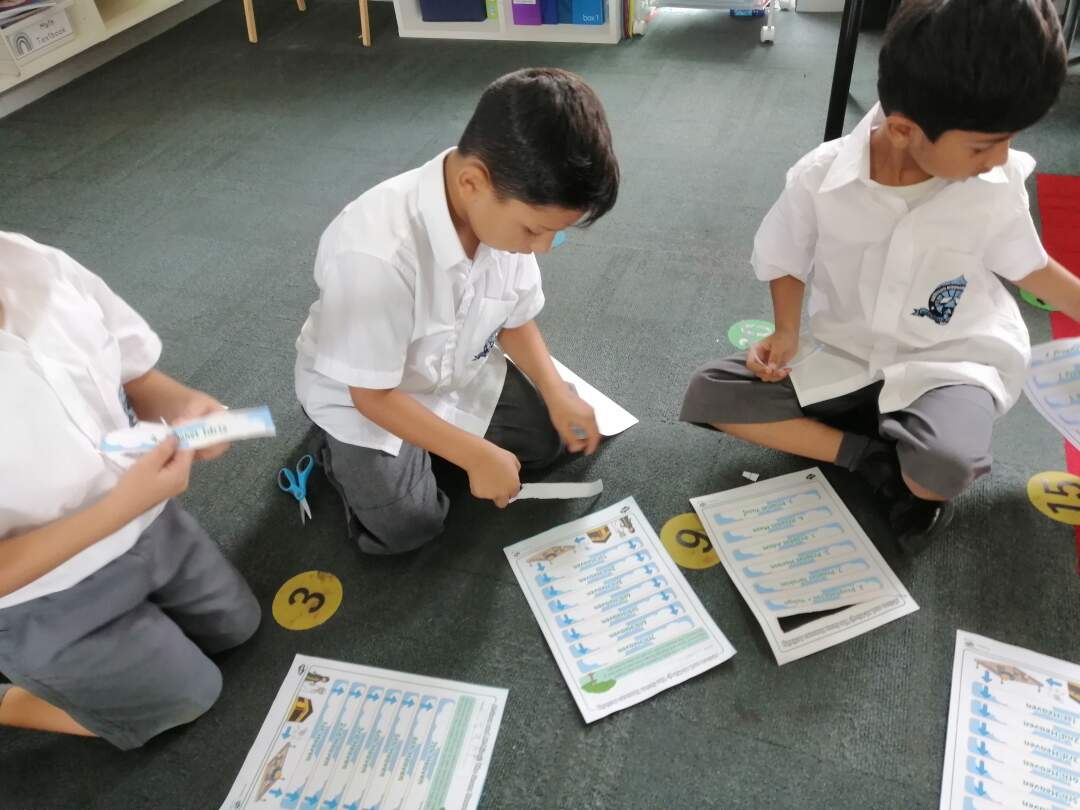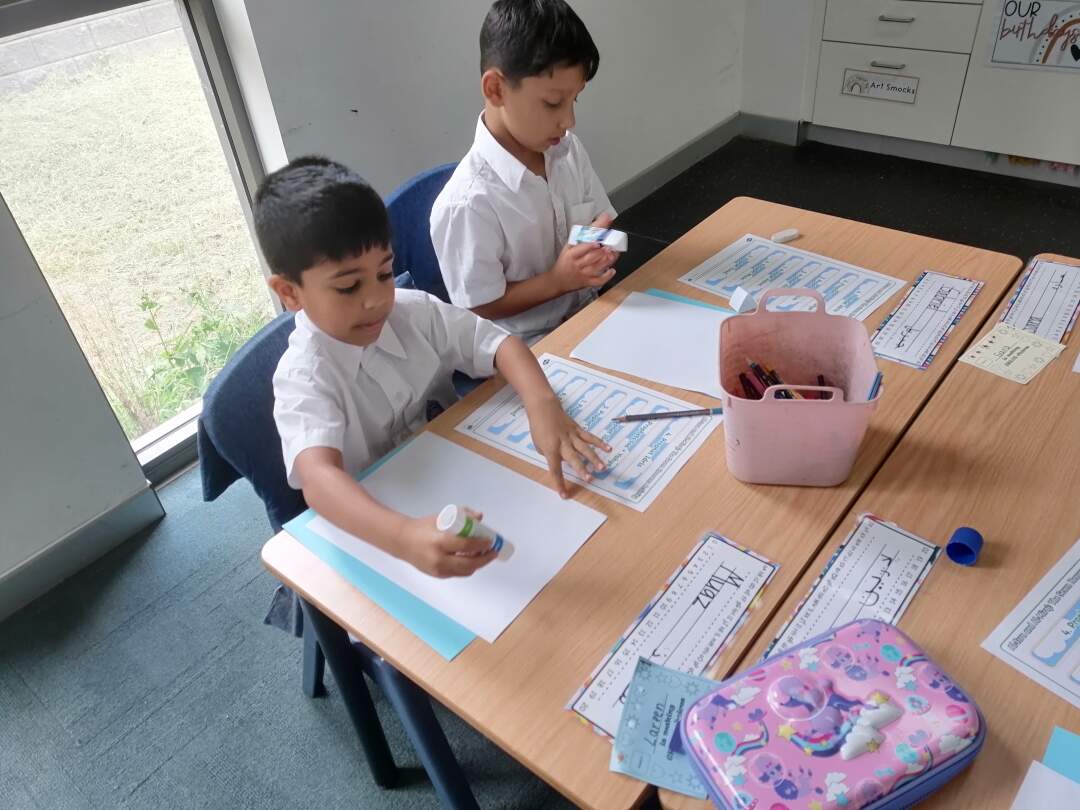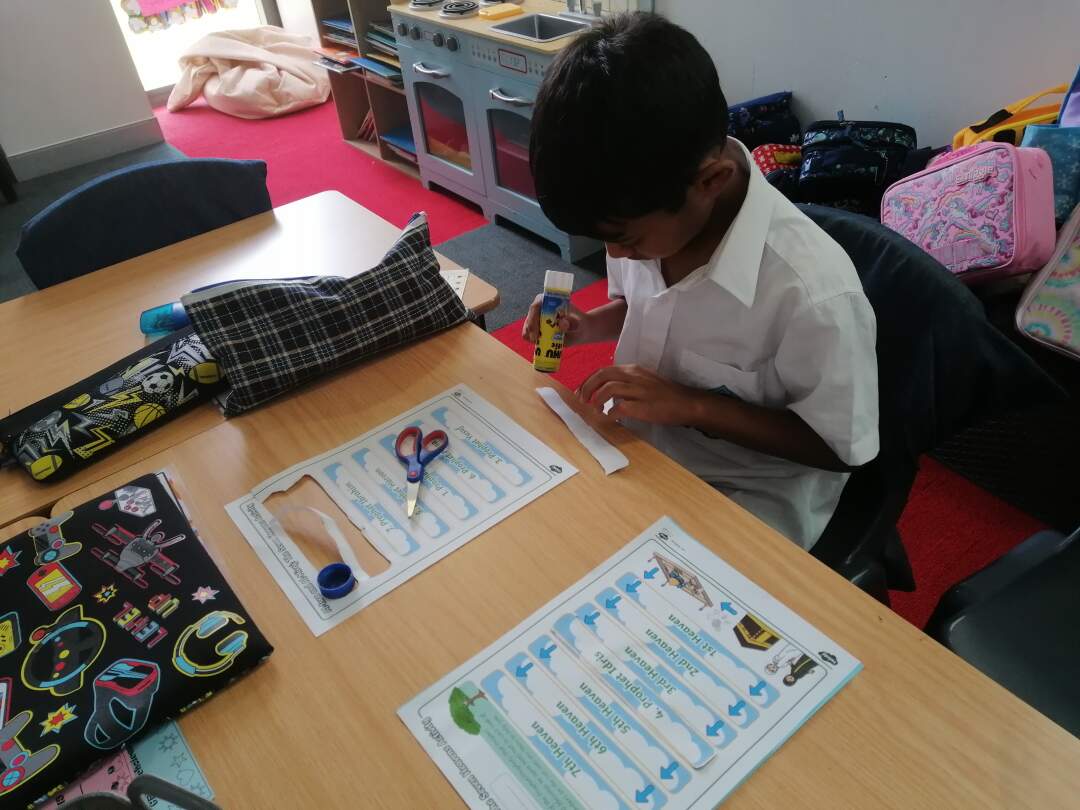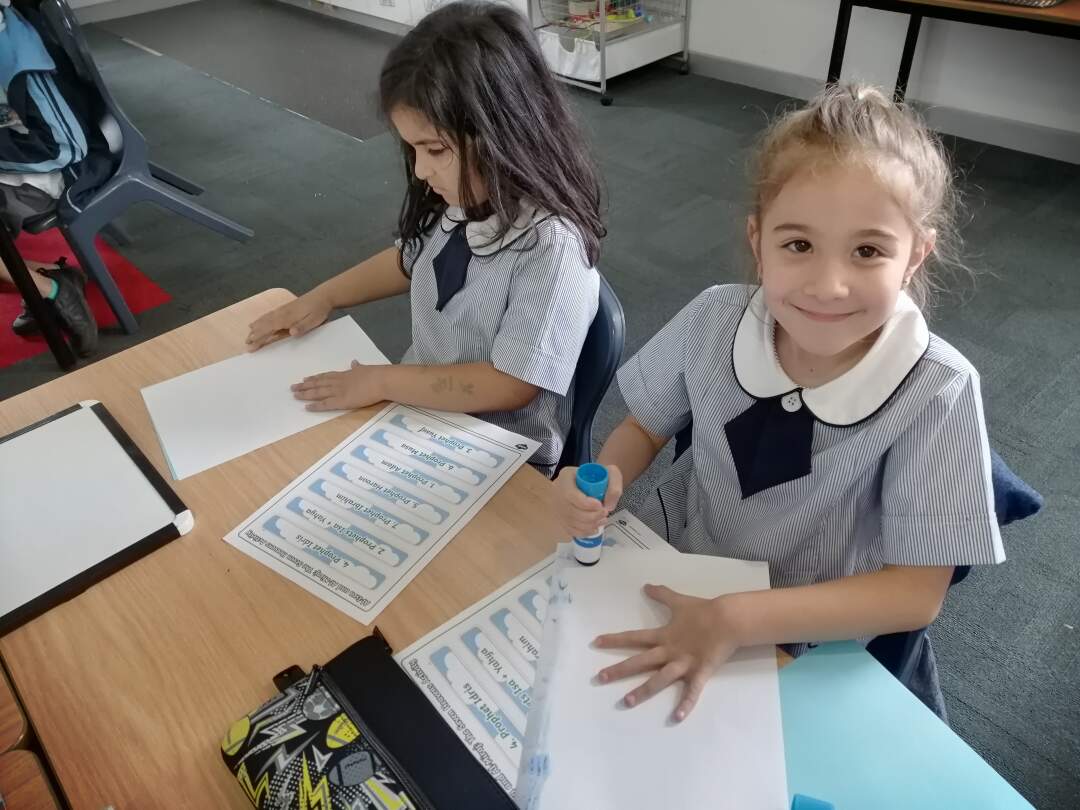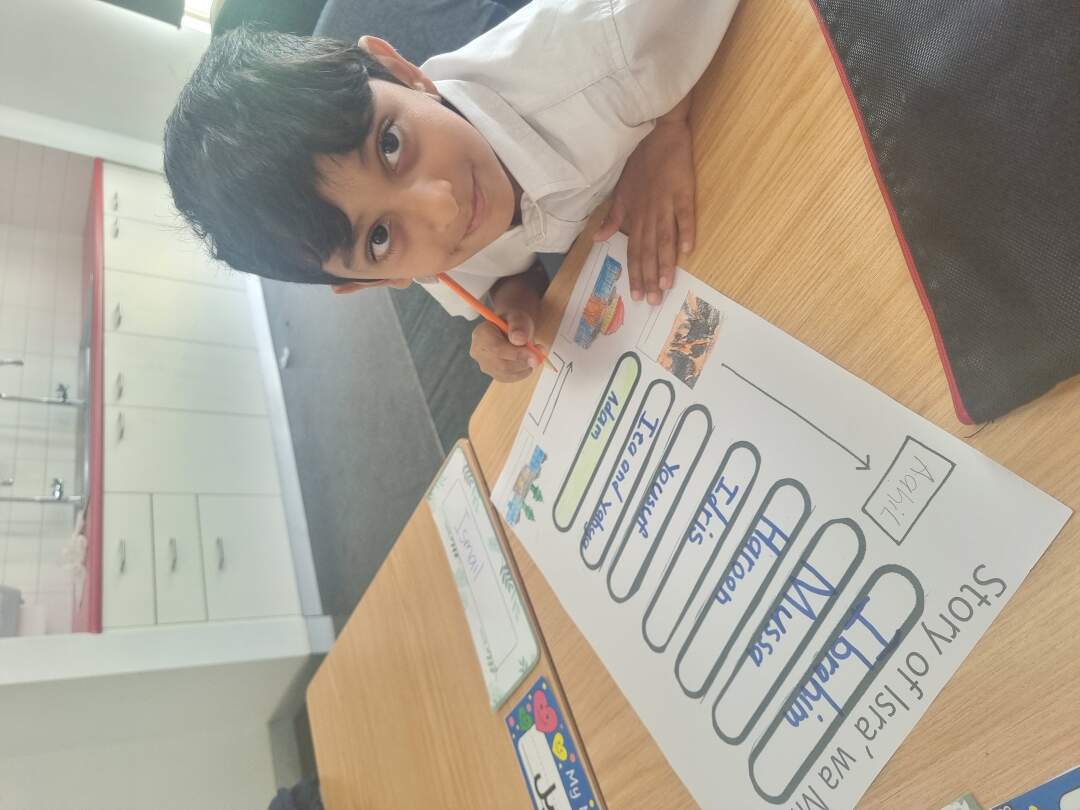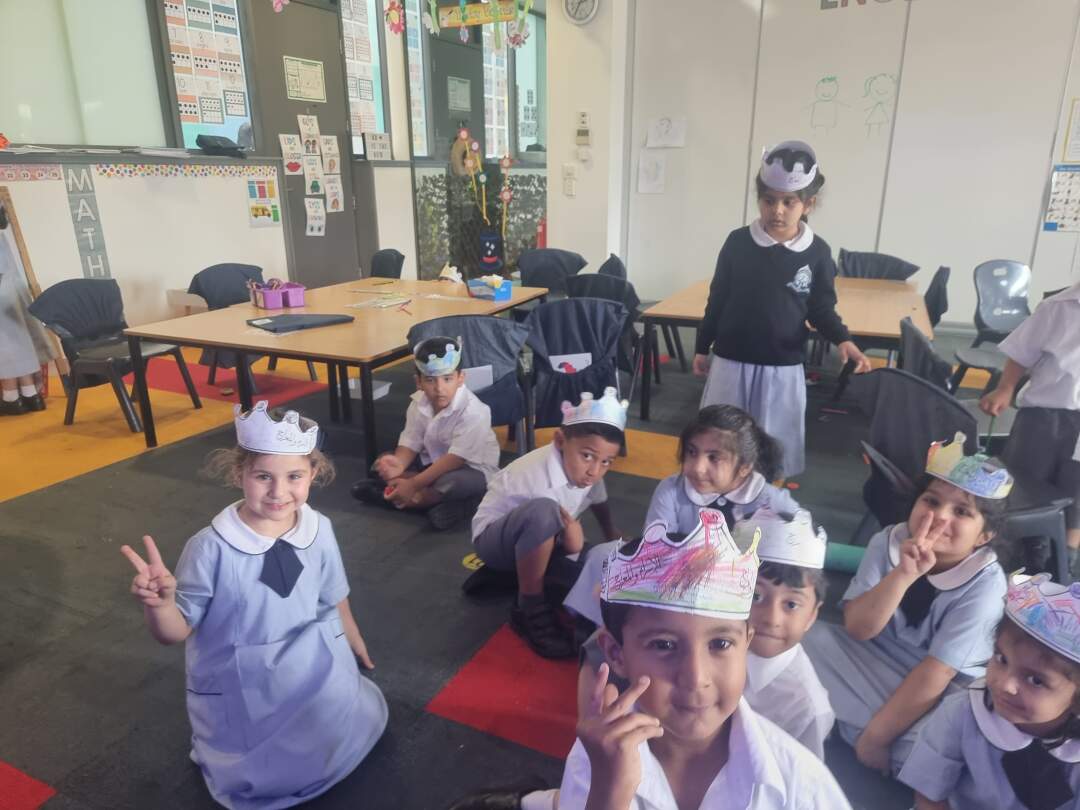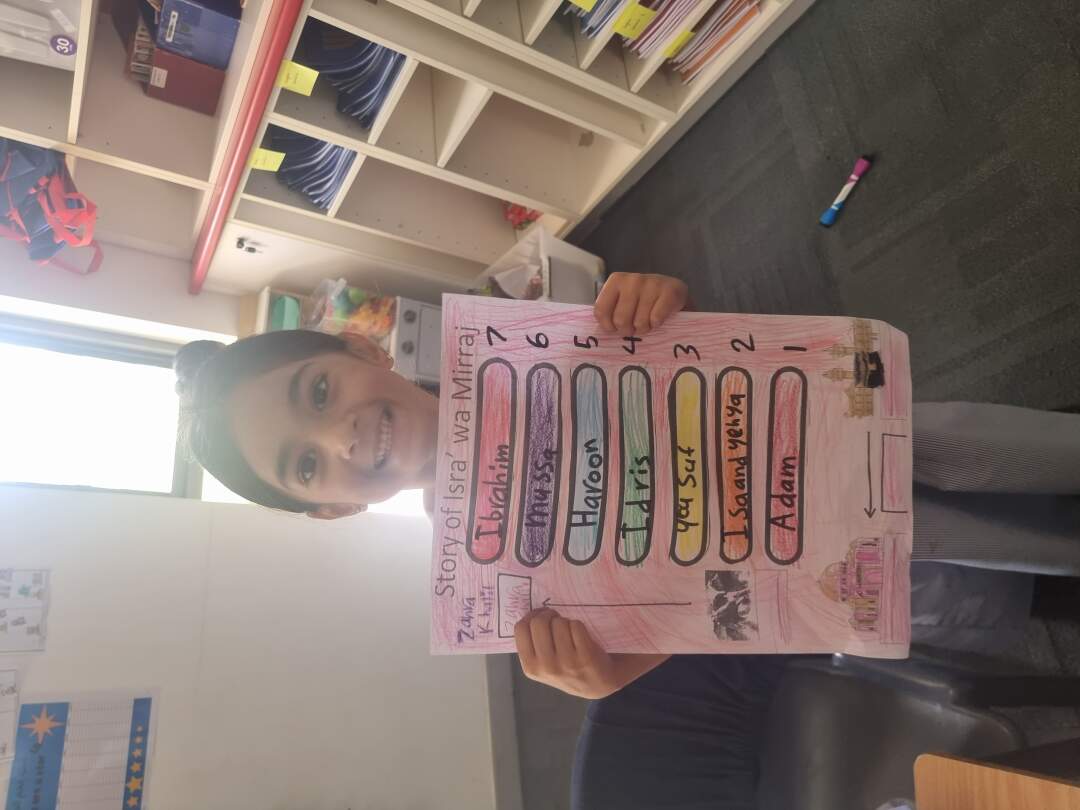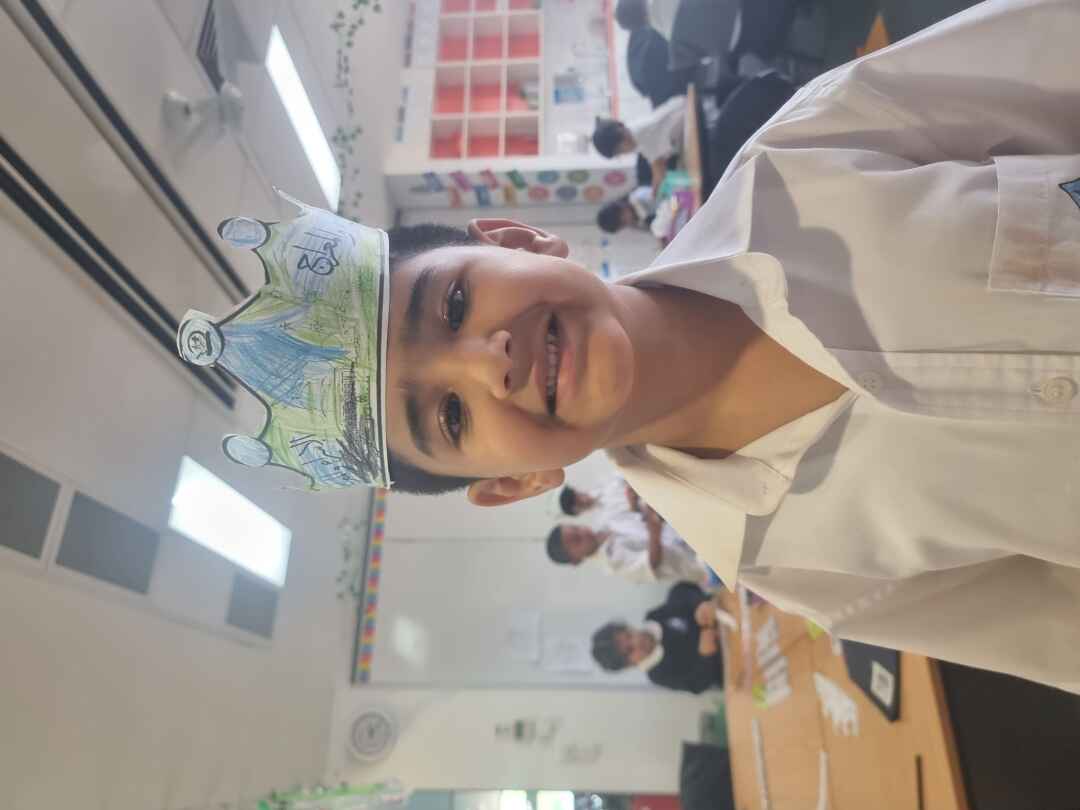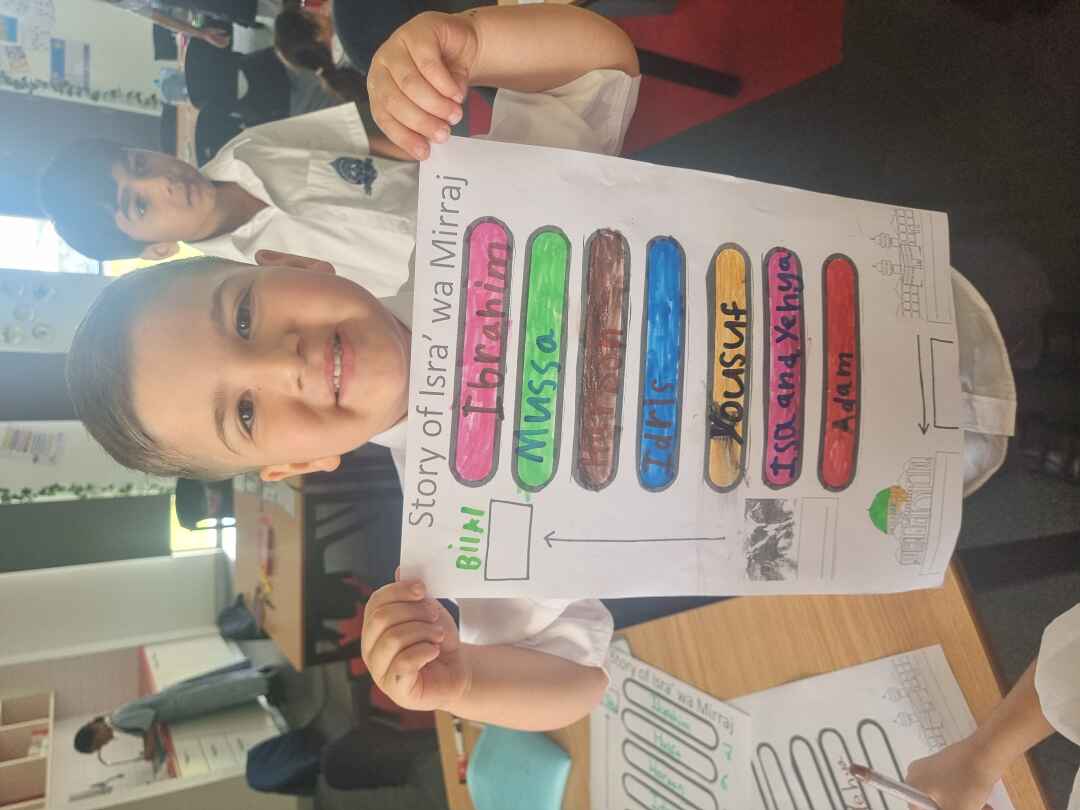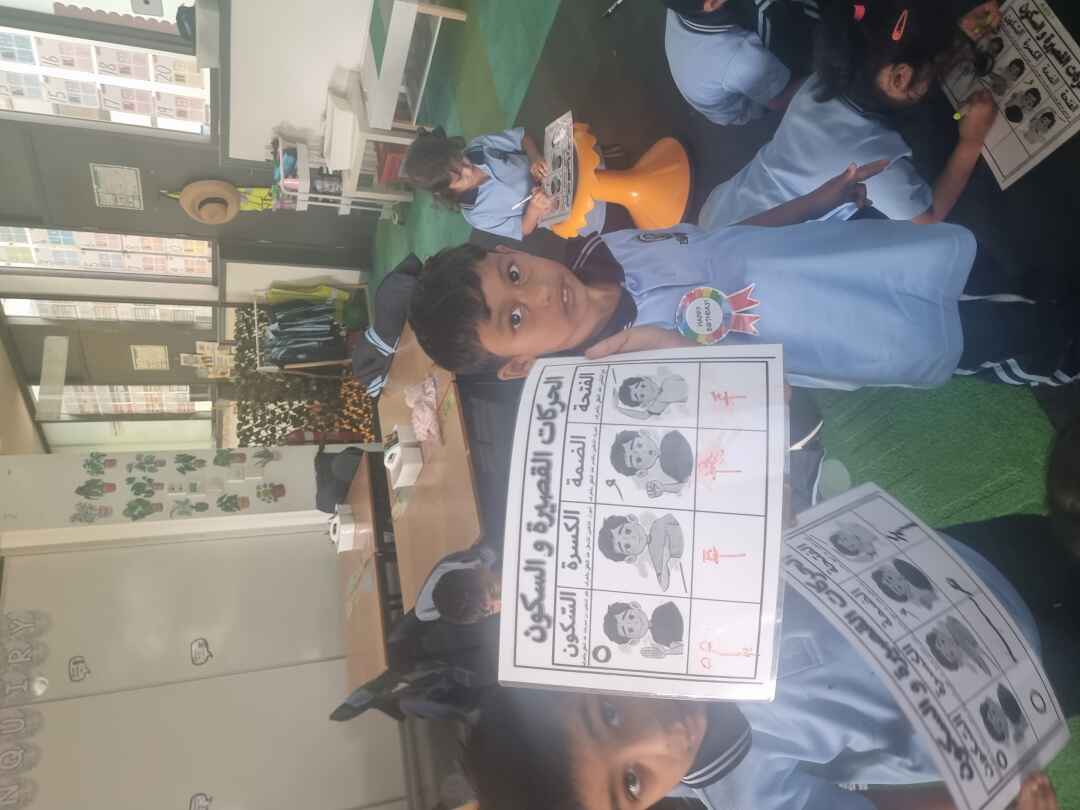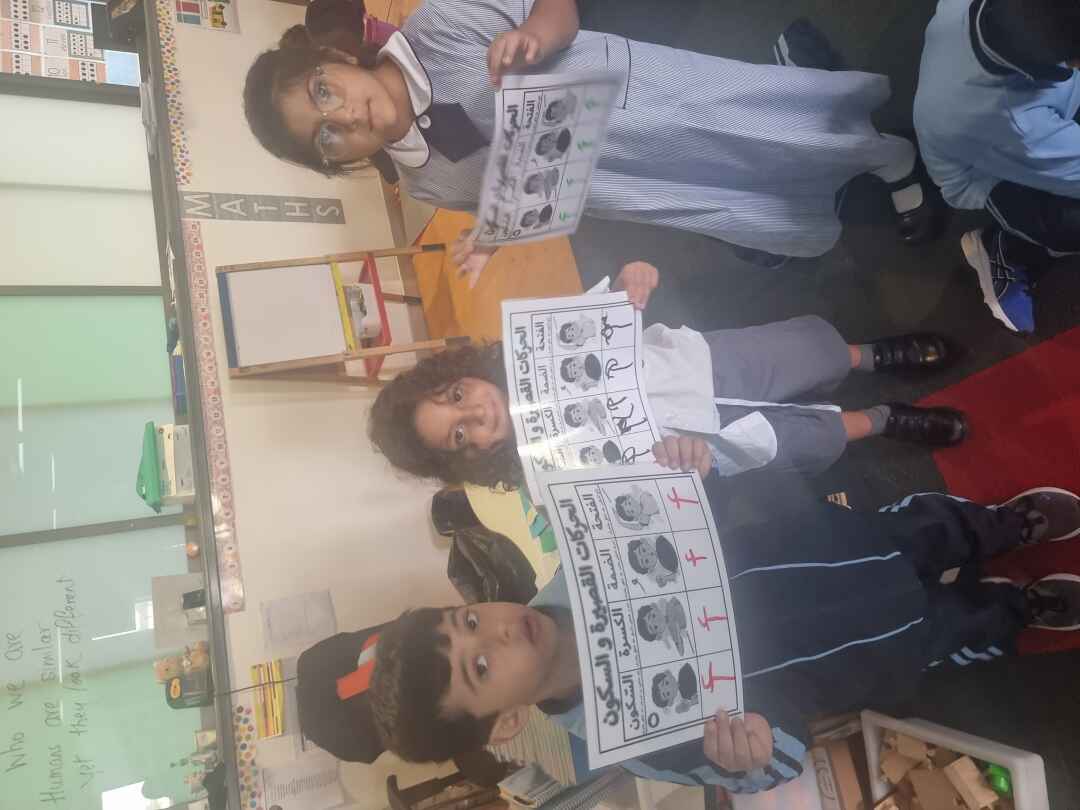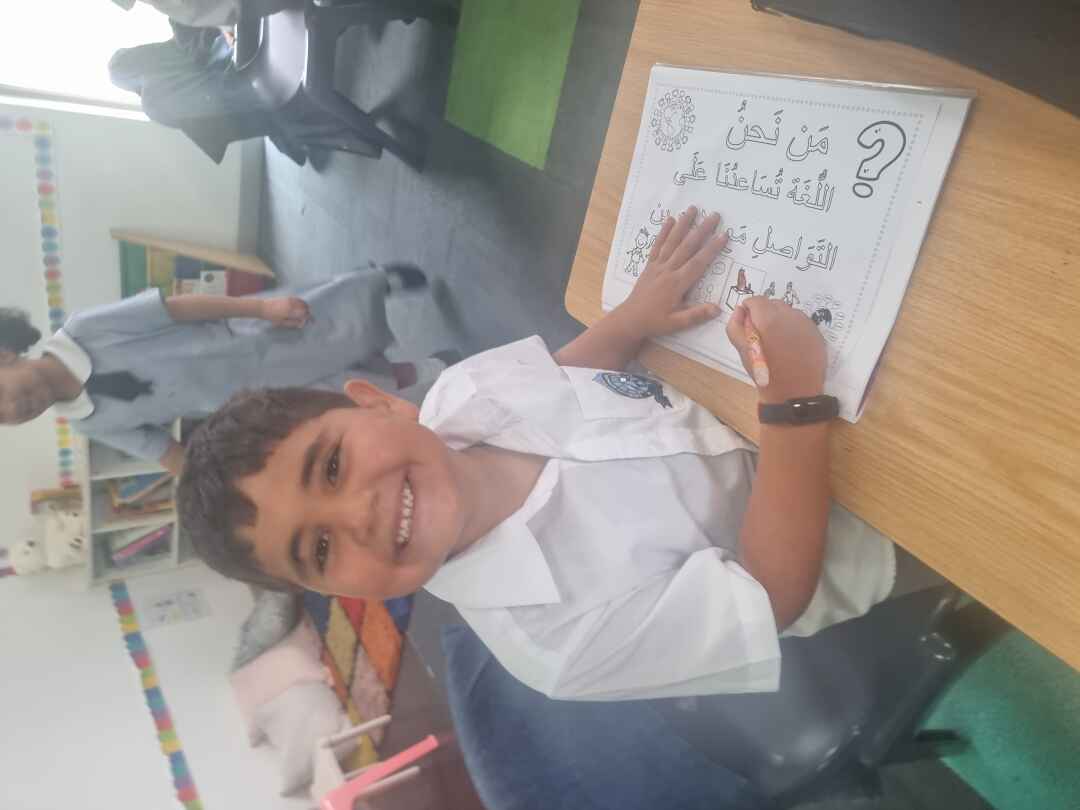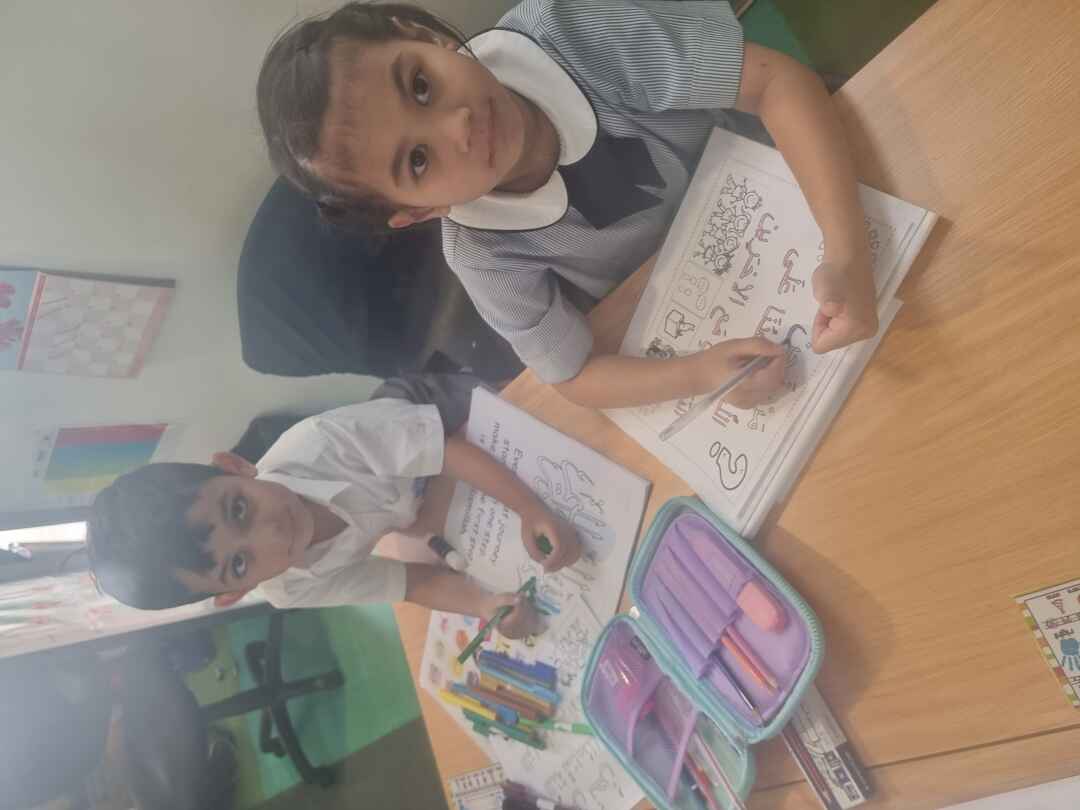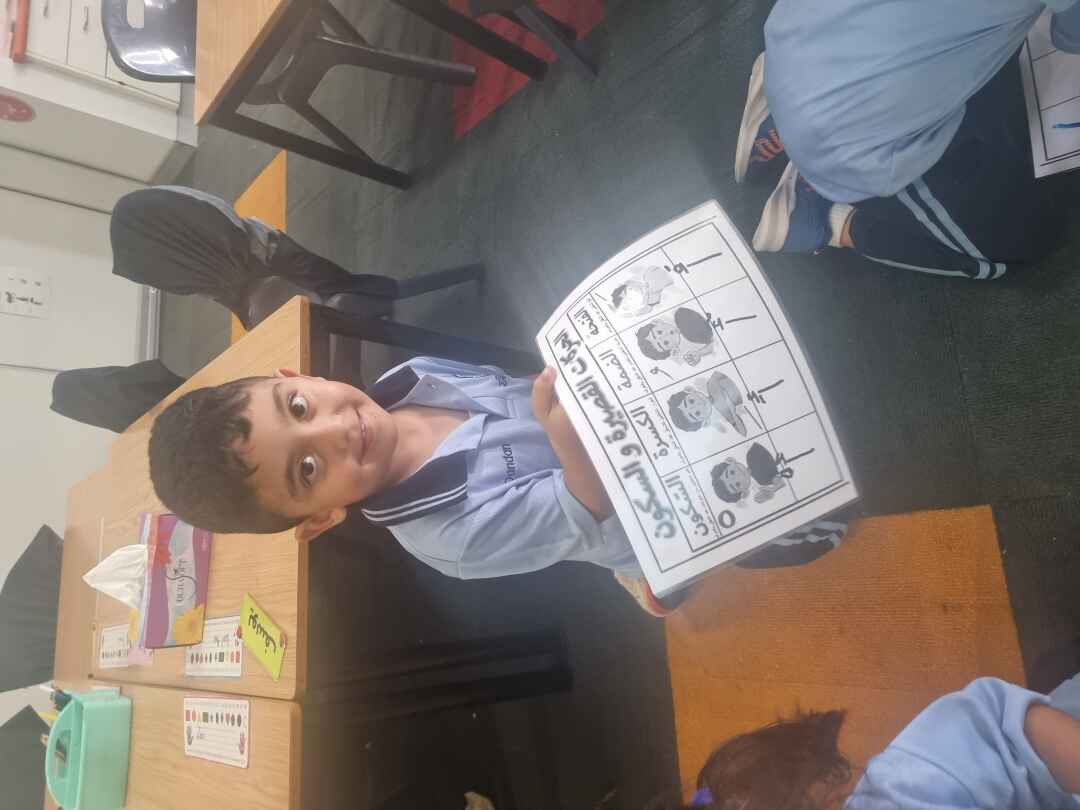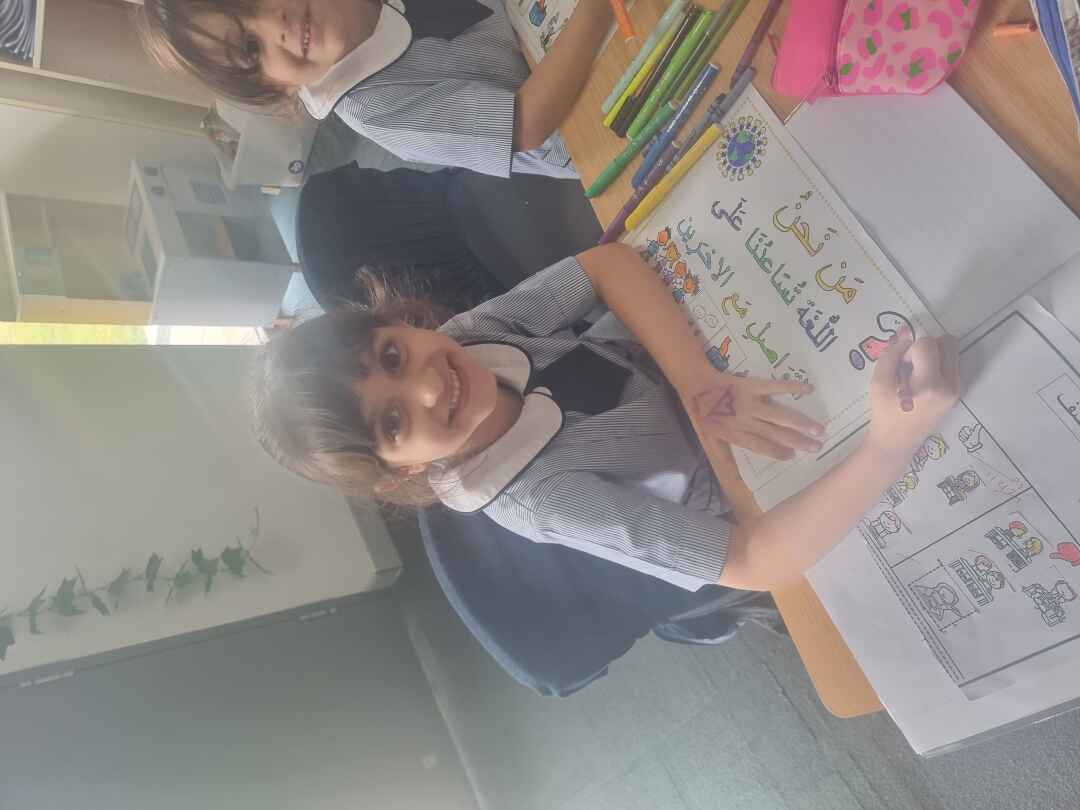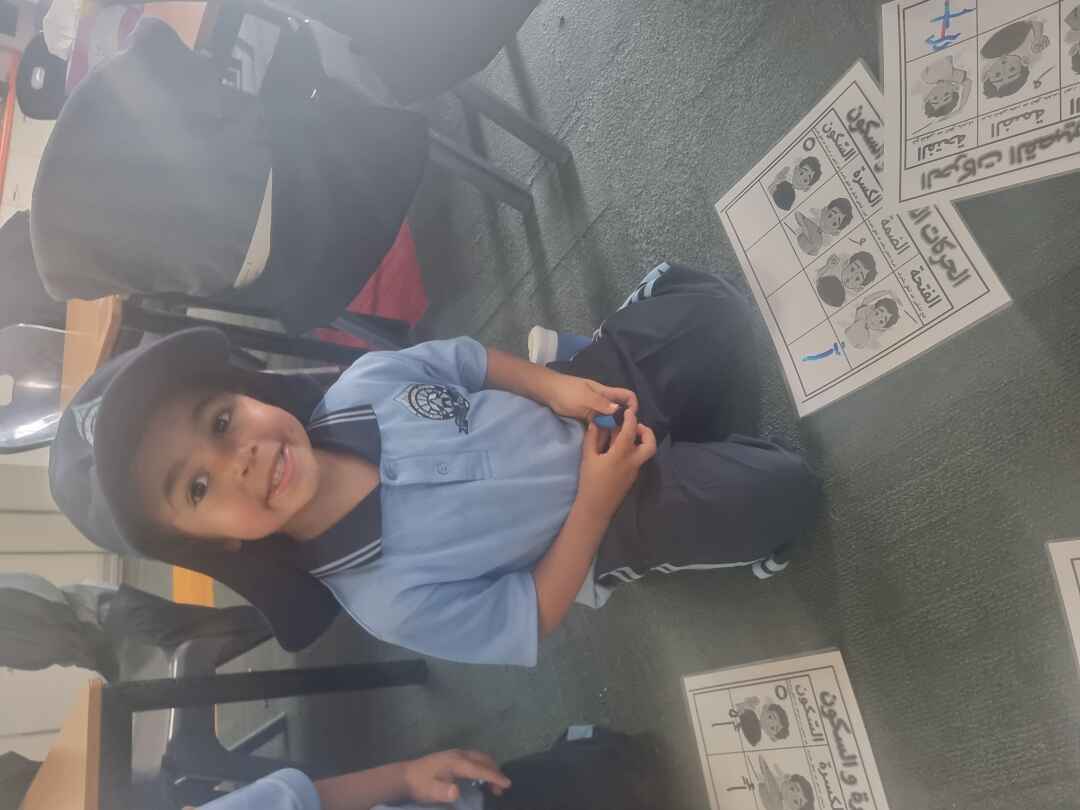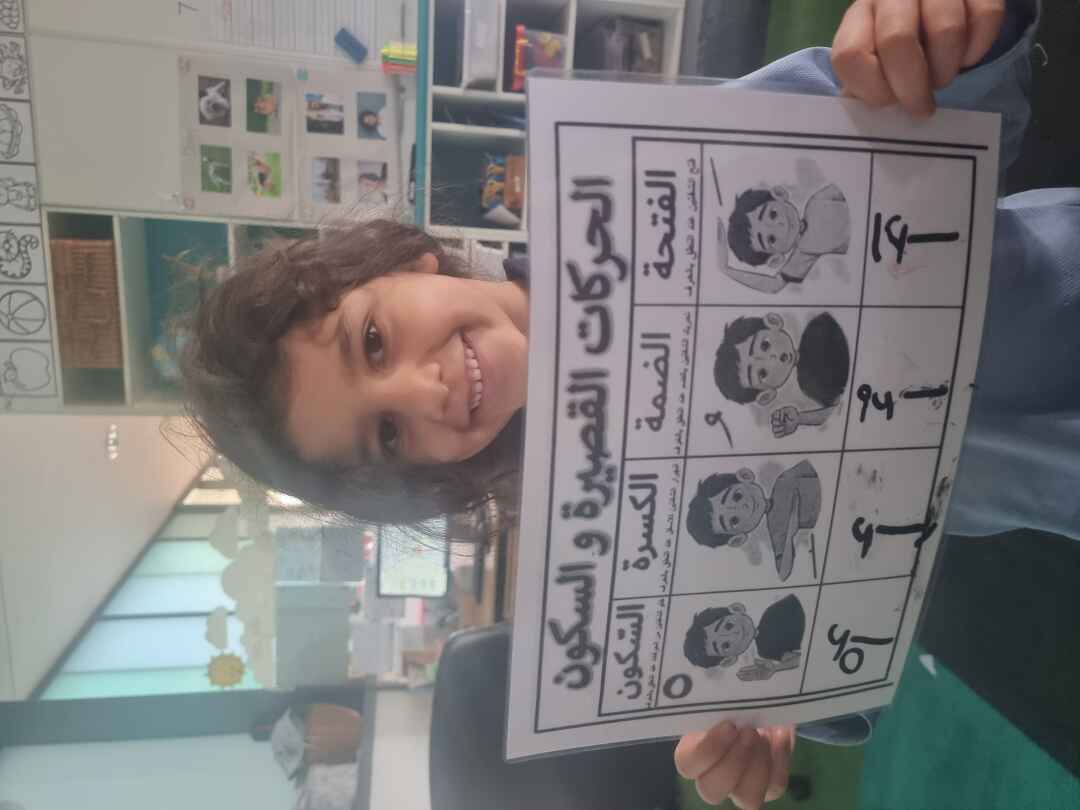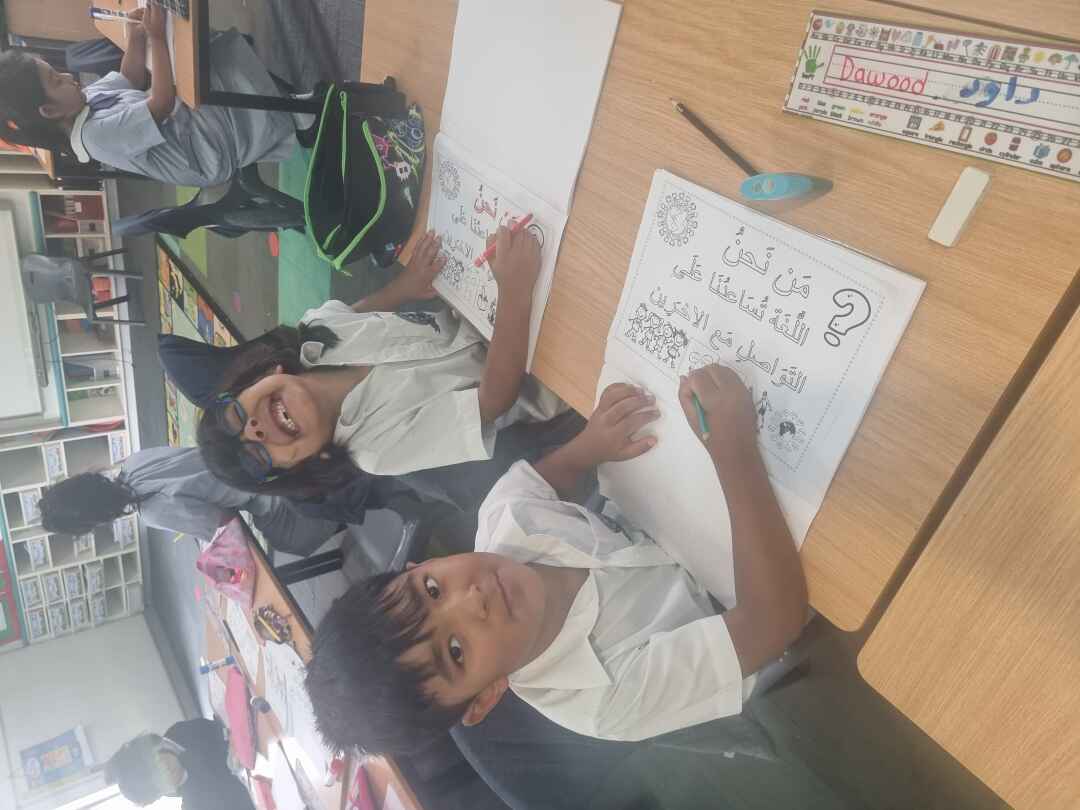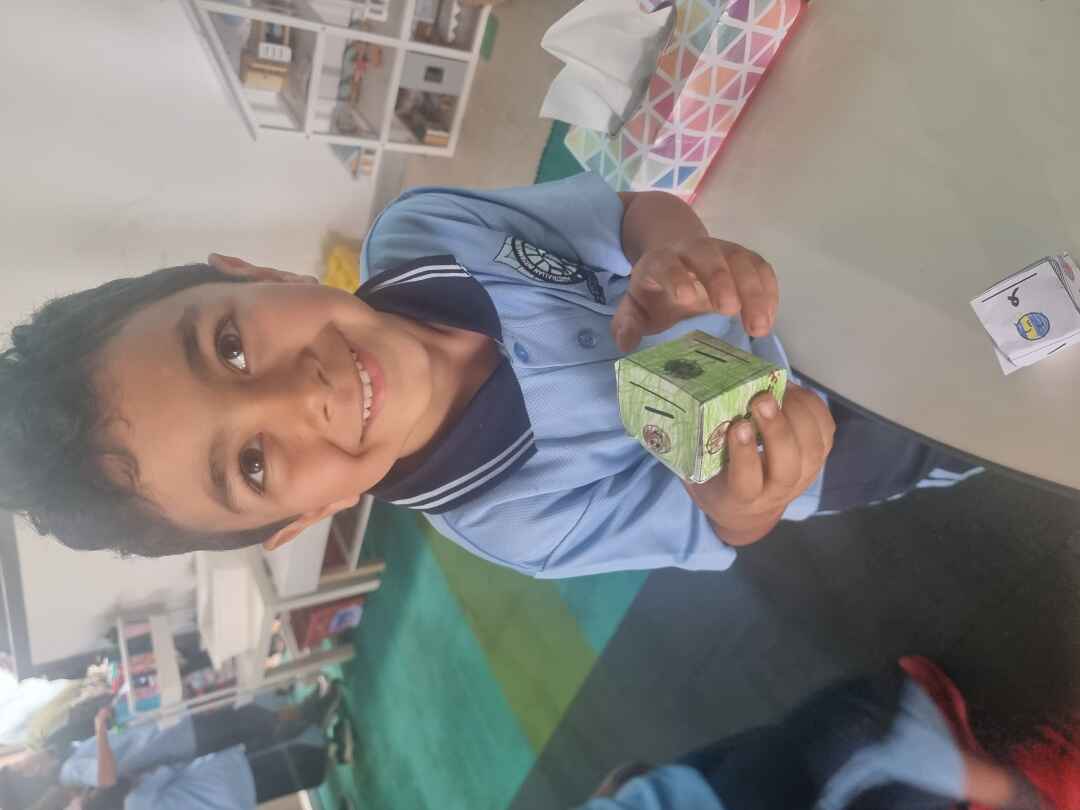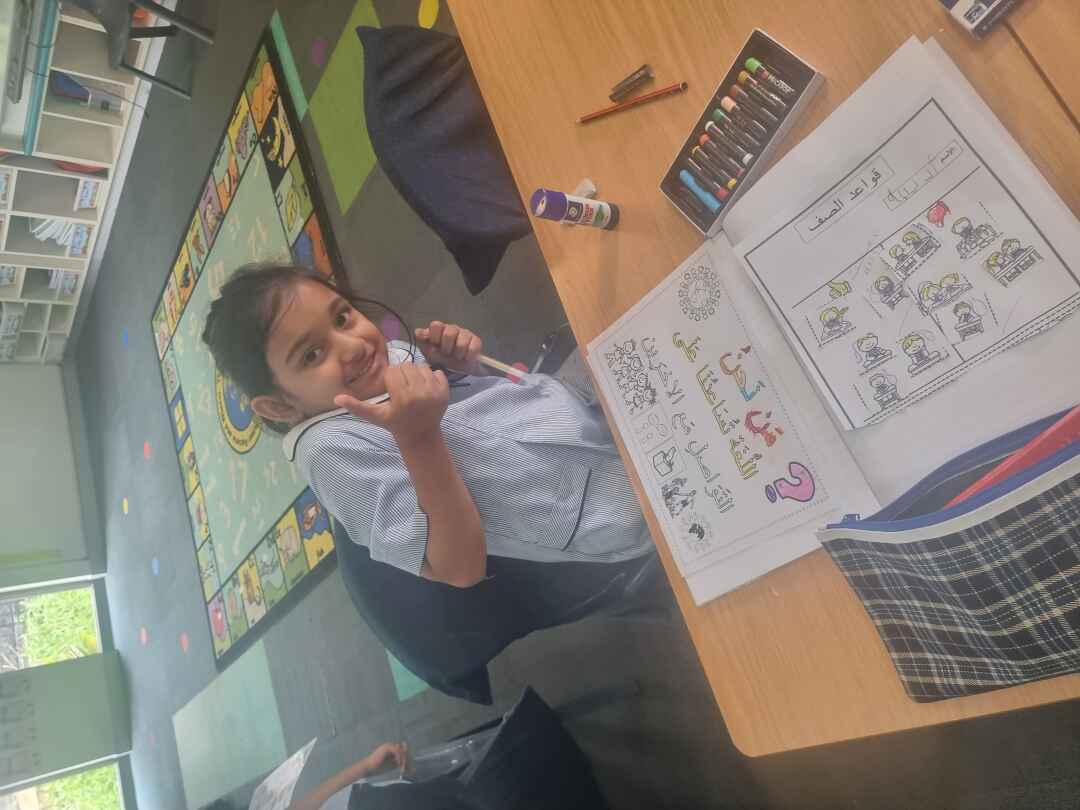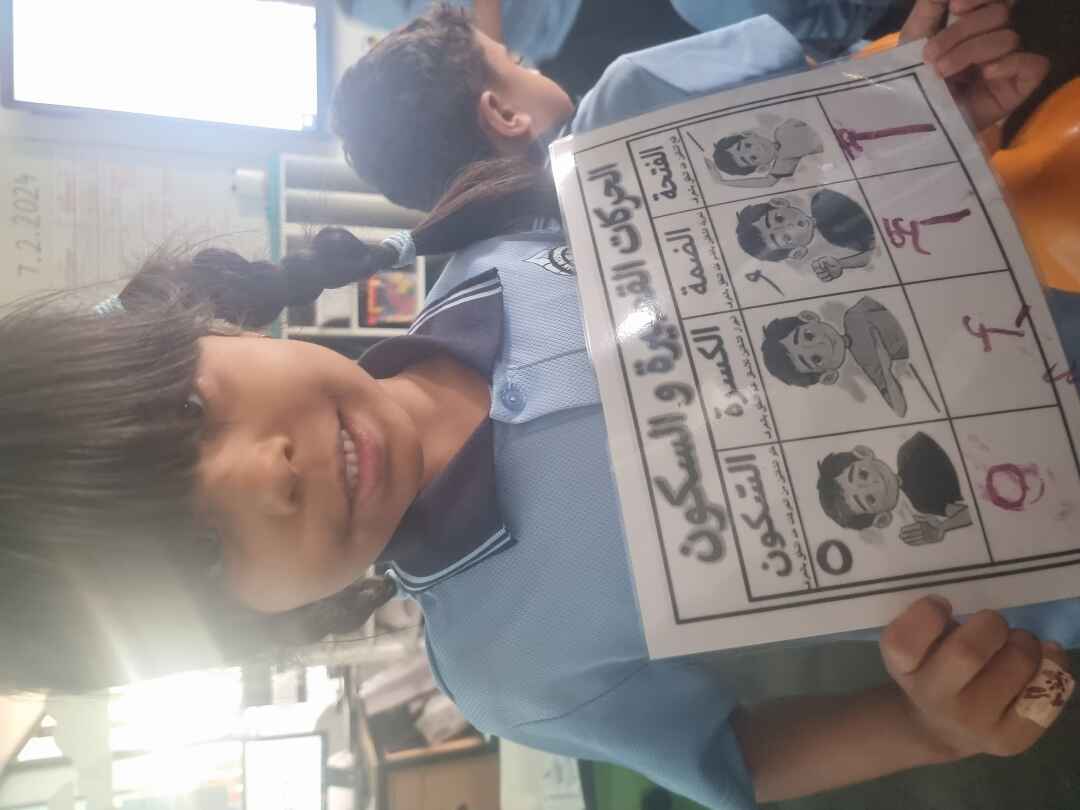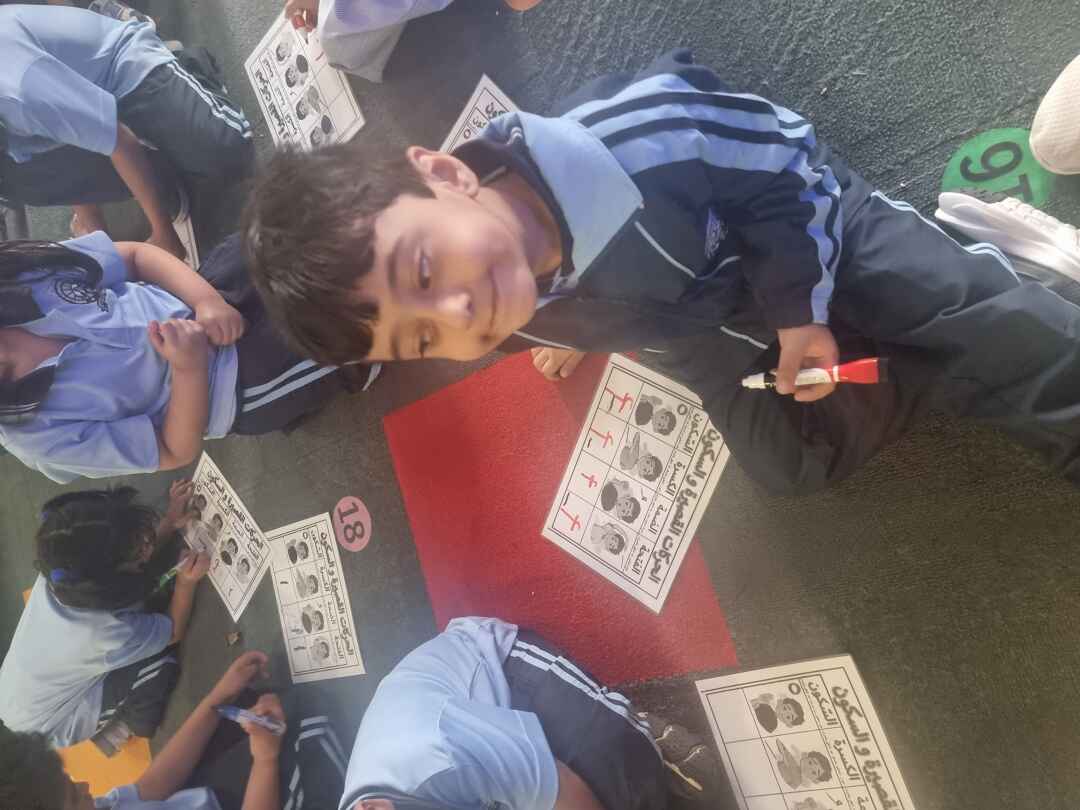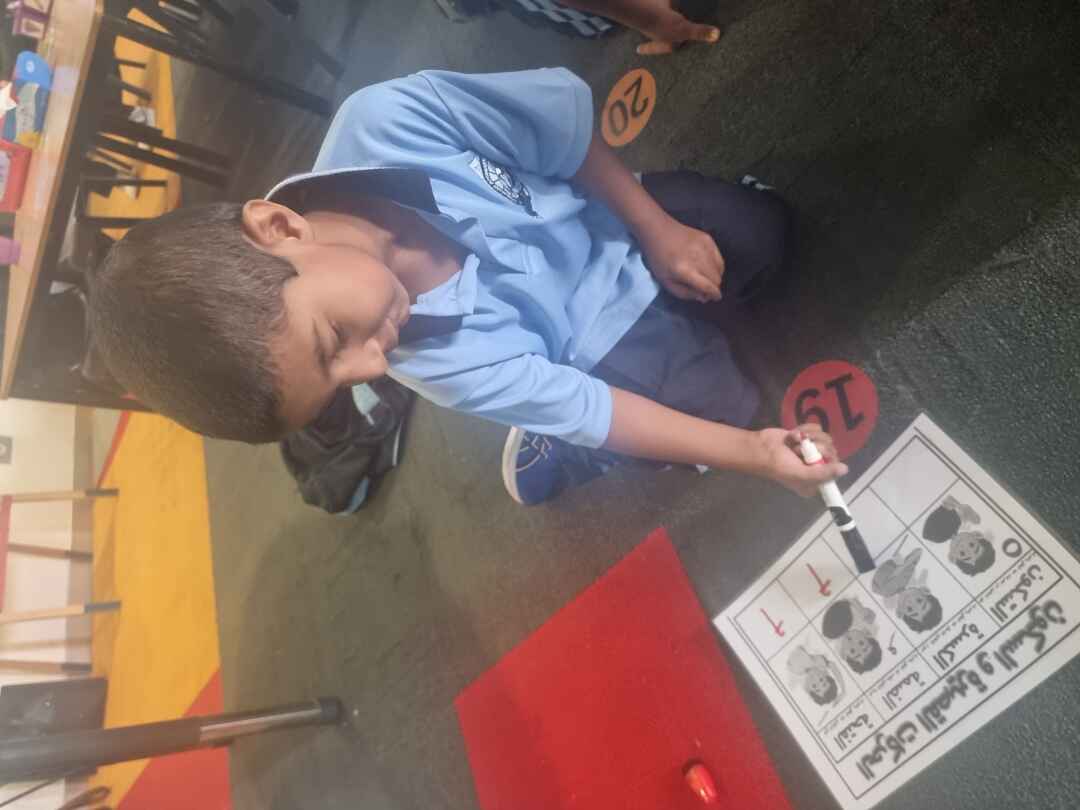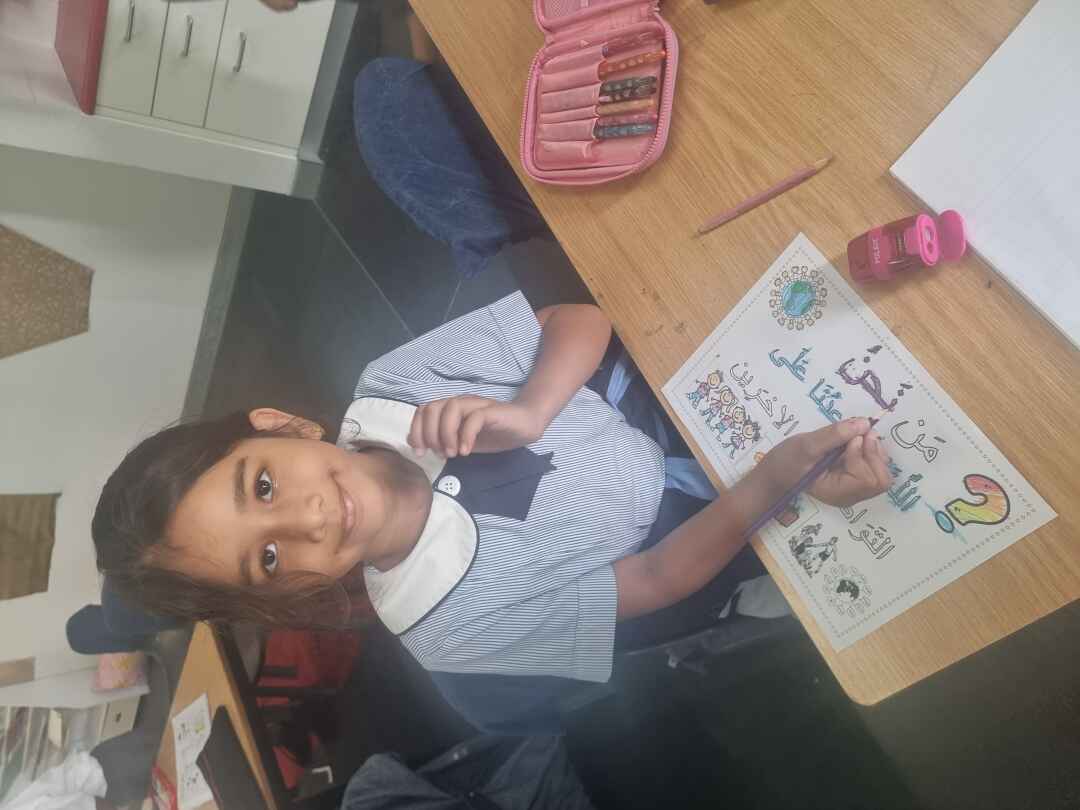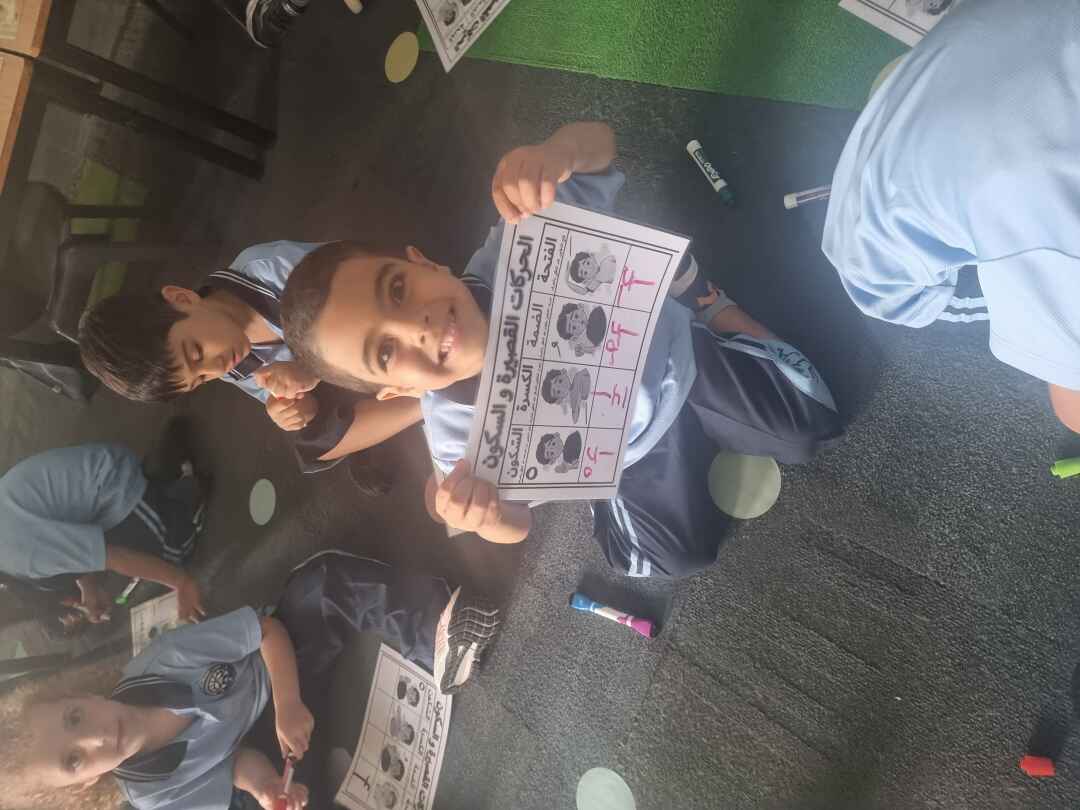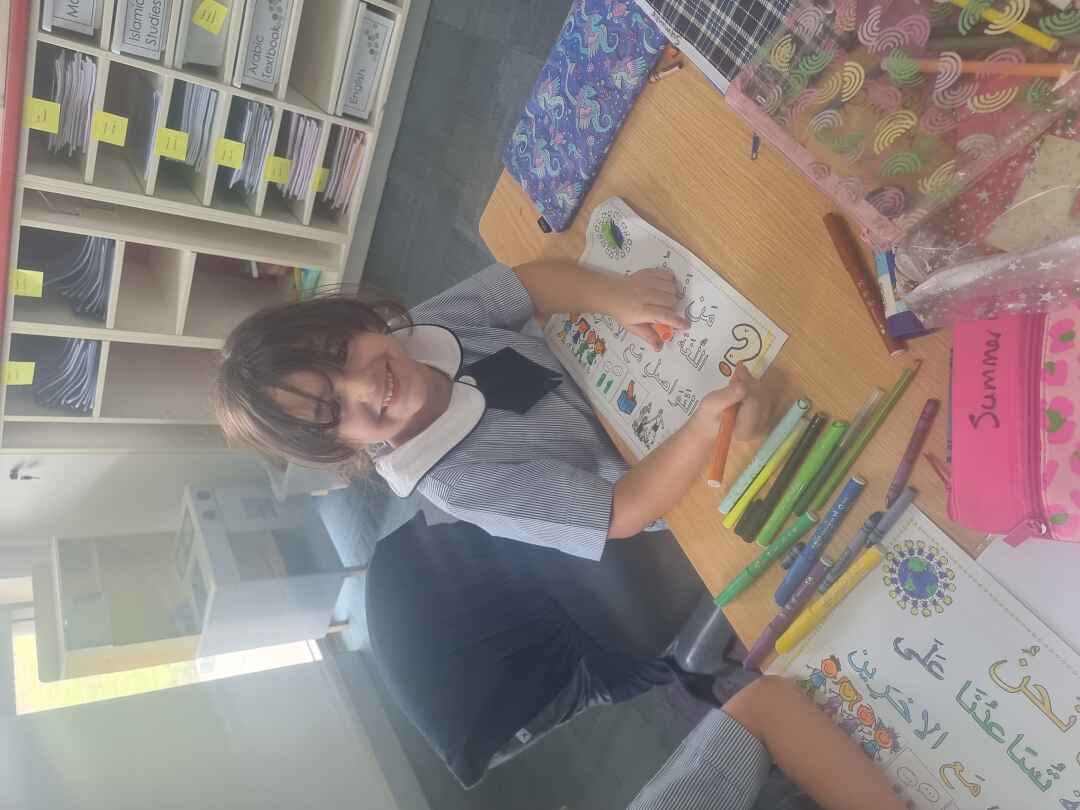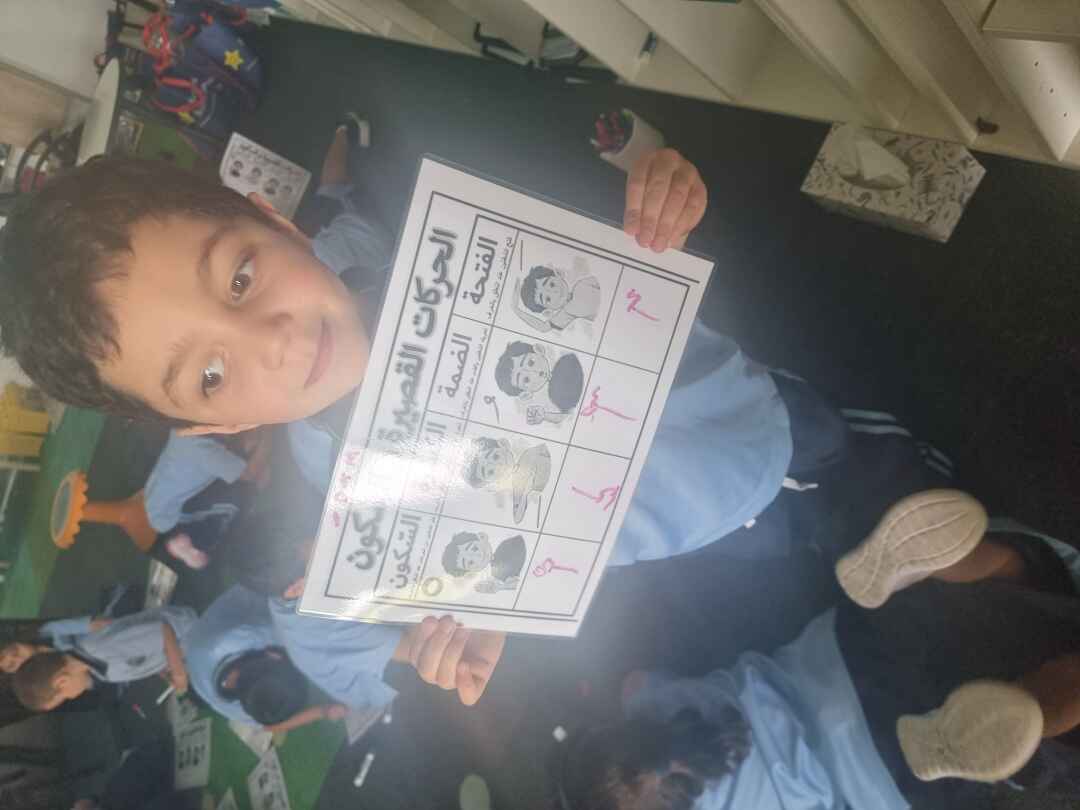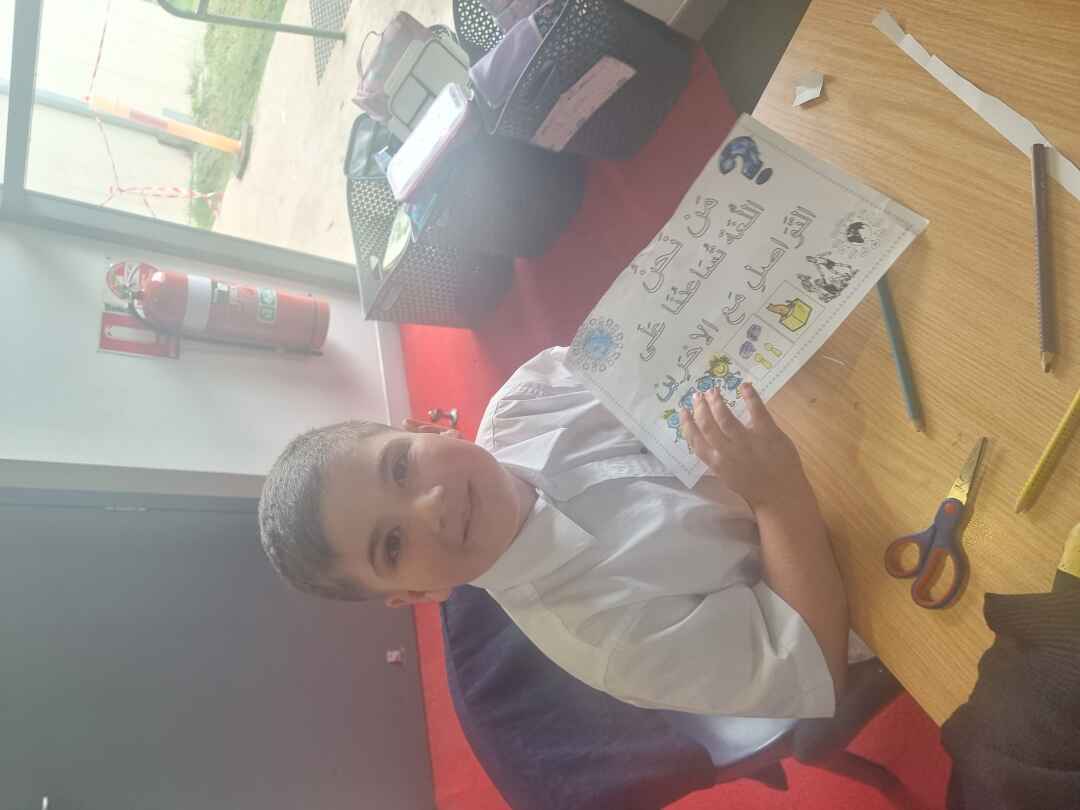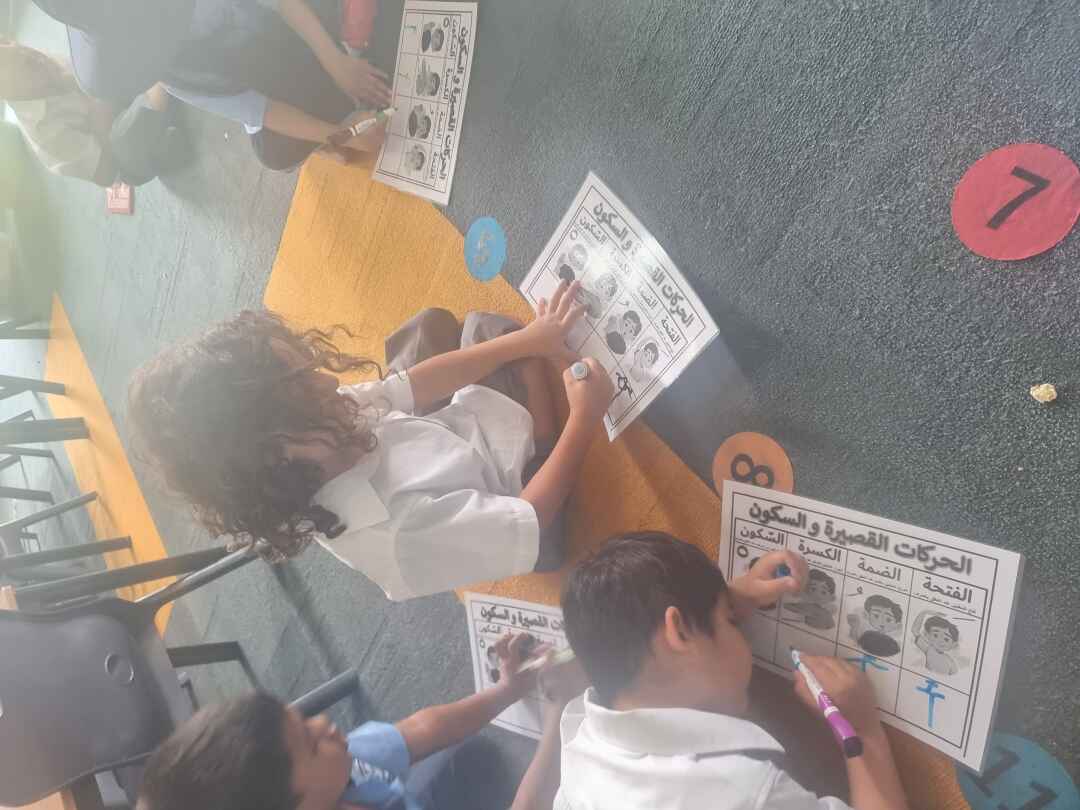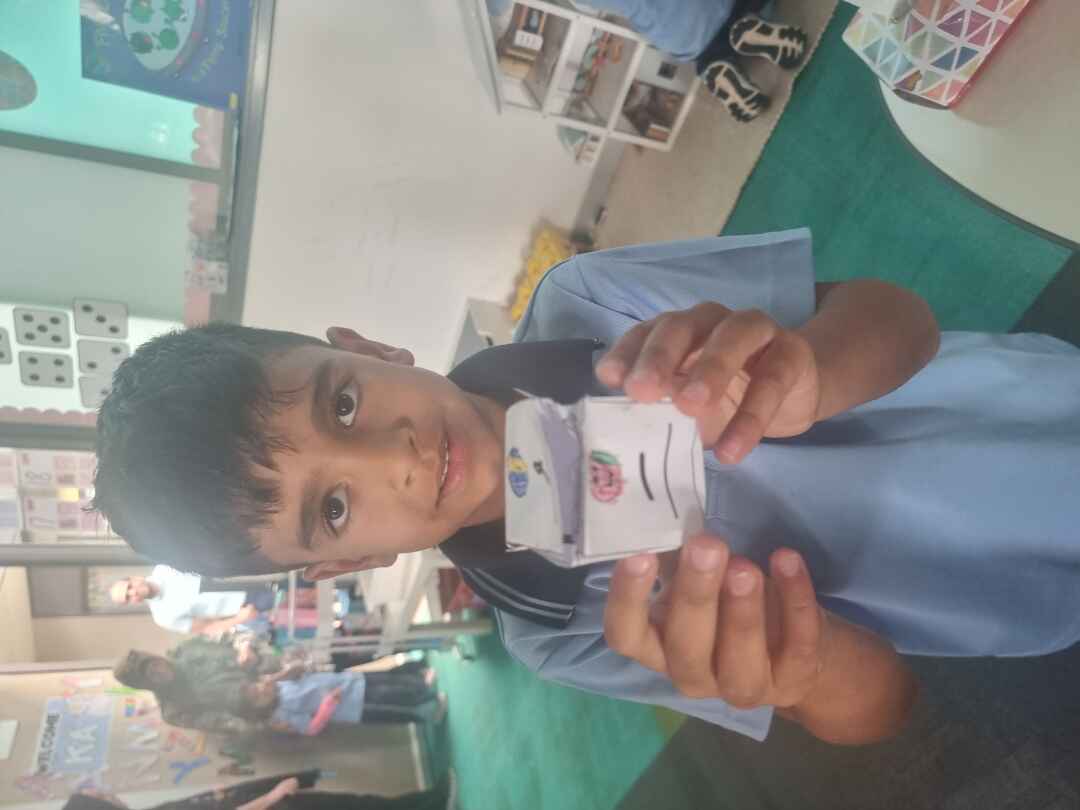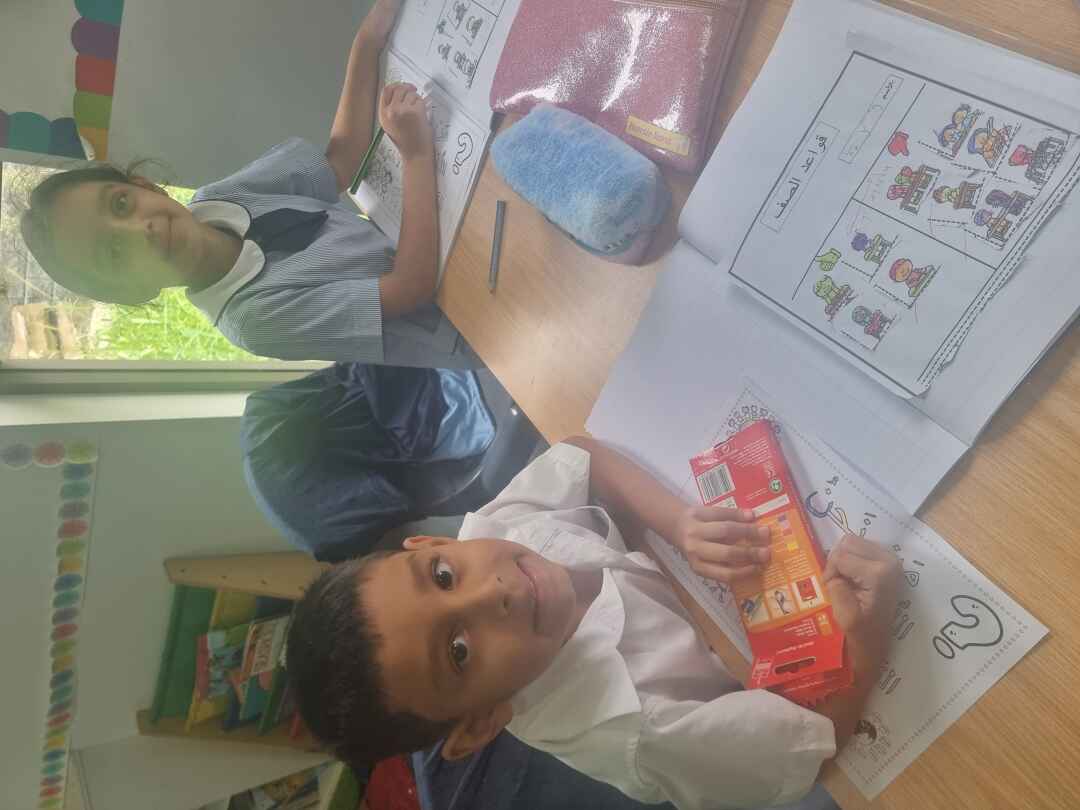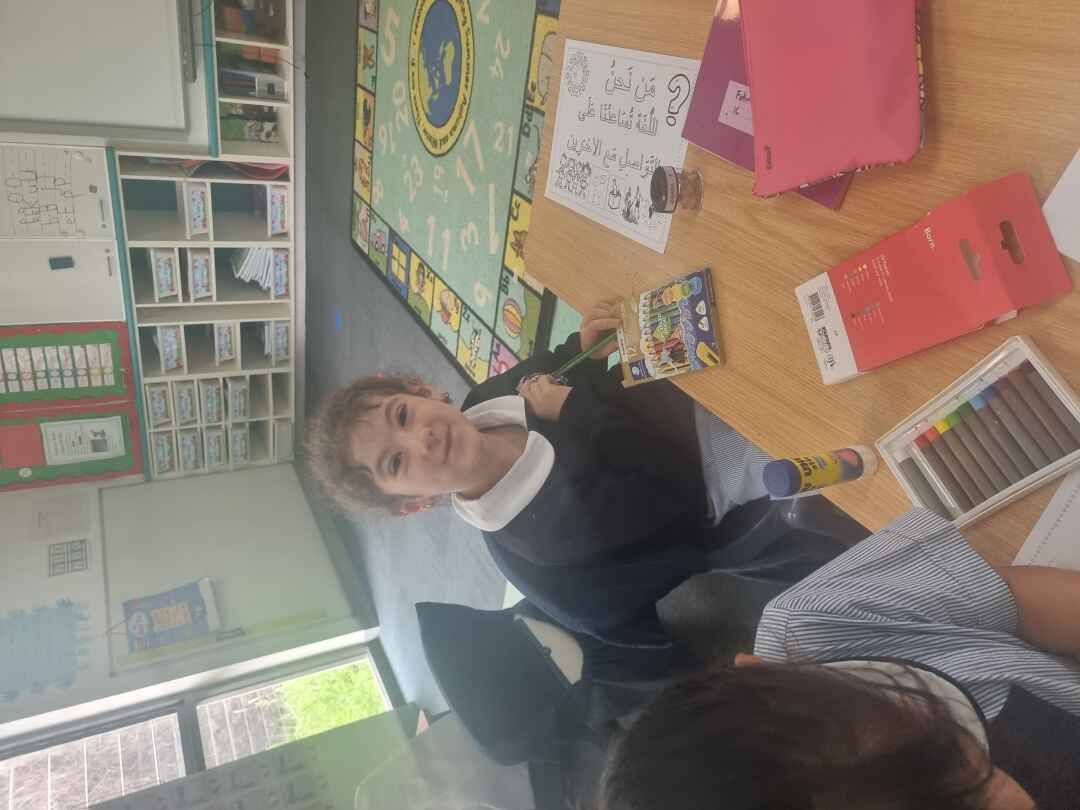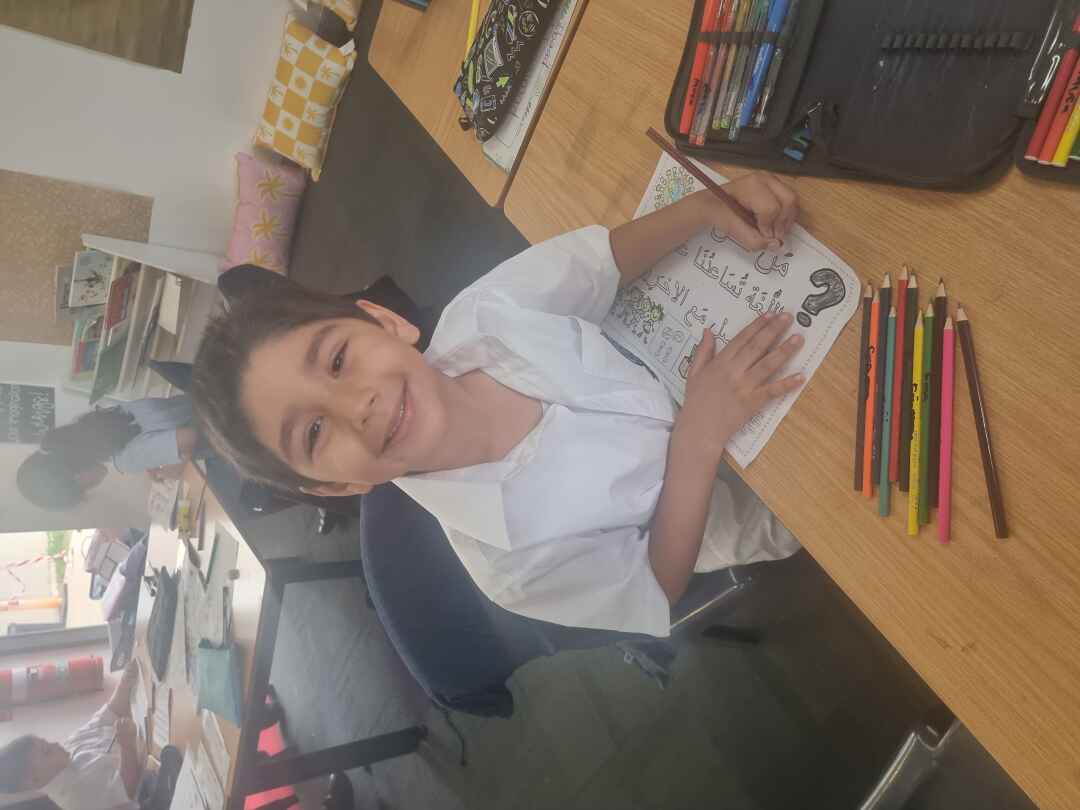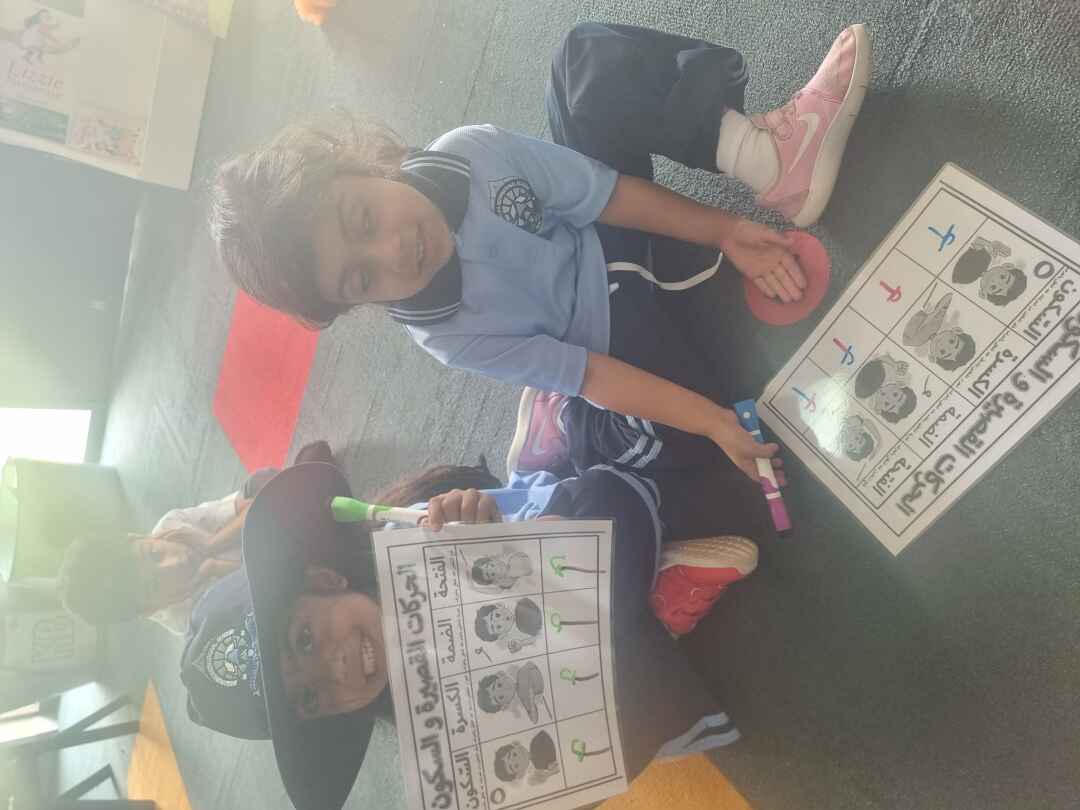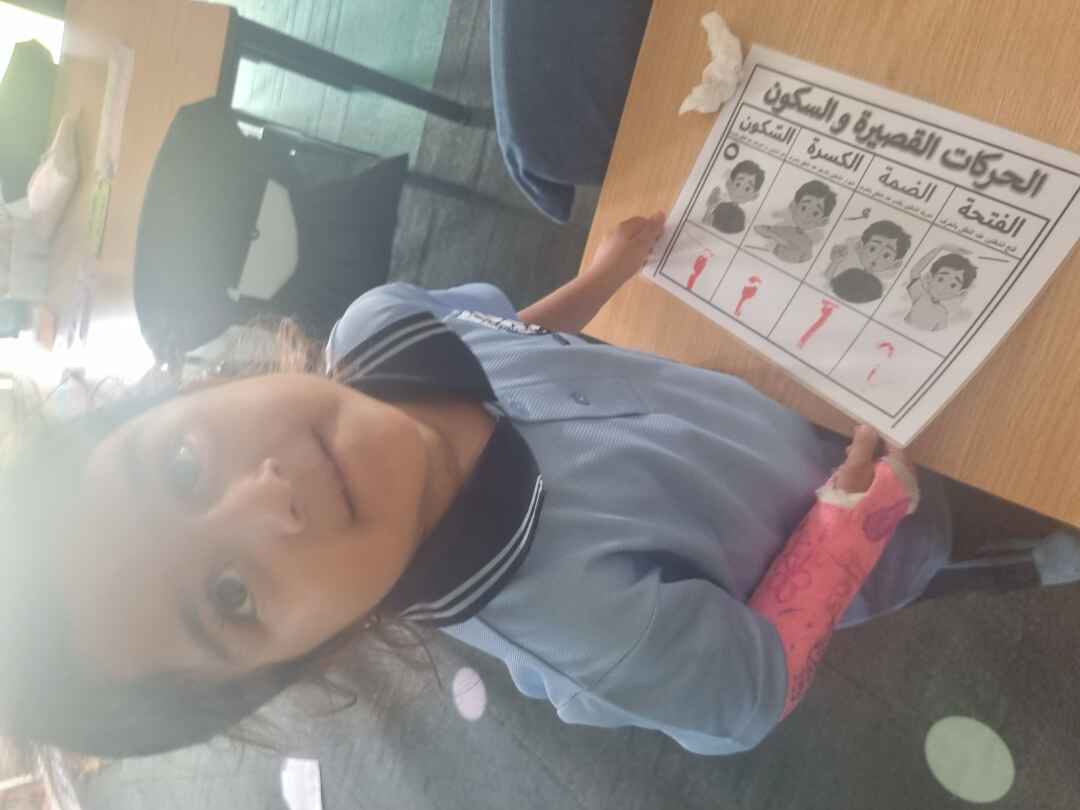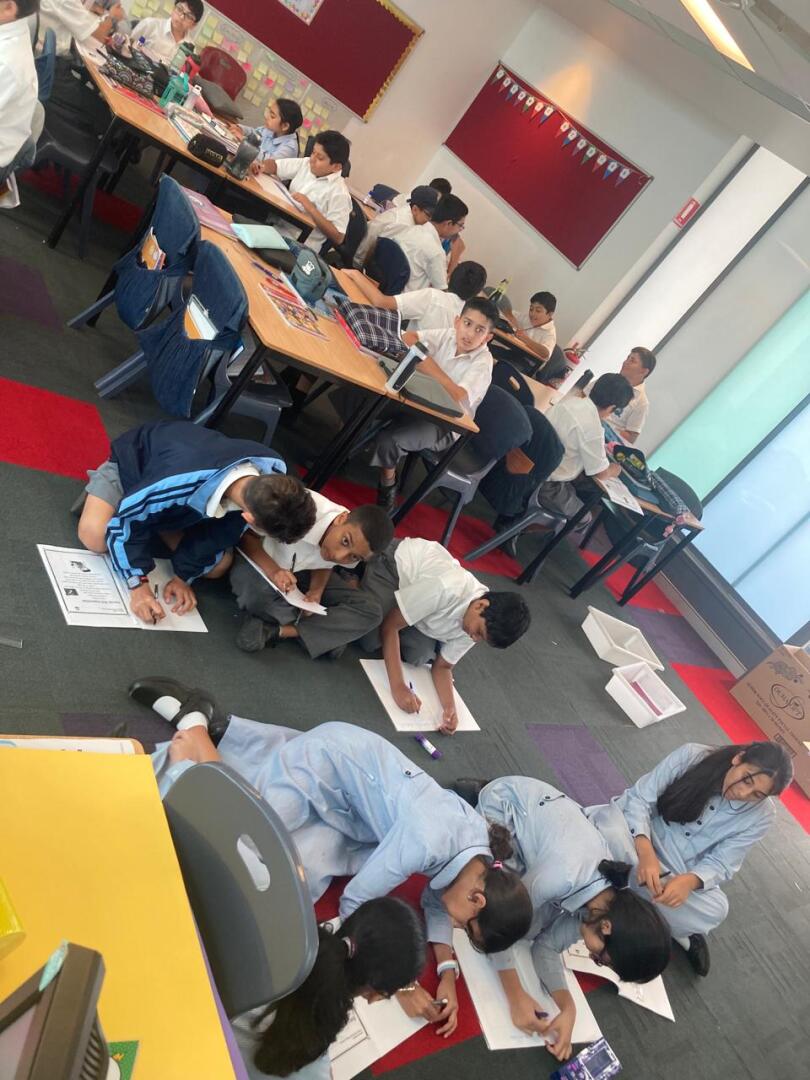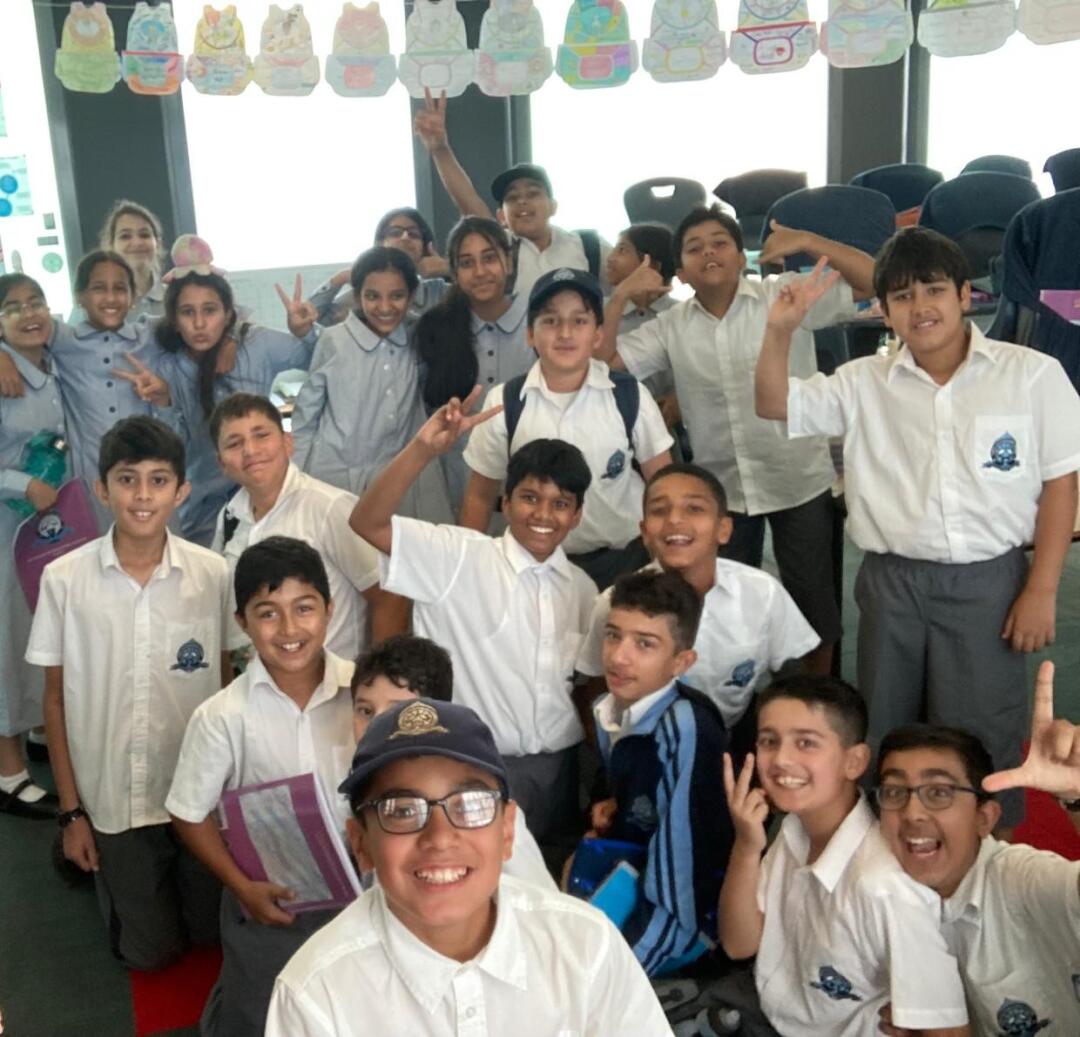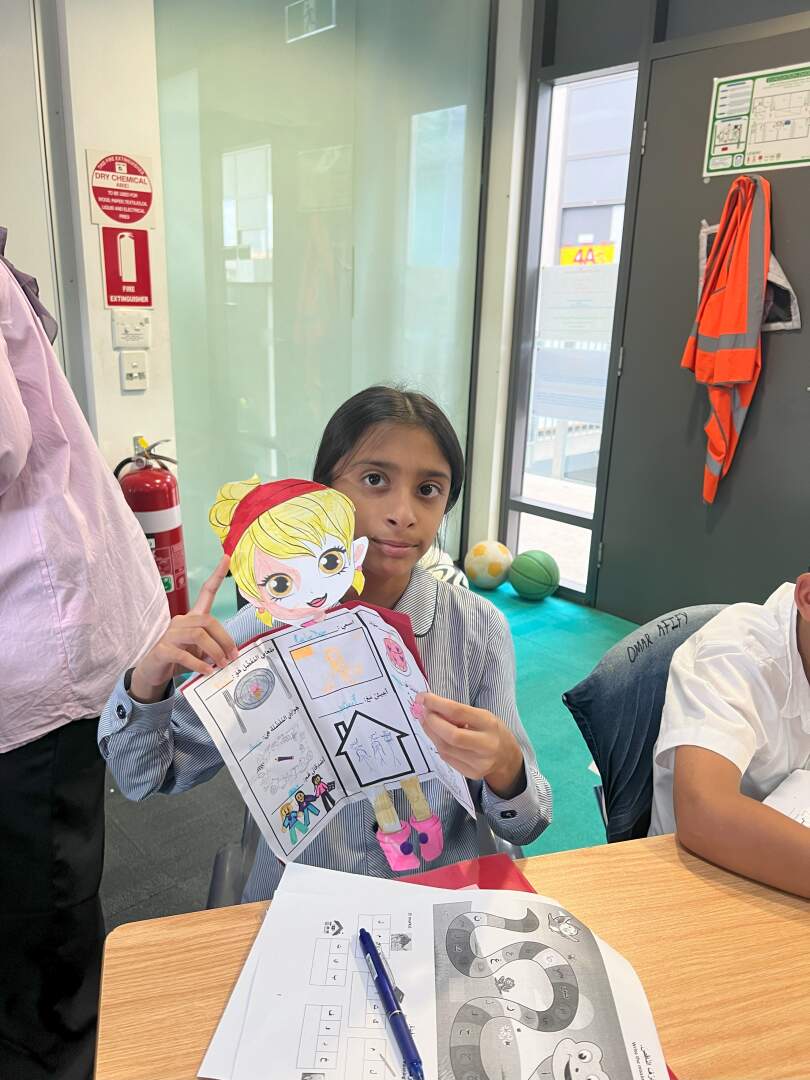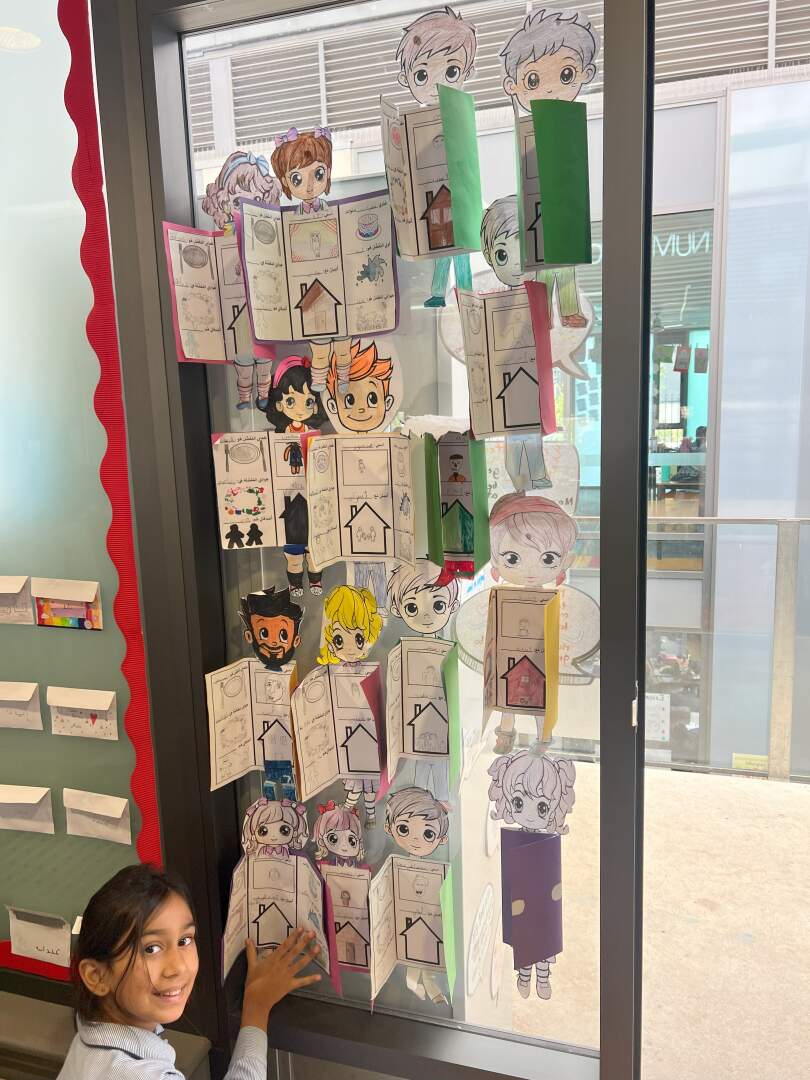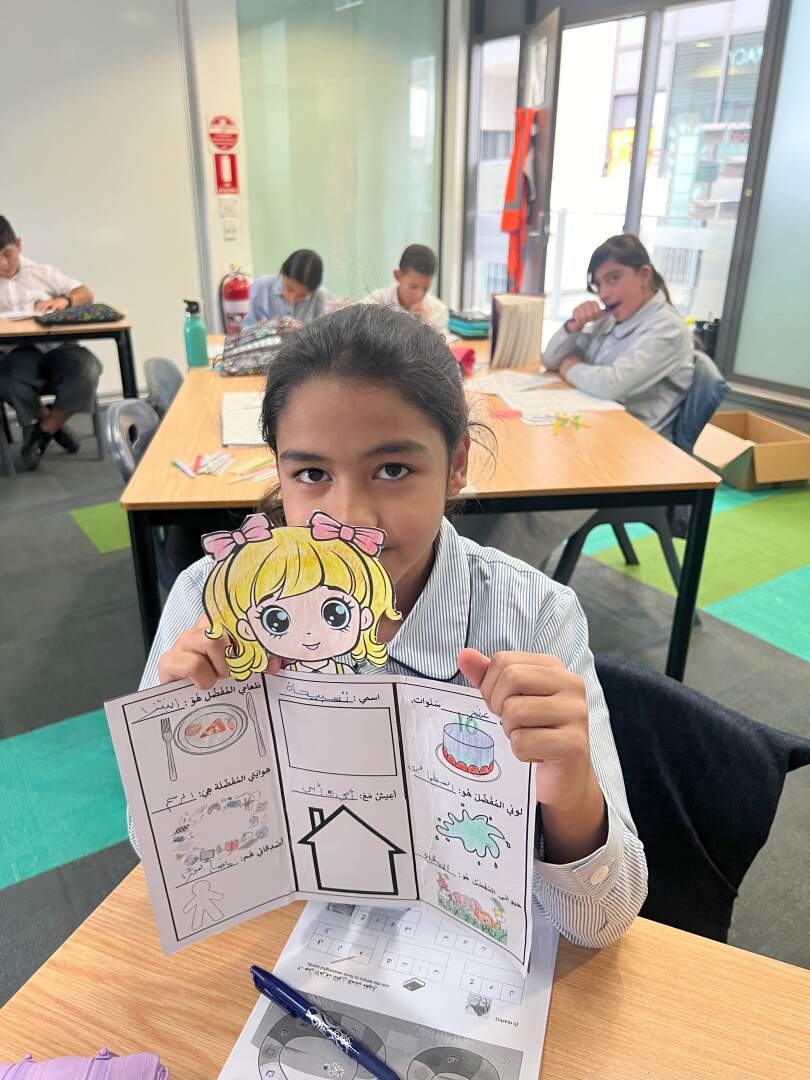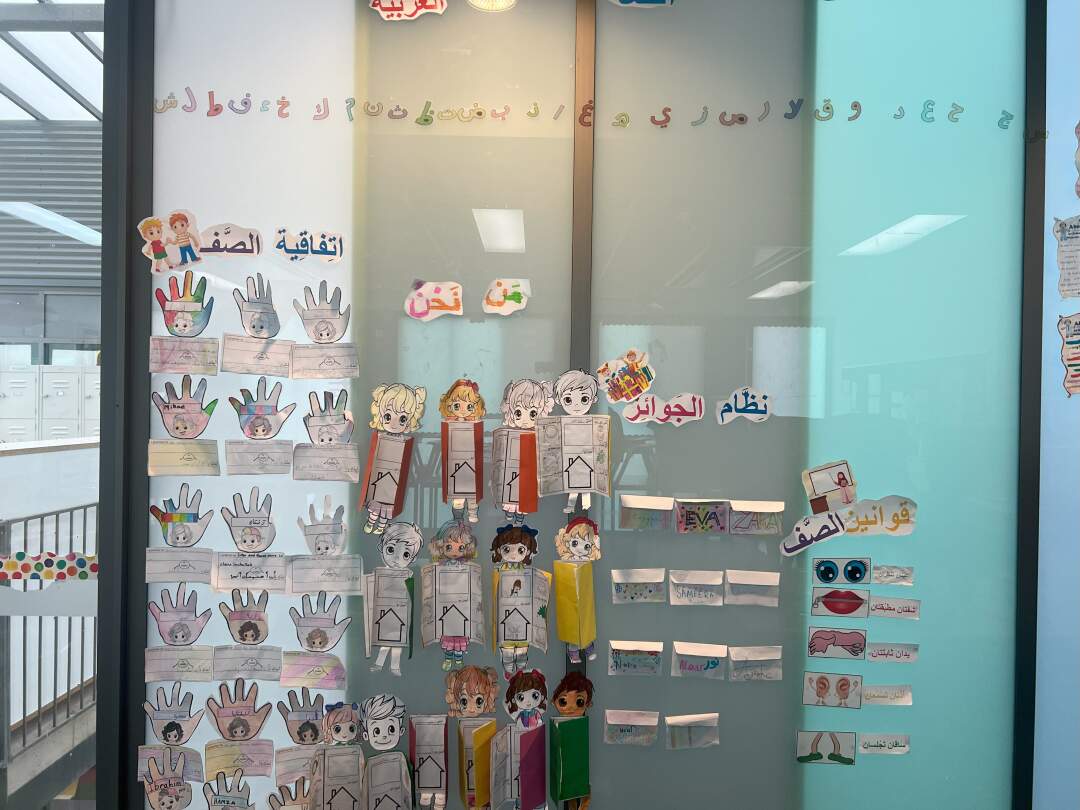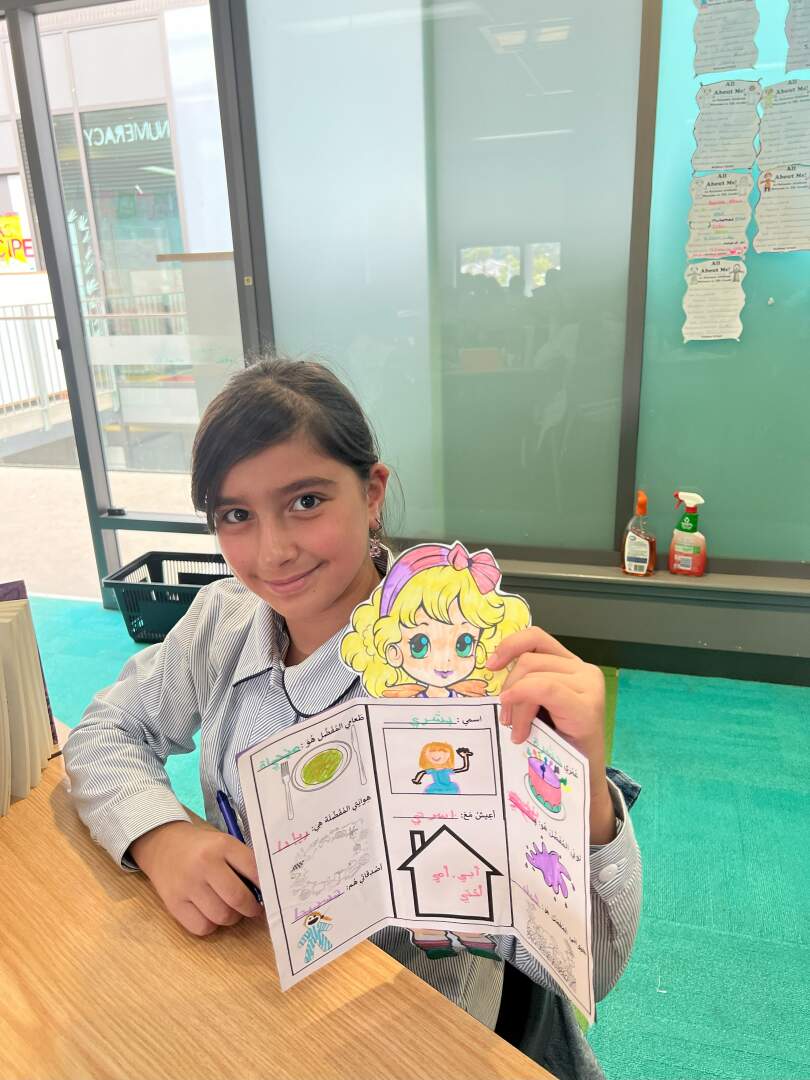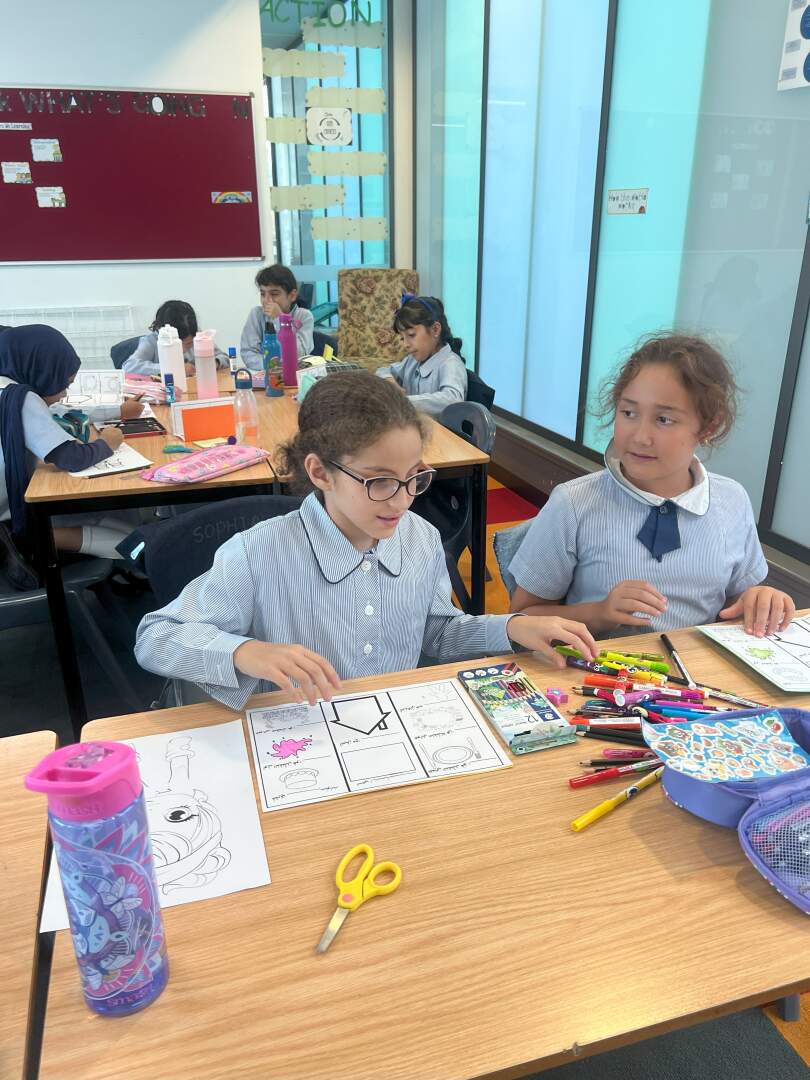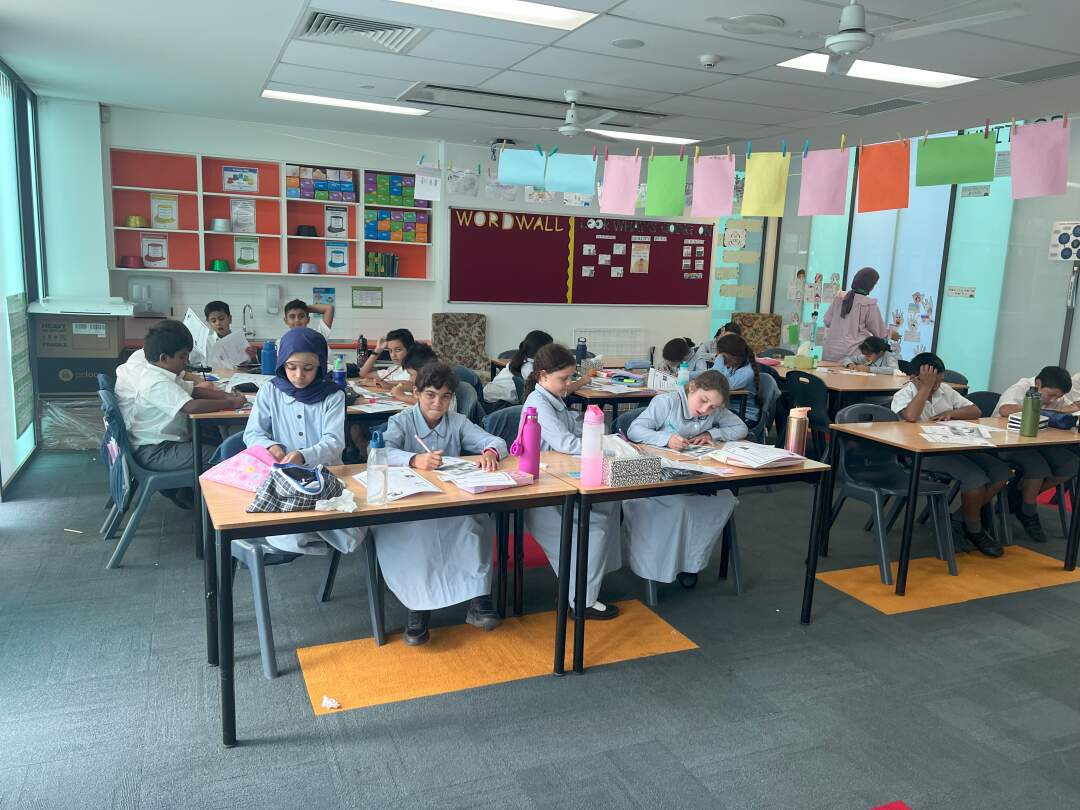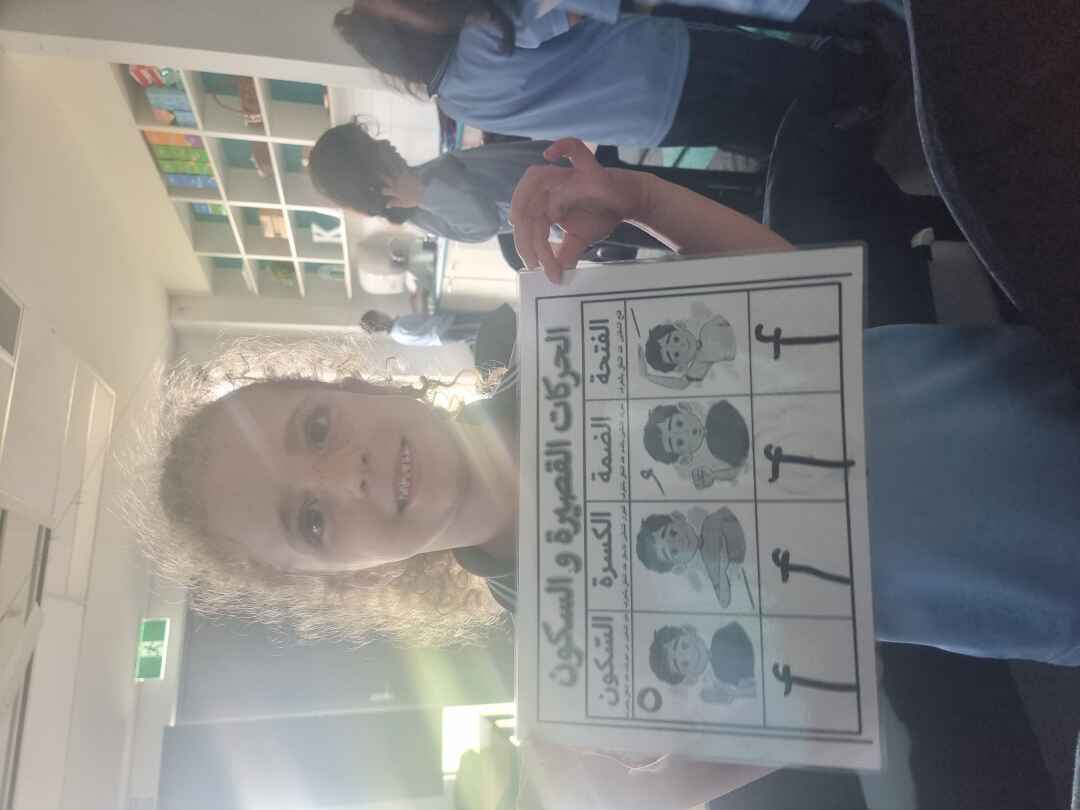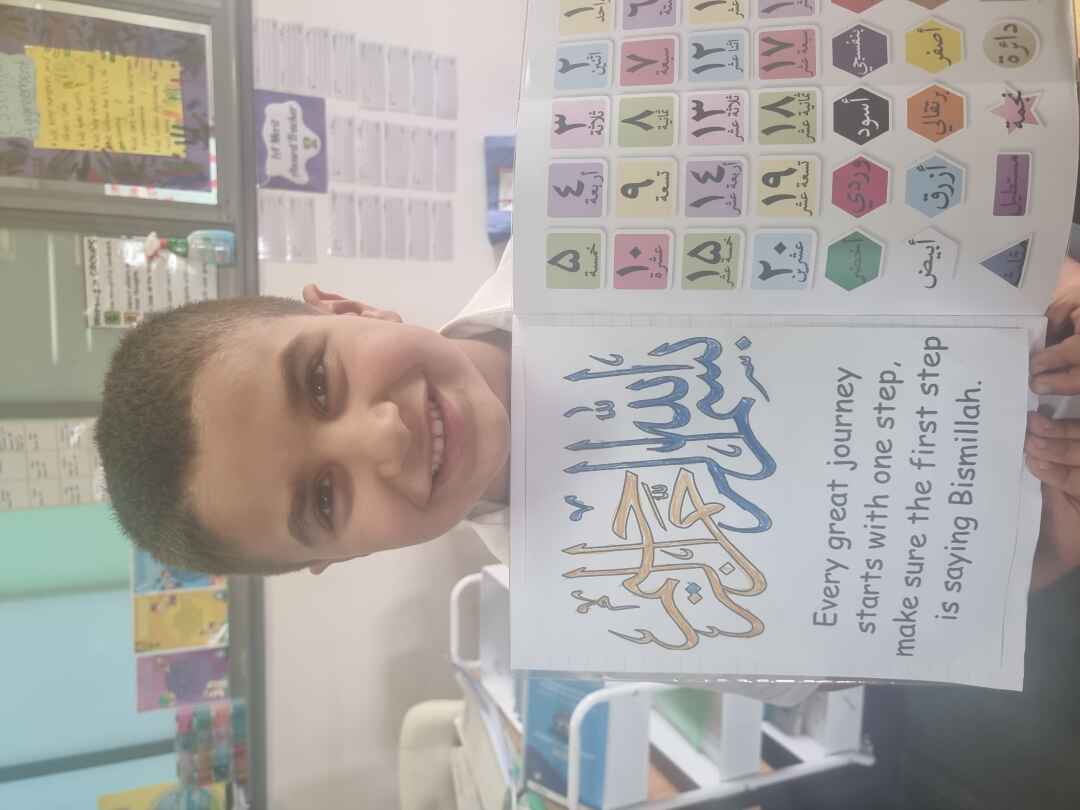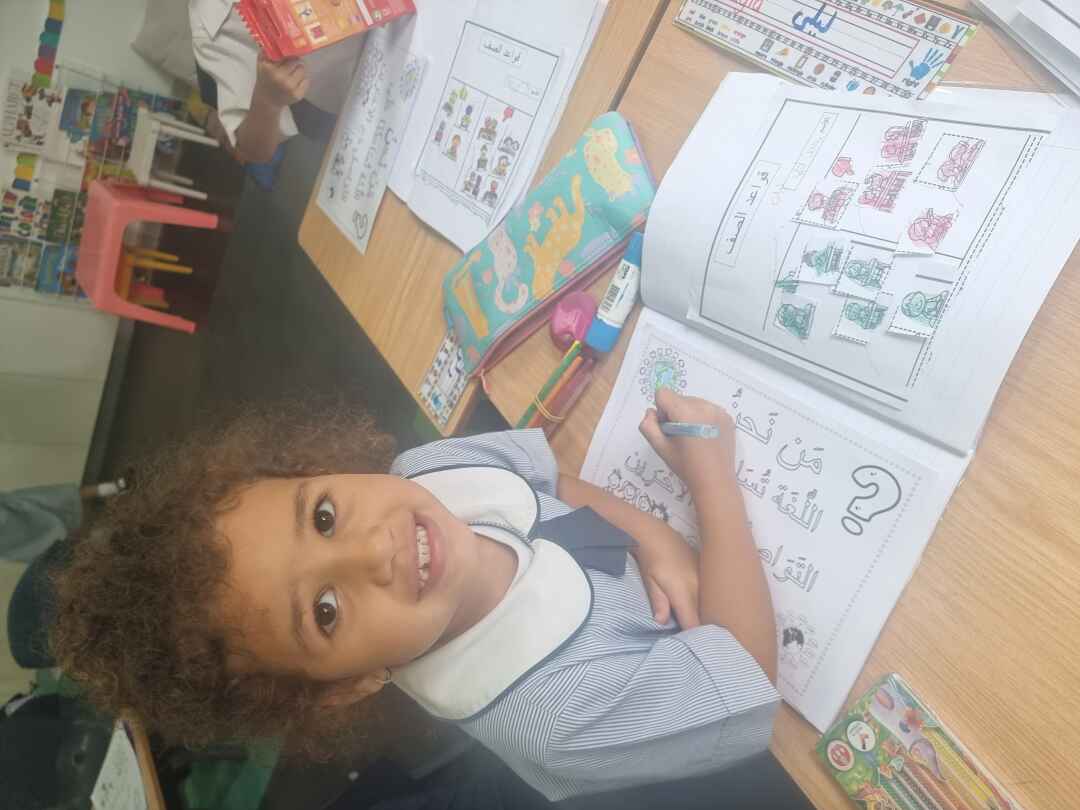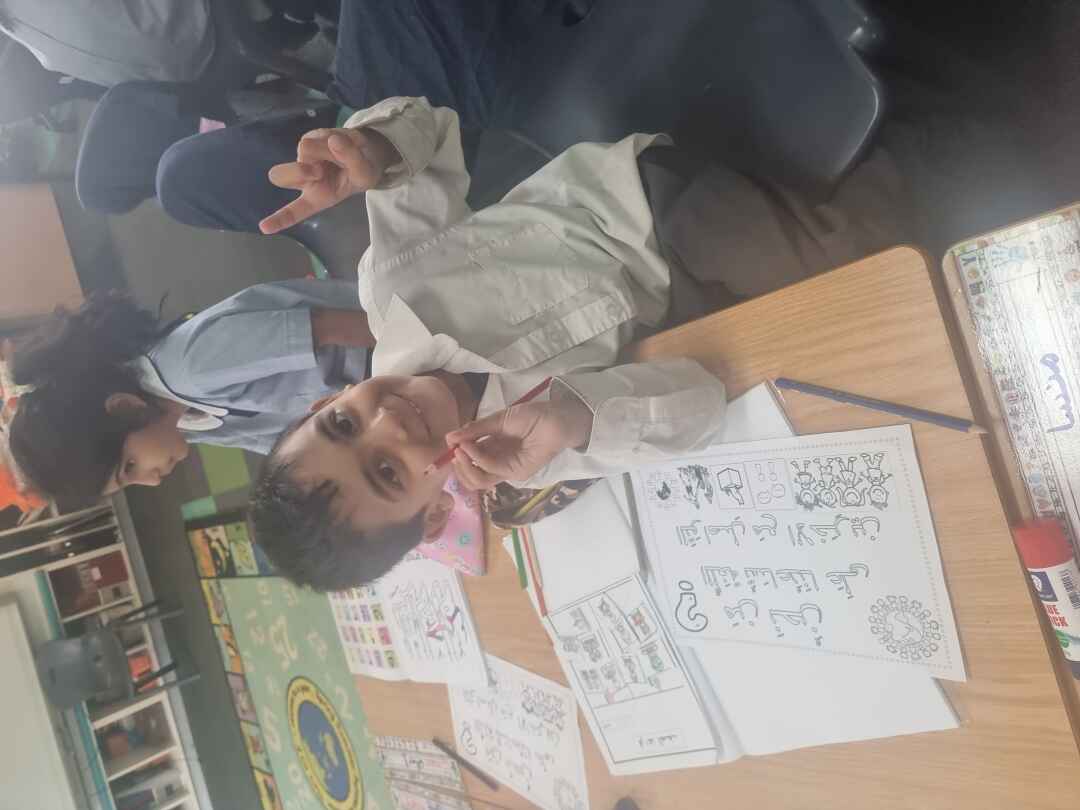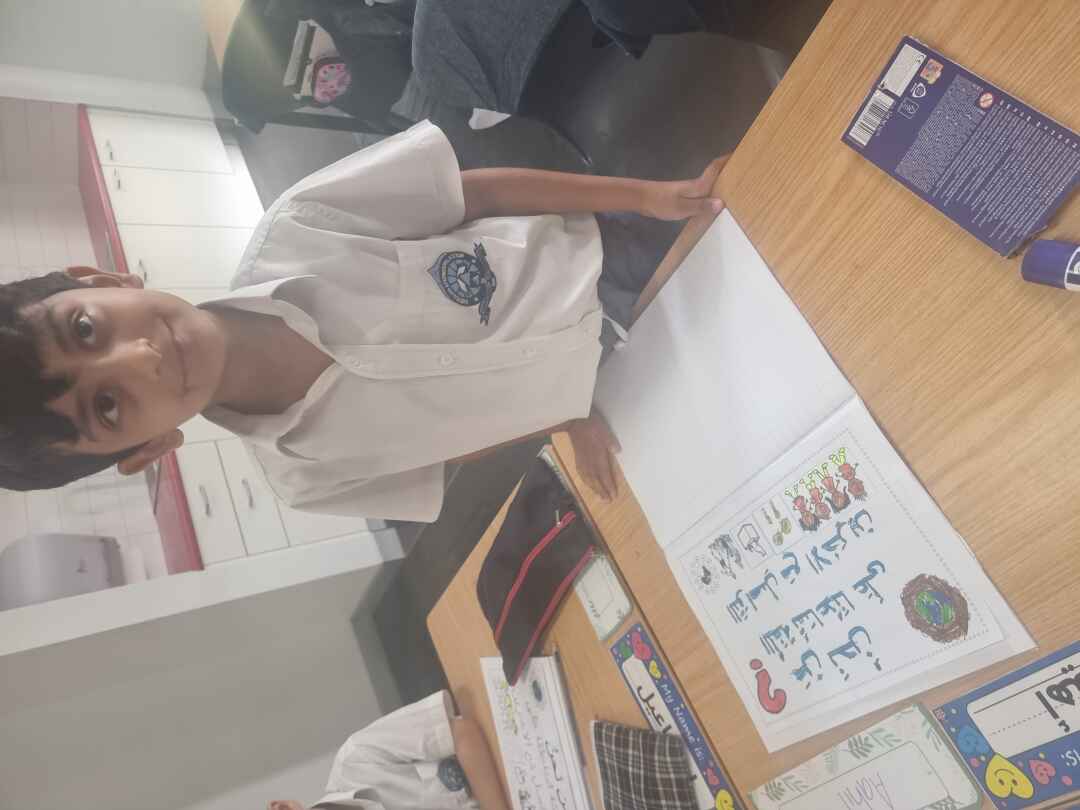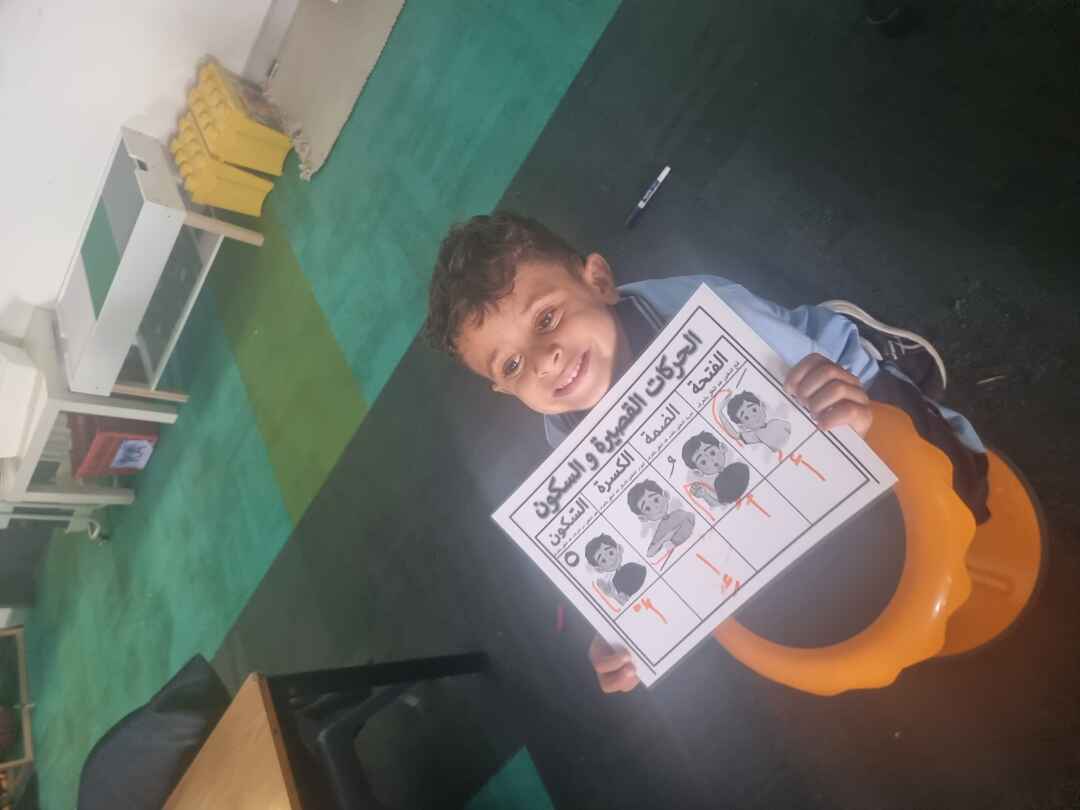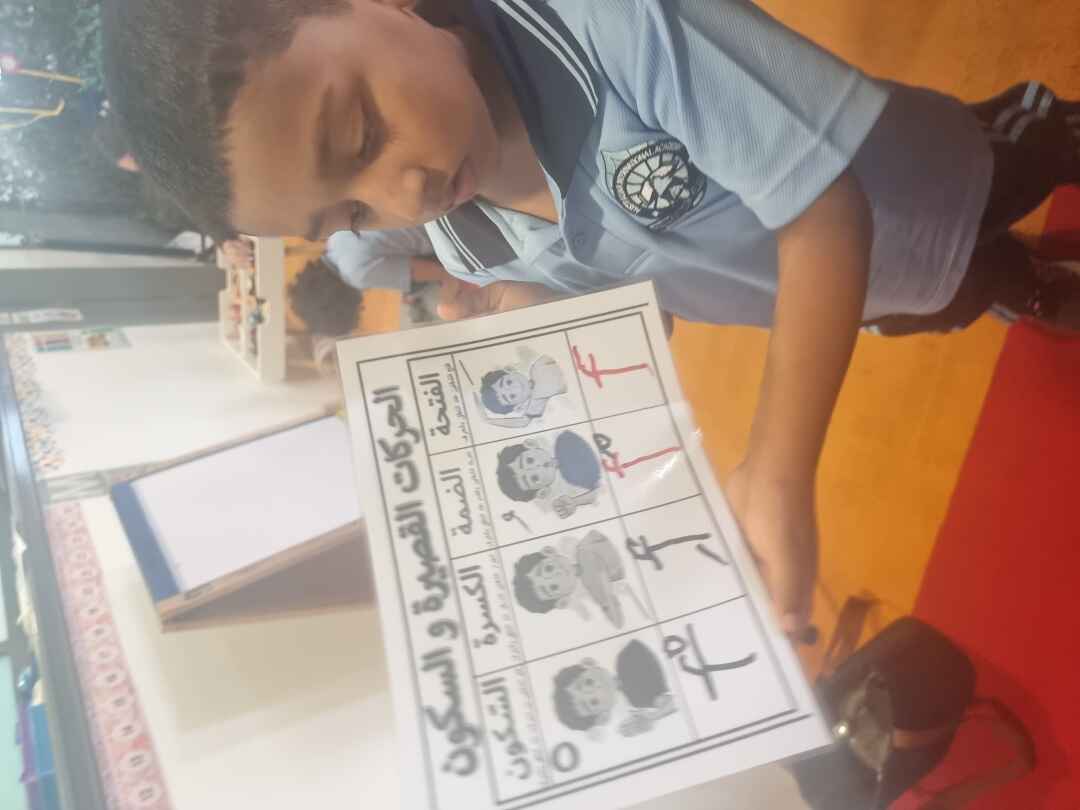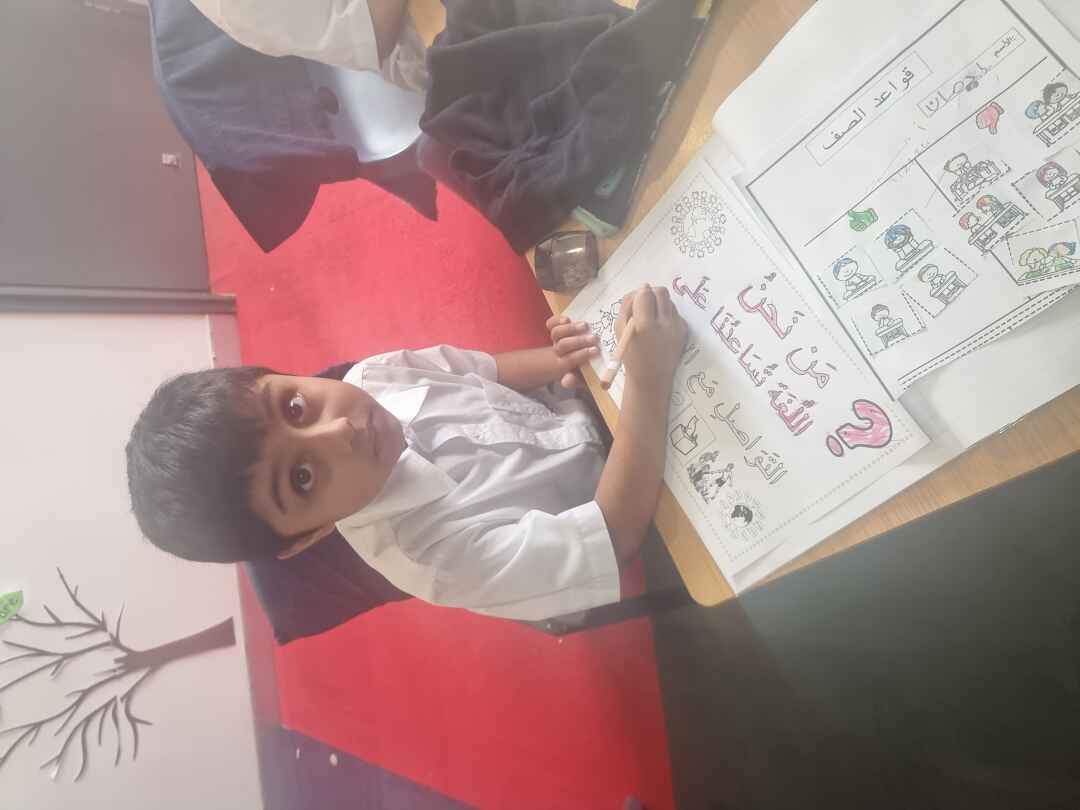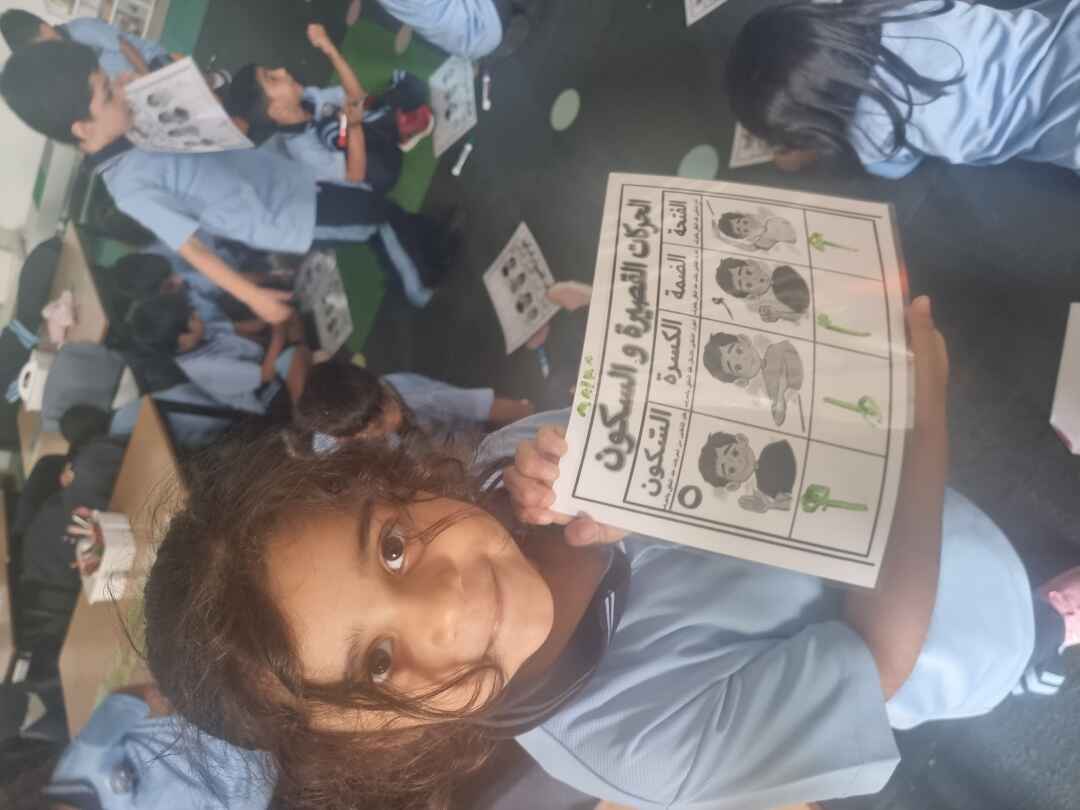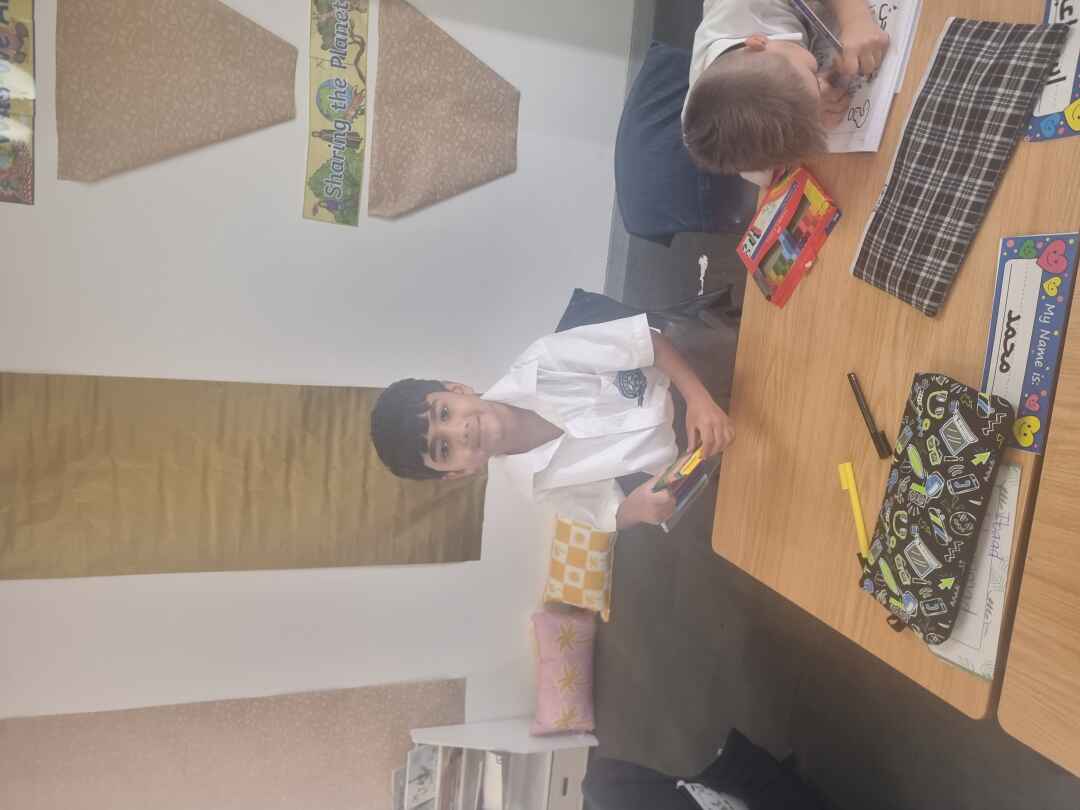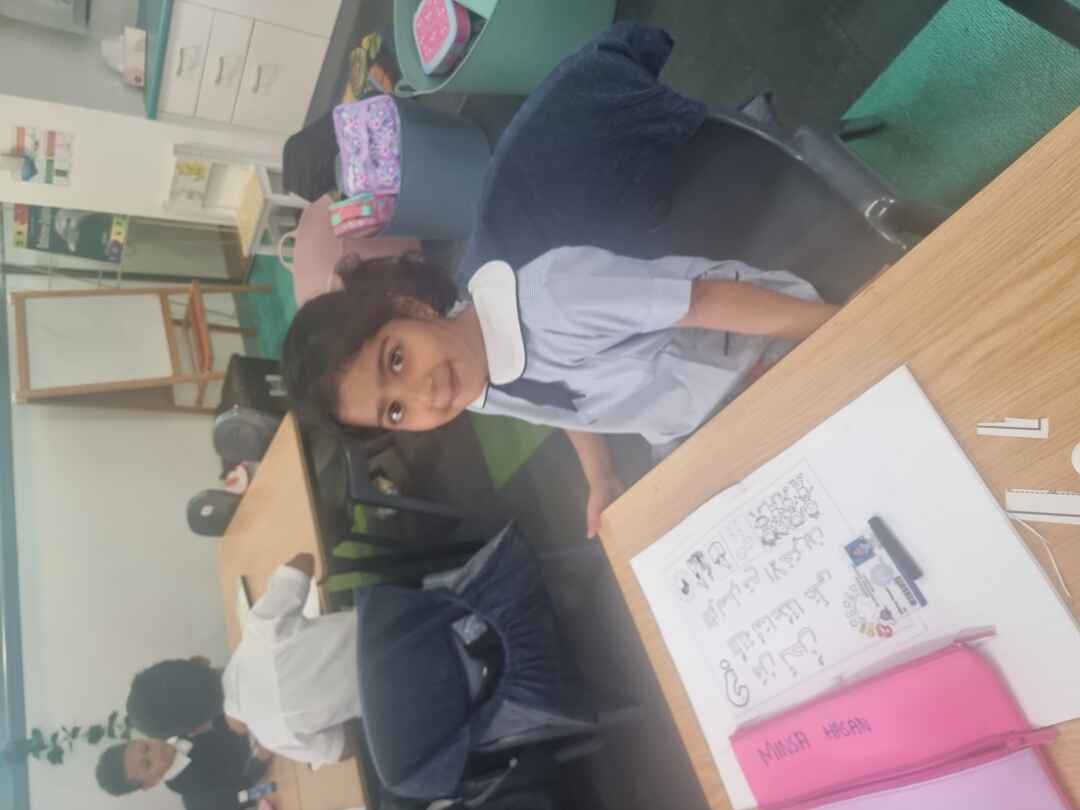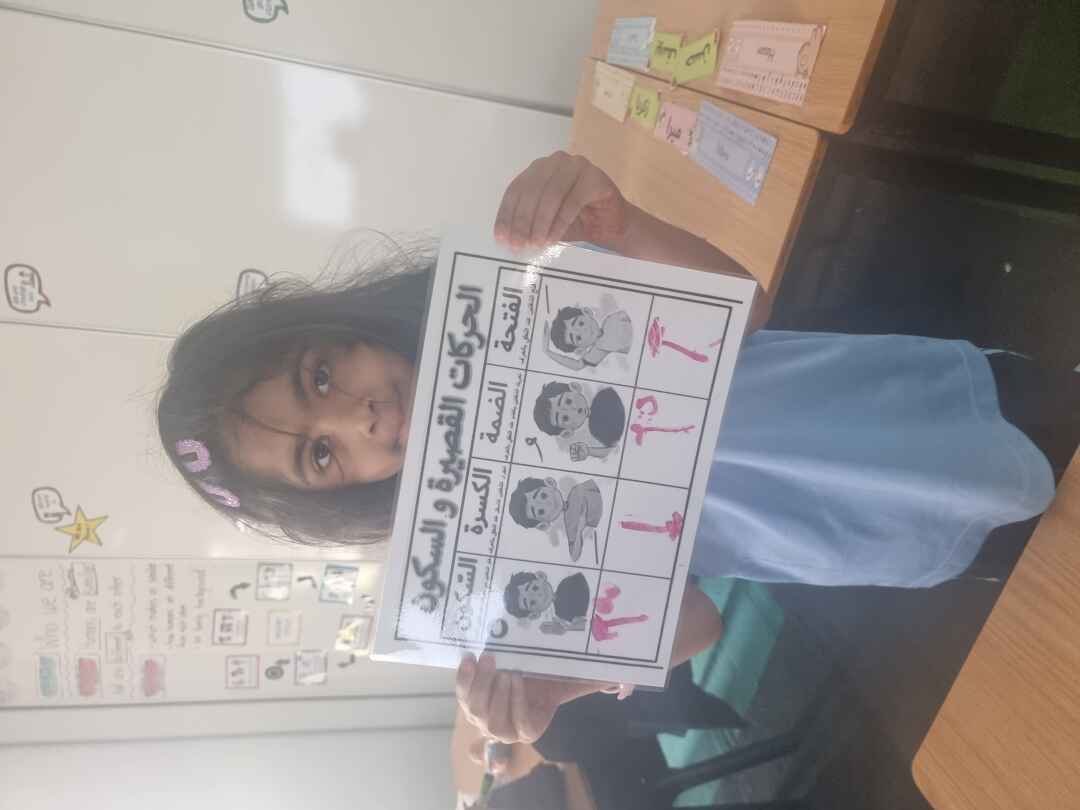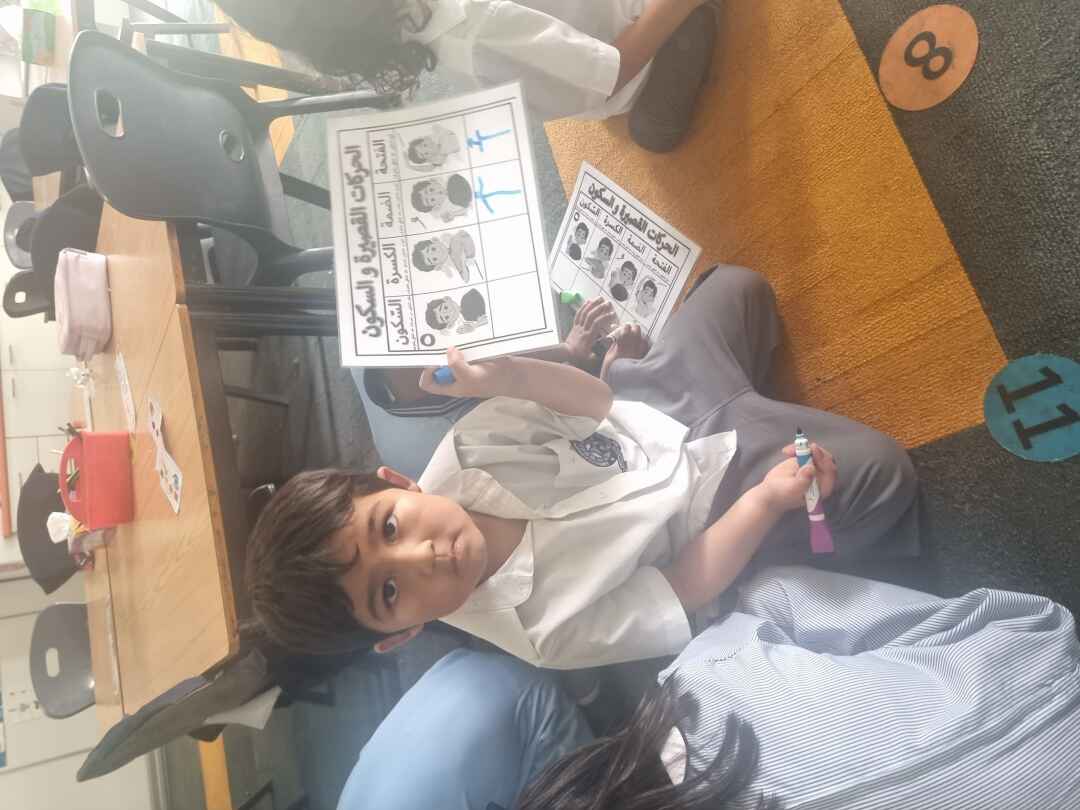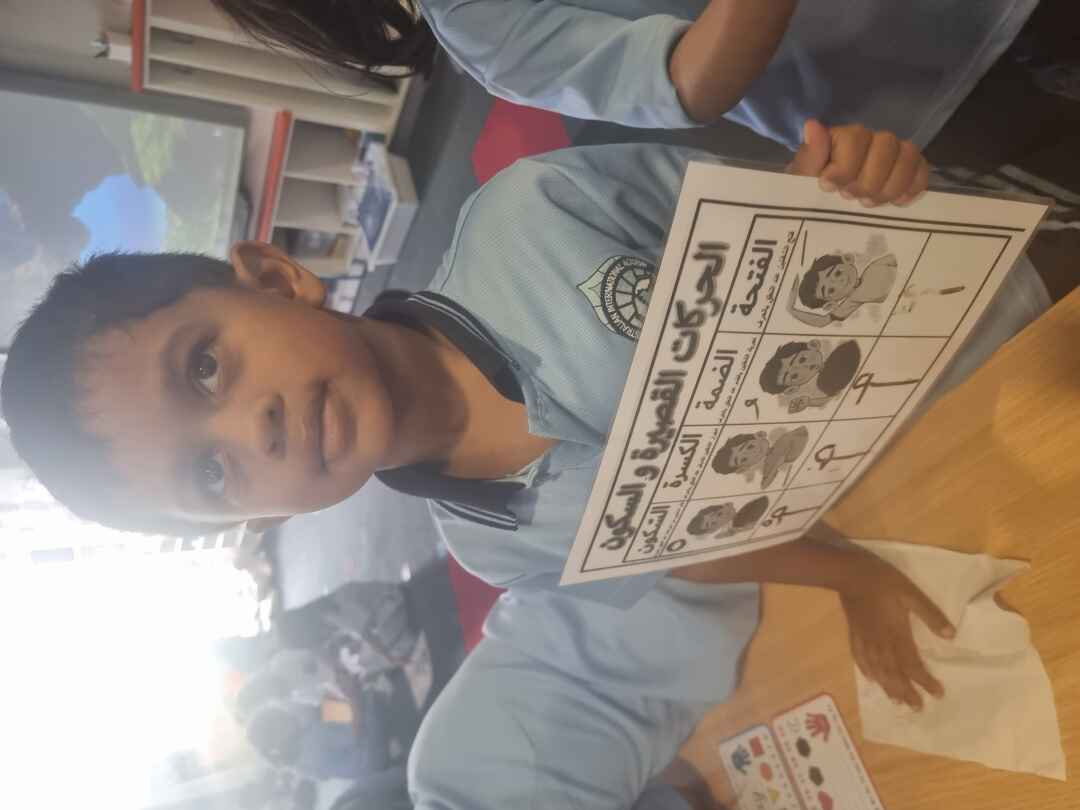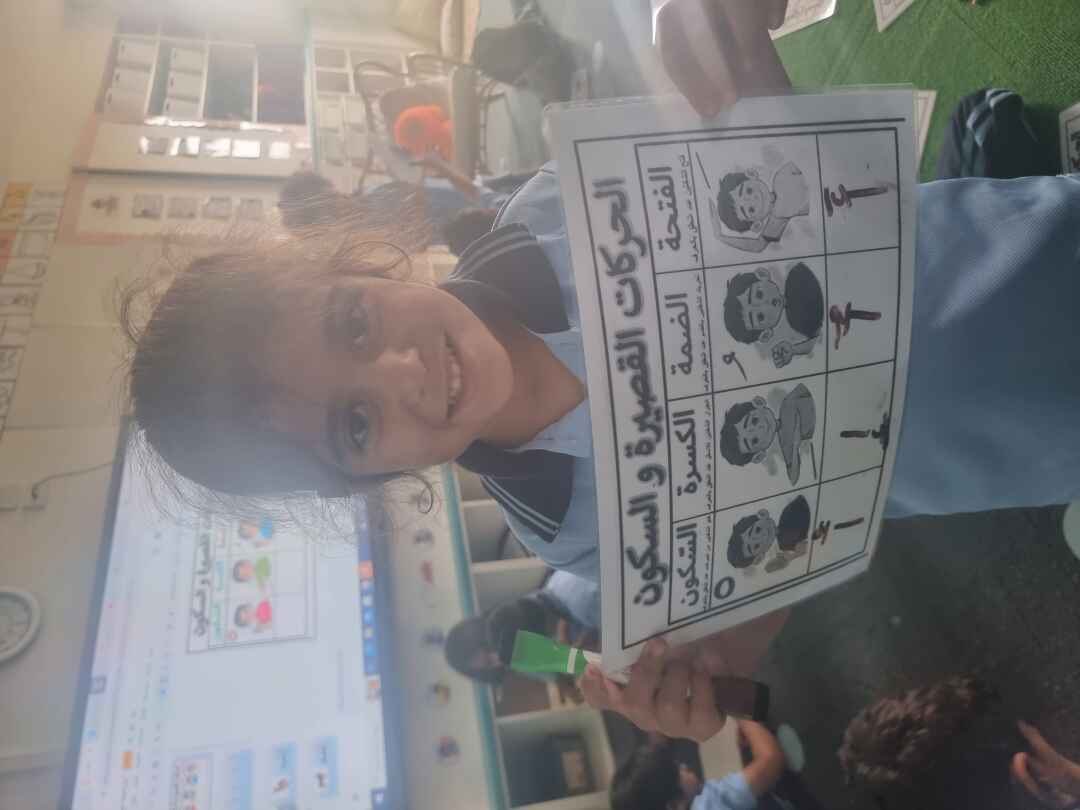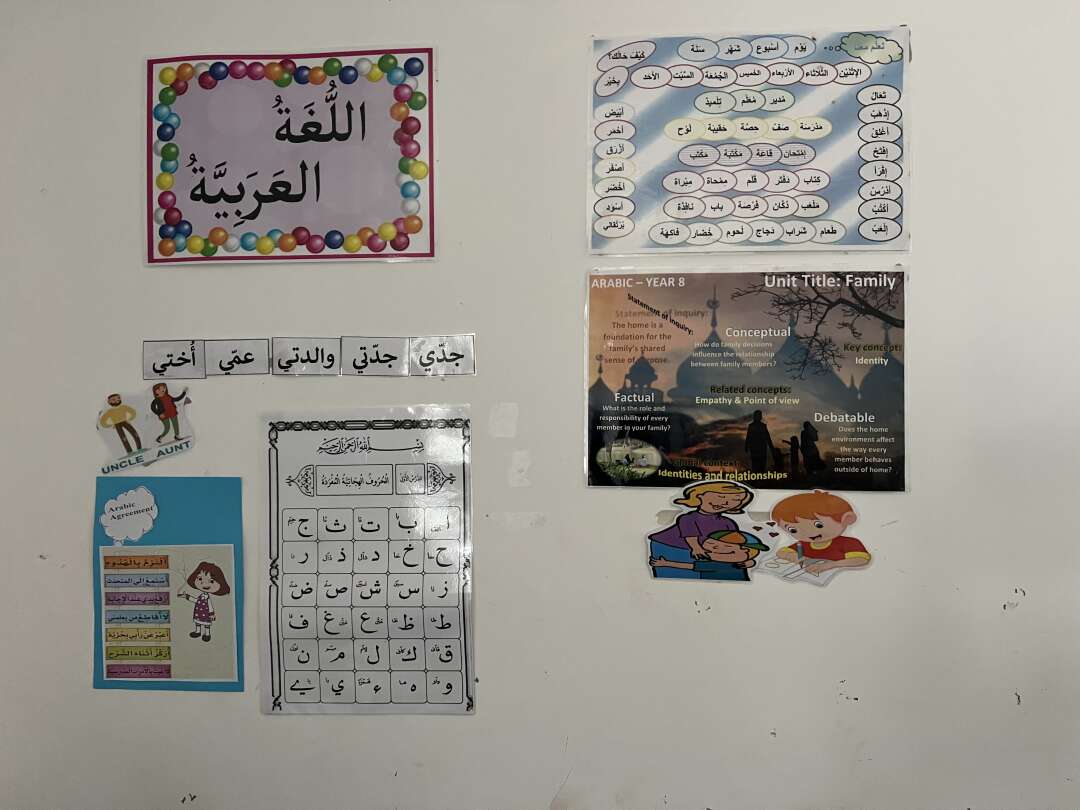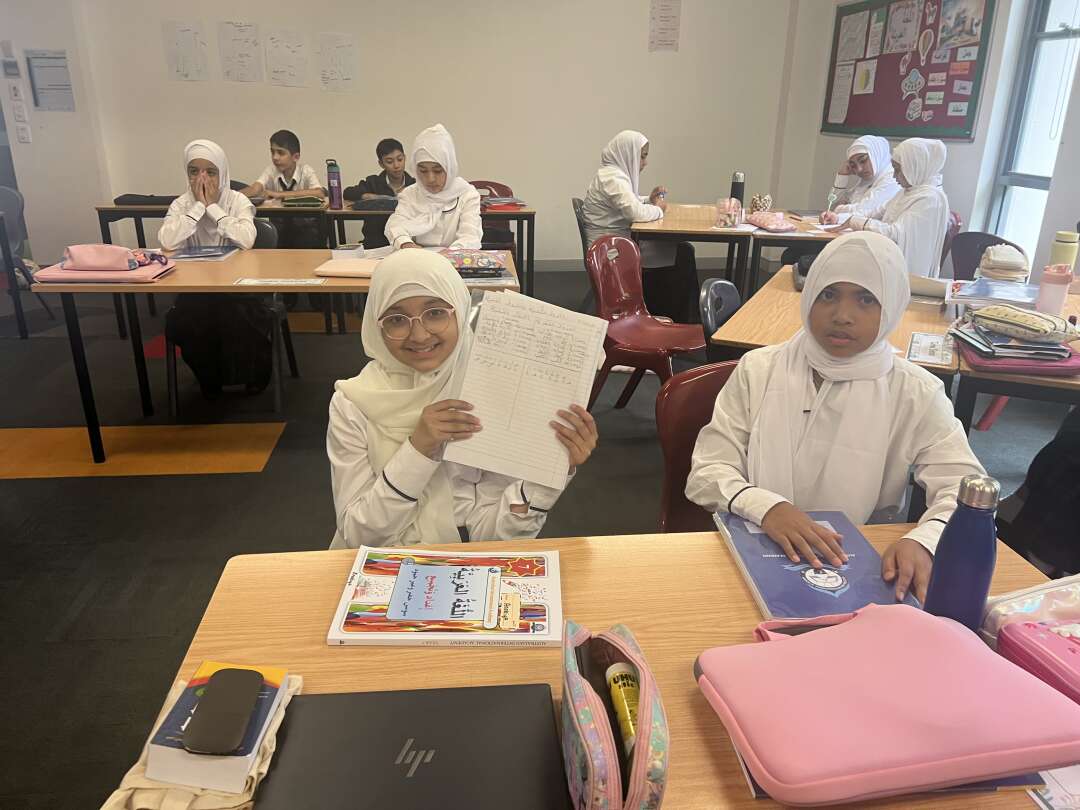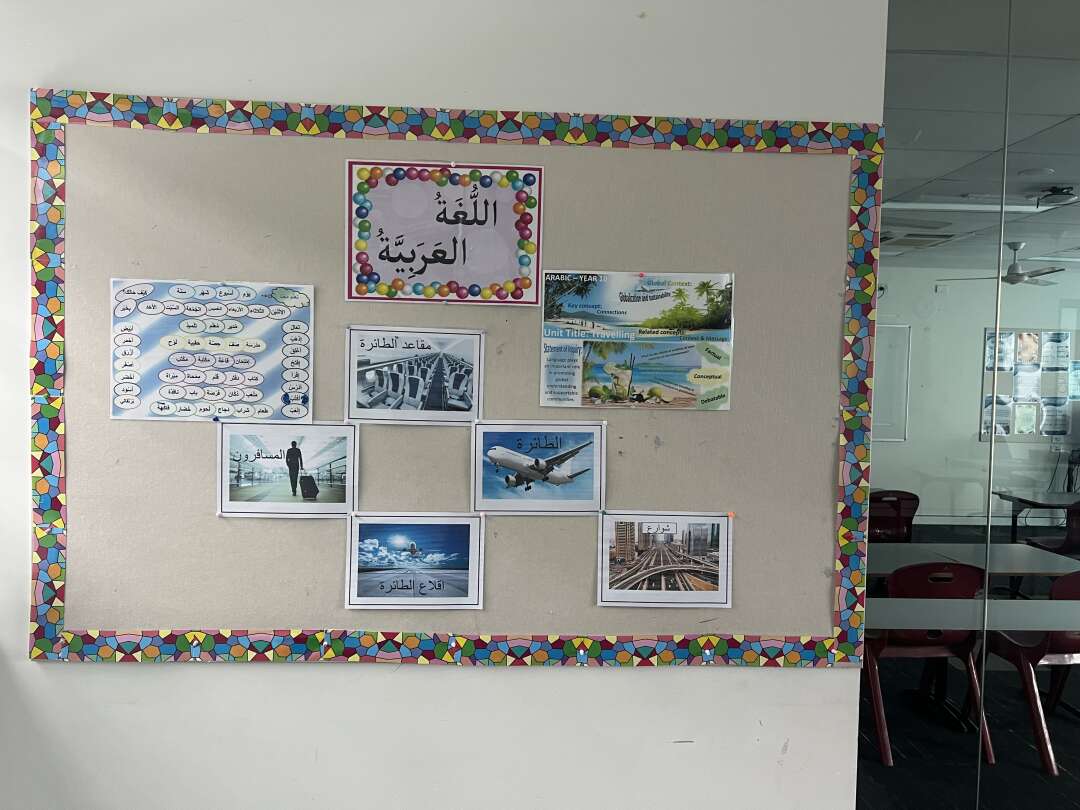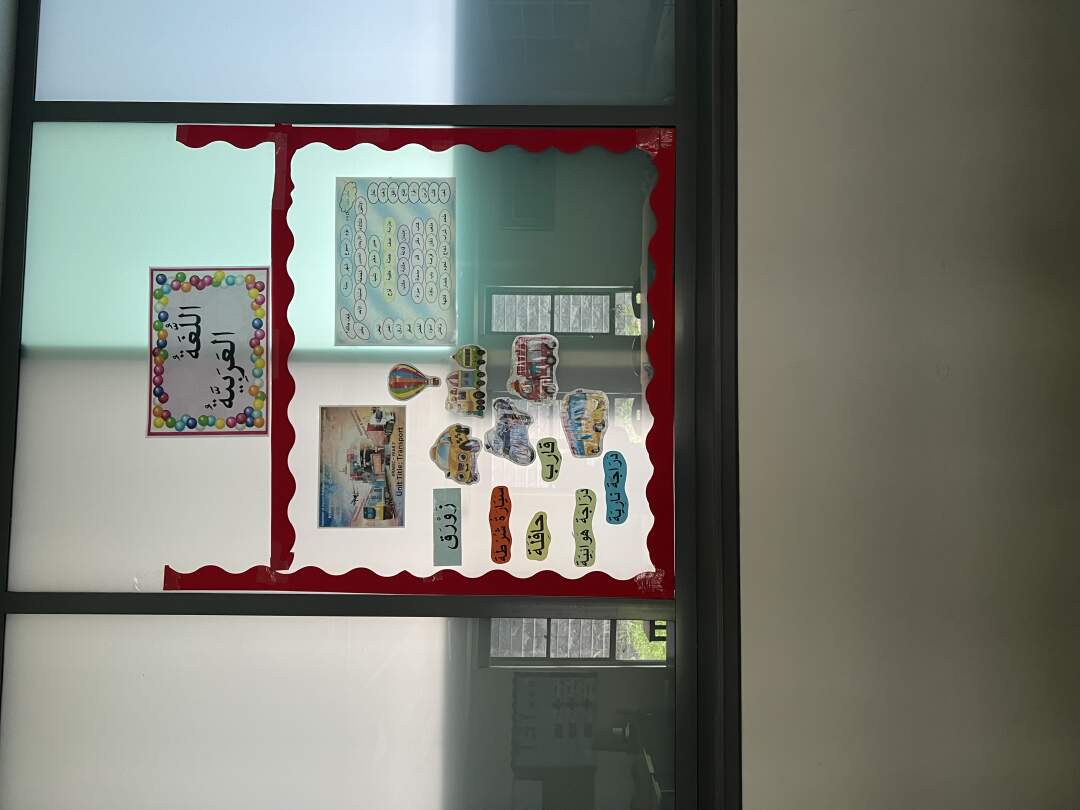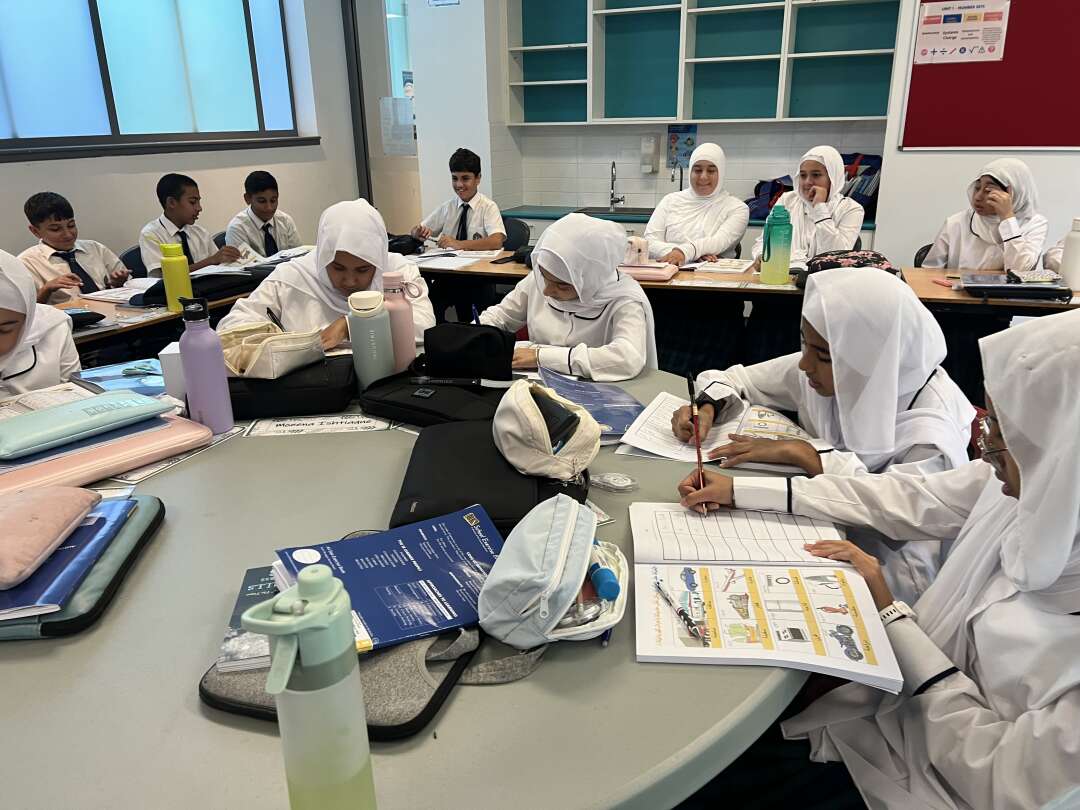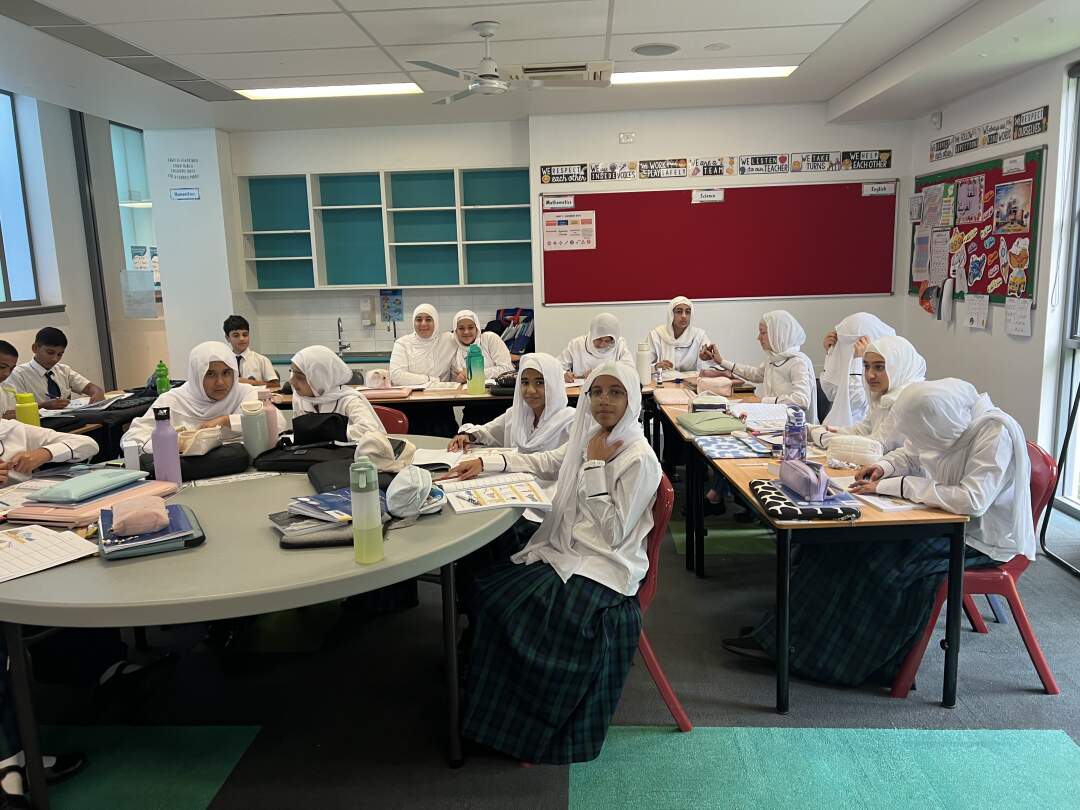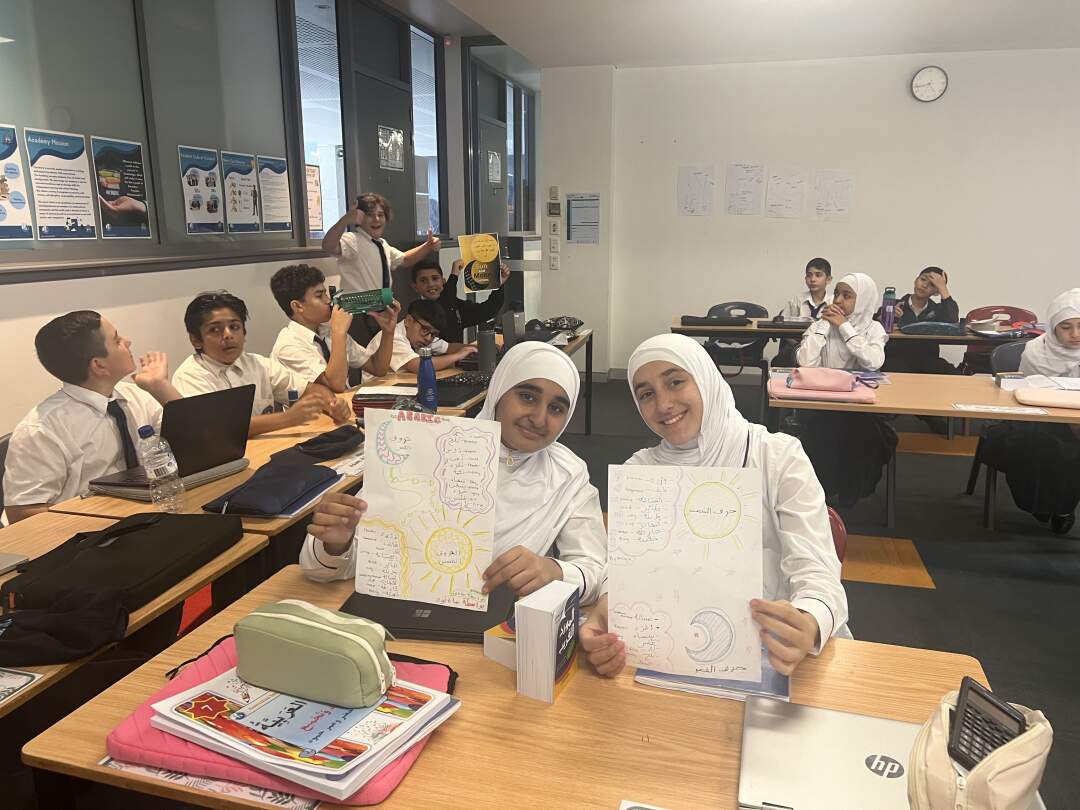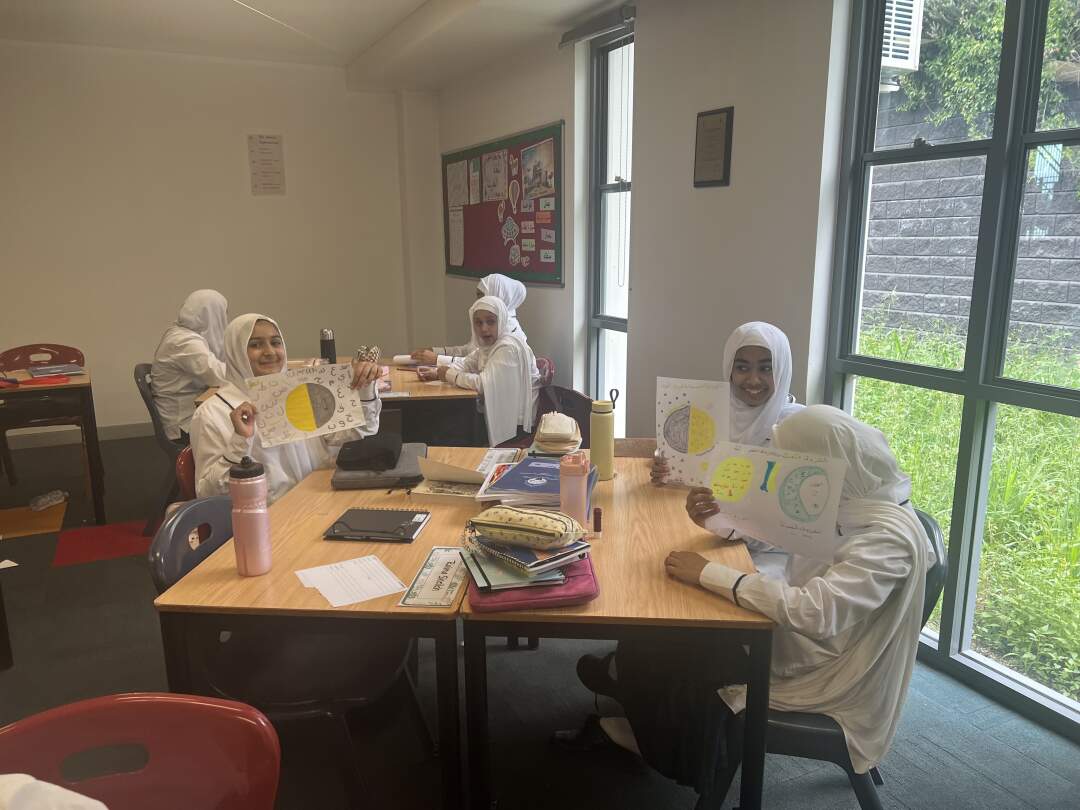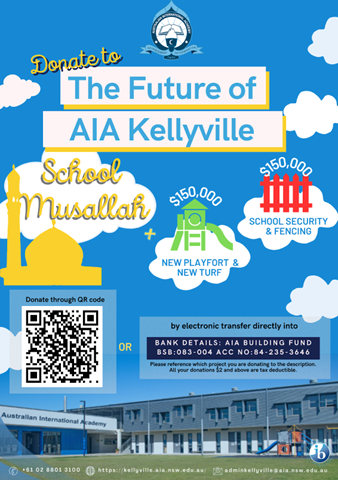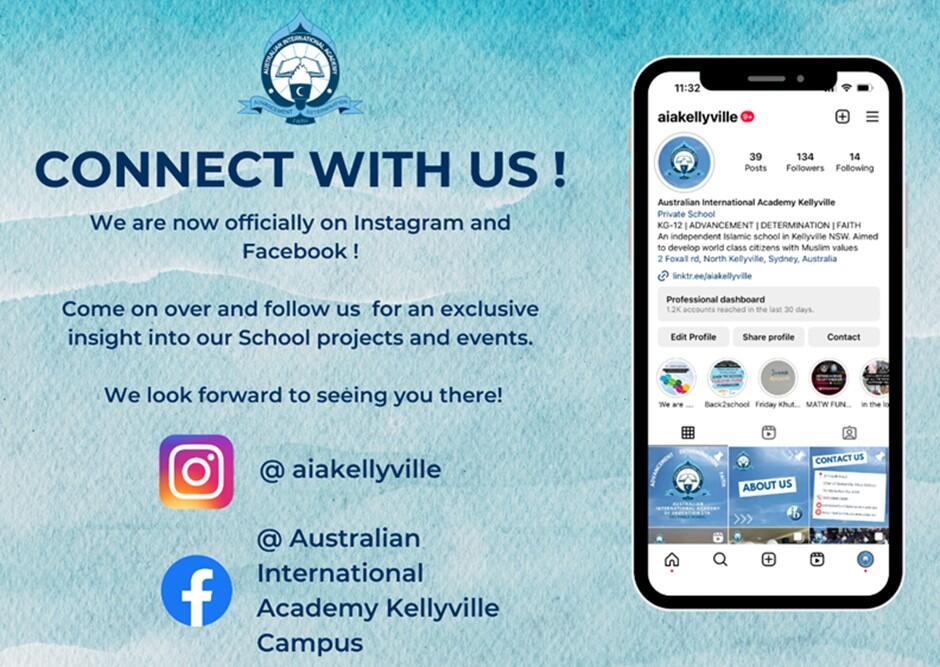Dr Hanan Ismail, Mr Cutting, Ms Novosel, Mrs Adel and Mrs Noha
Asalamu’alaykum
Dear Parents/Caregivers,
The AIA Kellyville Visual Arts and Design department would like to welcome our students, parents, and caregivers to the 2024 academic year. I would like to congratulate the last Year 12 cohort for excellent result in visual arts and would like to welcome Ms Noha ( the new design teacher to our department) and let me introduce the art and design staff
Dr Hanan : Year 8, 10, 12 Visual arts, Head of teaching and learning Yr 7-12 Arts/ design
Mr Cutting : Yr 7, 9, 11 HSC/IBDP
Ms Adel : Yr 7C, 8, 9, Design
Ms Noha : Yr 7B, C, 10A and B
Ms Novosel : Yr 7, 8 Music
Year 7 students will take ownership over a range of learning experiences throughout 2024, beginning with an investigation into the ways that the concept of identity can be communicated through portraiture. These portraits will require classes to consider the ways that people from various walks of life inspire them, and the elements and principles that can be used to symbolise those inspirations. Each student will develop a range of investigative research and analysis skills by examining the works of established portrait artists through the Archibald portrait prize, while advancing their own technical rendering and drawing skills.
Year 8 students will use the key concept of aesthetics to consider how changes in Art history and the introduction of Modernism challenged society to question preconceived notions of beauty and art. The Cubist works of Pablo Picasso, George Braque will be used as a source of inspiration to create their own still life artworks.
Students in Year 9 begin the year by unleashing their creativity by exploring the Surrealist movement, Surrealist artists, and the use of Surrealist techniques. Learners will develop their drawing and creative thinking skills to incorporate unexpected items and subjects into their A2 artworks. Classes will investigate the Artmaking practices and ideas behind major Surrealists like Salvador Dali, Rene Magritte, Georgio De Chirico, MC Escher, and Frida Kahlo. They will then borrow and adapt the creative ideas of these landmark creators into their own unique artworks.
Students in year 10 will be involved in the Interdisciplinary Unit art and identity (Visual Arts/individual and societies )’. This is an integrated unit between Humanities and Visual Arts, designed to give all students the opportunity to express their creativity, use both critical thinking and problem solving, and seek innovation as they continue their studies of humanities and arts. Students will theme the stolen generation through an exploration of indigenous artmaking, with a focus on the importance of arts as a visual language that operates to maintain culture.
Year 11 students spend the term exploring a range of materials and techniques surrounding architecture and the concept of utopias. They will develop an understanding of the ways that various architects and artists work, and their process of creation while developing their evaluating, analysis, and critical thinking skills.
Year 12 are working towards completing their body of work and wishing them all the best.
Wishing all students a blessed and fulfilling academic year ahead.
Design
Year 7 Technology: Exploring Communities Through Digital Mood Boards
In Year 7 Design, students are delving into the world of digital mood boards. Using PowerPoint or Canva, they're tasked with creating unique compositions blending various multimedia elements like videos, audio, images, and text.
The focus of the assignment is to contemplate the concept of communities. Students will ponder the diverse groups they belong to and how different perspectives shape them. They'll also explore the ideas of perspective and evaluation, analysing the content they include and its significance.
This project encourages personal and cultural expression, prompting students to delve into their own feelings, backgrounds, and broader societal themes. At its core, it emphasises that communities are a tapestry of diverse viewpoints.
Through this endeavour, students enhance their digital literacy and creative skills while gaining insights into the intricate dynamics of communities and the significance of varied perspectives.
Year 8 Technology: Weaving Diversity: Crafting Cultural Textiles for Community Connection
In the textile design project, students explore cultural expressions by weaving together creativity, collaboration, and diverse perspectives. As novice designers, they'll create woven products, each reflecting personal and cultural identity.
The project focuses on communities, highlighting the beauty of diverse cultures. Through collaboration, students exchange ideas and draw inspiration from various backgrounds.
Students infuse their creations with personal identity while embracing cultural heritage. This process enriches communities, fostering understanding and appreciation for diversity.
Through weaving, students contribute to the interconnected fabric of our world. Their products become symbols of unity, where diverse perspectives blend harmoniously.
Year 9 Design and Technology: Exploring Connections: Designing a Children's Book with Ergonomic Innovation
In our quest for knowledge and creativity, we embark on a journey to design and create a children's book that not only educates but also prioritises safety and comfort. As young minds eagerly absorb information, it's imperative to consider how the design of educational tools can enhance their learning experience. This project looks into the key concept of connections, intertwining it with related concepts of adaptation and ergonomics.
By focusing on ergonomics, we aim to tailor the book's design to meet the unique needs of our young readers, ensuring it fits comfortably in their hands and promotes proper posture during reading. This exploration into ergonomics doesn't just stop at physical comfort but extends to the cognitive realm, adapting content and layout to optimise comprehension and engagement.
In this scientific and technical innovation context, our responsibility lies in understanding the consequences of our design choices. We recognize that systems crafted with ergonomic principles can significantly enhance the functionality of the final product. Through this inquiry, we empower children to recognize the importance of thoughtful design in everyday objects, fostering a sense of responsibility towards creating safe and efficient solutions.
As we embark on this creative endeavour, let us embrace the interconnectedness of design, education, and ergonomics, shaping a children's book that not only enlightens but also nurtures the young minds of tomorrow.
Year 10 Design and Technology: Exploring New Ideas Through Student Websites: Connecting the World
In our school, students are on an exciting mission to explore different subjects like art, design, and science. This time, they're diving into creating websites, which are like digital canvases for their ideas. The goal is to make these websites with clear communication in mind, using creativity and resources wisely.
Students are encouraged to think about how their websites can spark new ideas and reach people worldwide. They're following a step-by-step process to design their websites, showing their dedication to making them informative and engaging.
The big question they're tackling is: How can we share new ideas effectively through websites? It's all about finding innovative ways to communicate with others.
These websites aren't just school projects—they're windows into the students' passions and interests. By sharing their knowledge online, they're not only learning themselves but also inspiring others around the globe.
In this journey, students aren't just learning facts—they're becoming ambassadors of curiosity and understanding. Through their websites, they're bridging gaps and bringing the world closer together, one click at a time.
Music
Year 7 Music - Thank you for the music!
In year 7, students contend with the concept that music is often in a state of change while maintaining a set of constant underlying principles and concepts. Classes will explore how pitch, duration, texture, structure, tone colour, dynamics, and expressive techniques apply to music, while developing an awareness of various instrument families.
Year 8 Music - Down Under - Music from our Land
In the first unit for year 8’s, Students recognise how different influences are expressed in Australian music. They also reflect upon their own connections with Australia, music, and culture. Students explore how culture can shape music and how certain sounds can be strongly associated with time and place. Students learn to create music that has a deeper meaning, and comes from a place of personal reflection.


